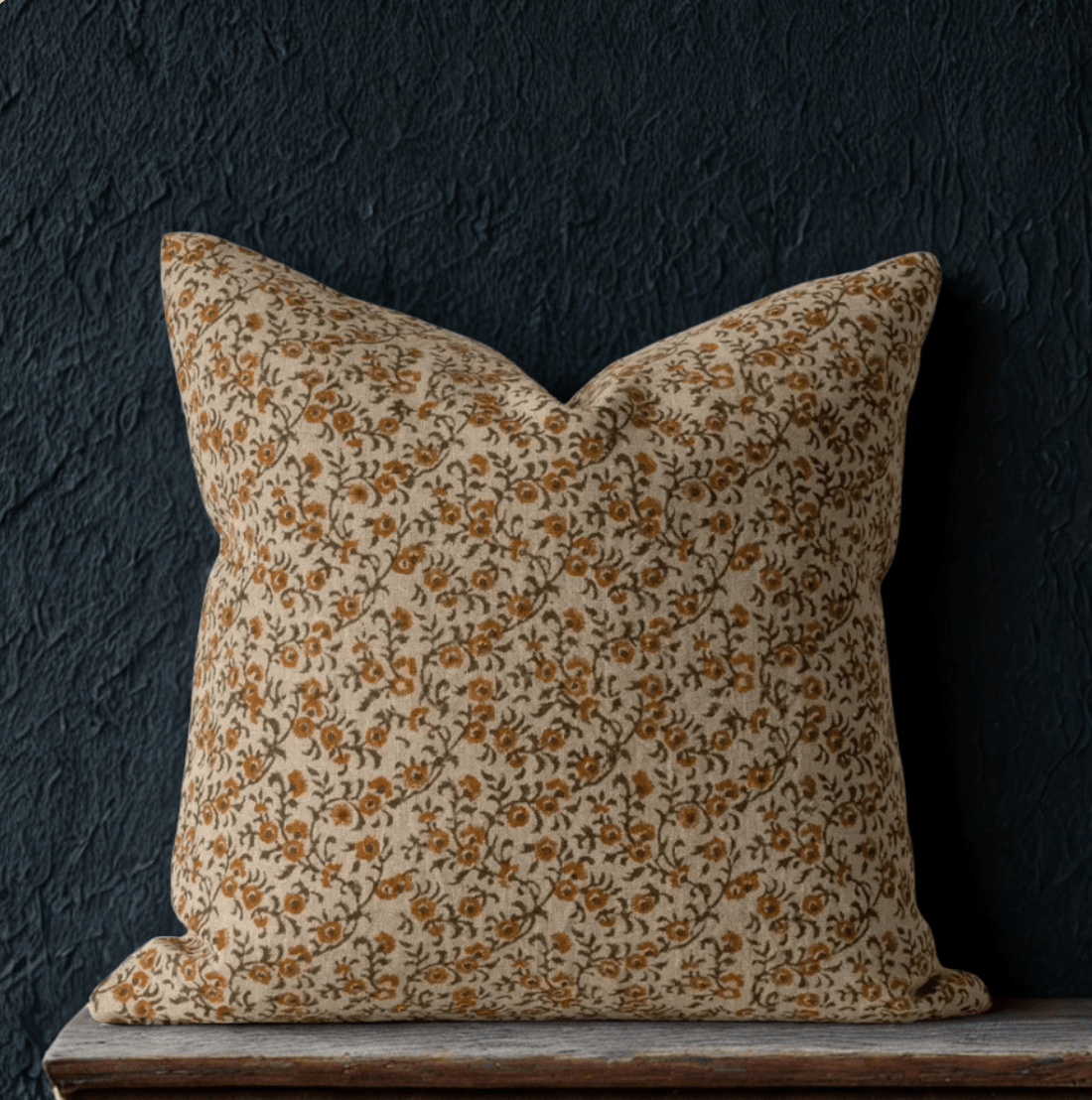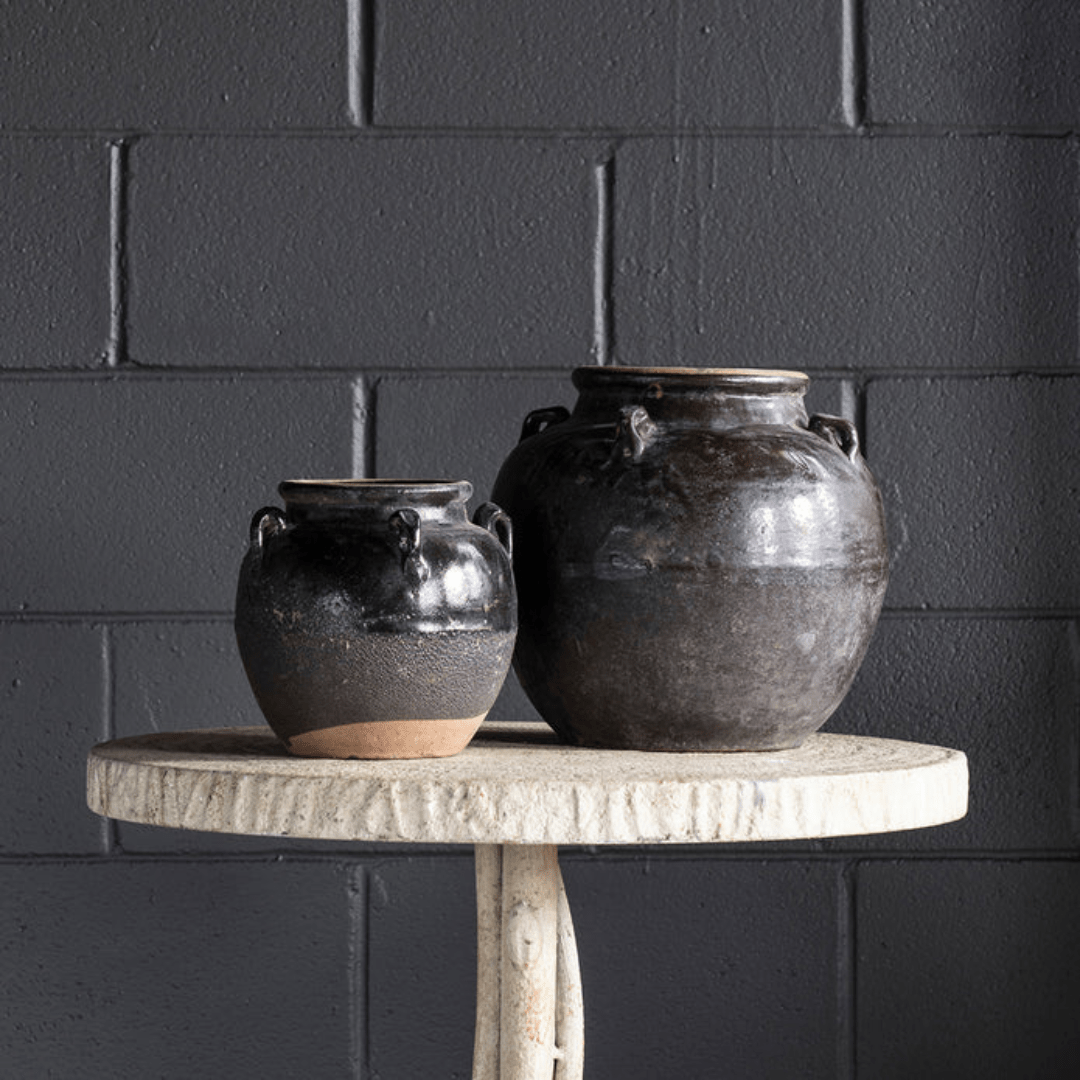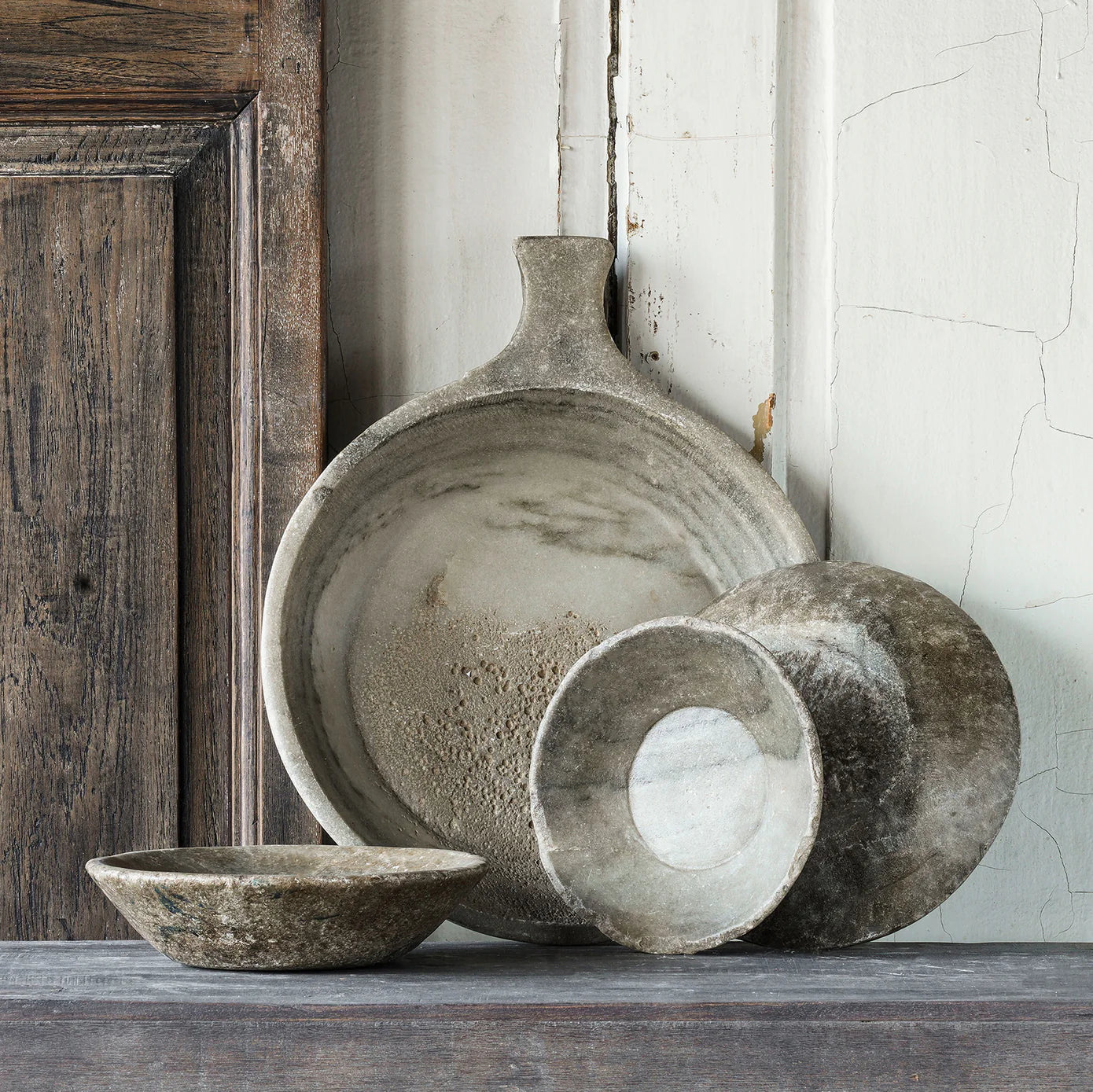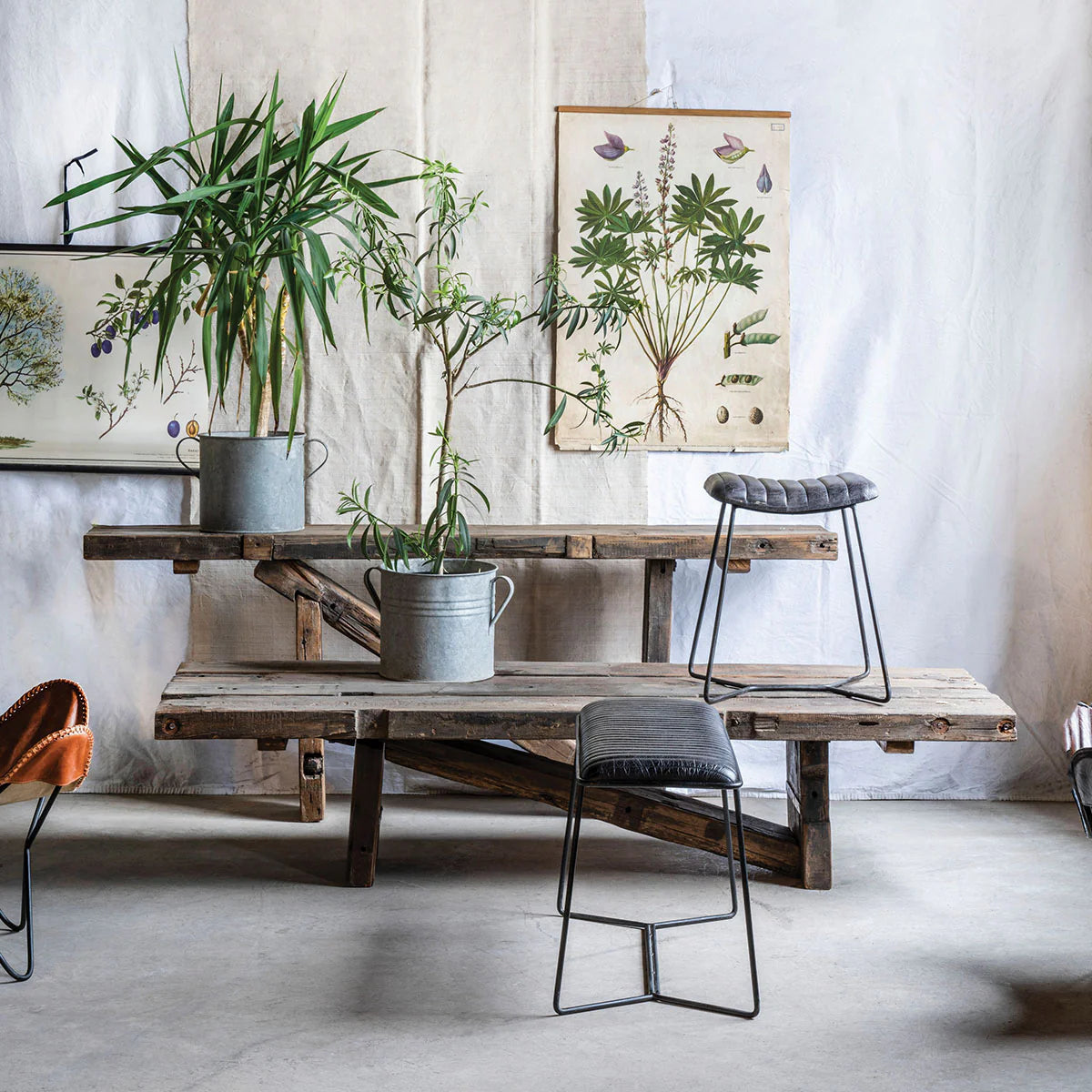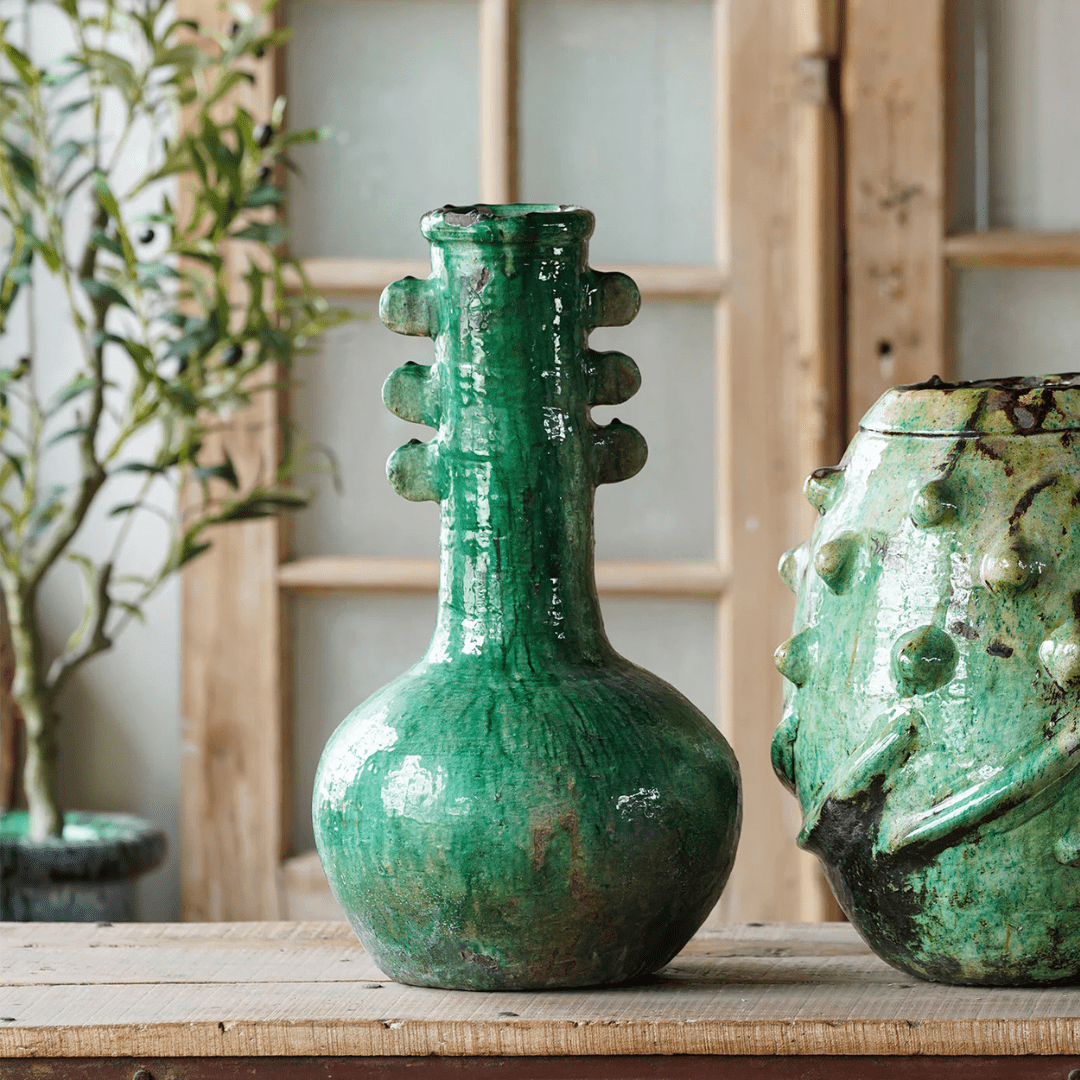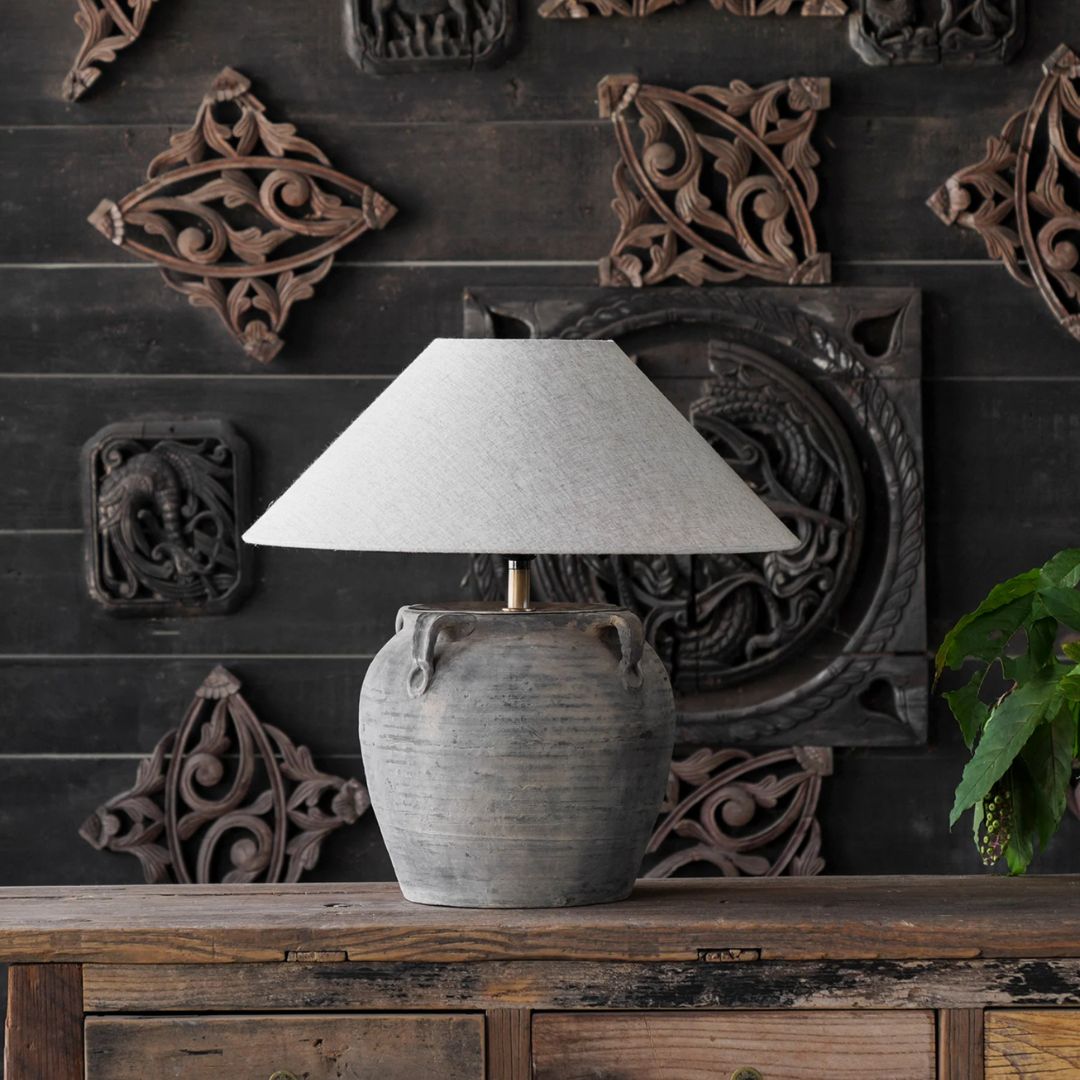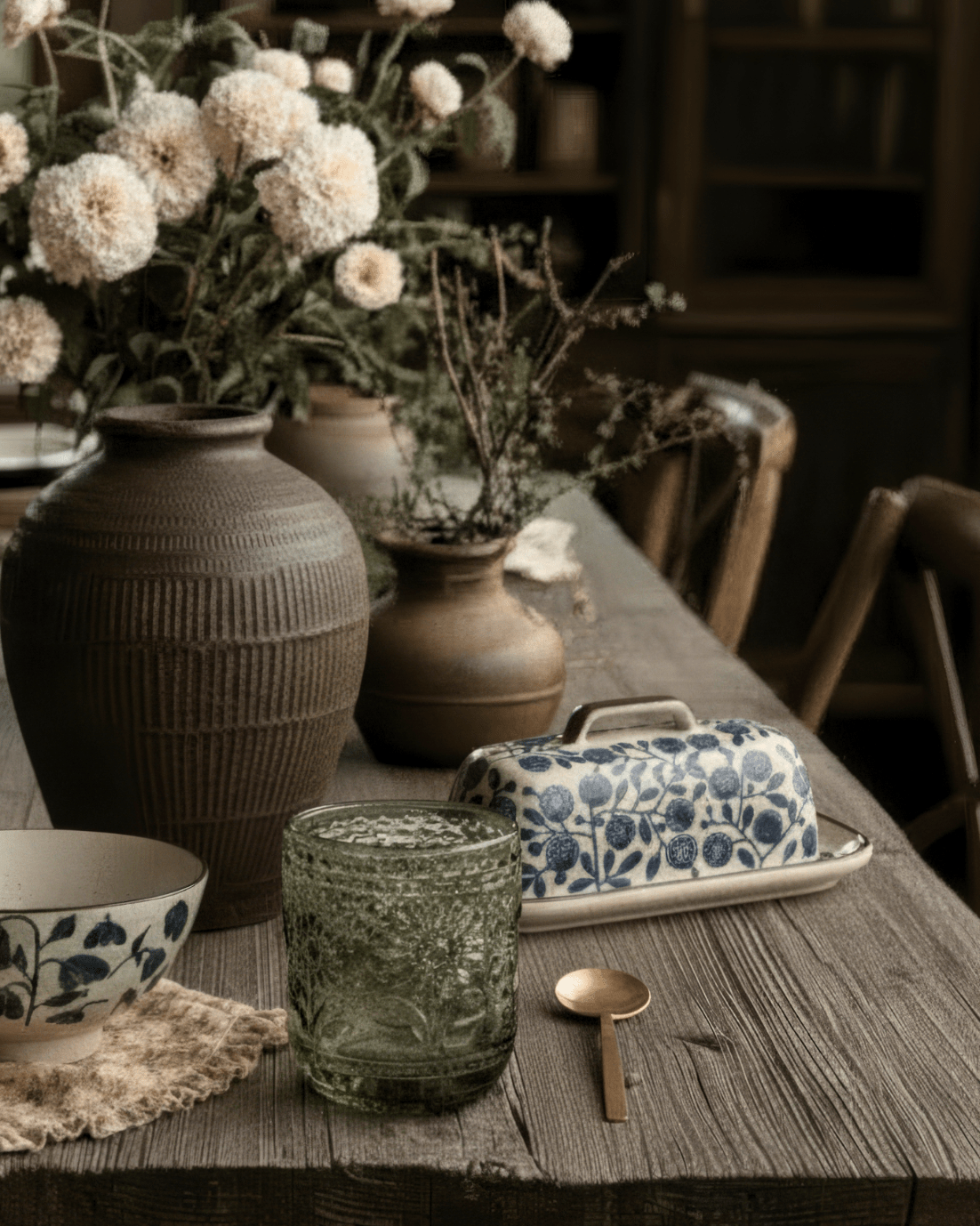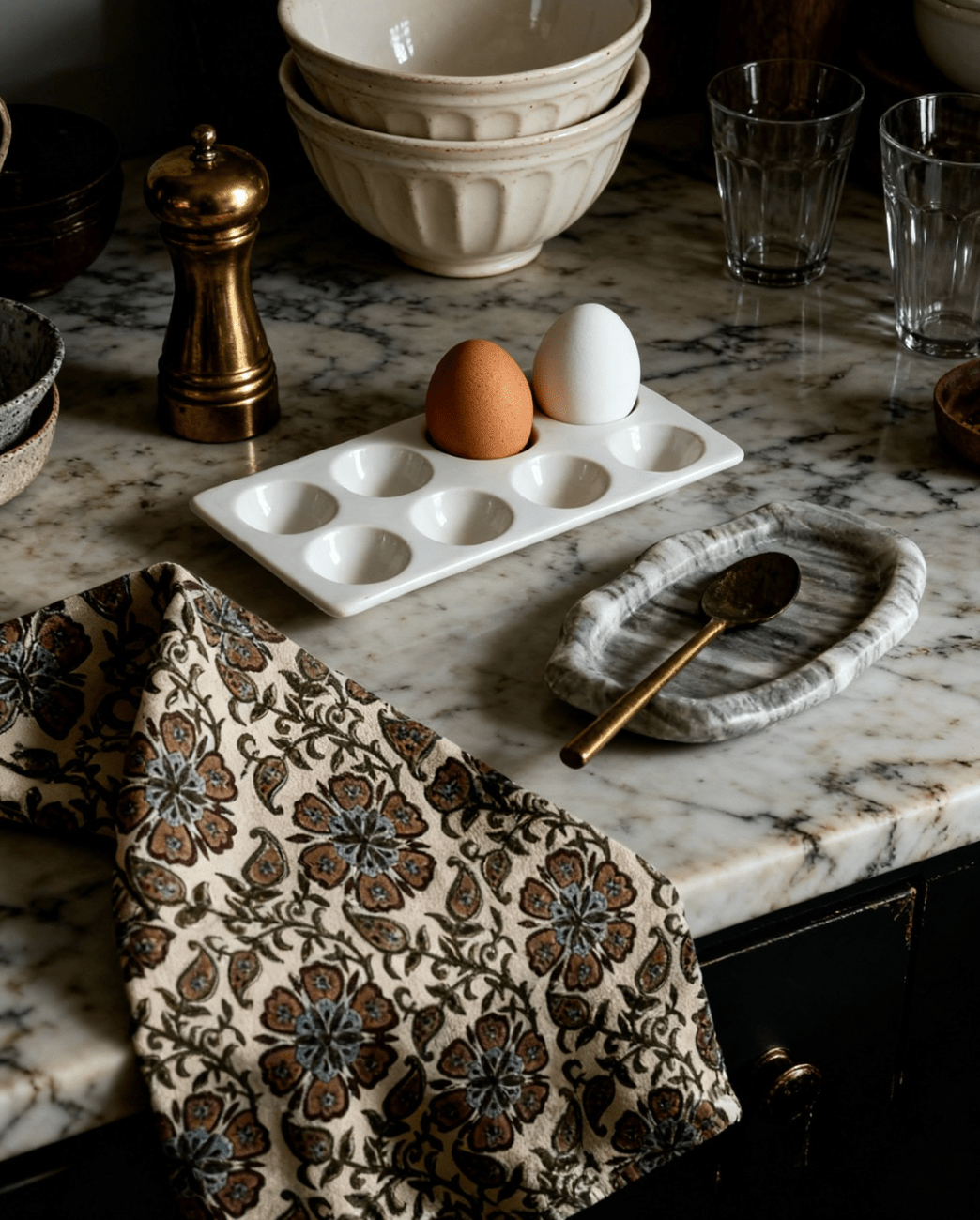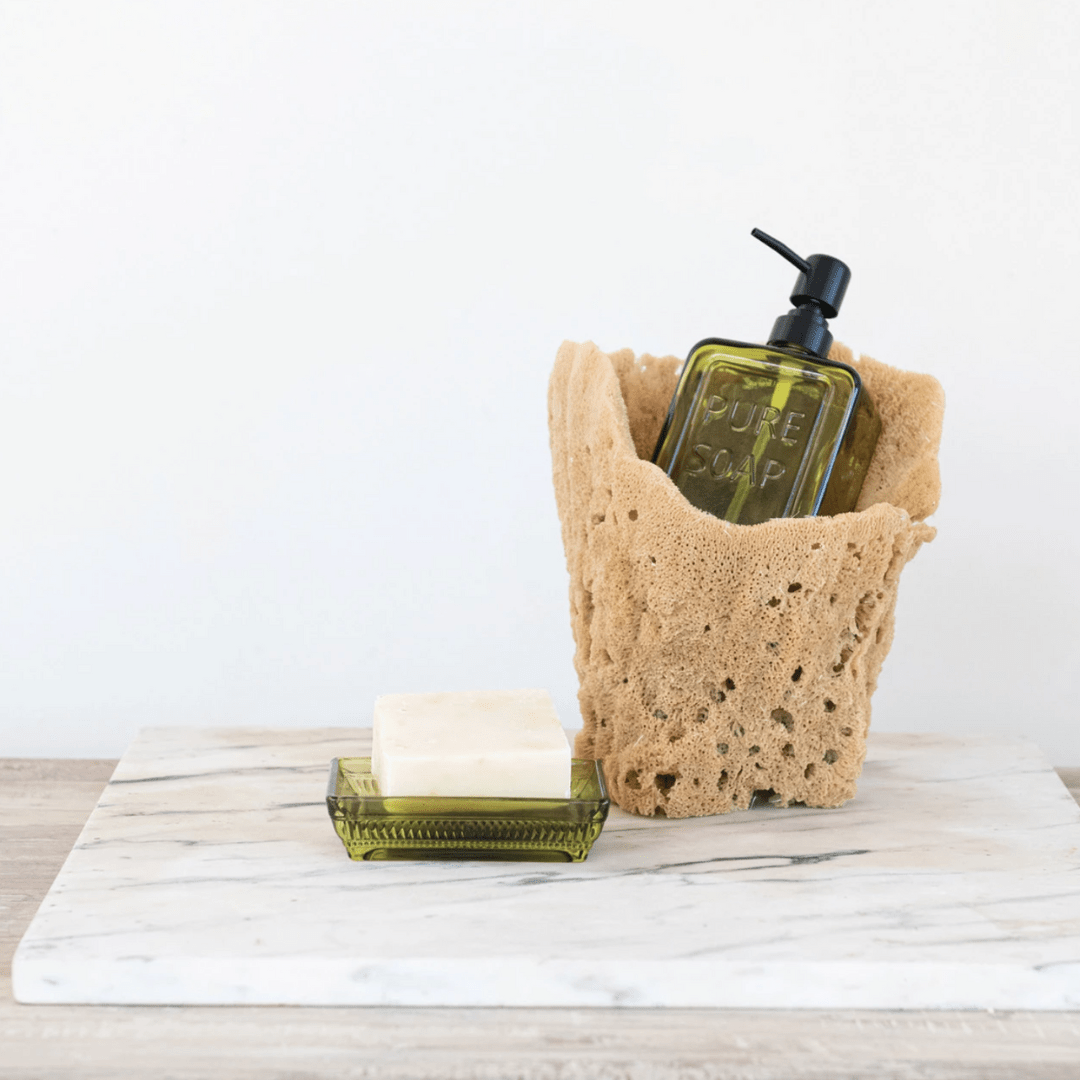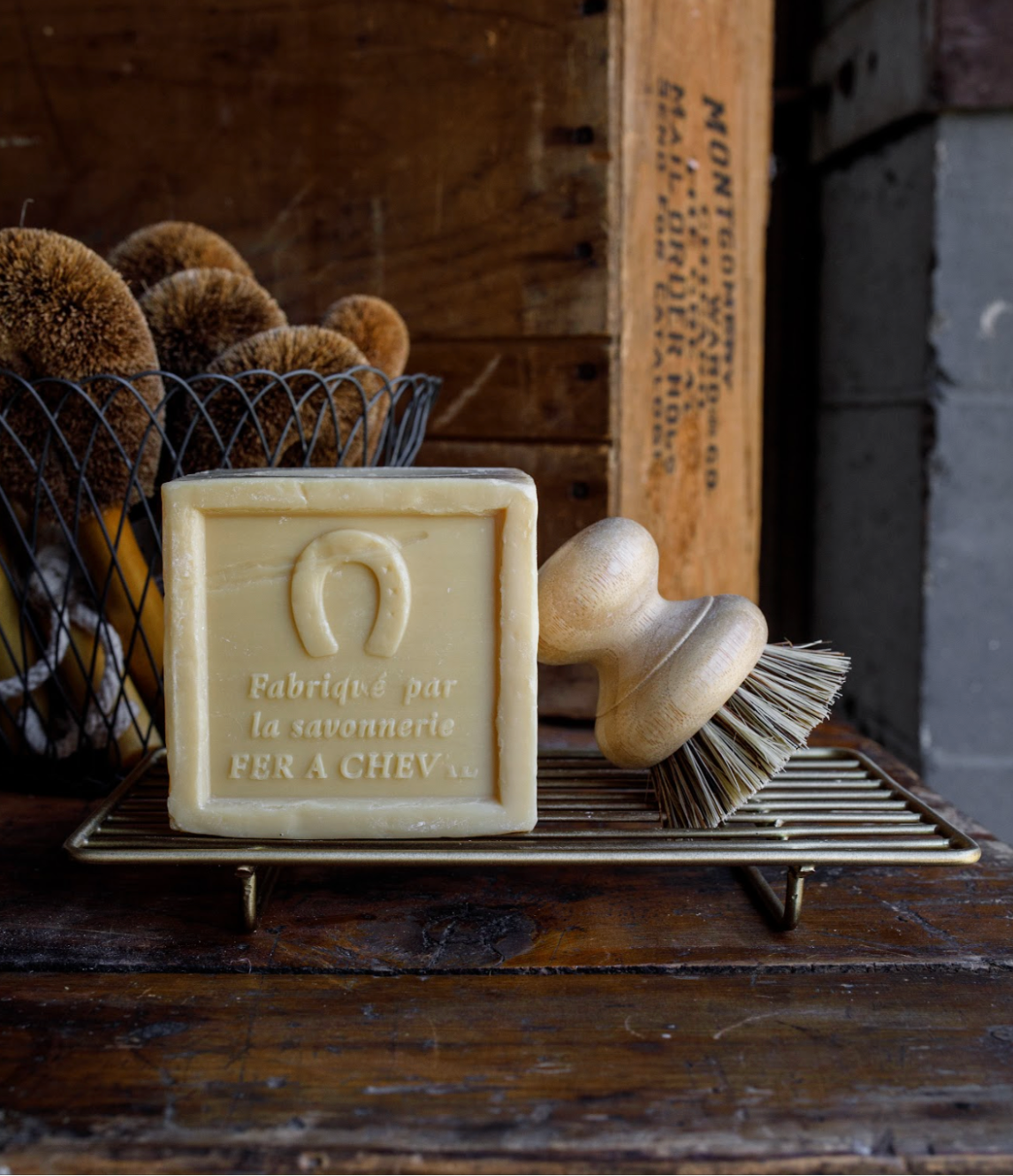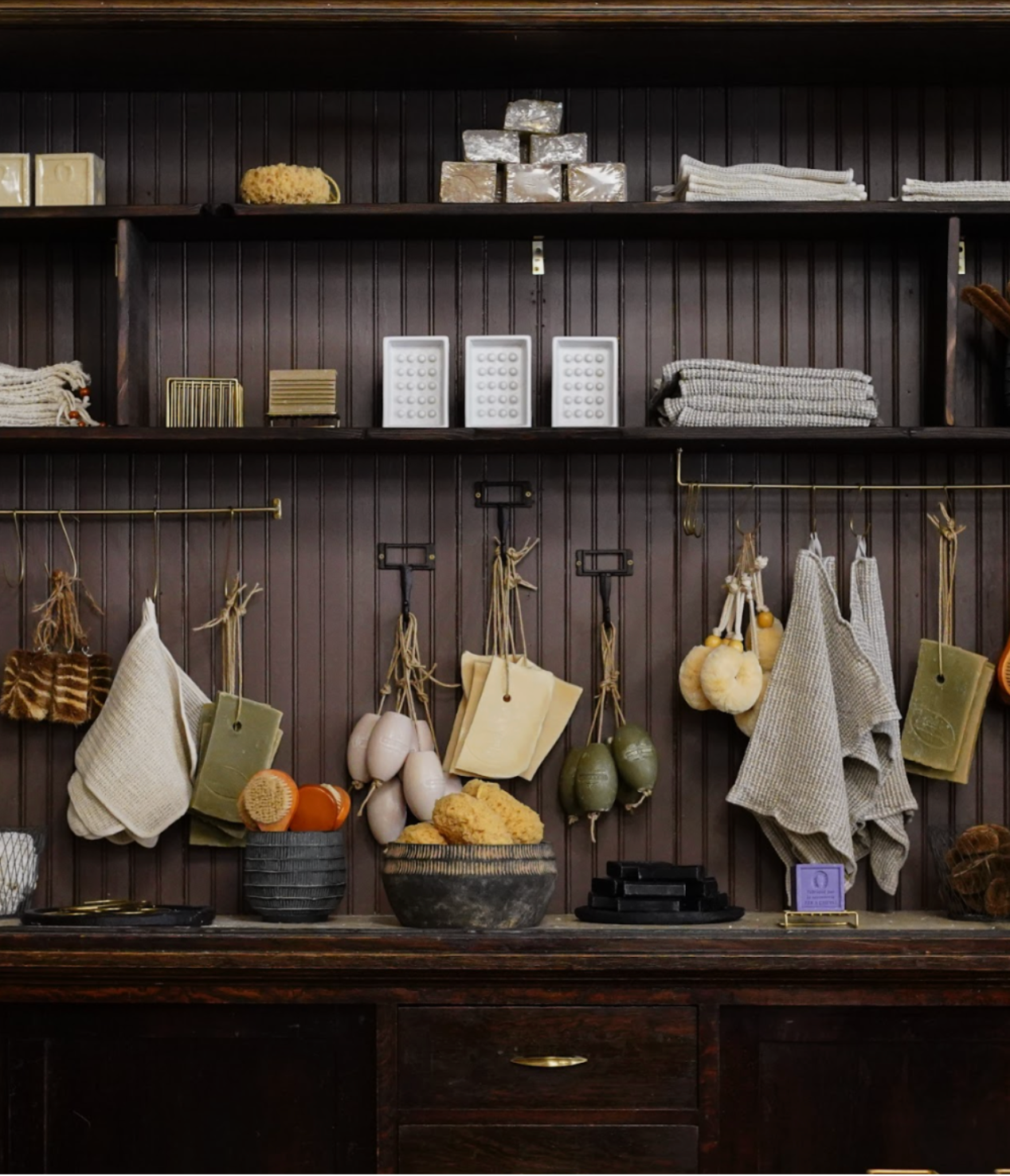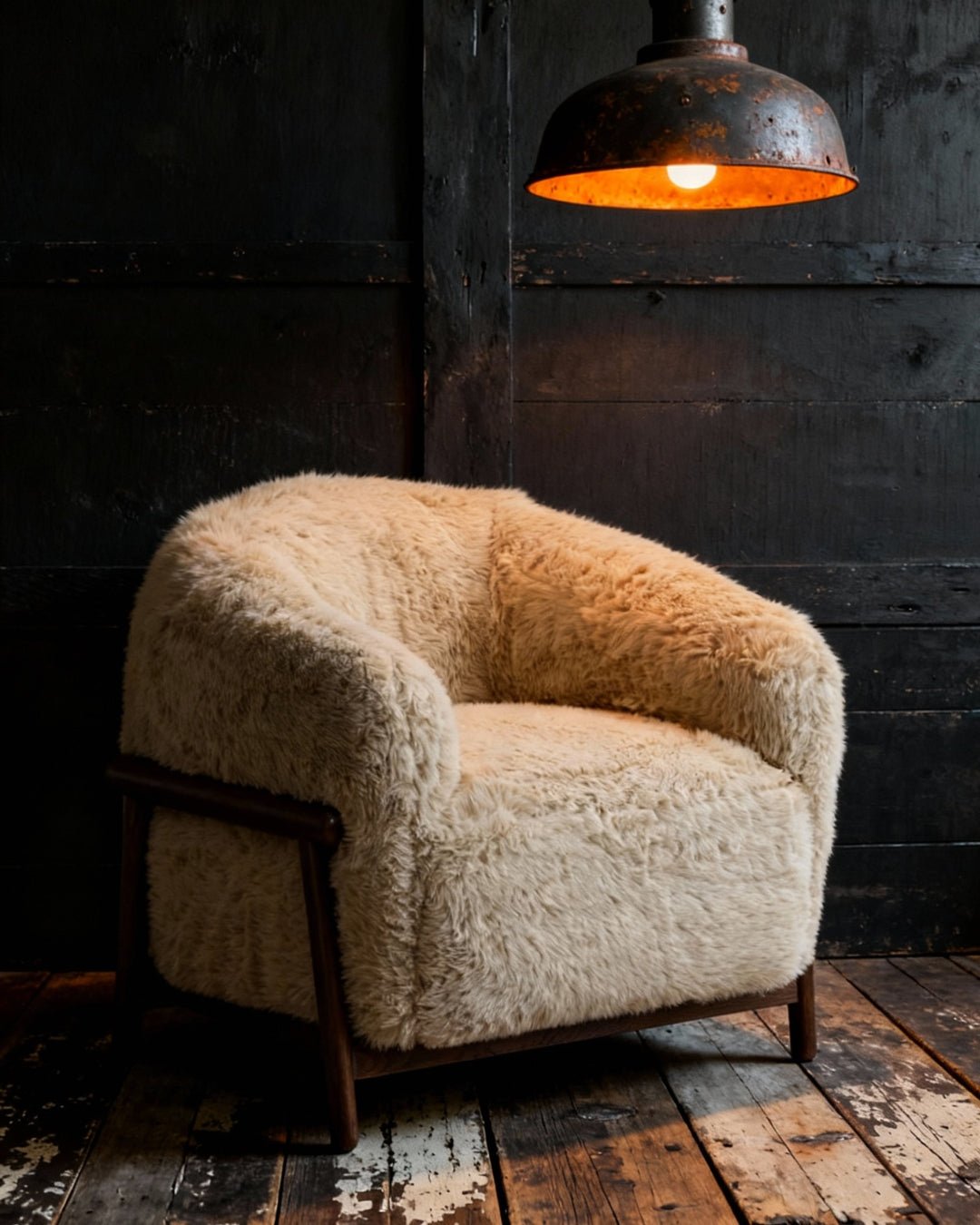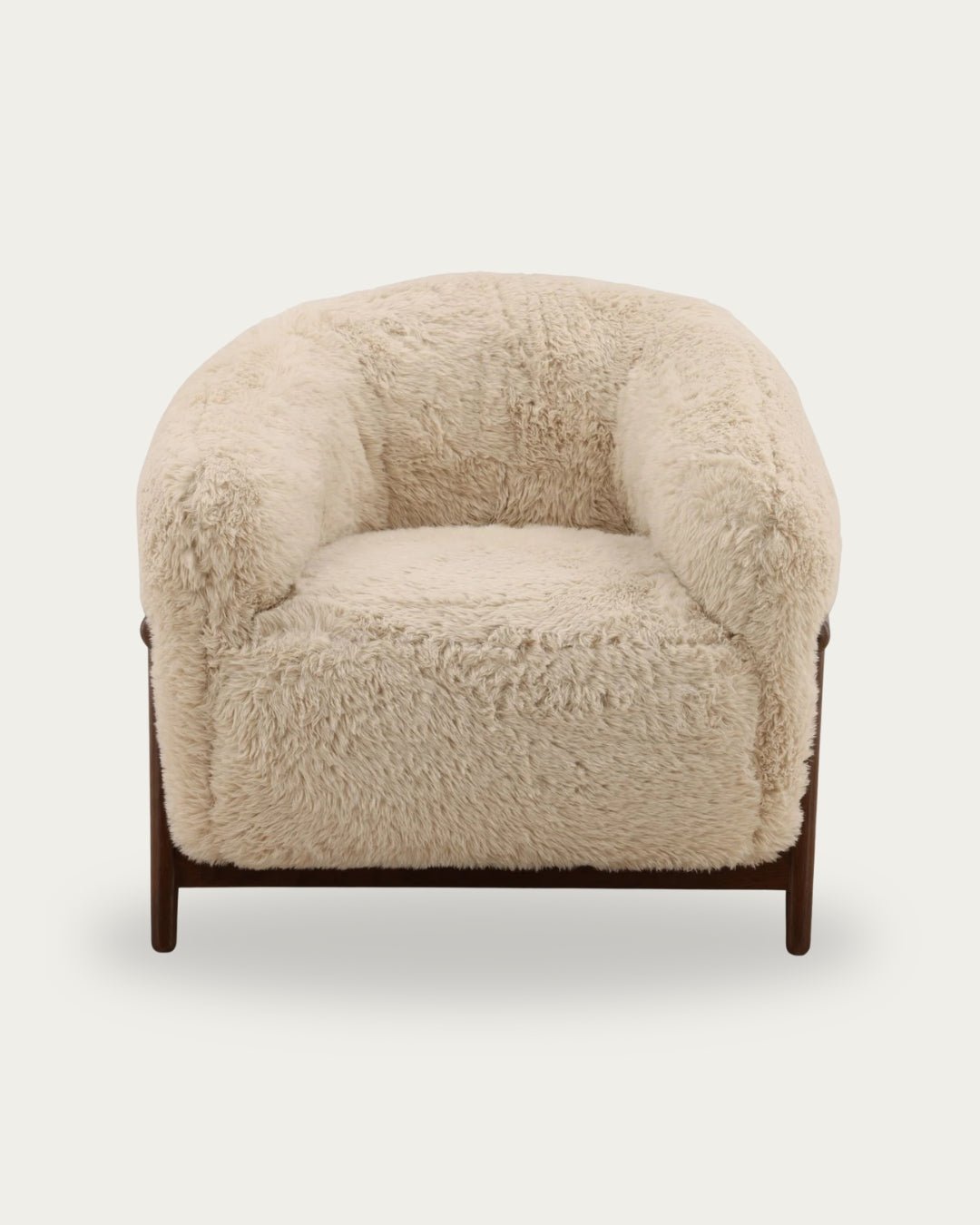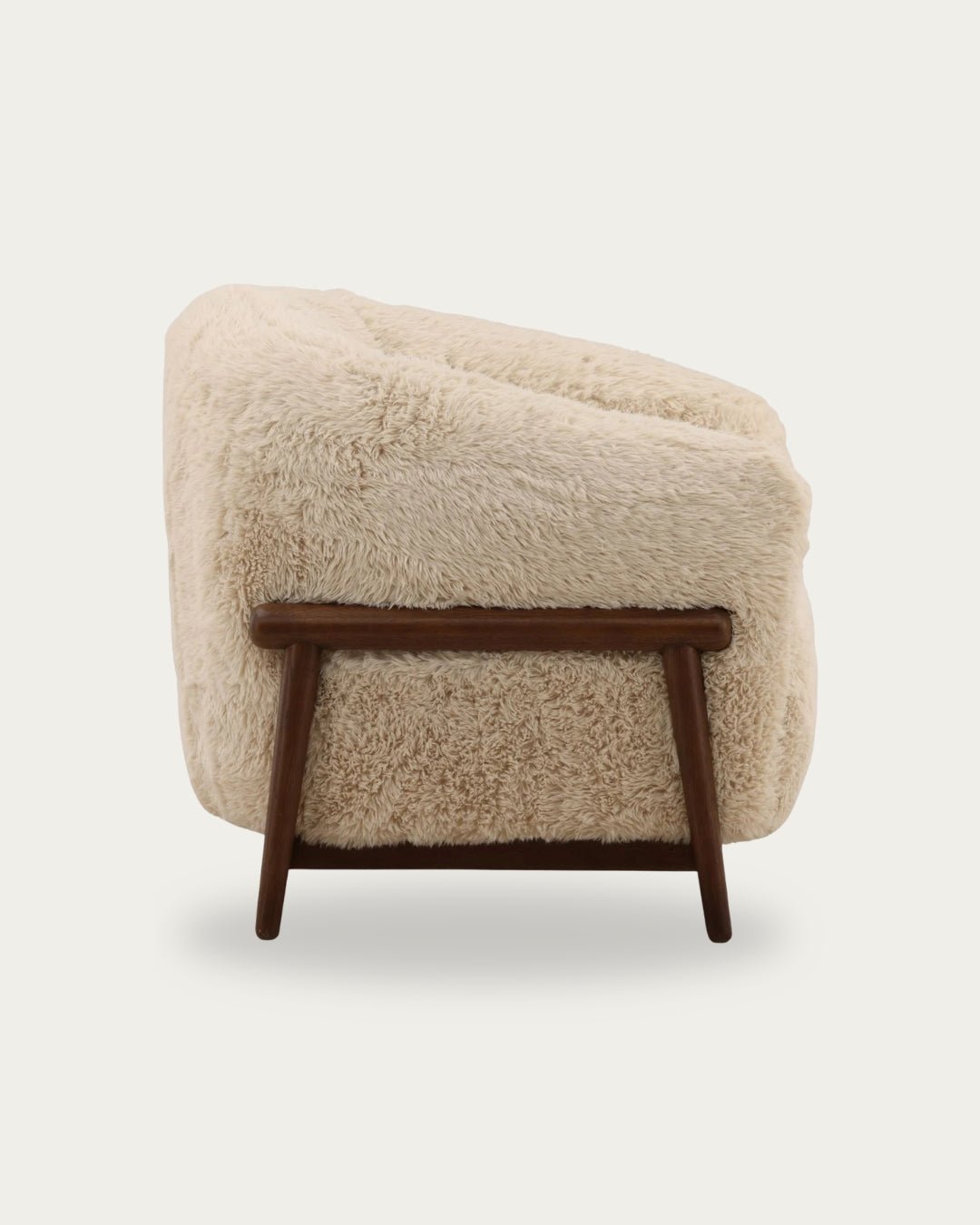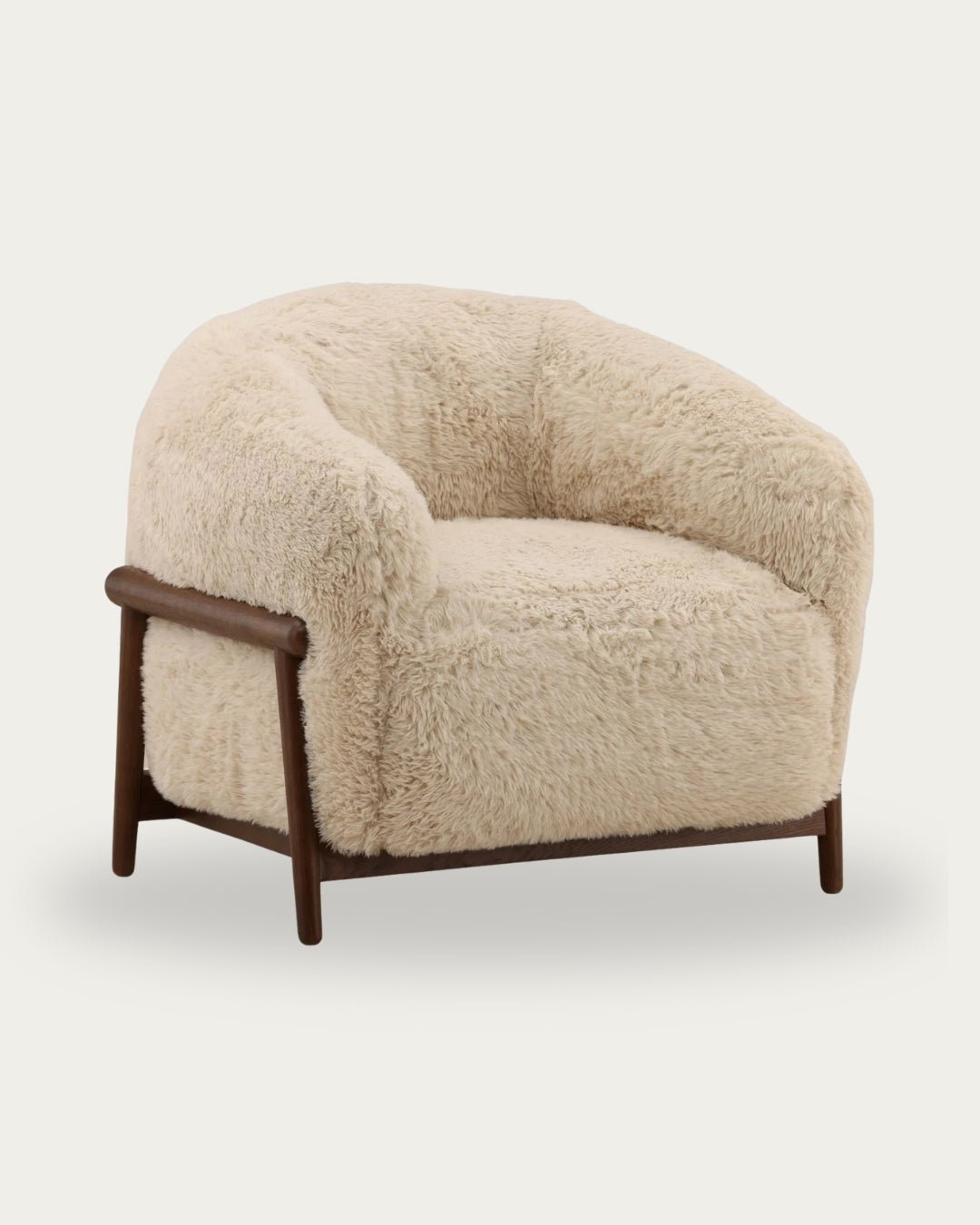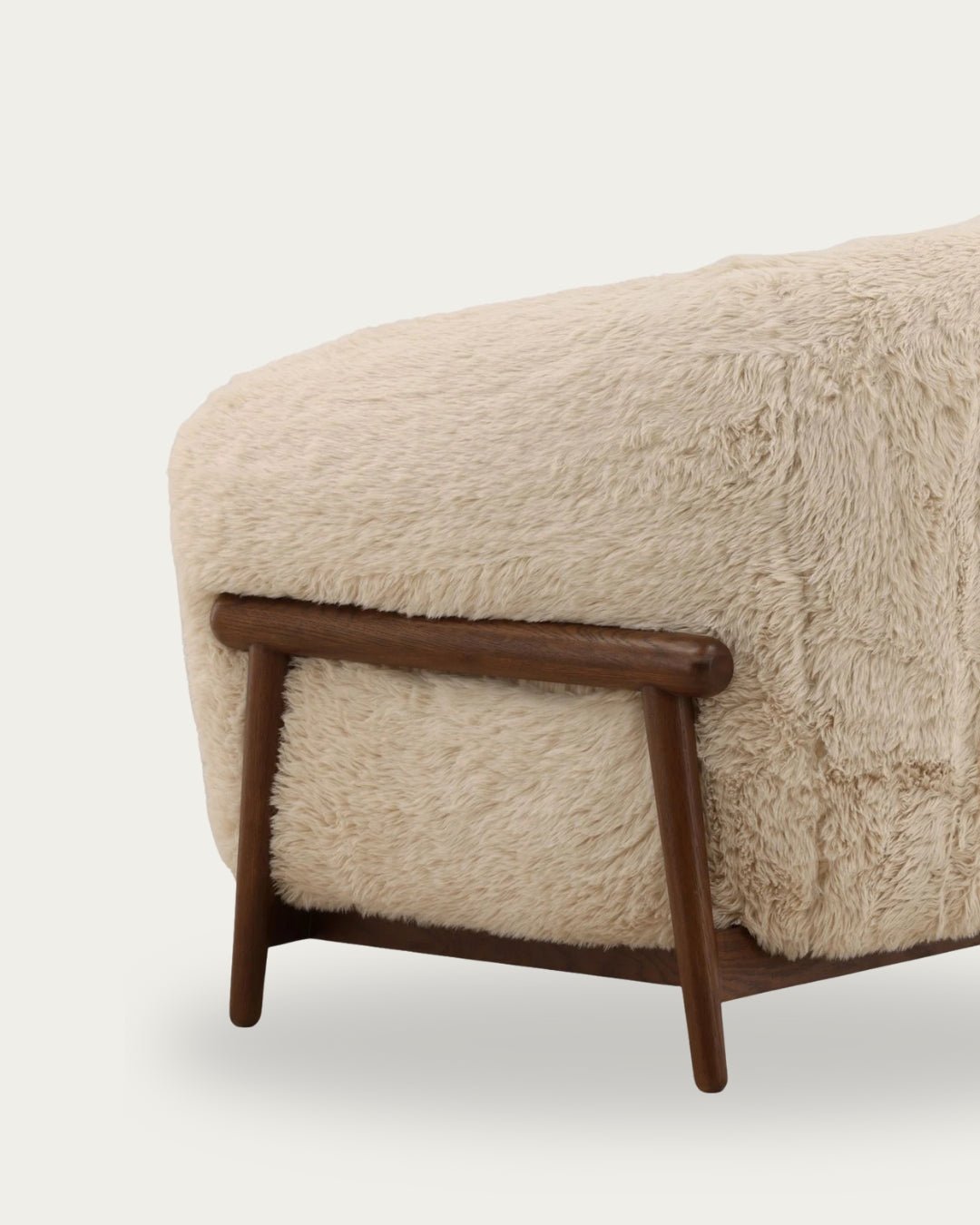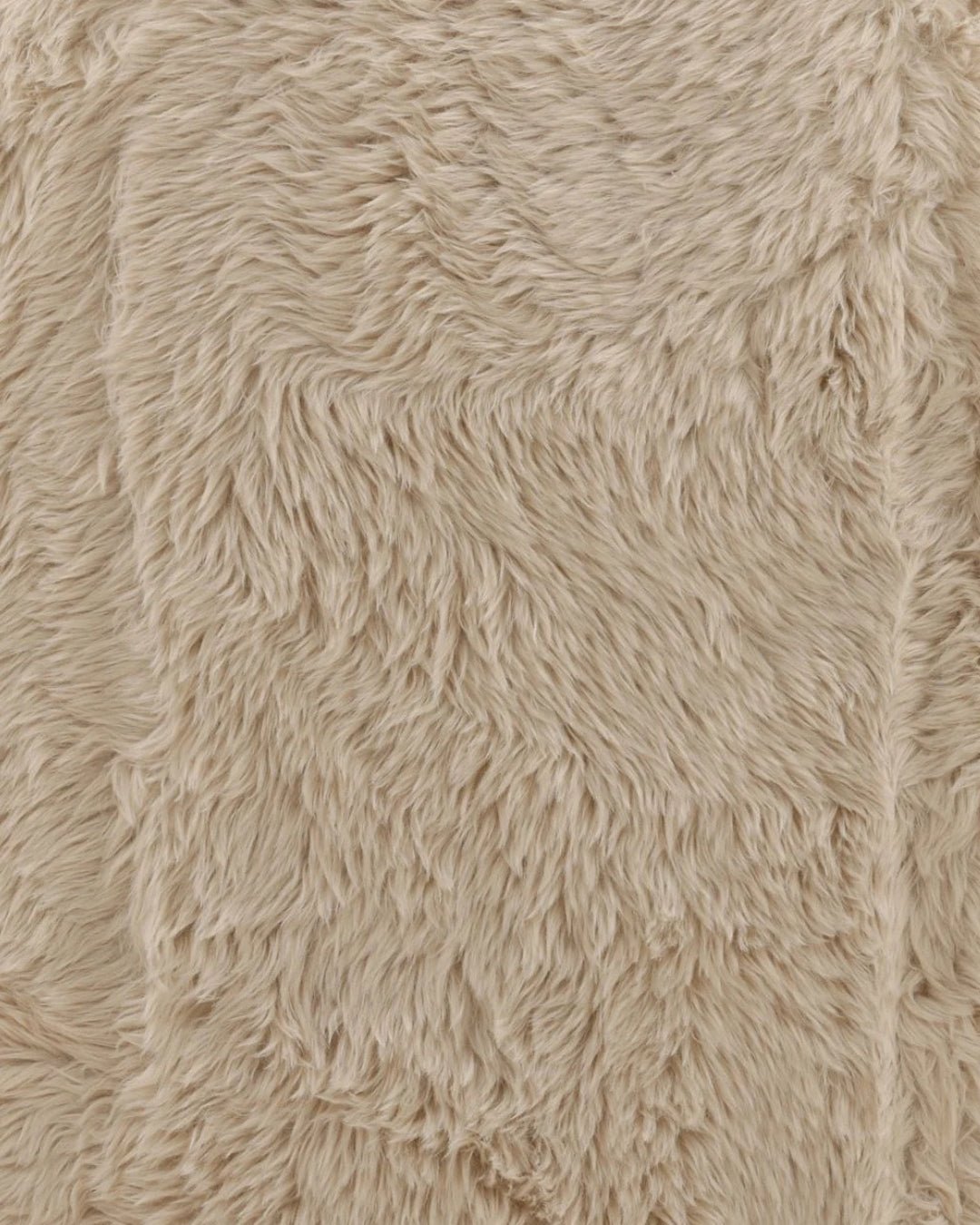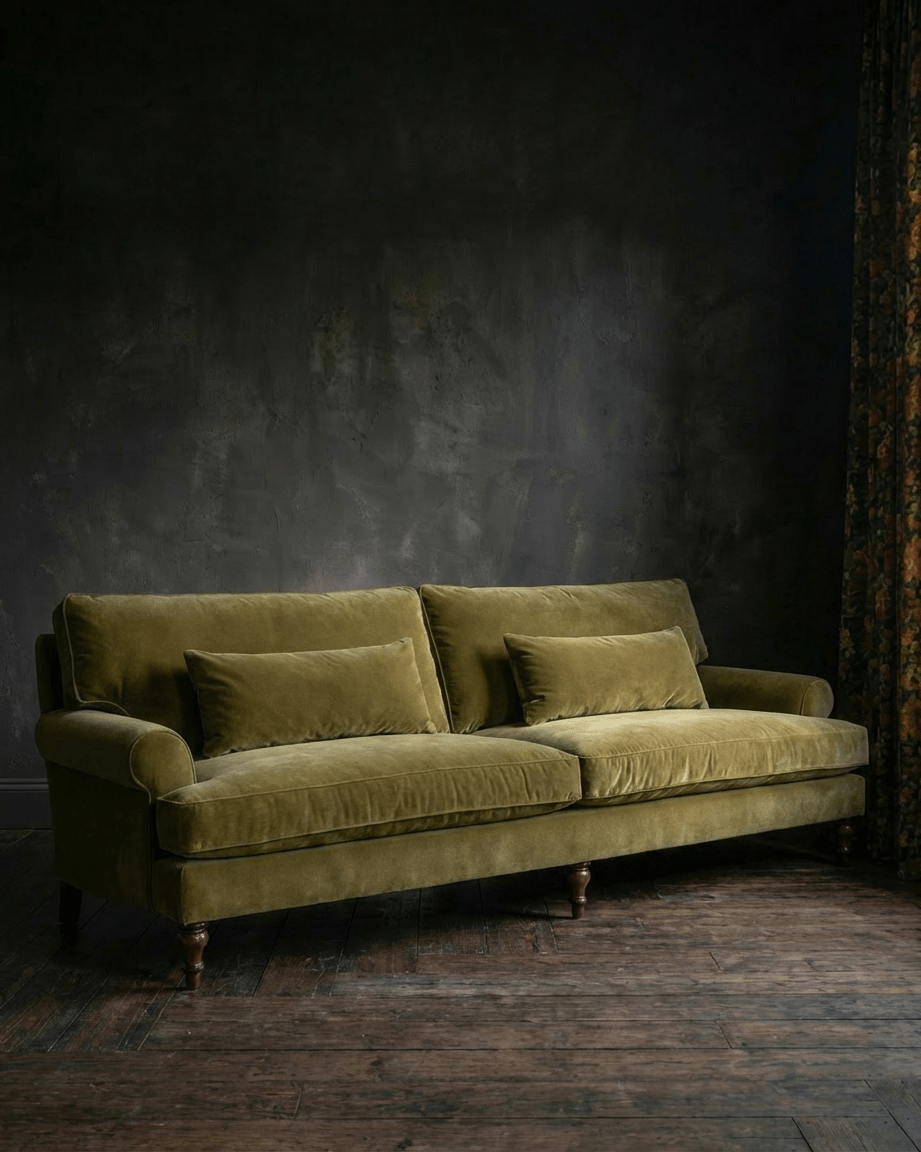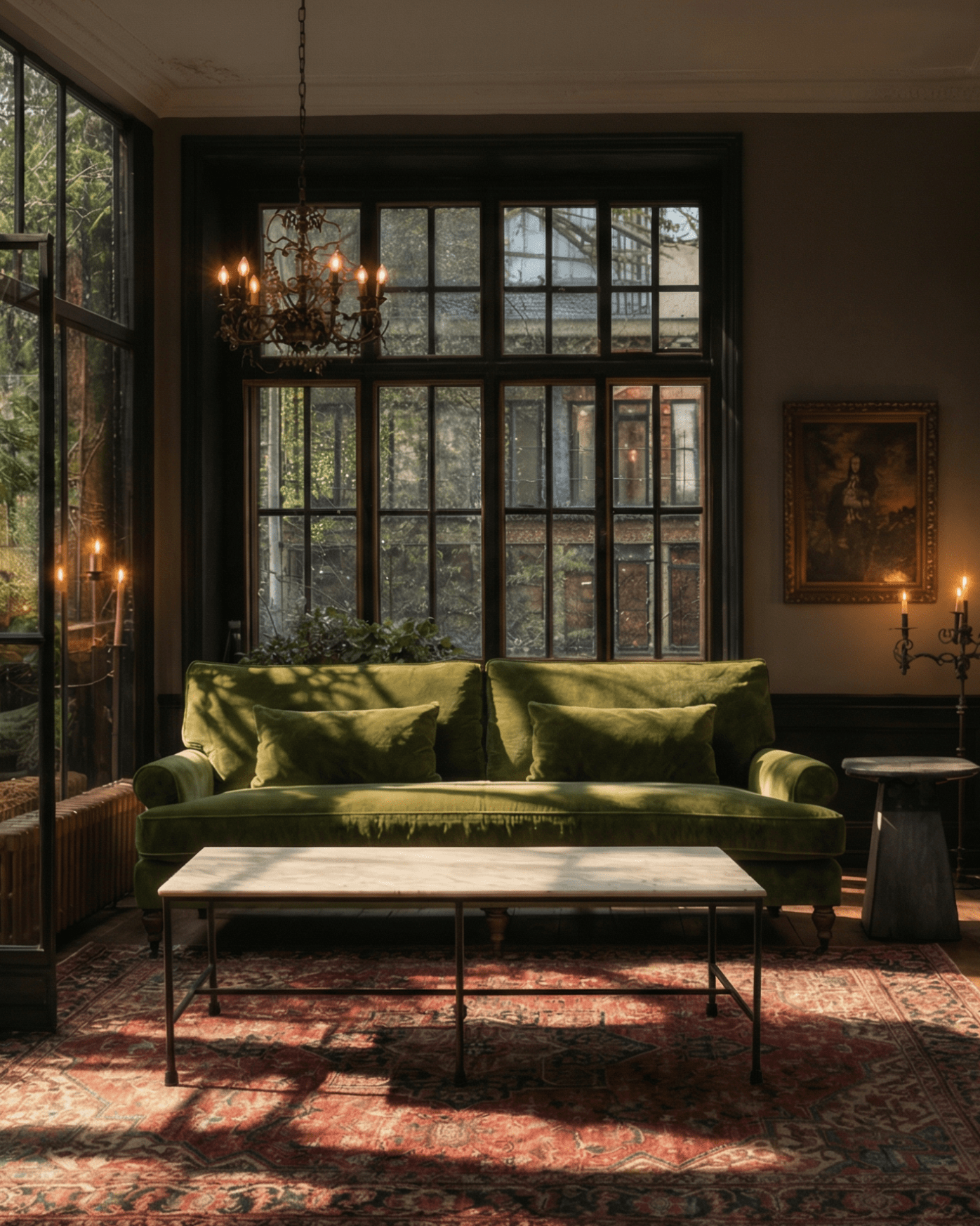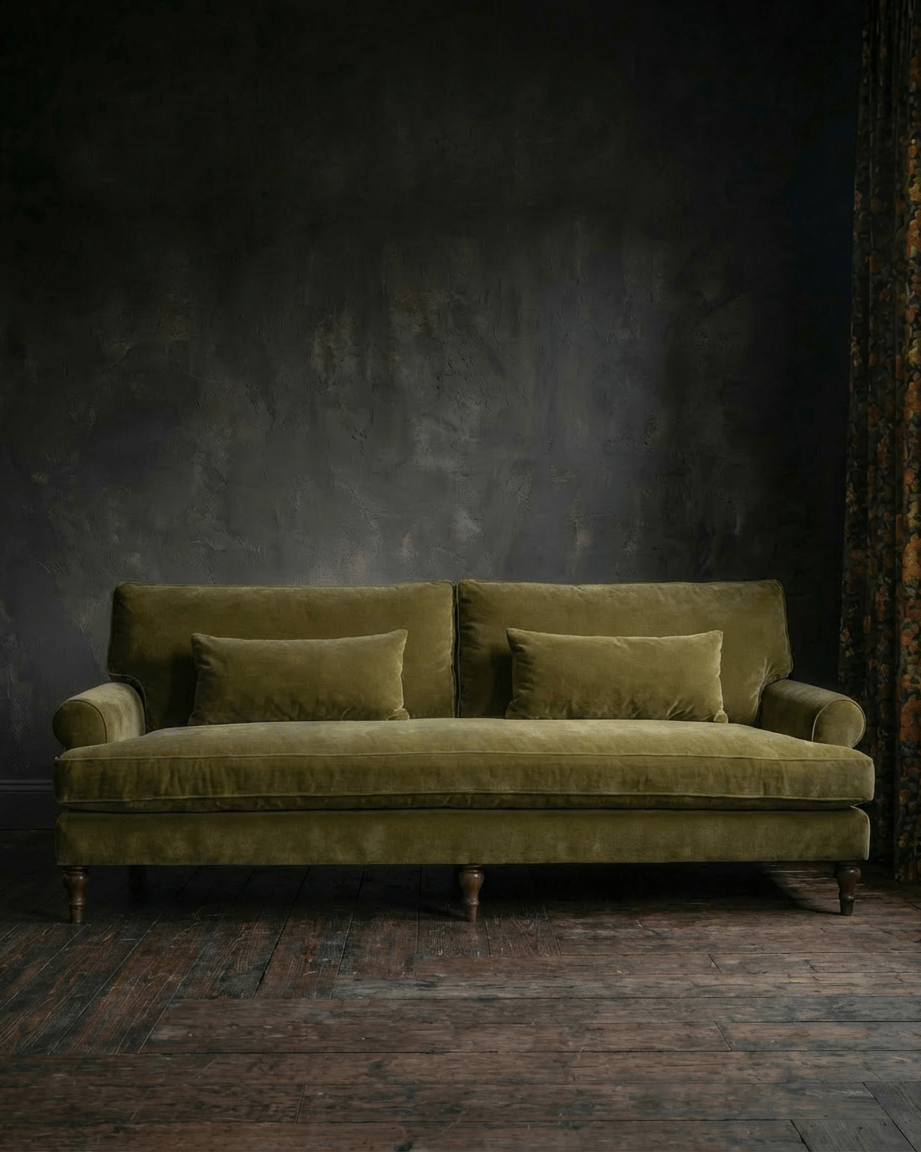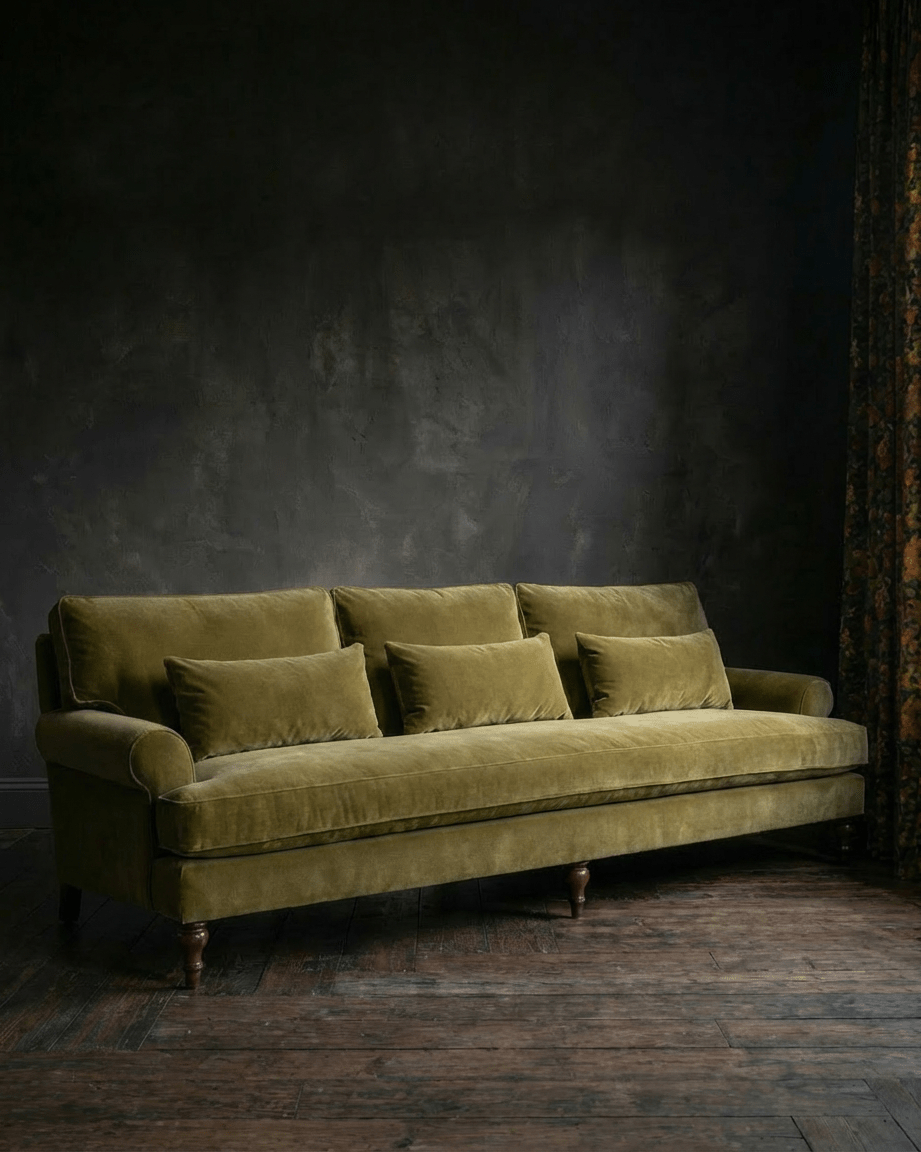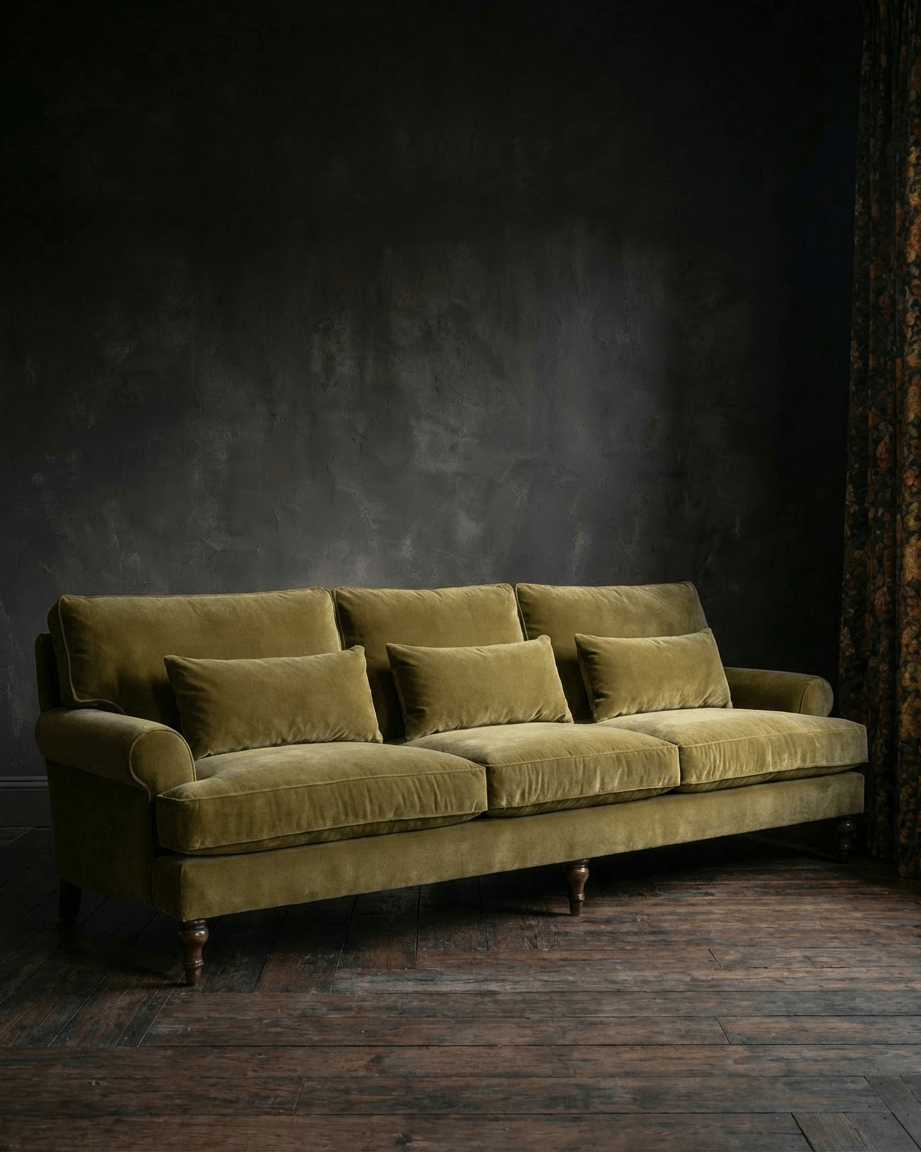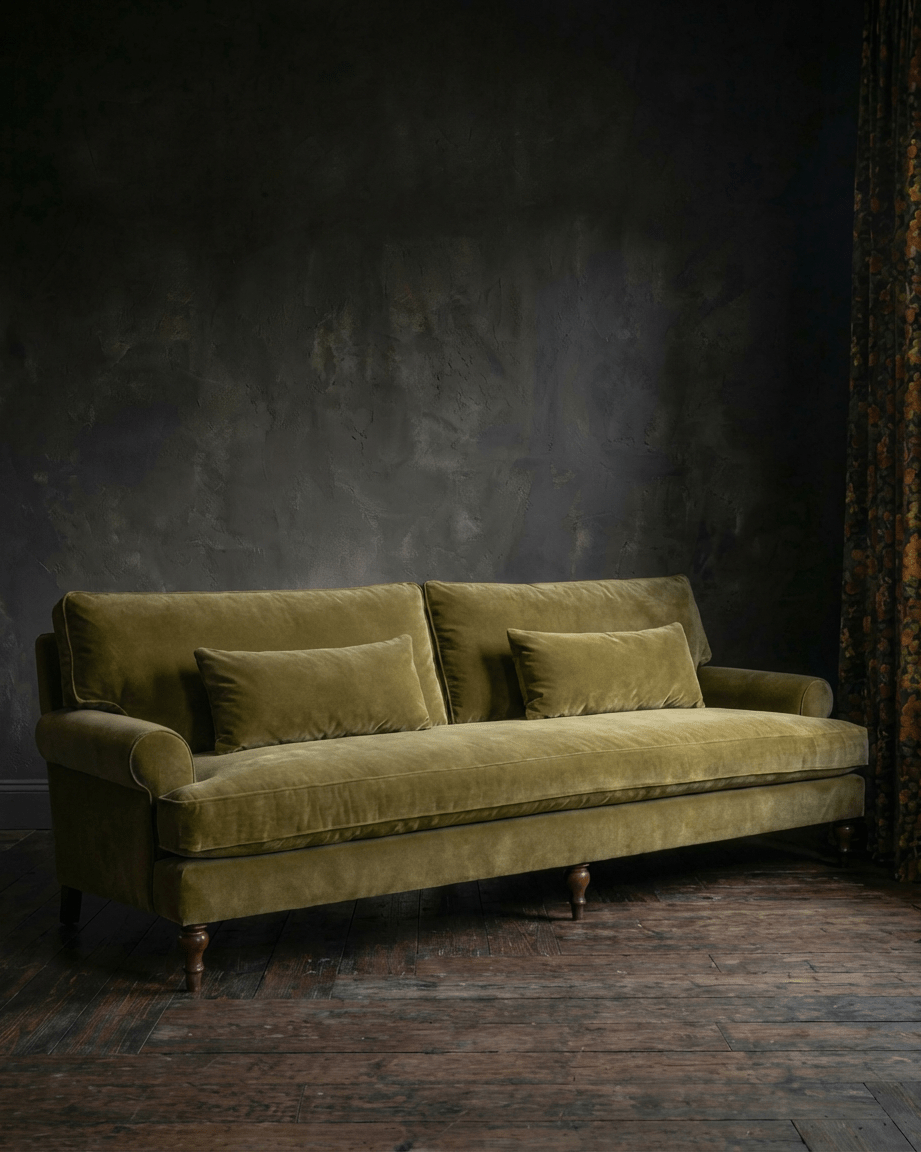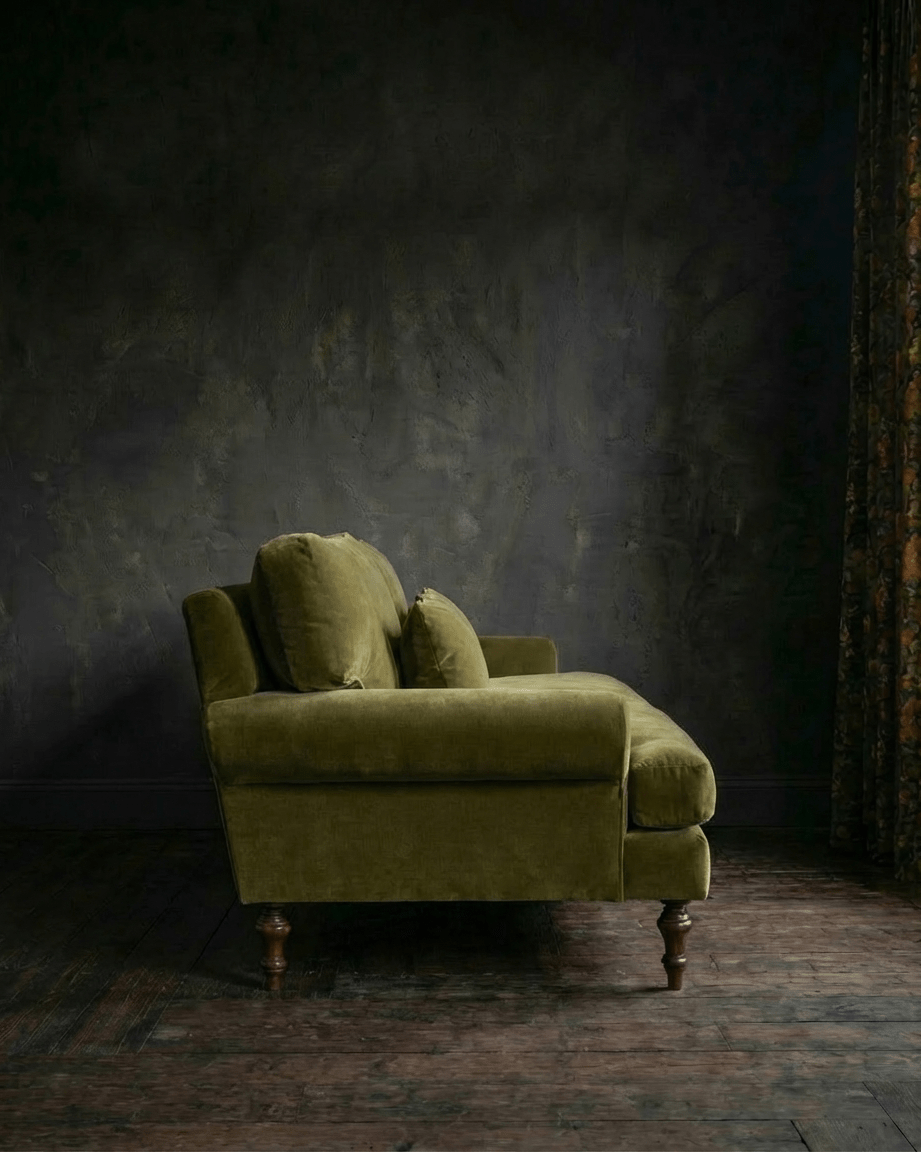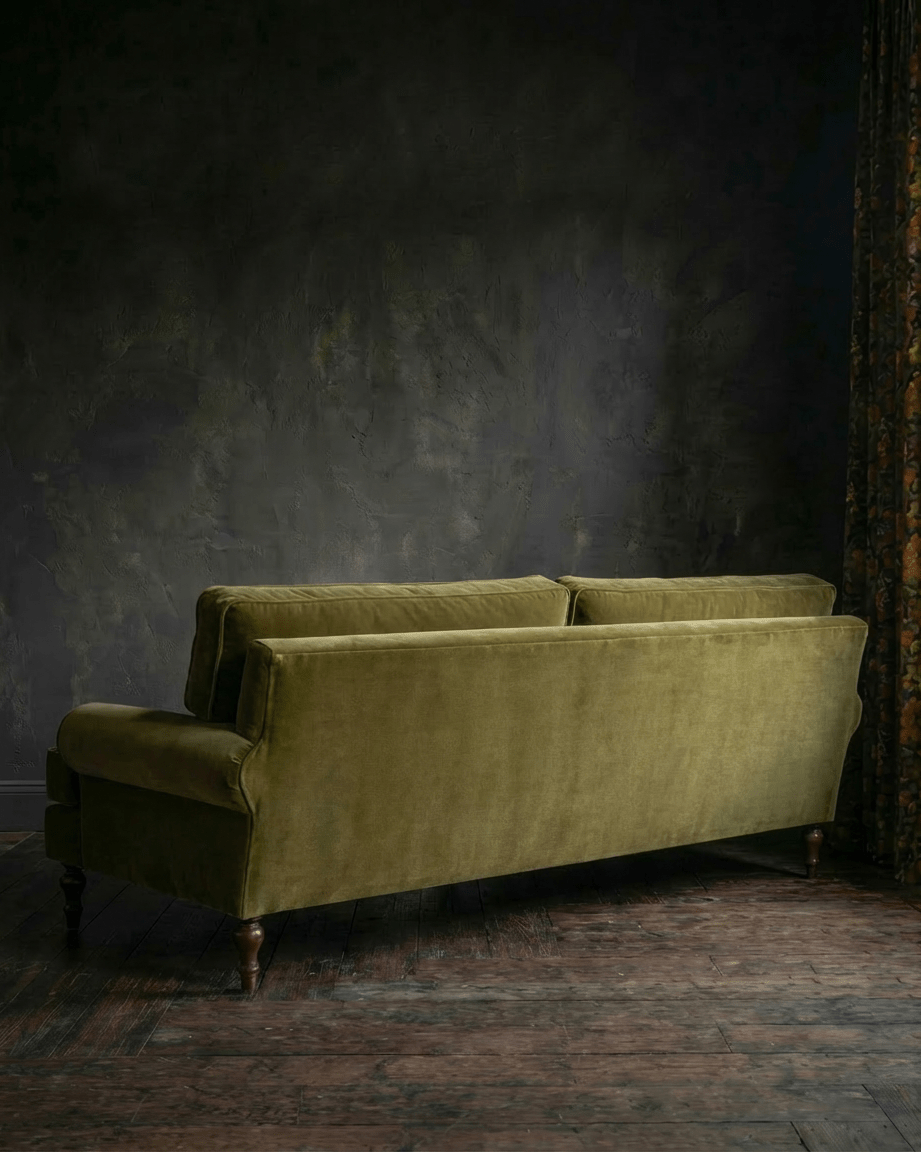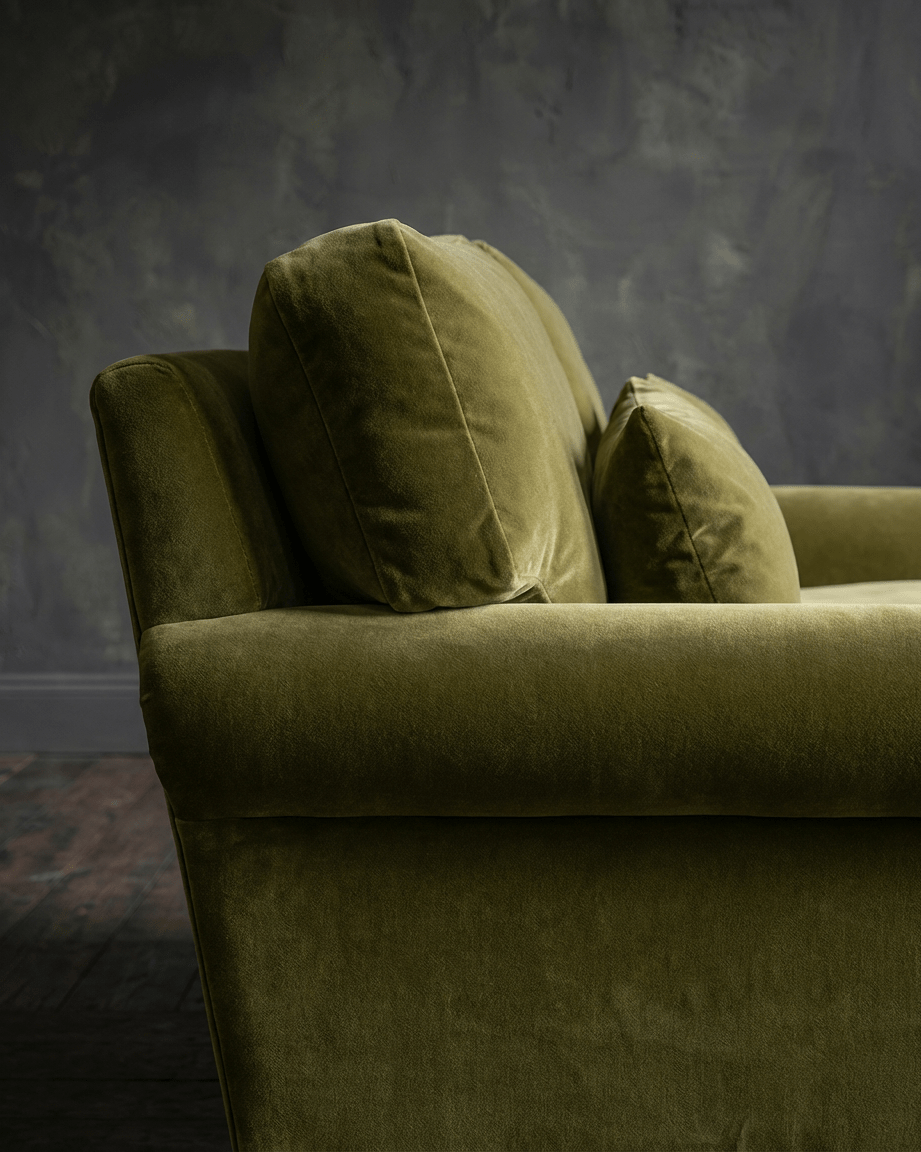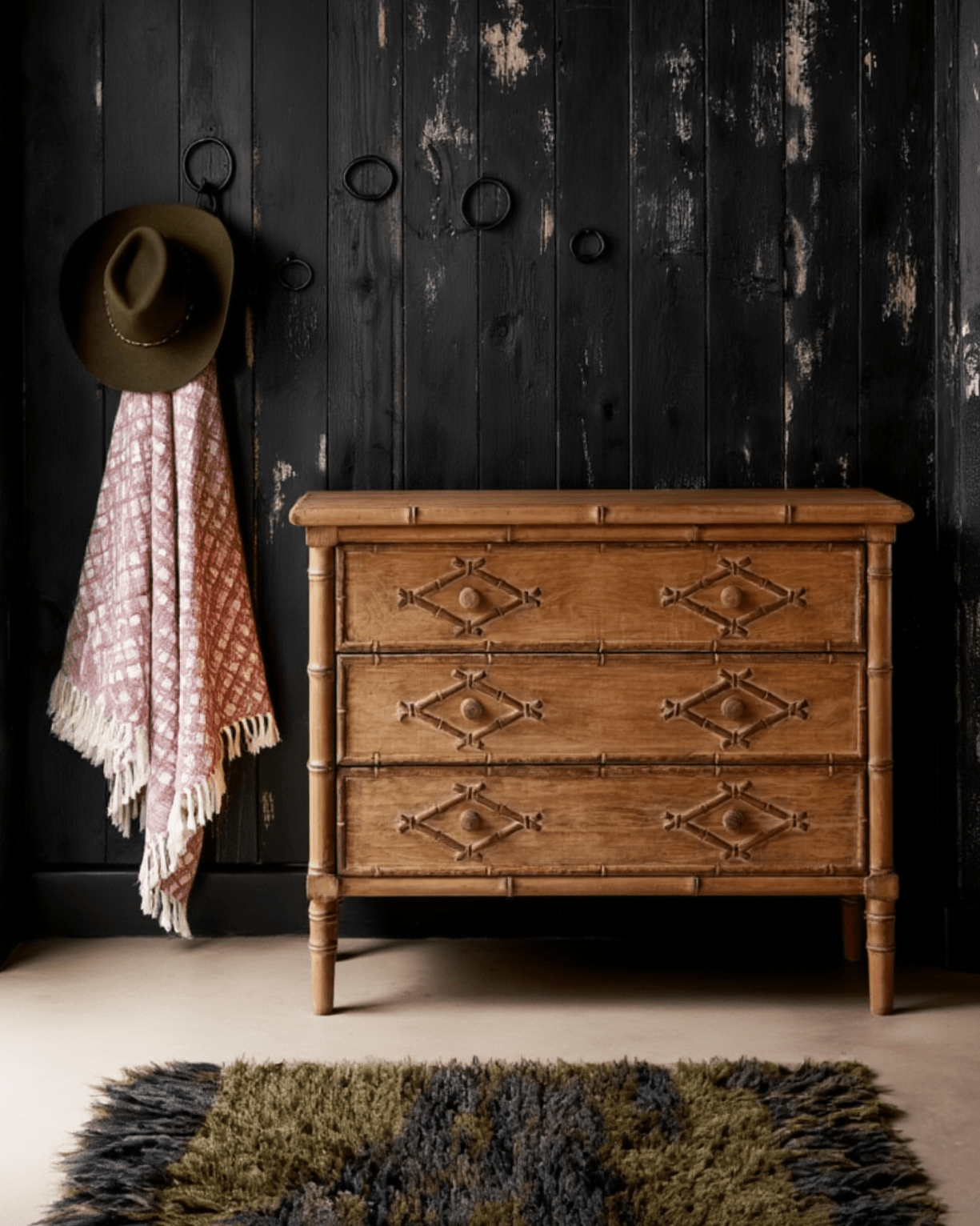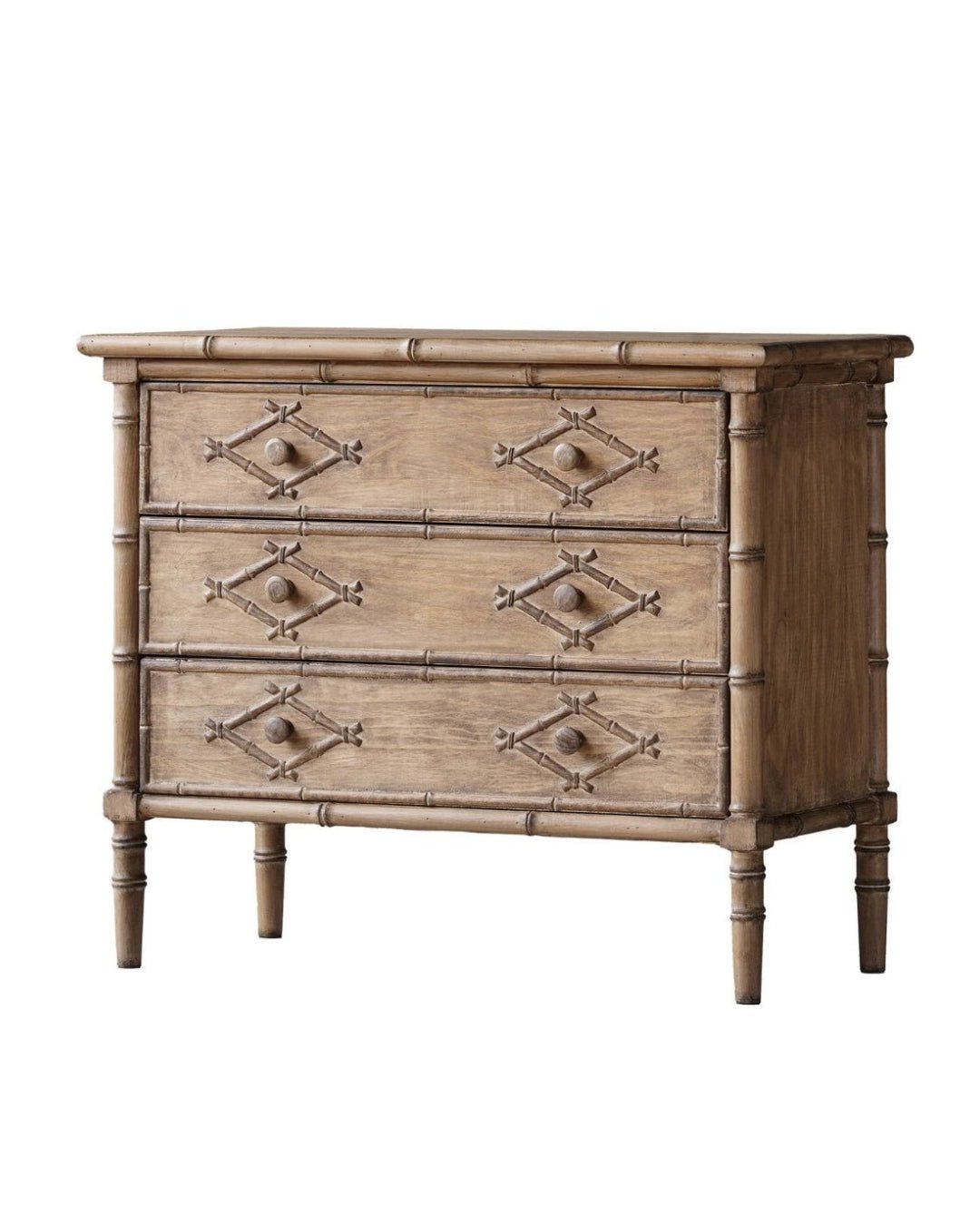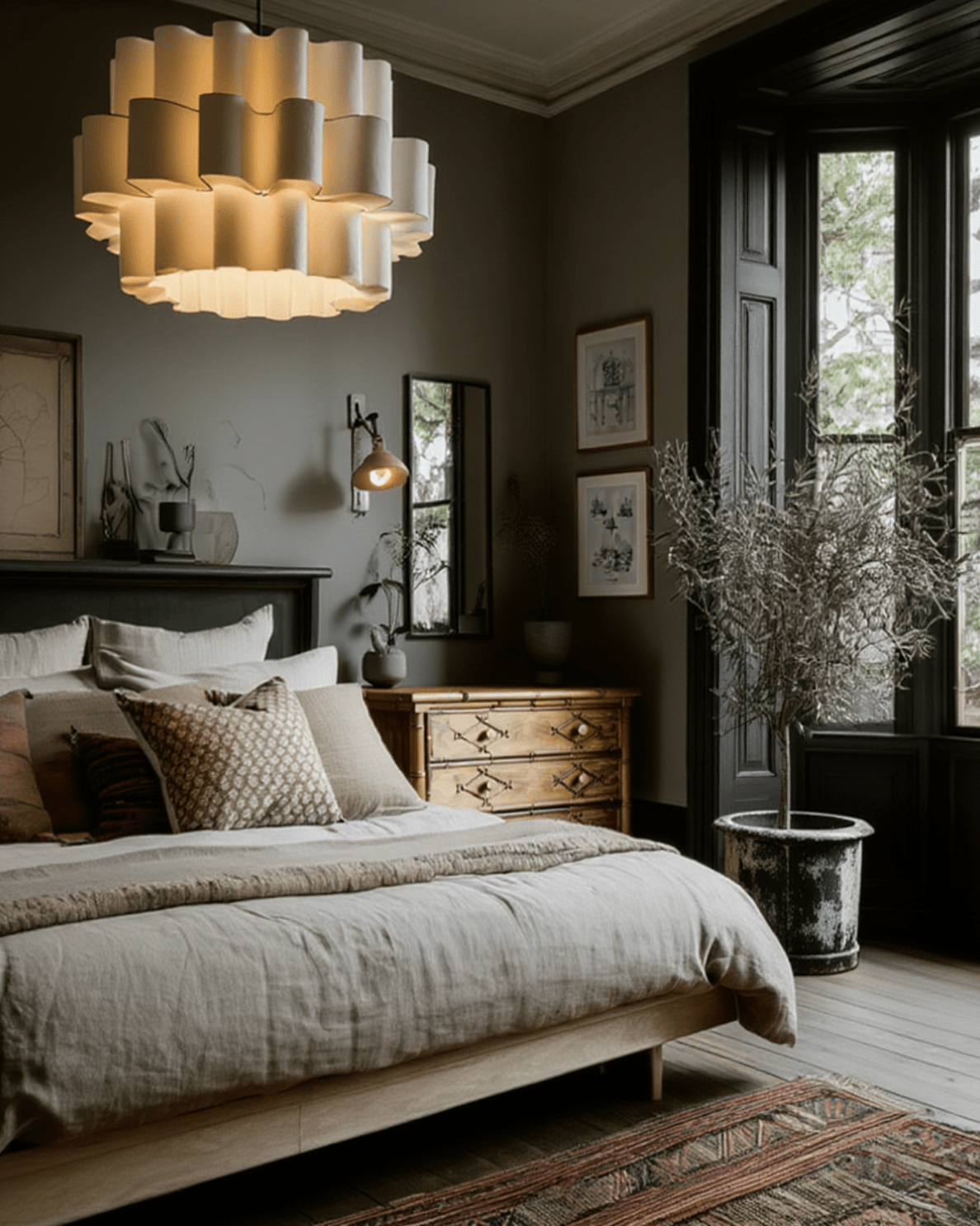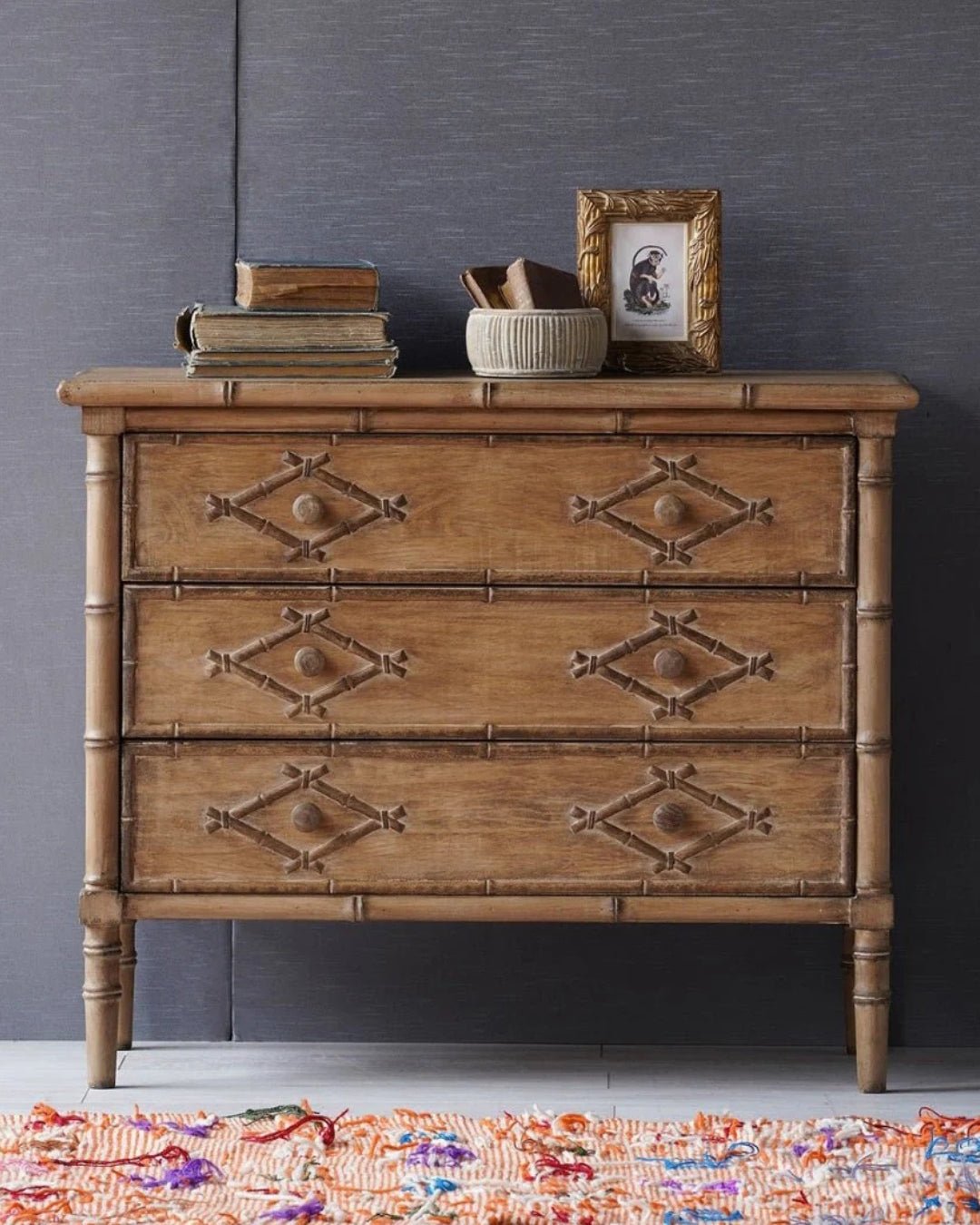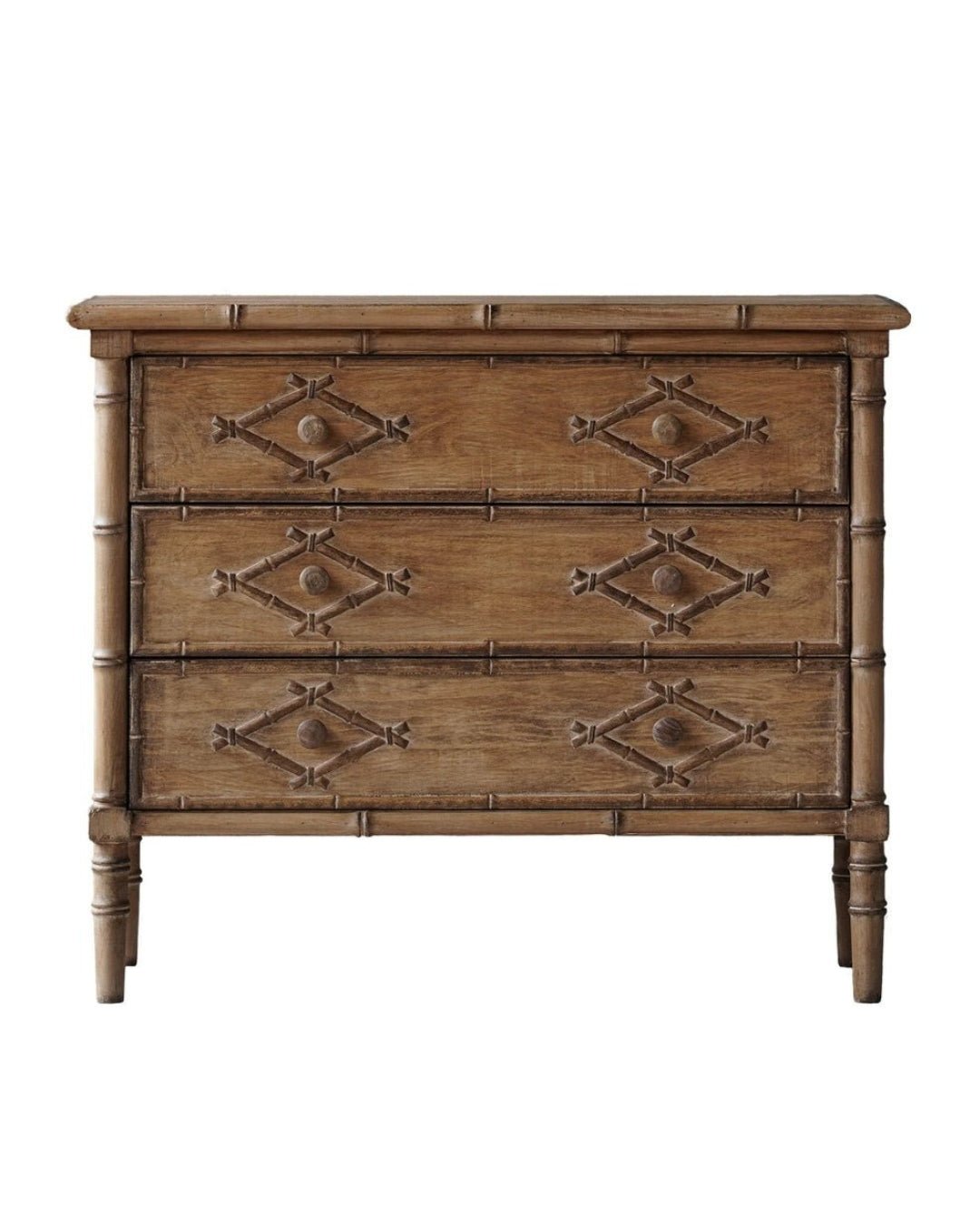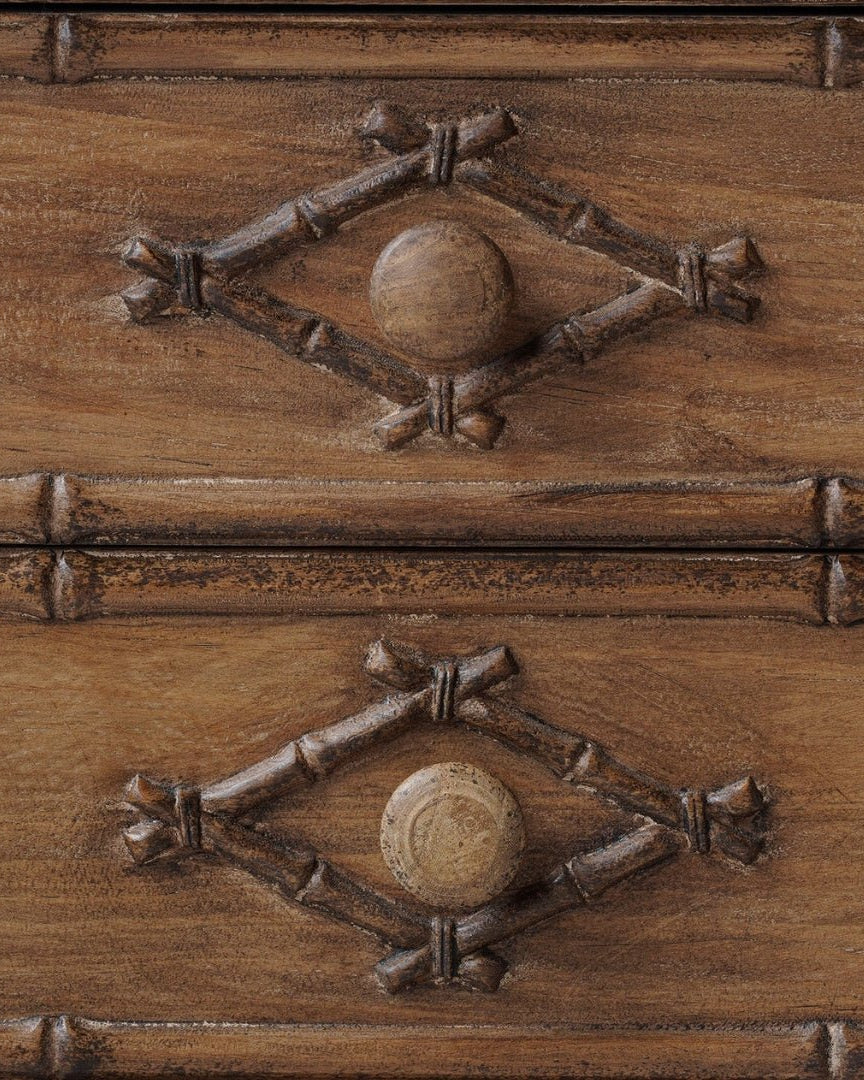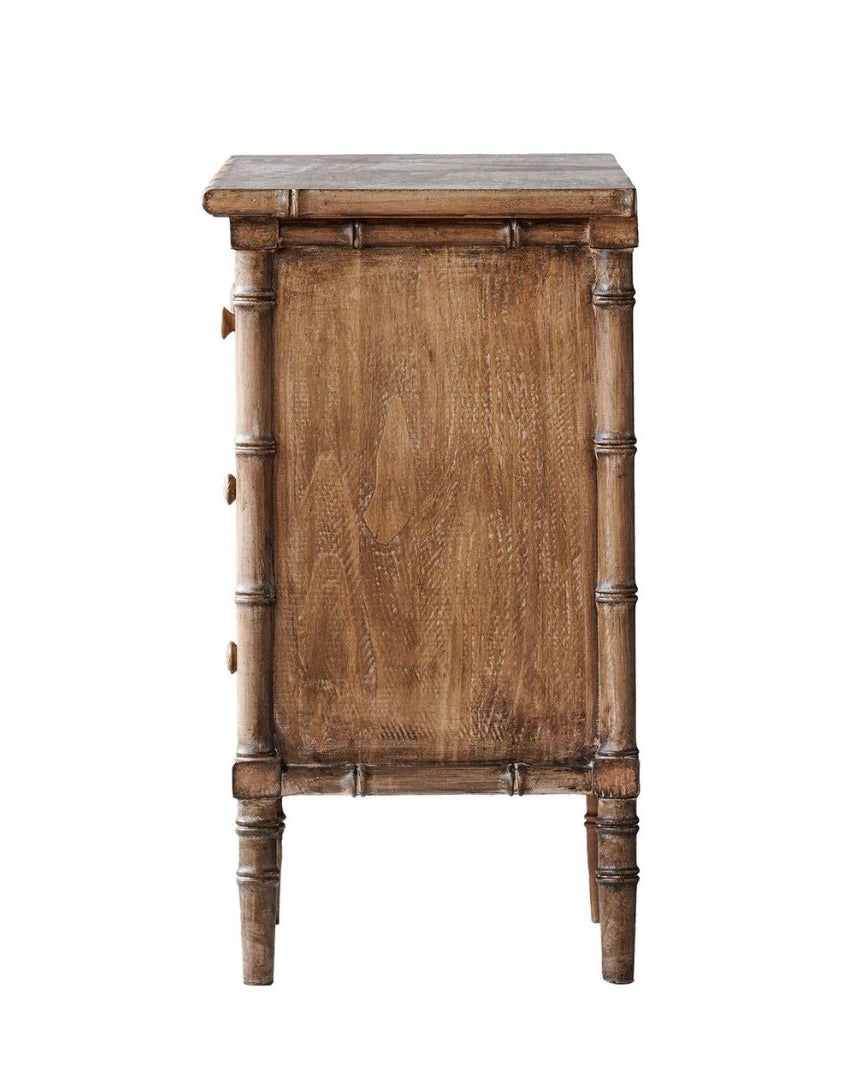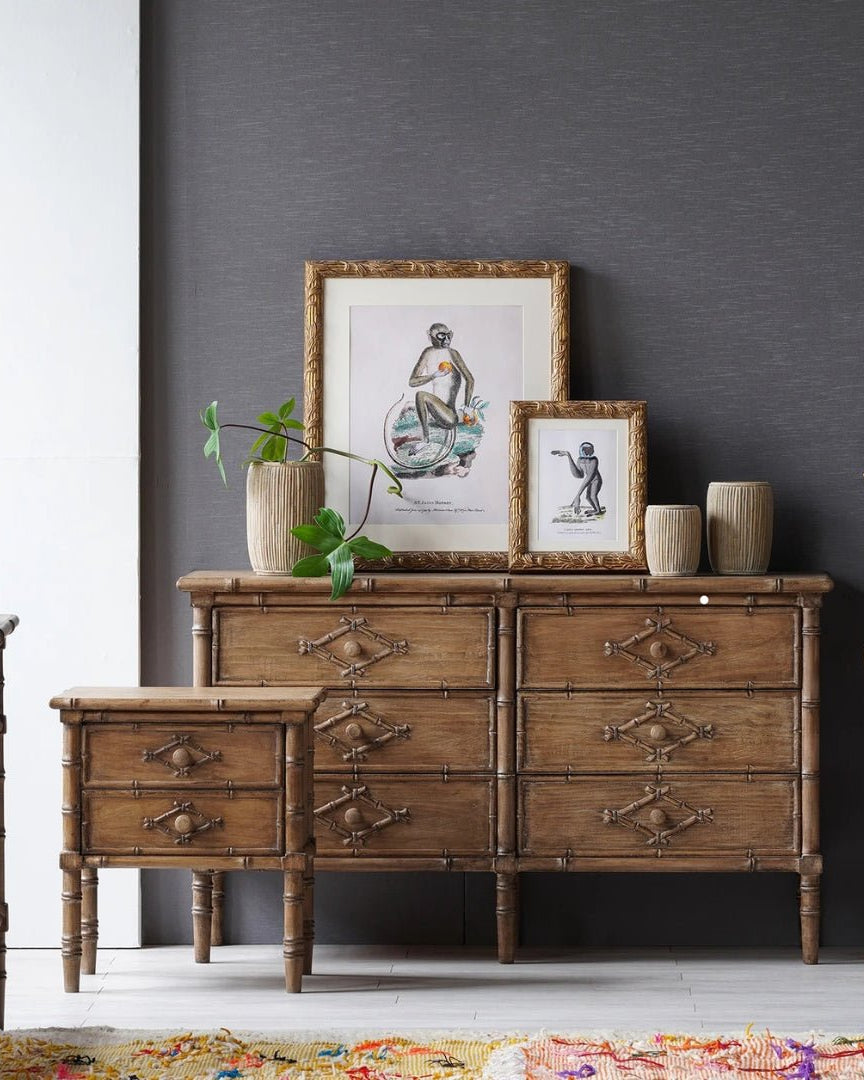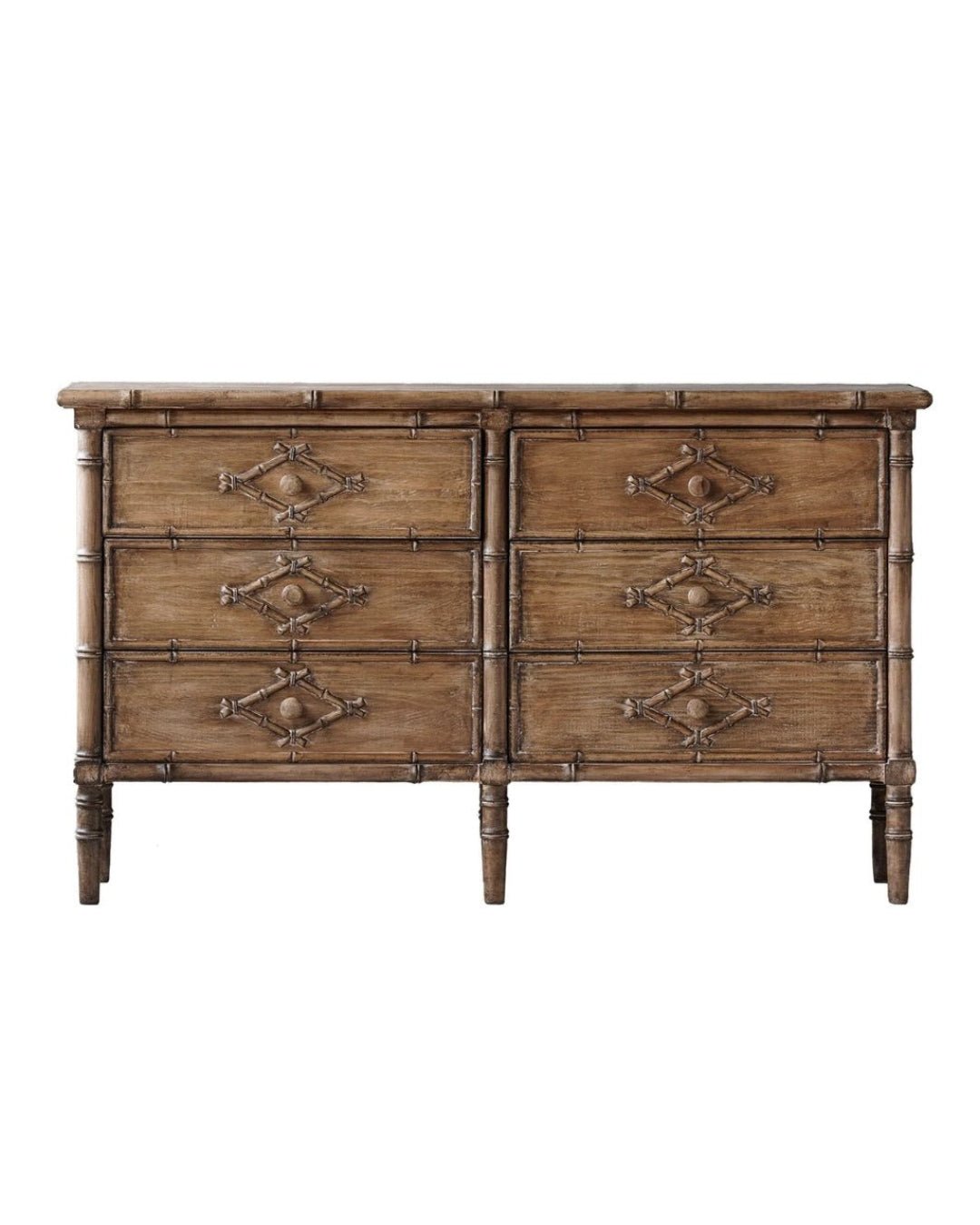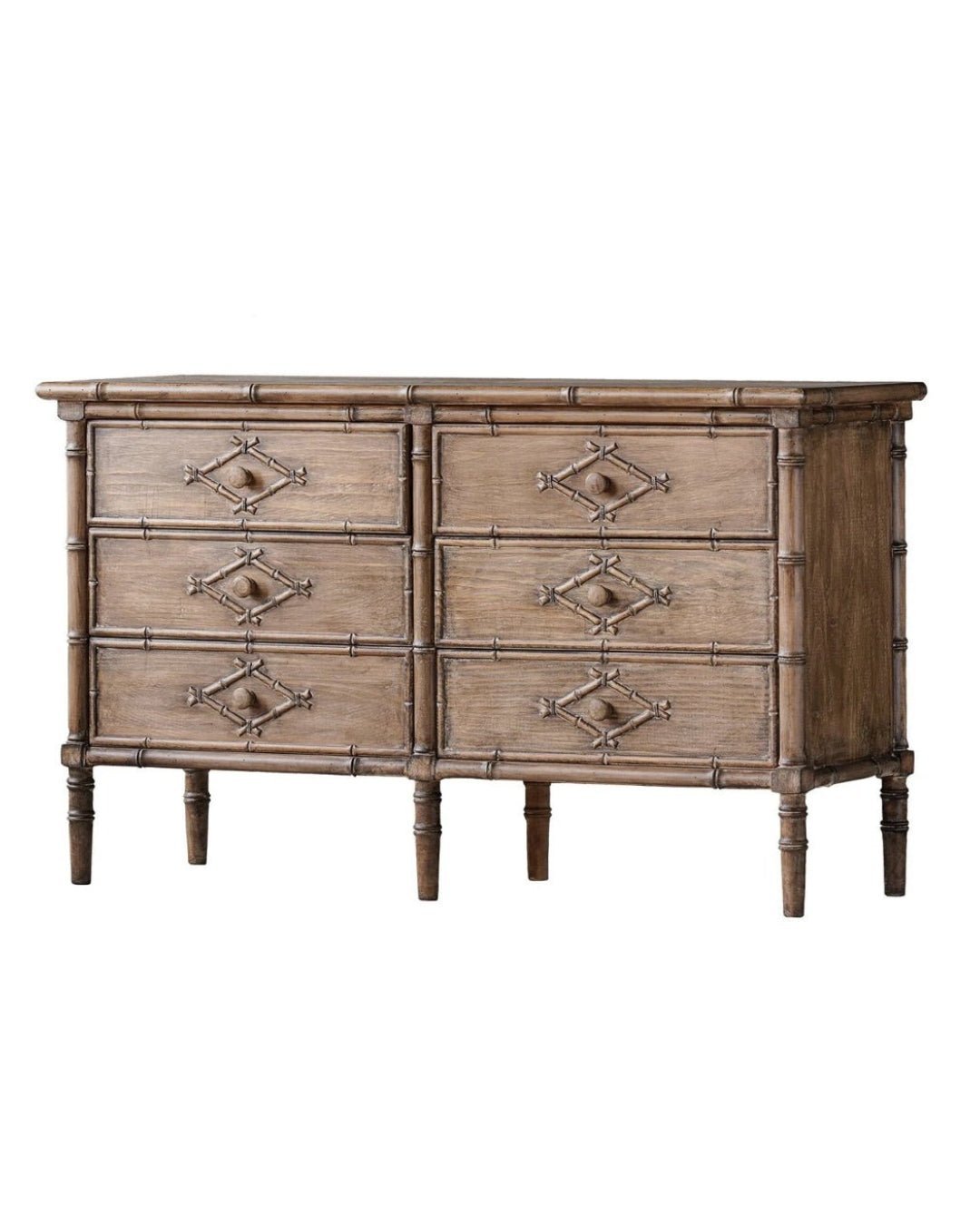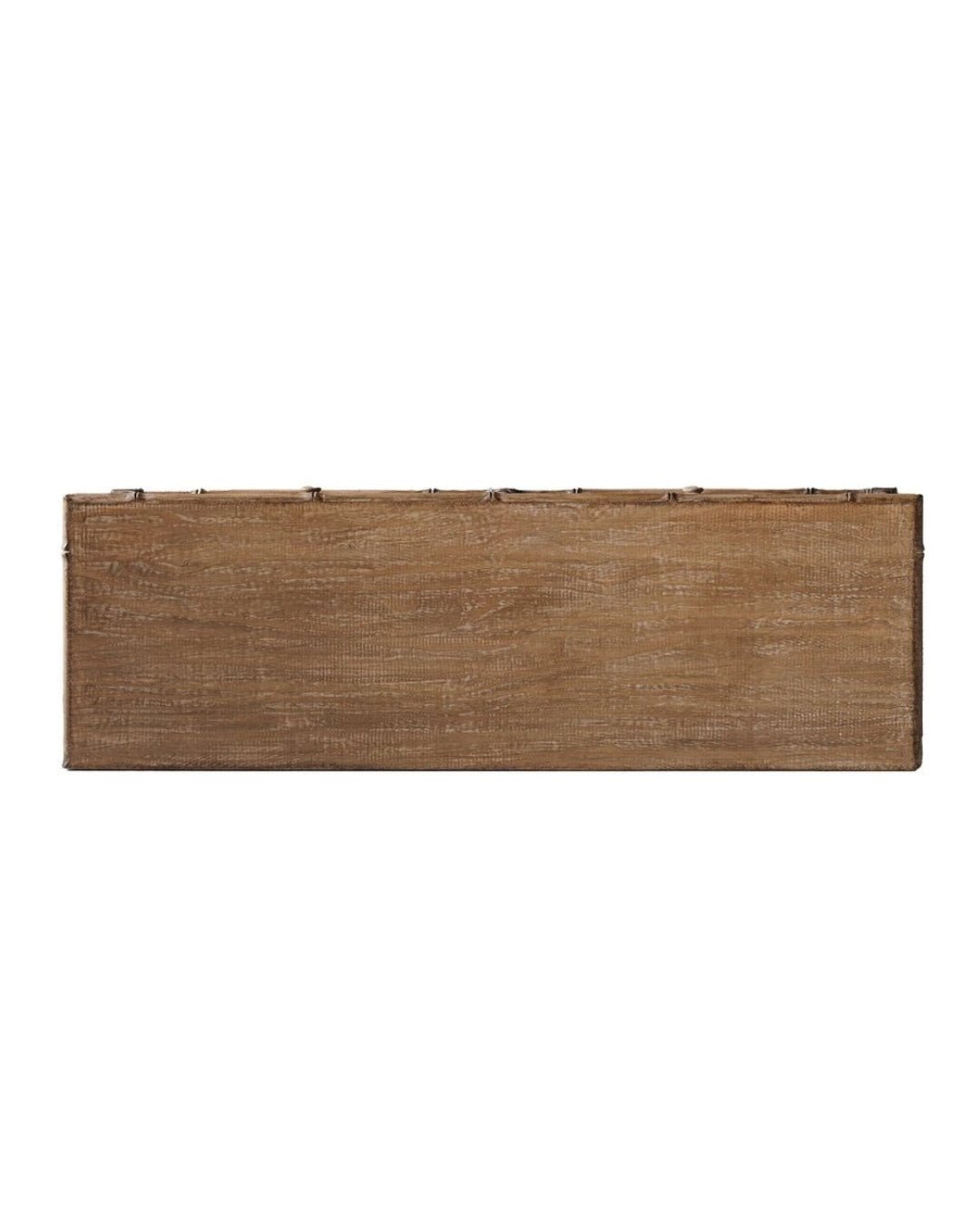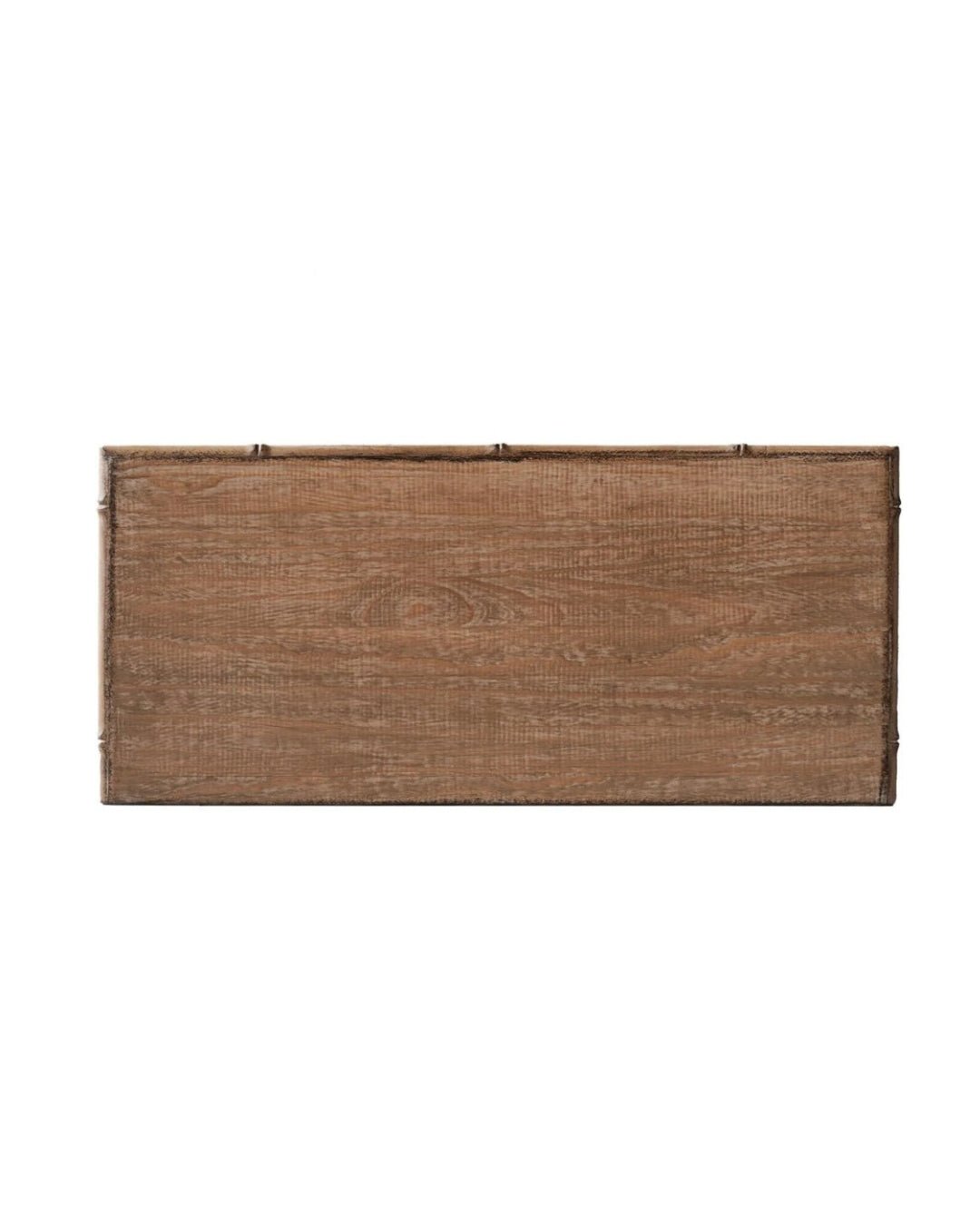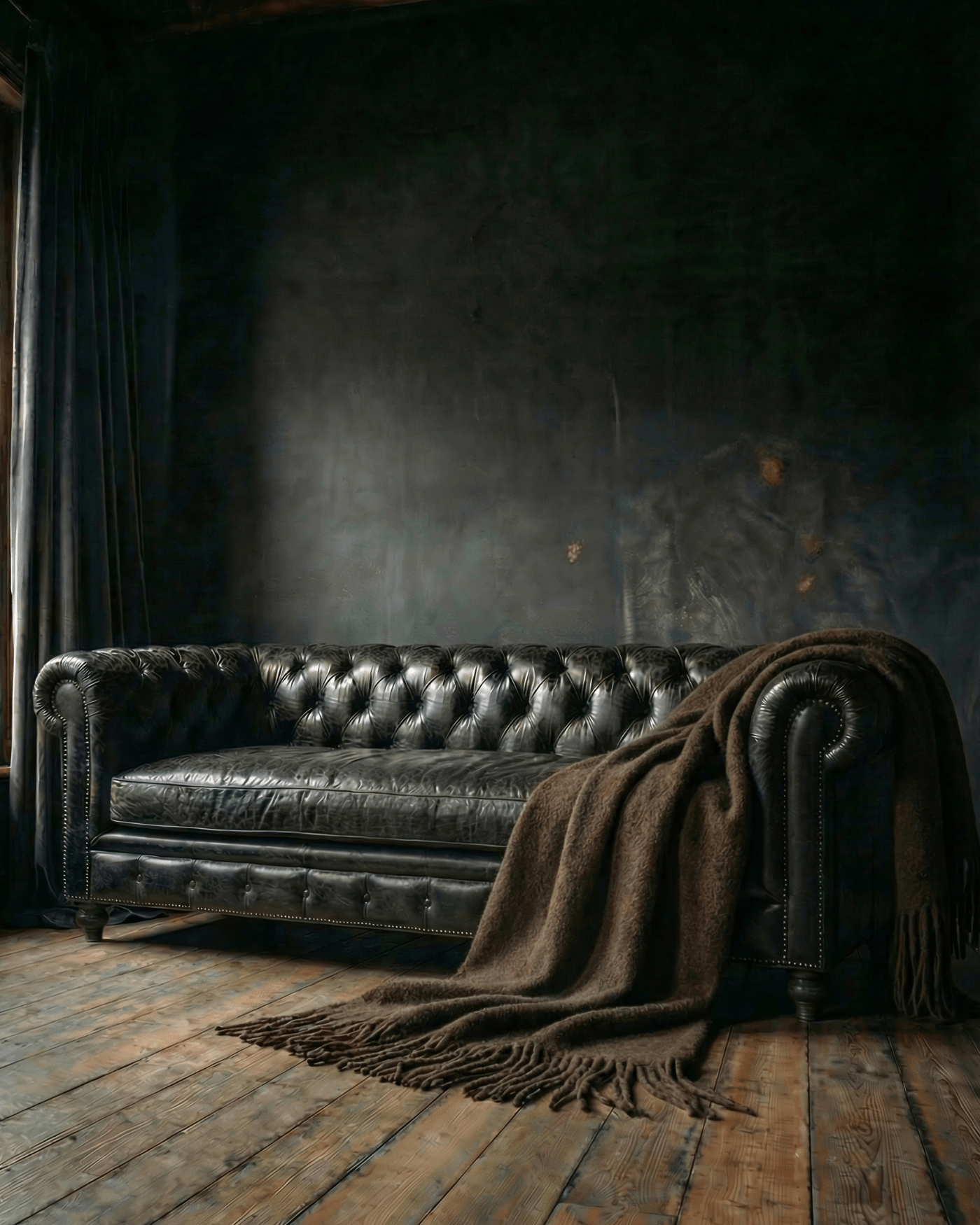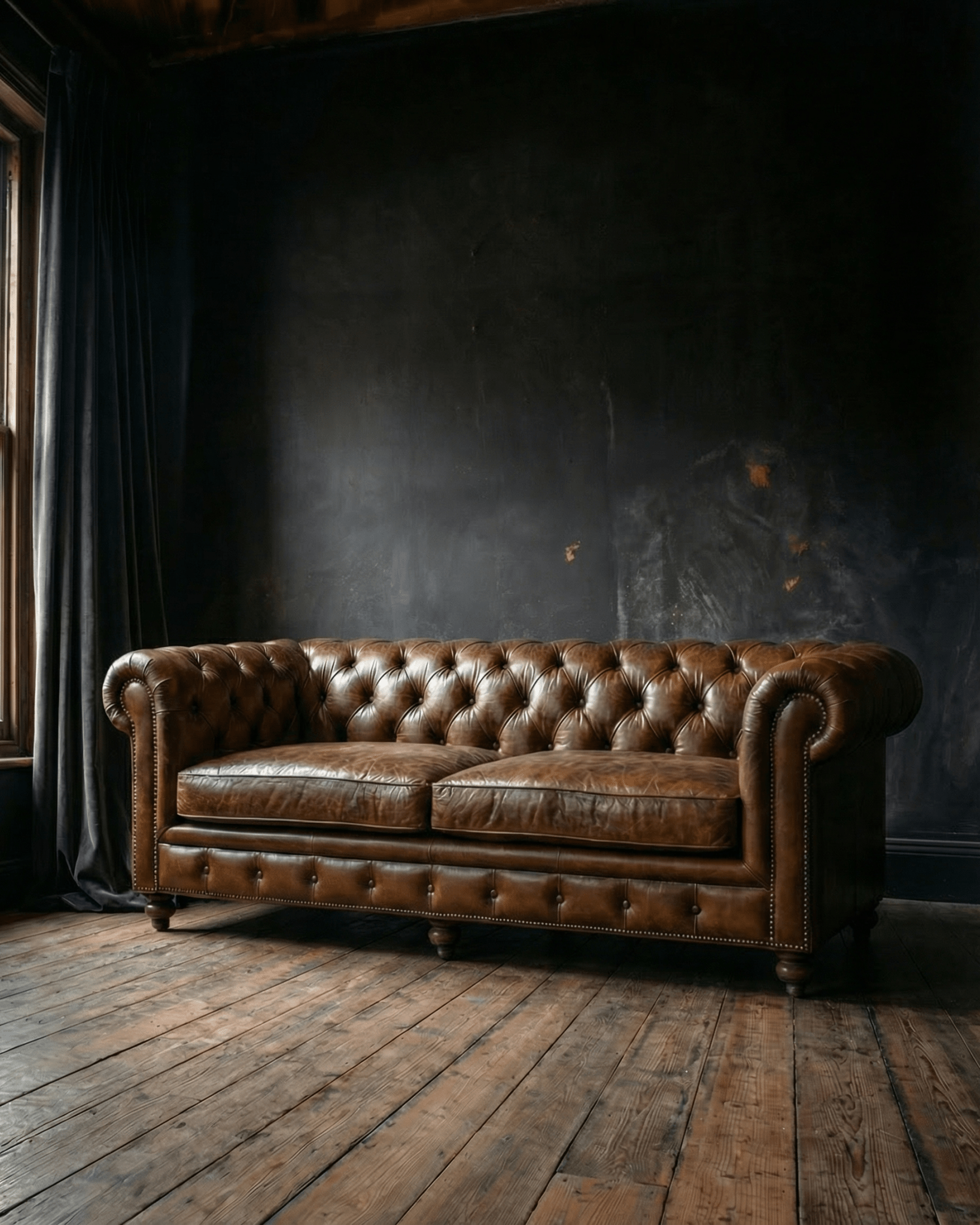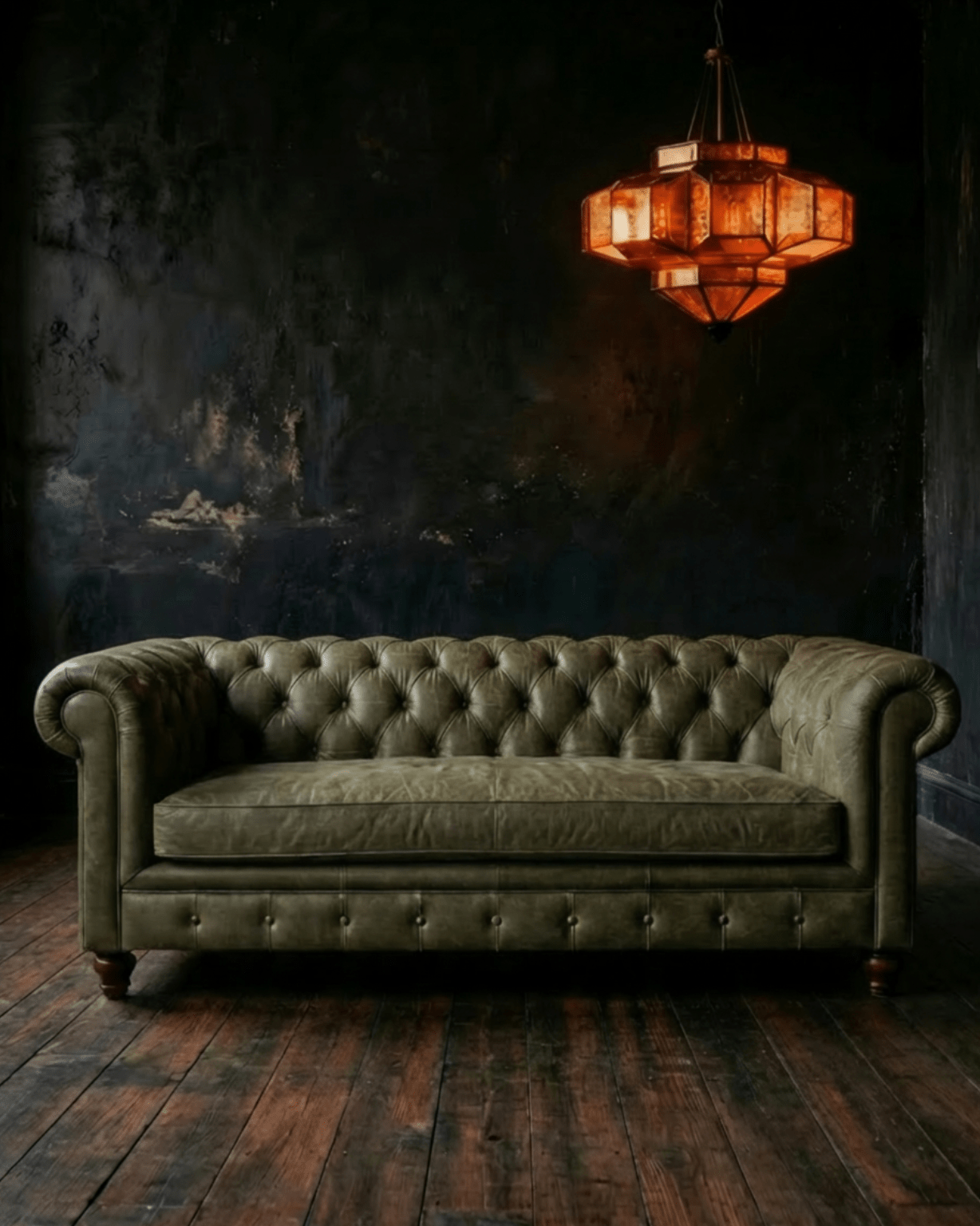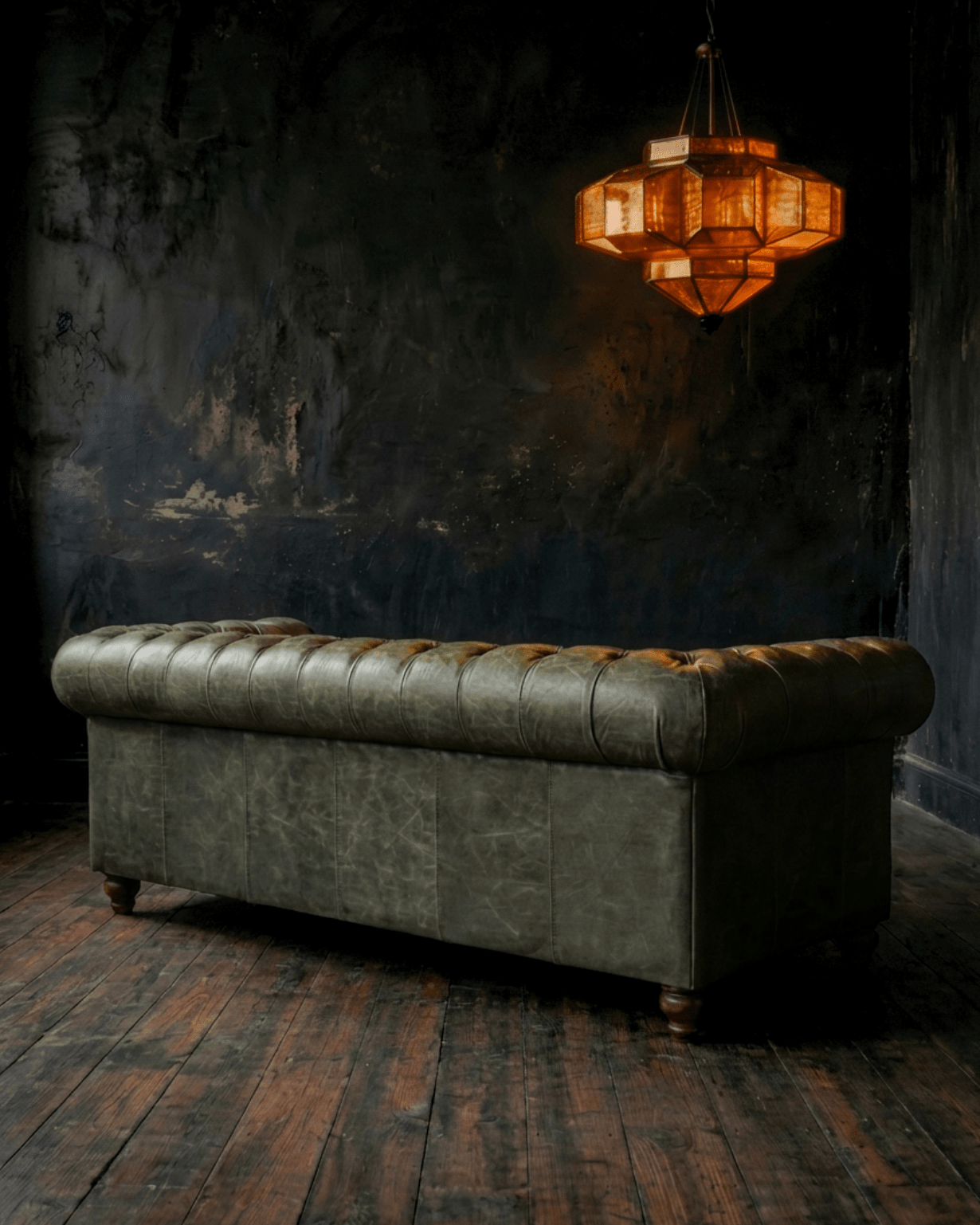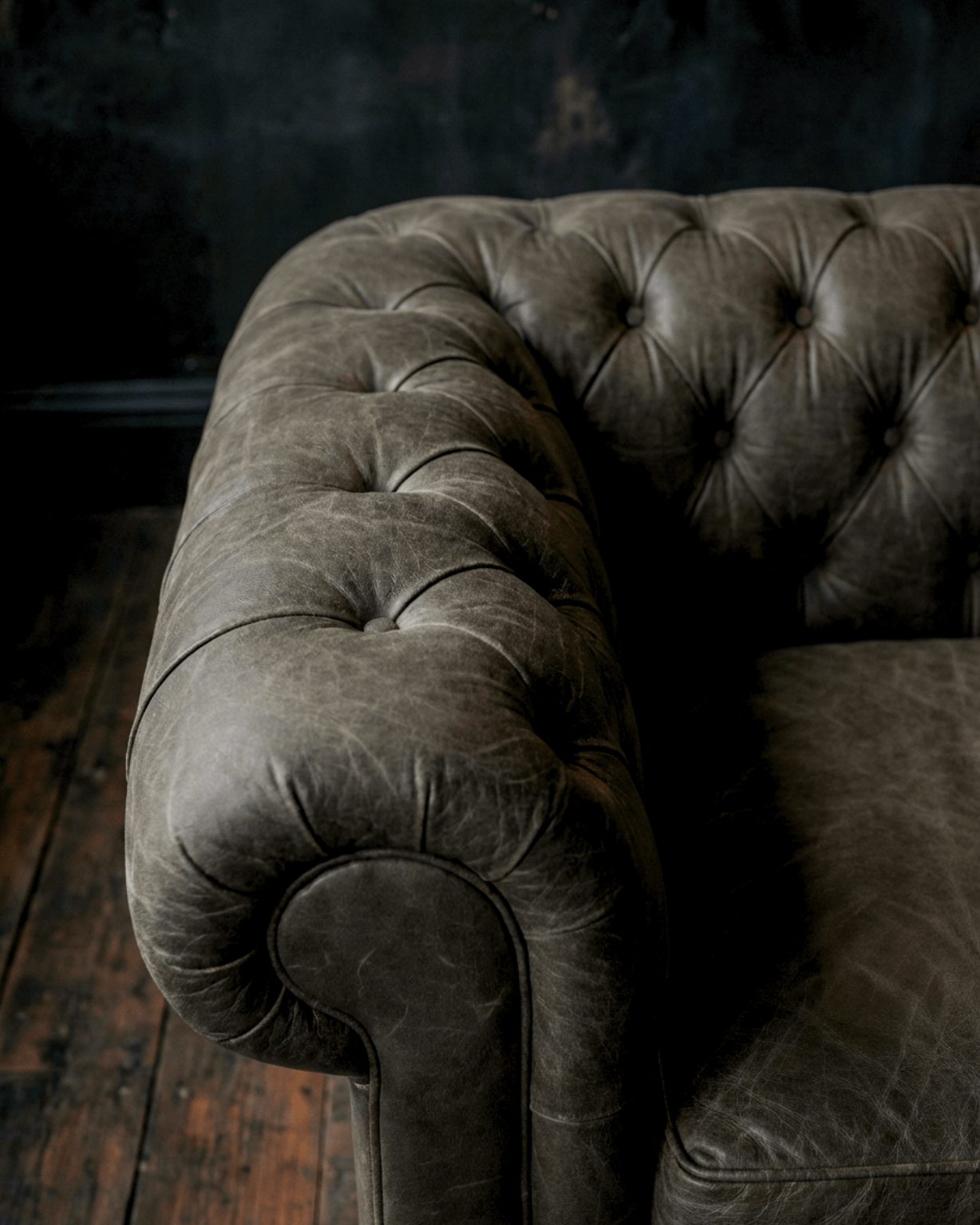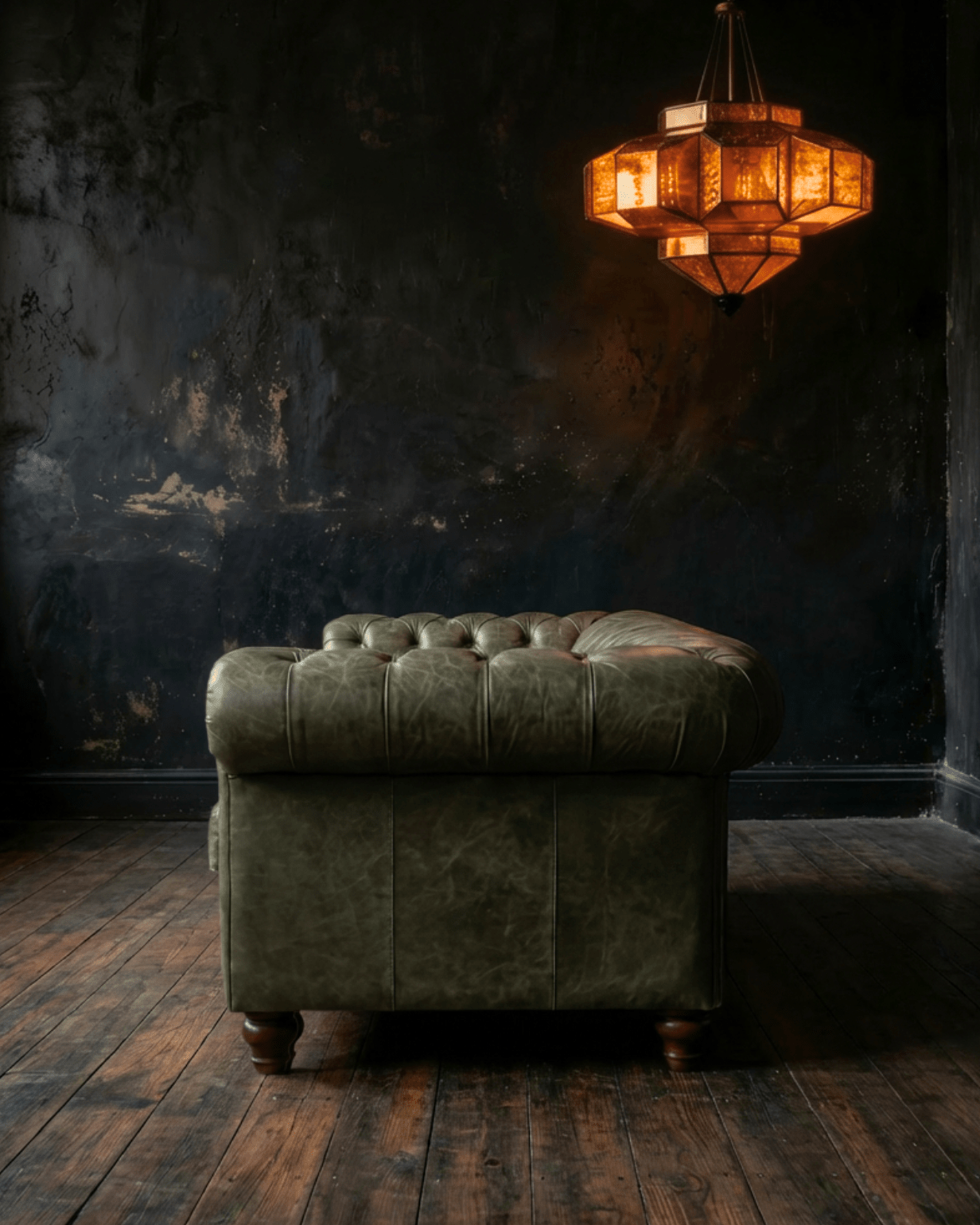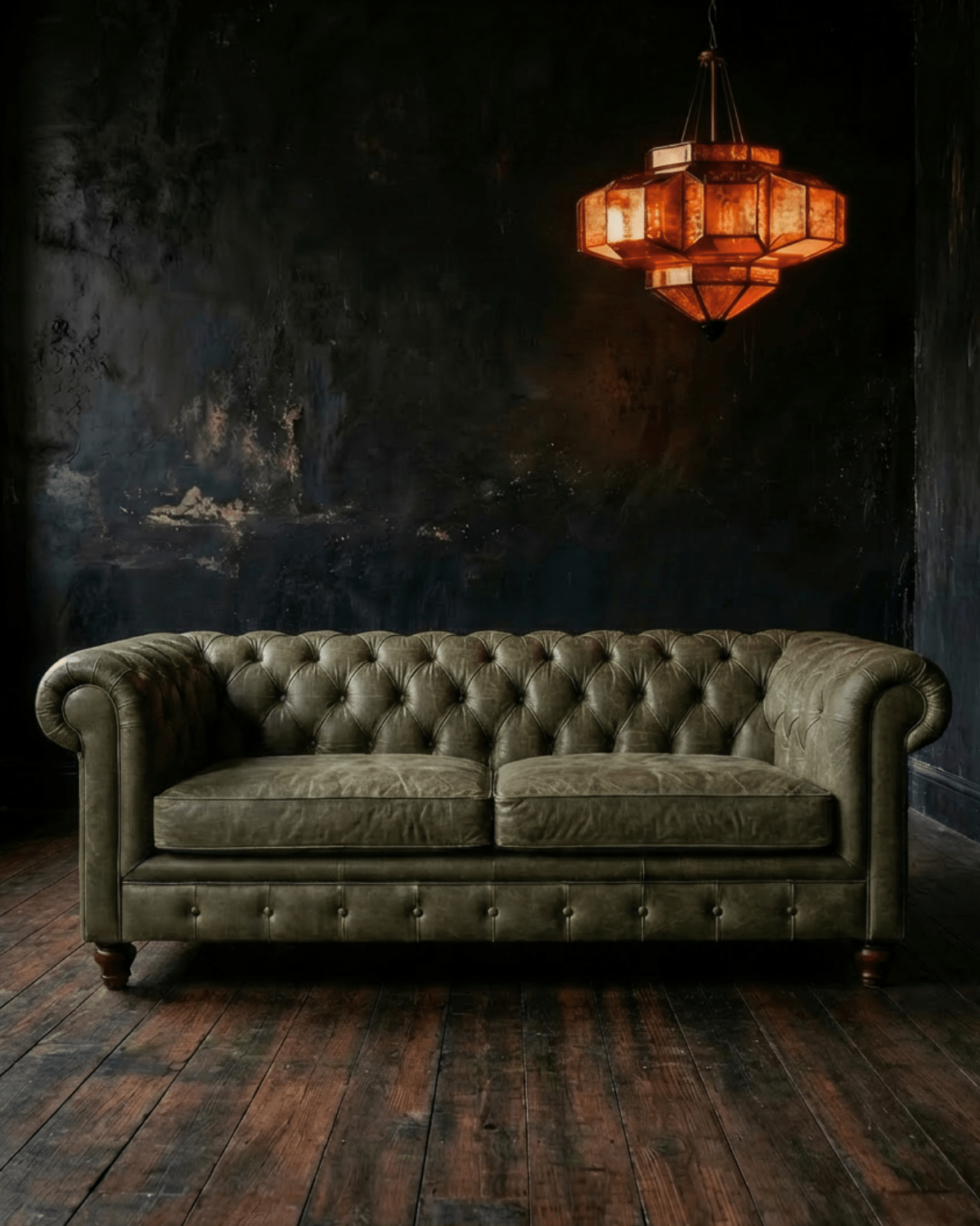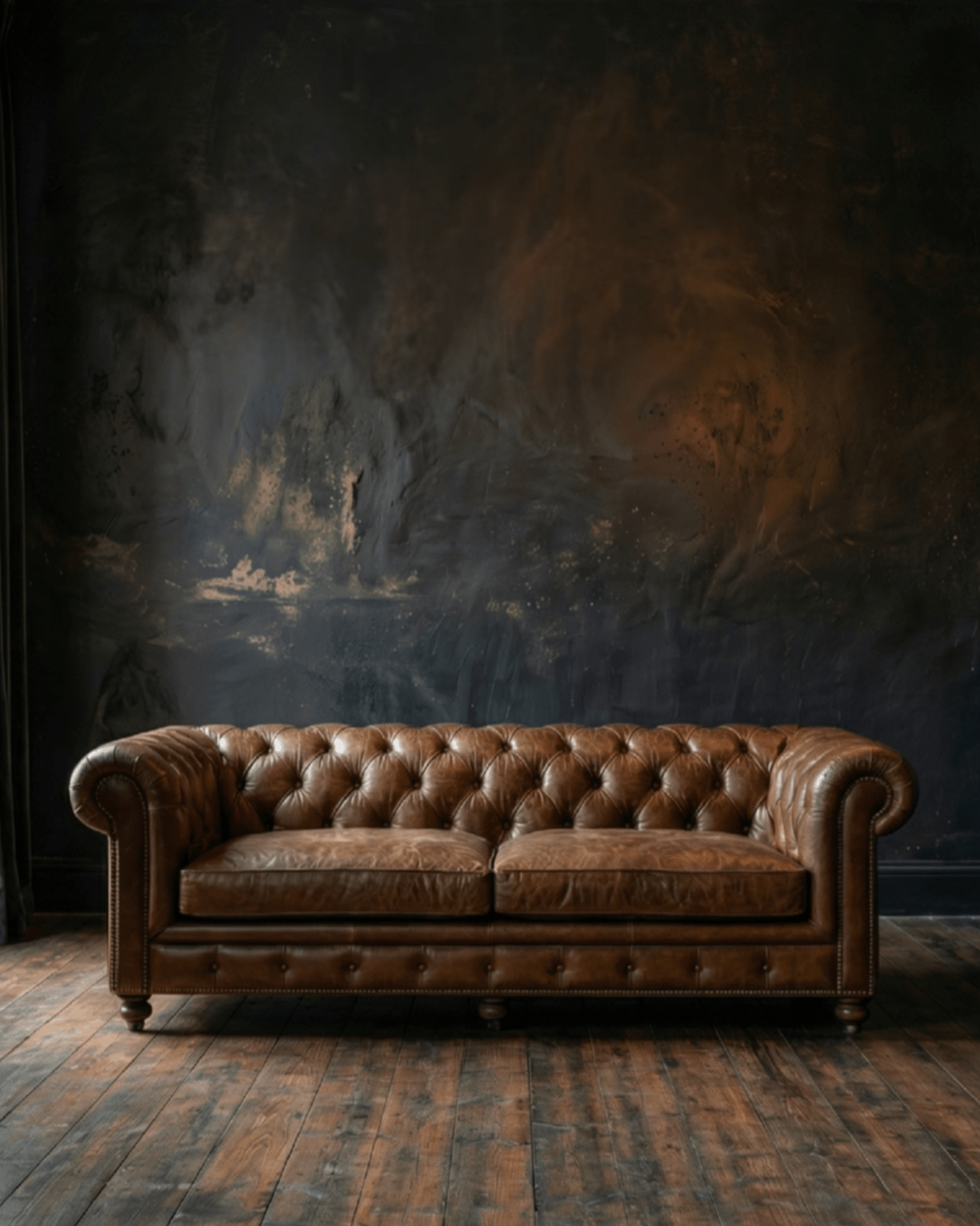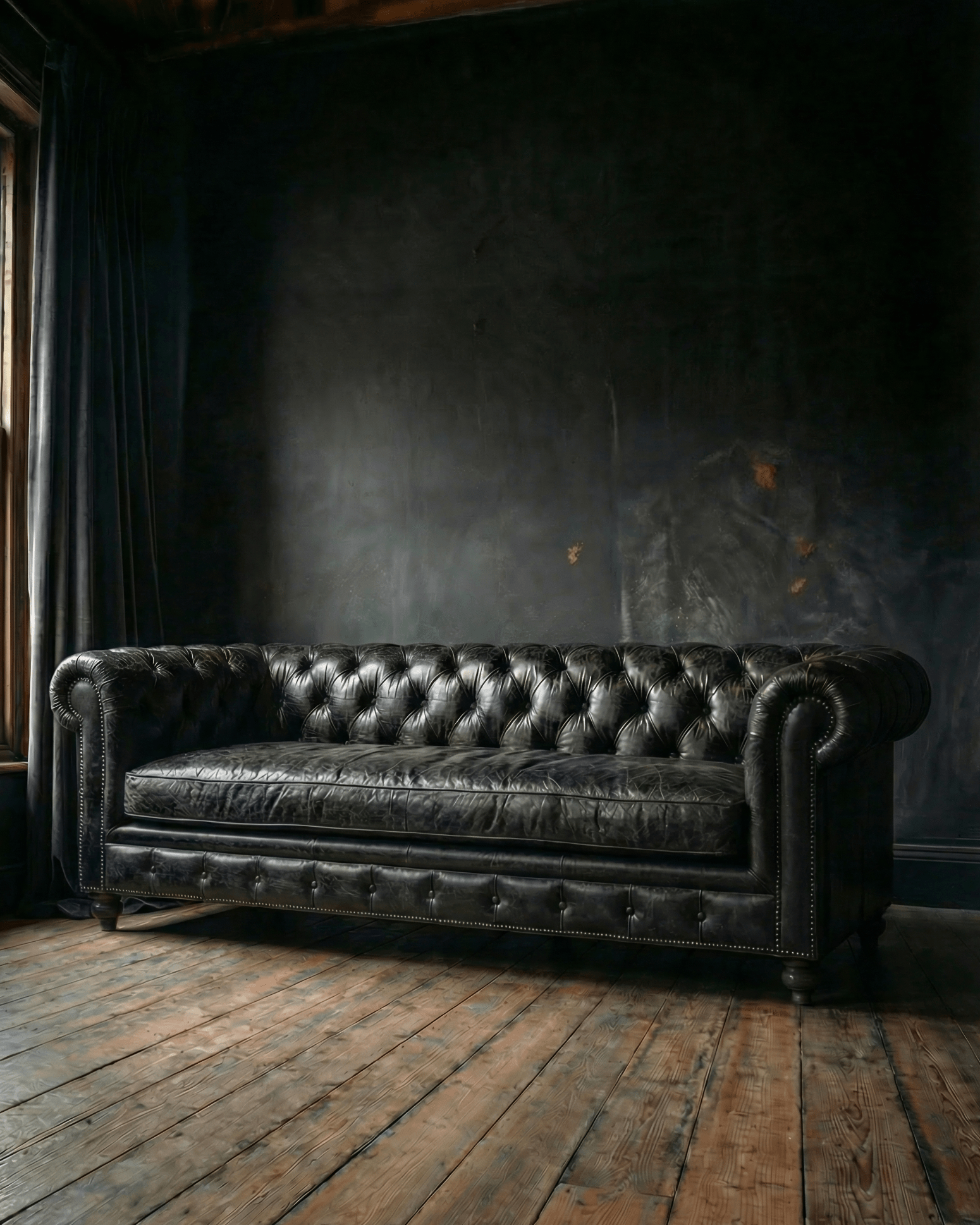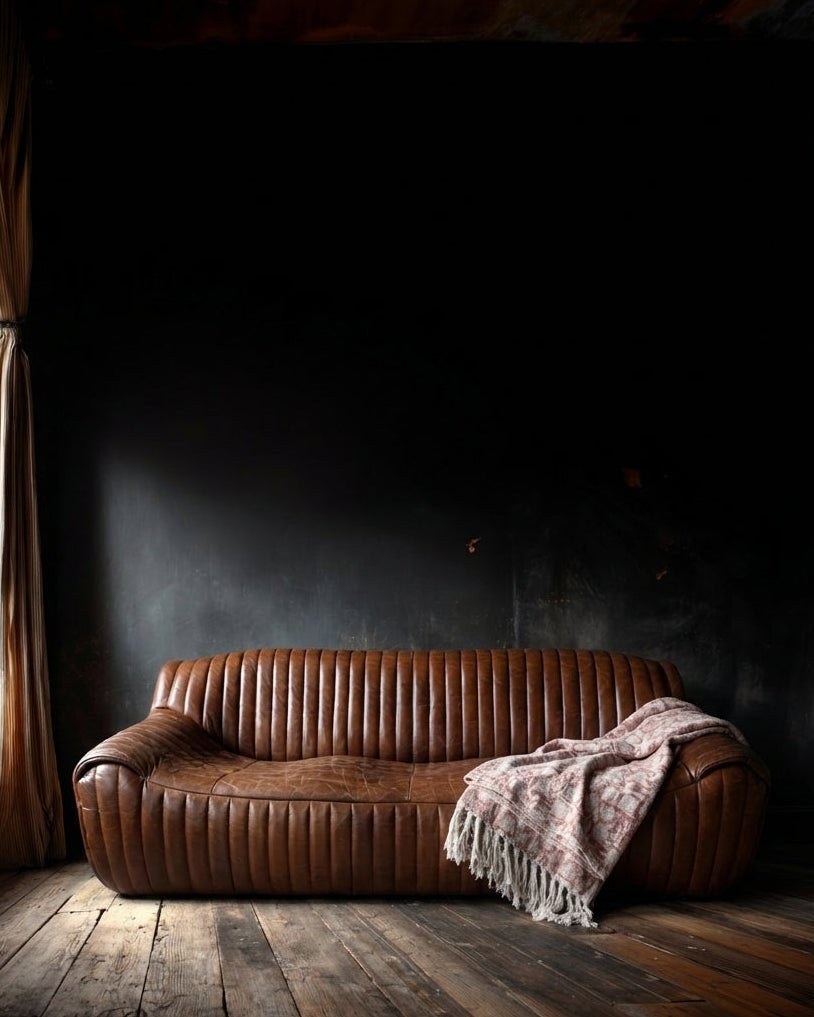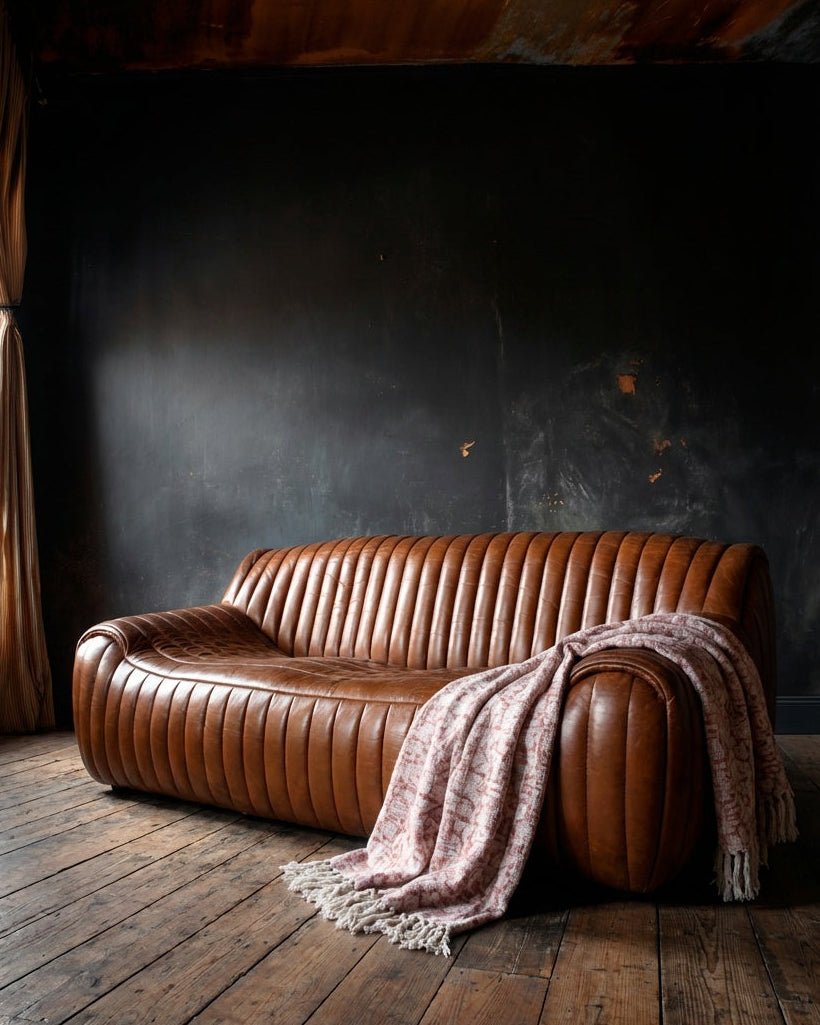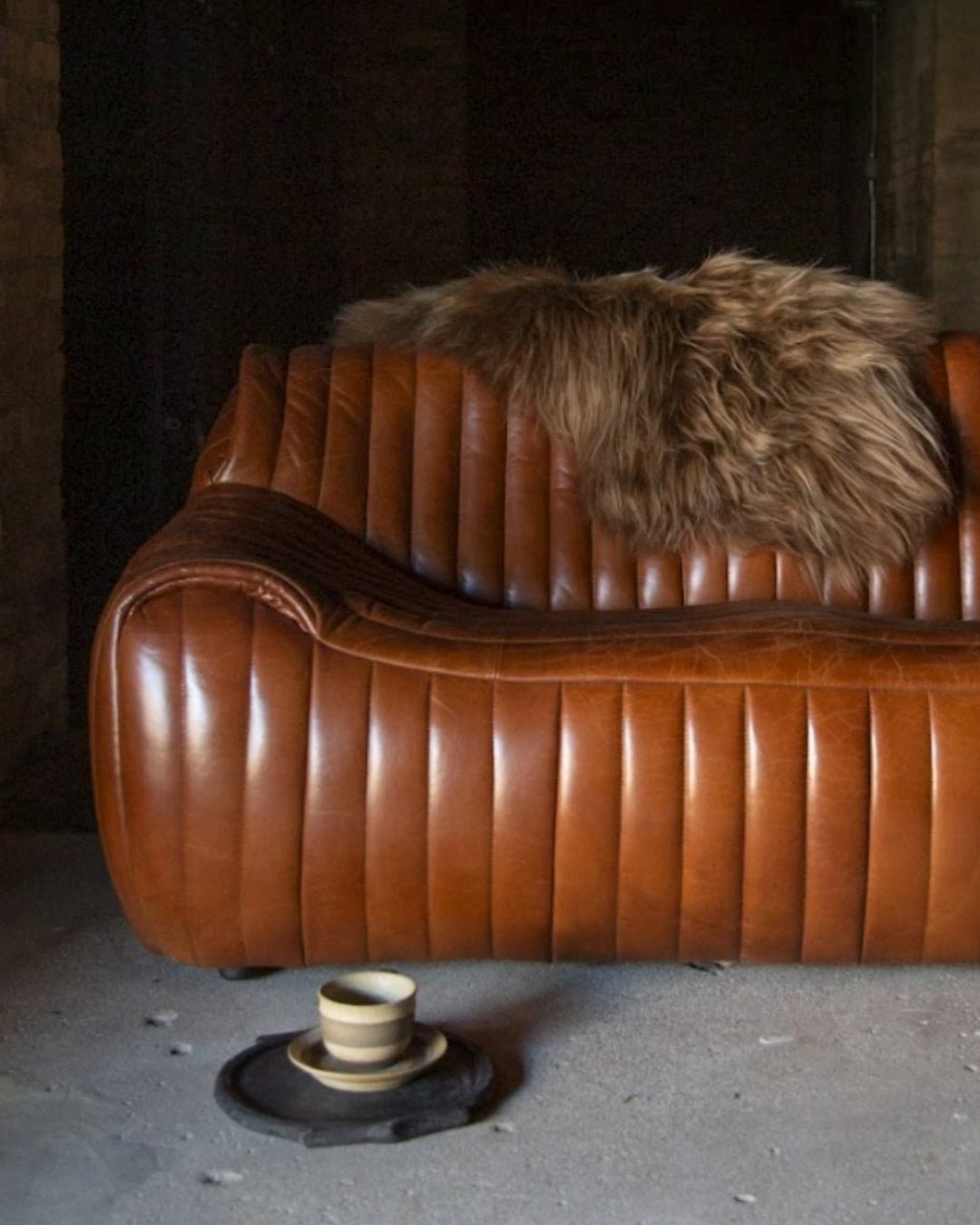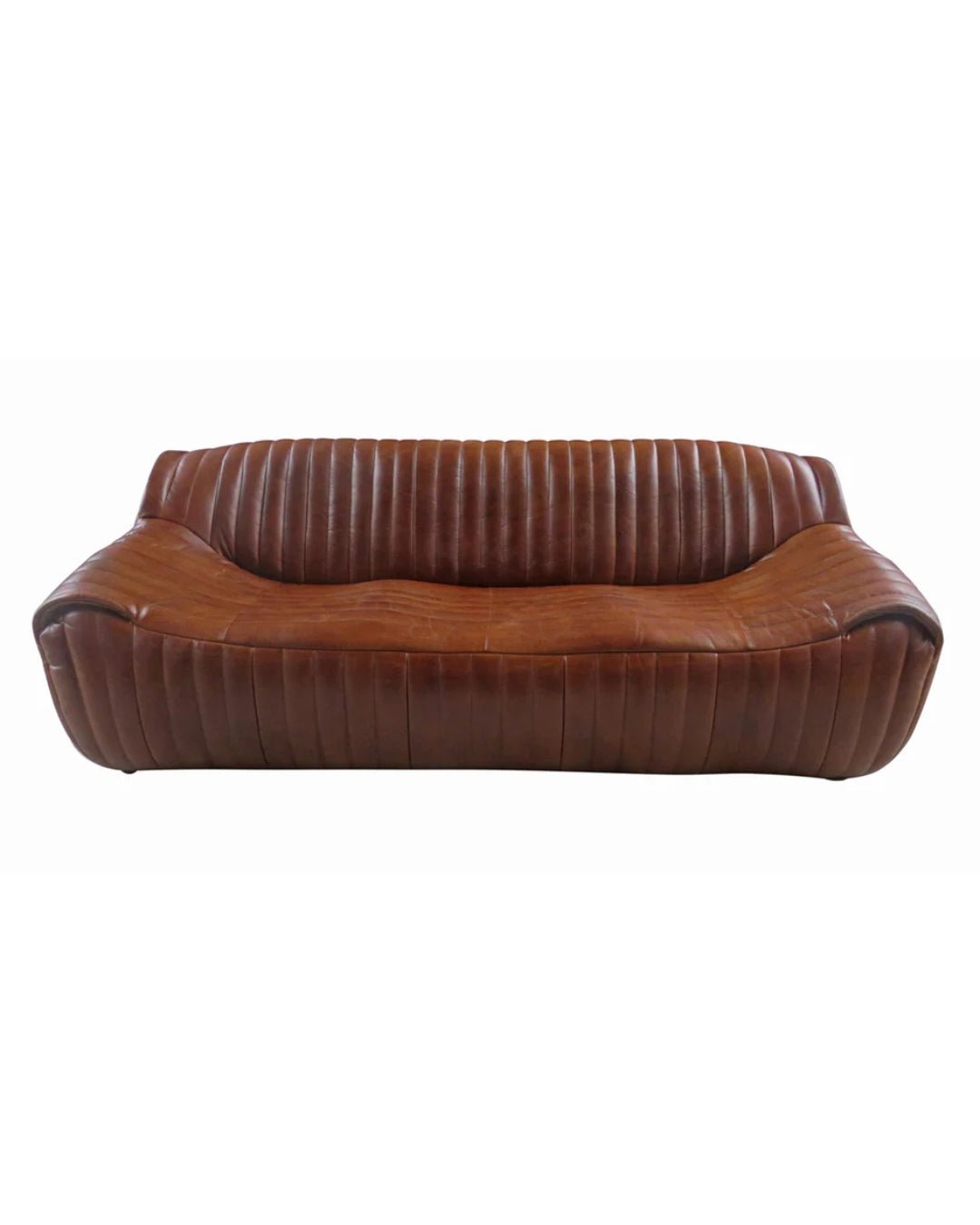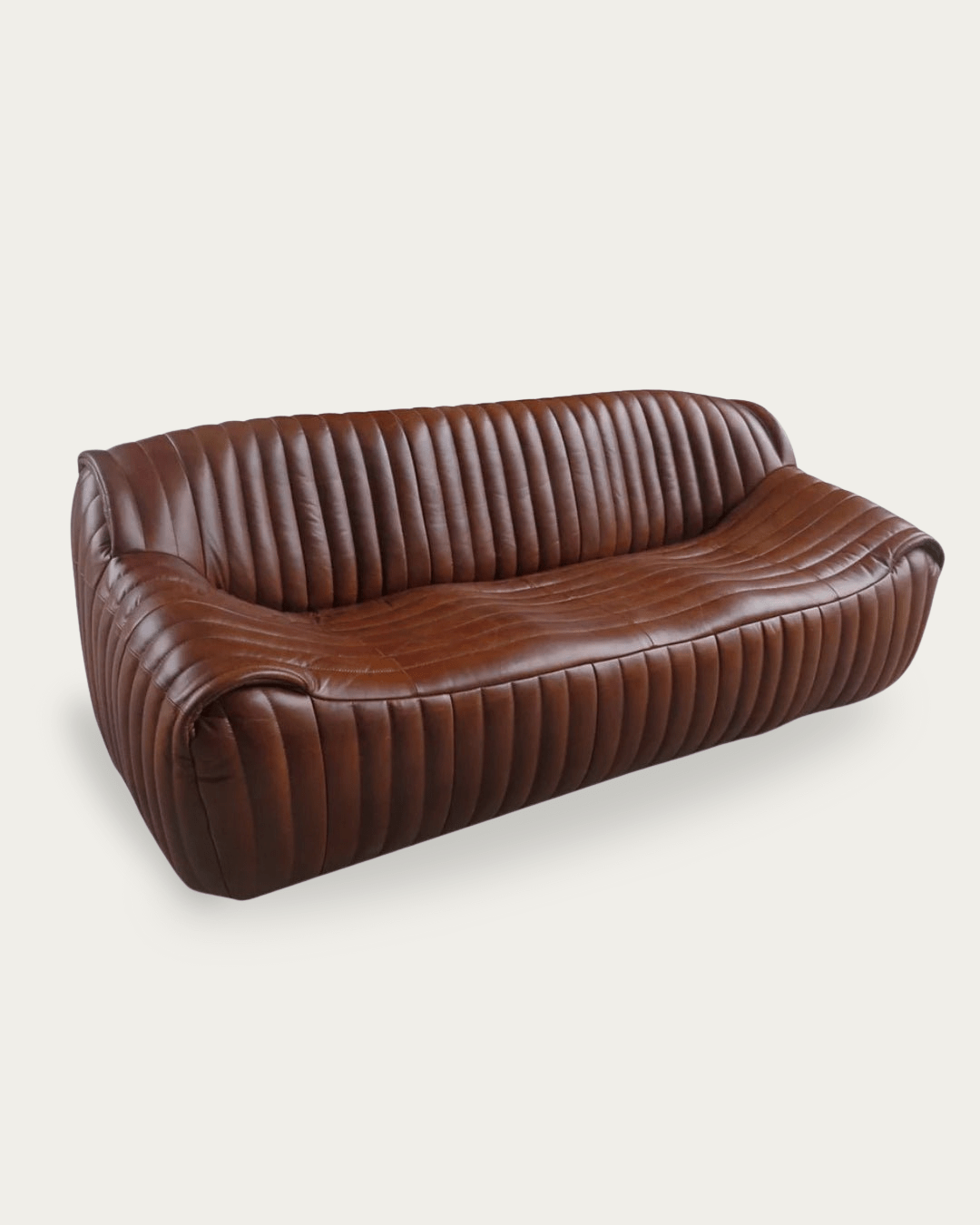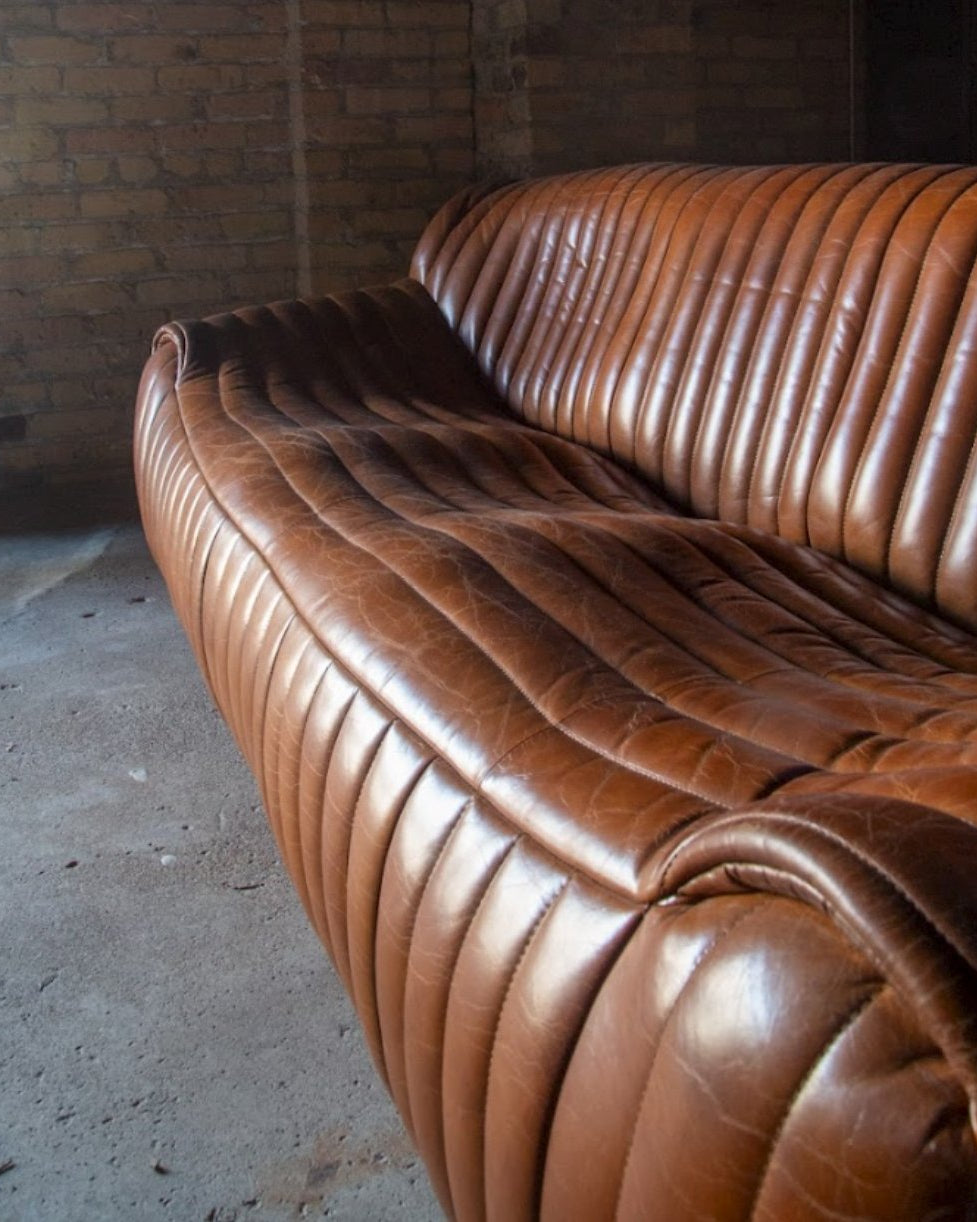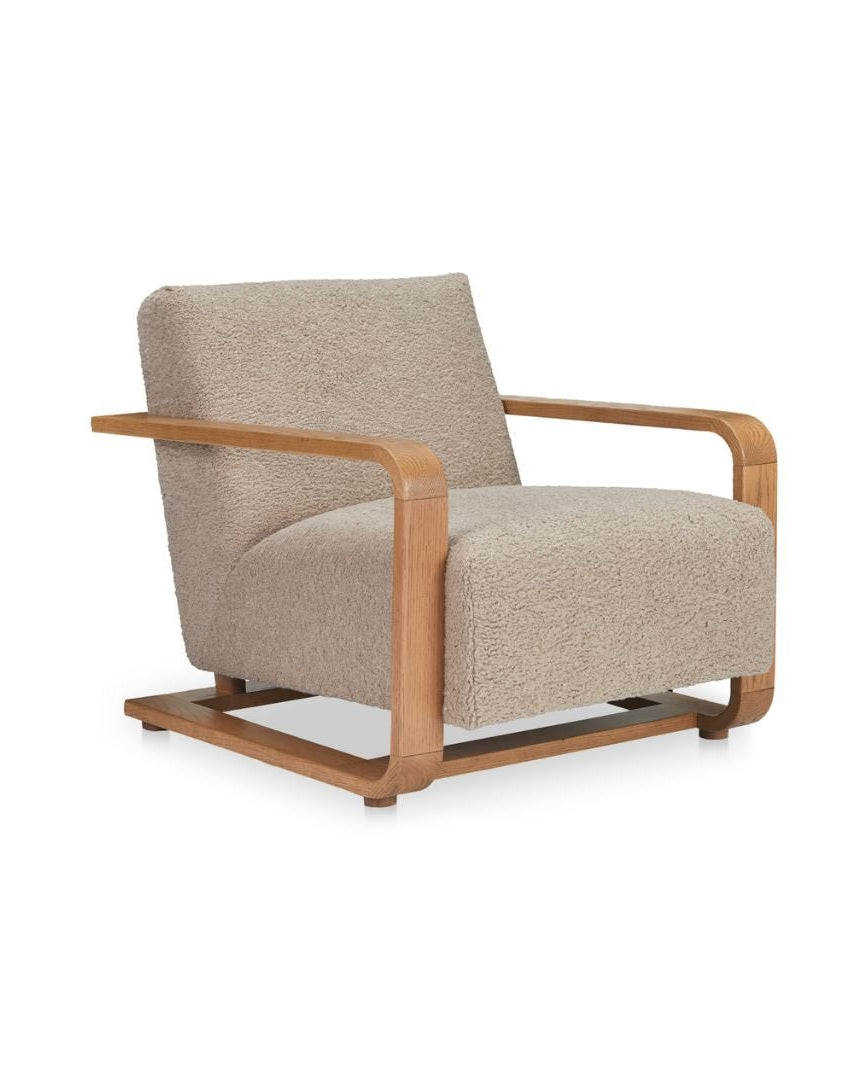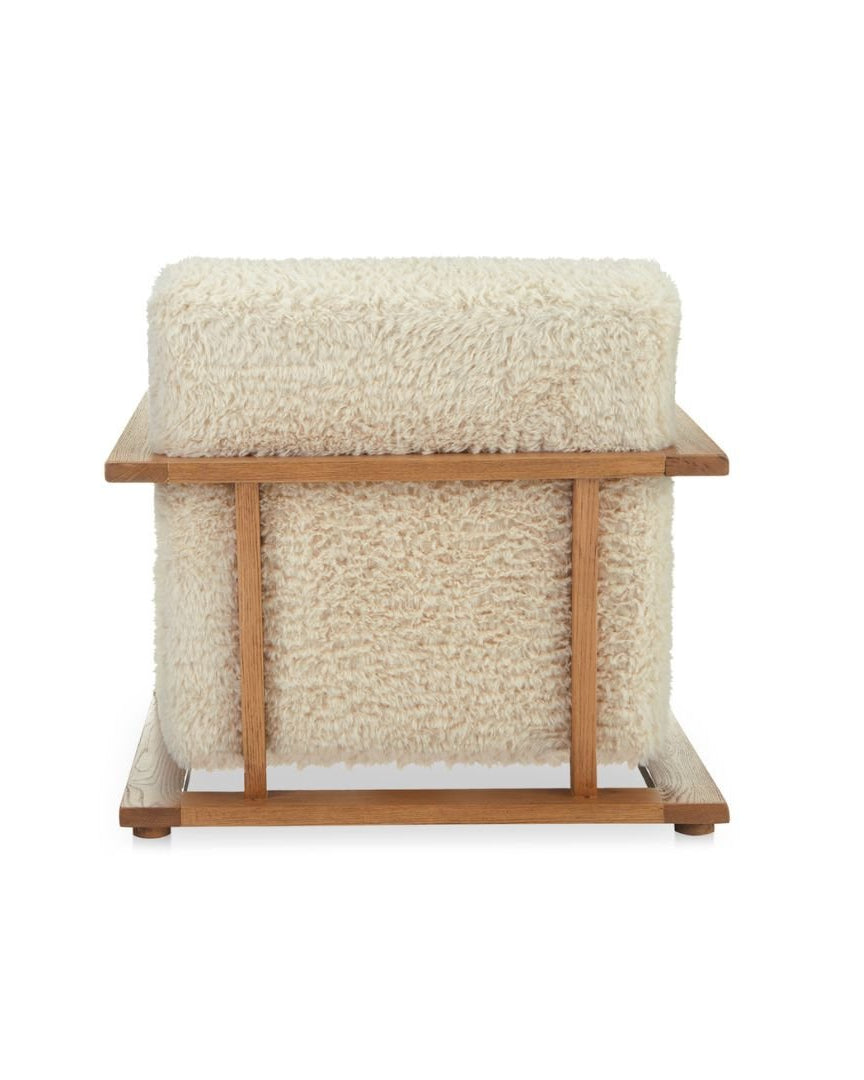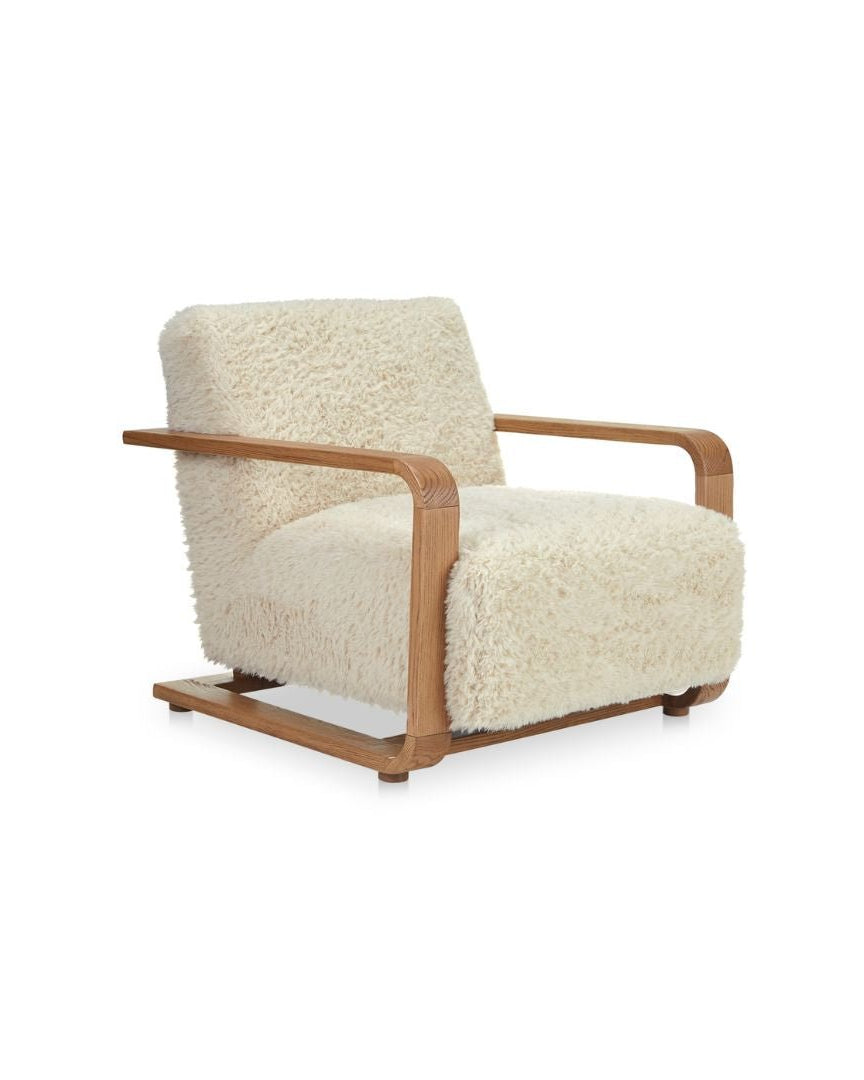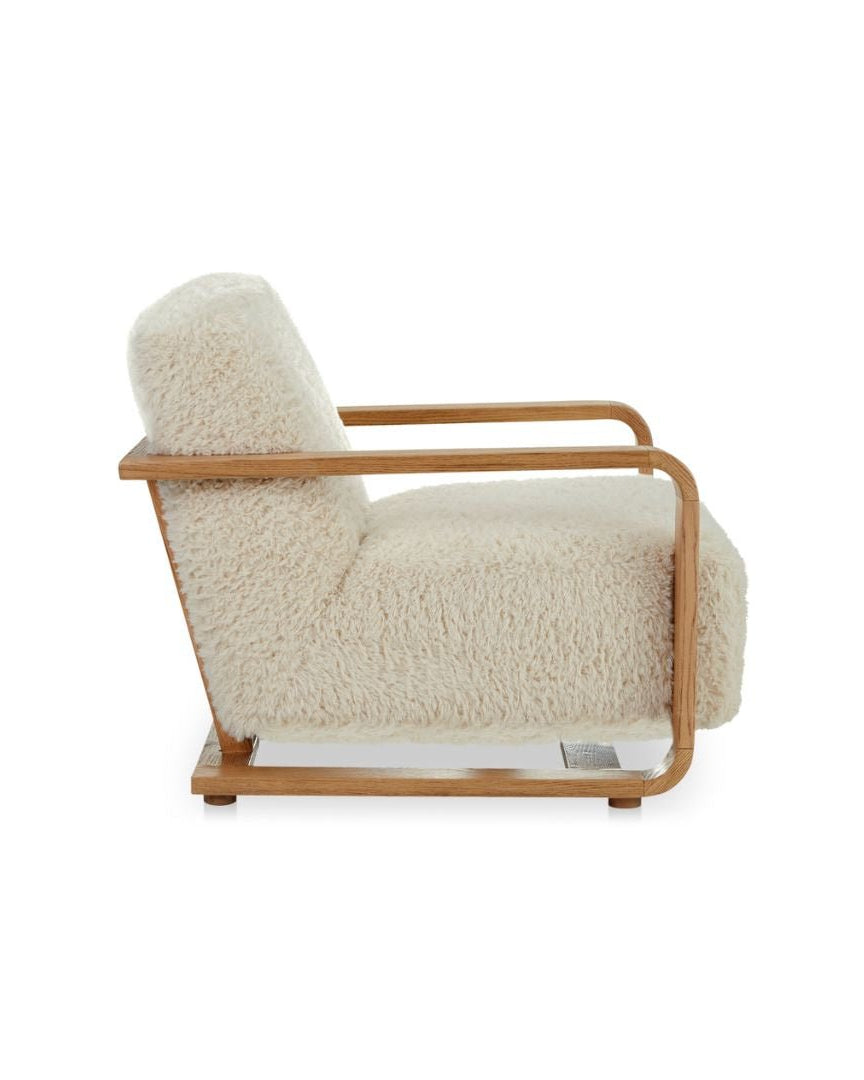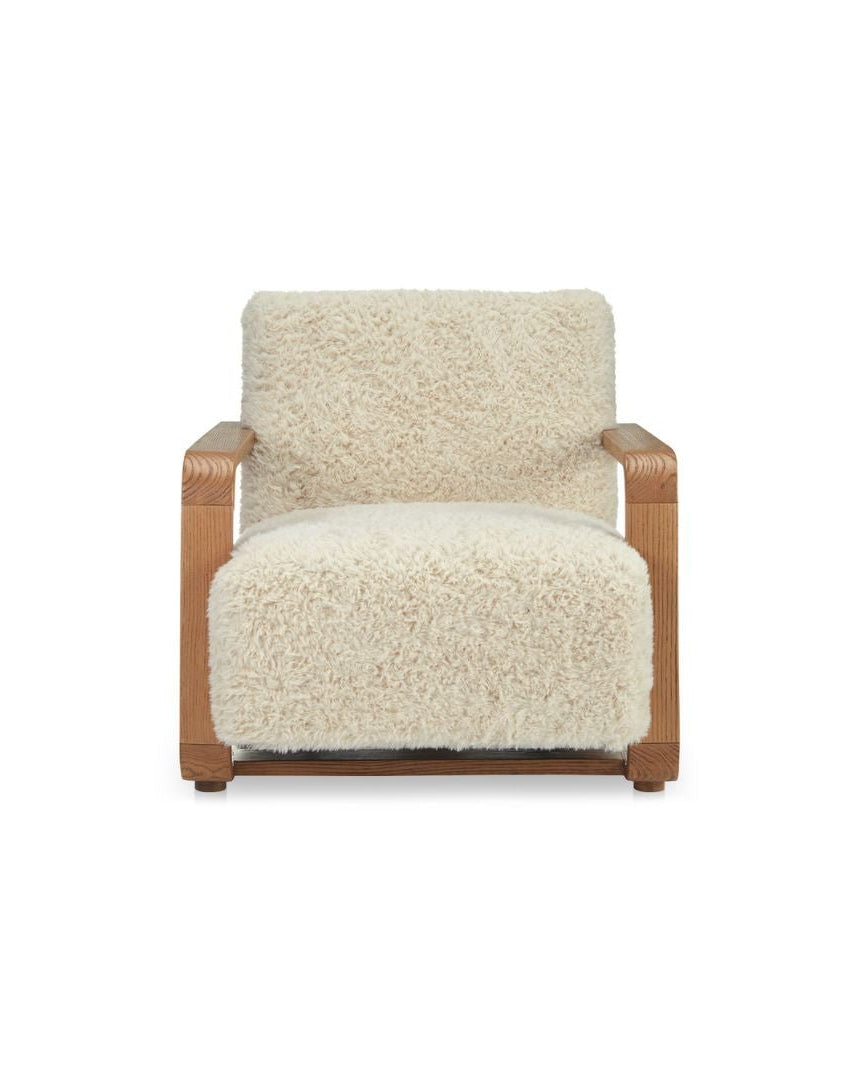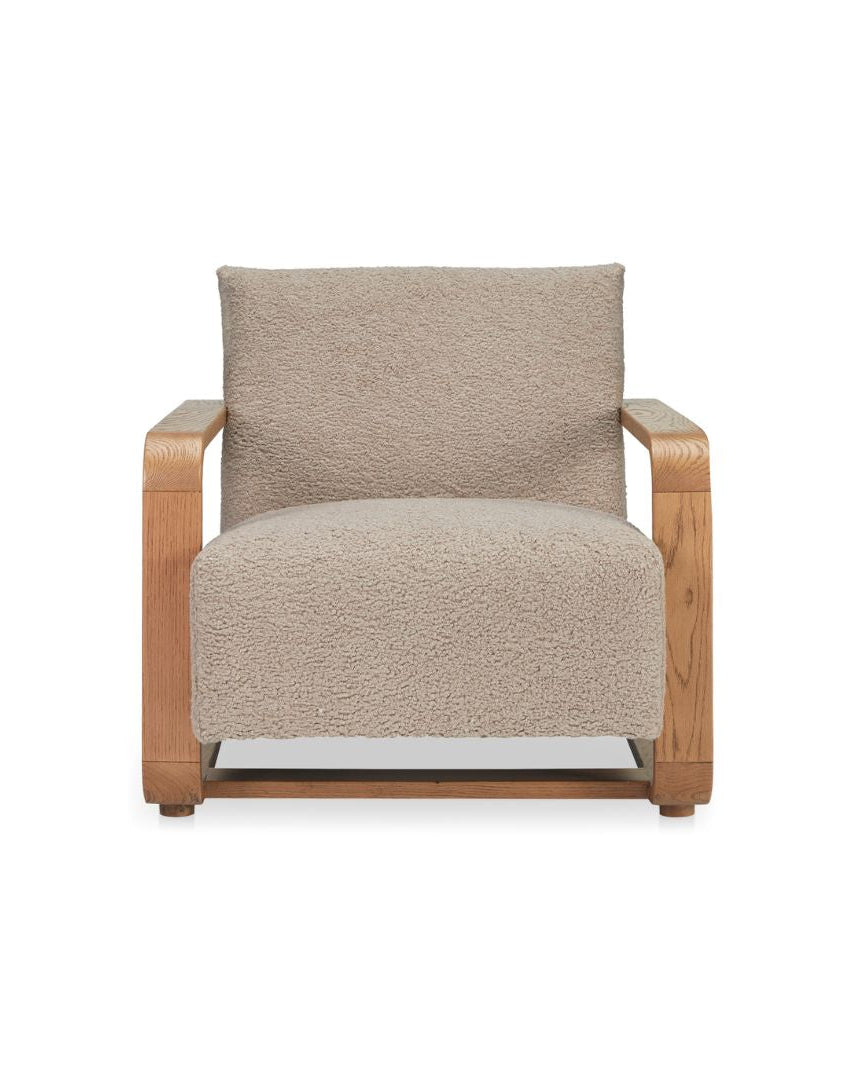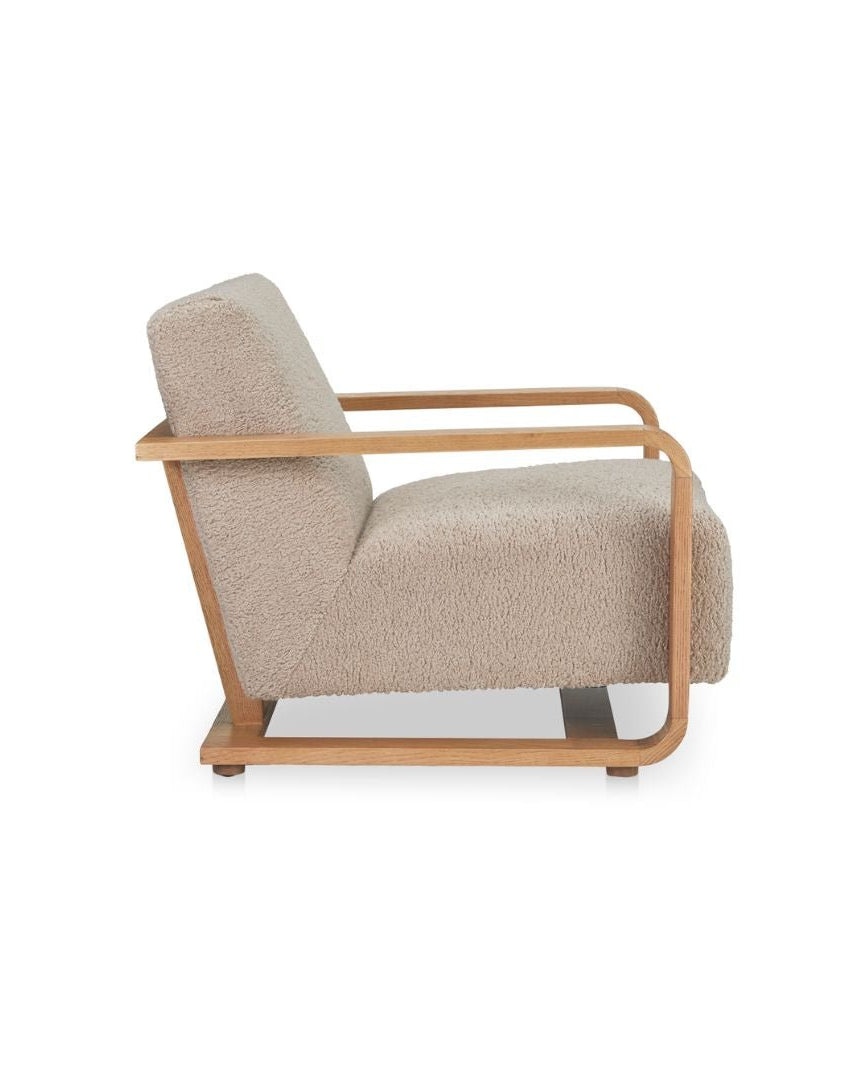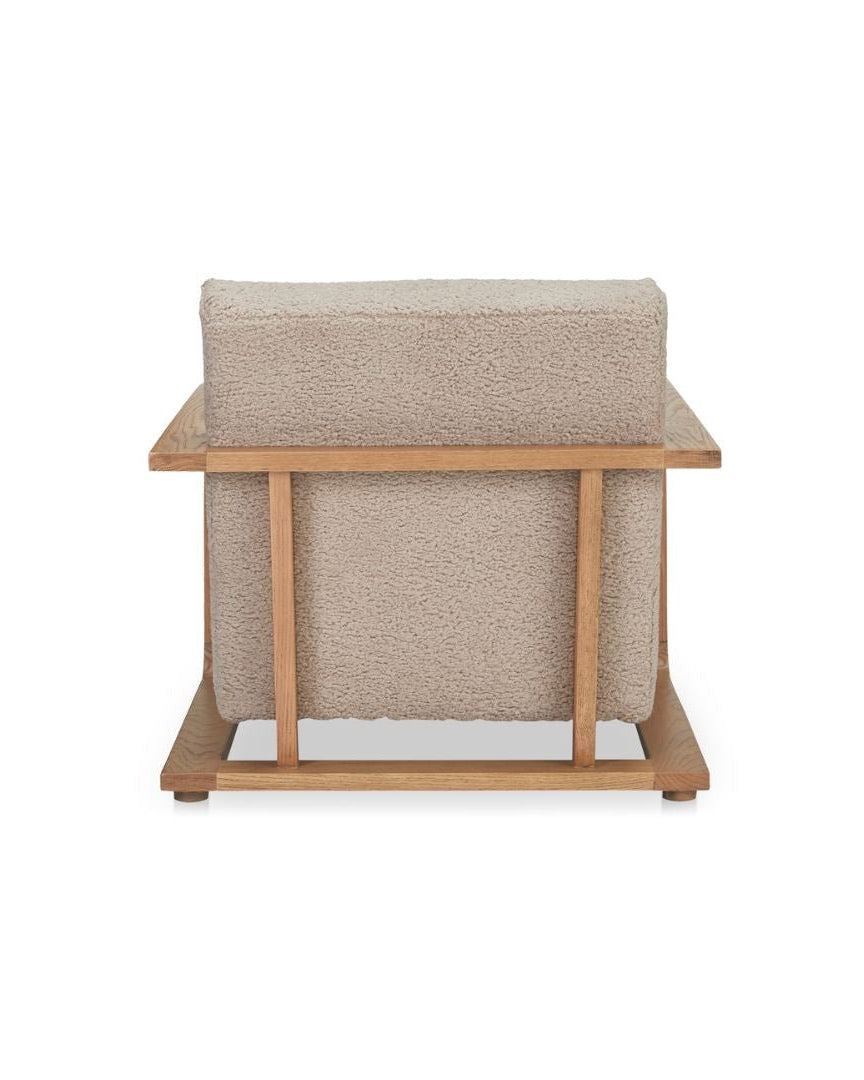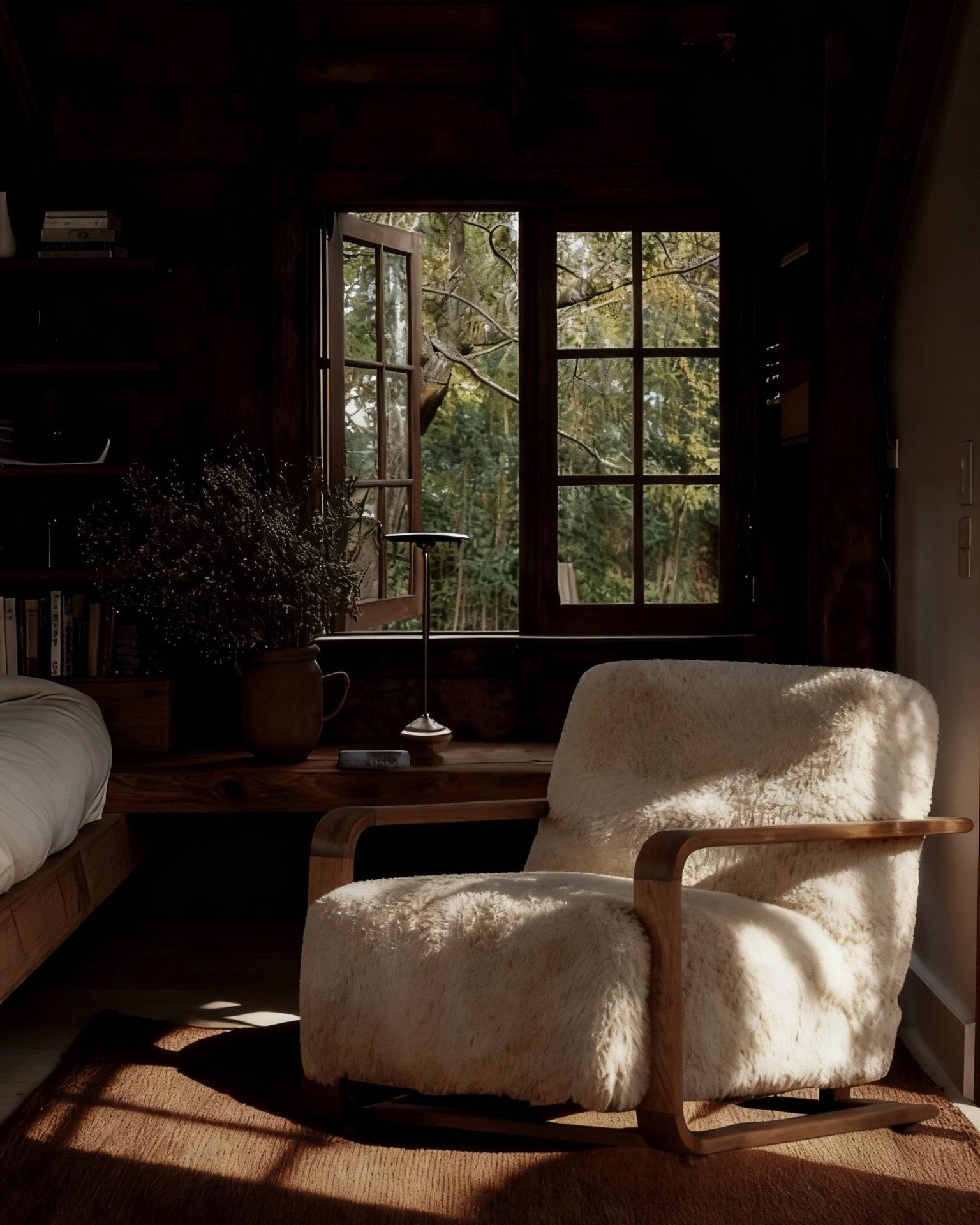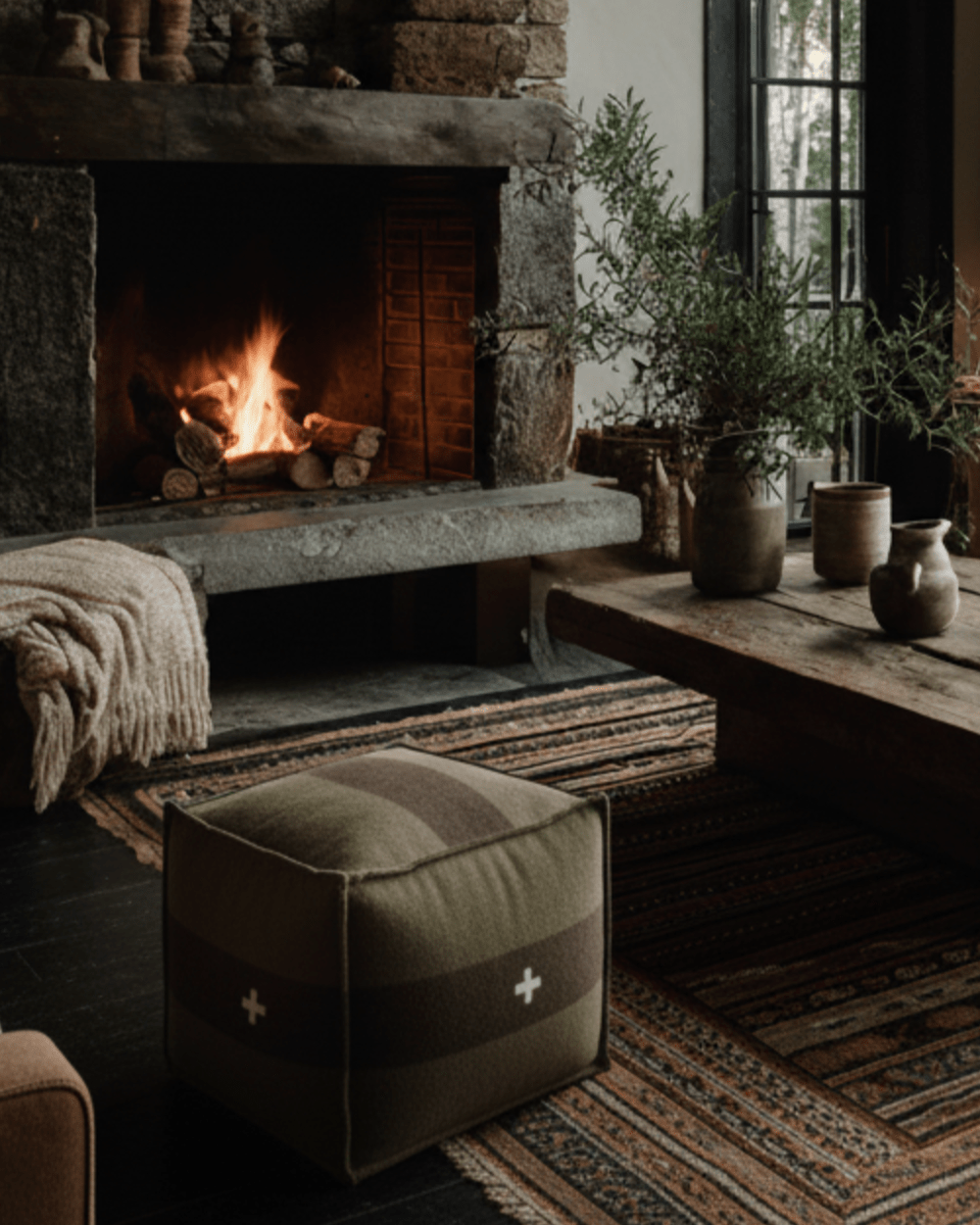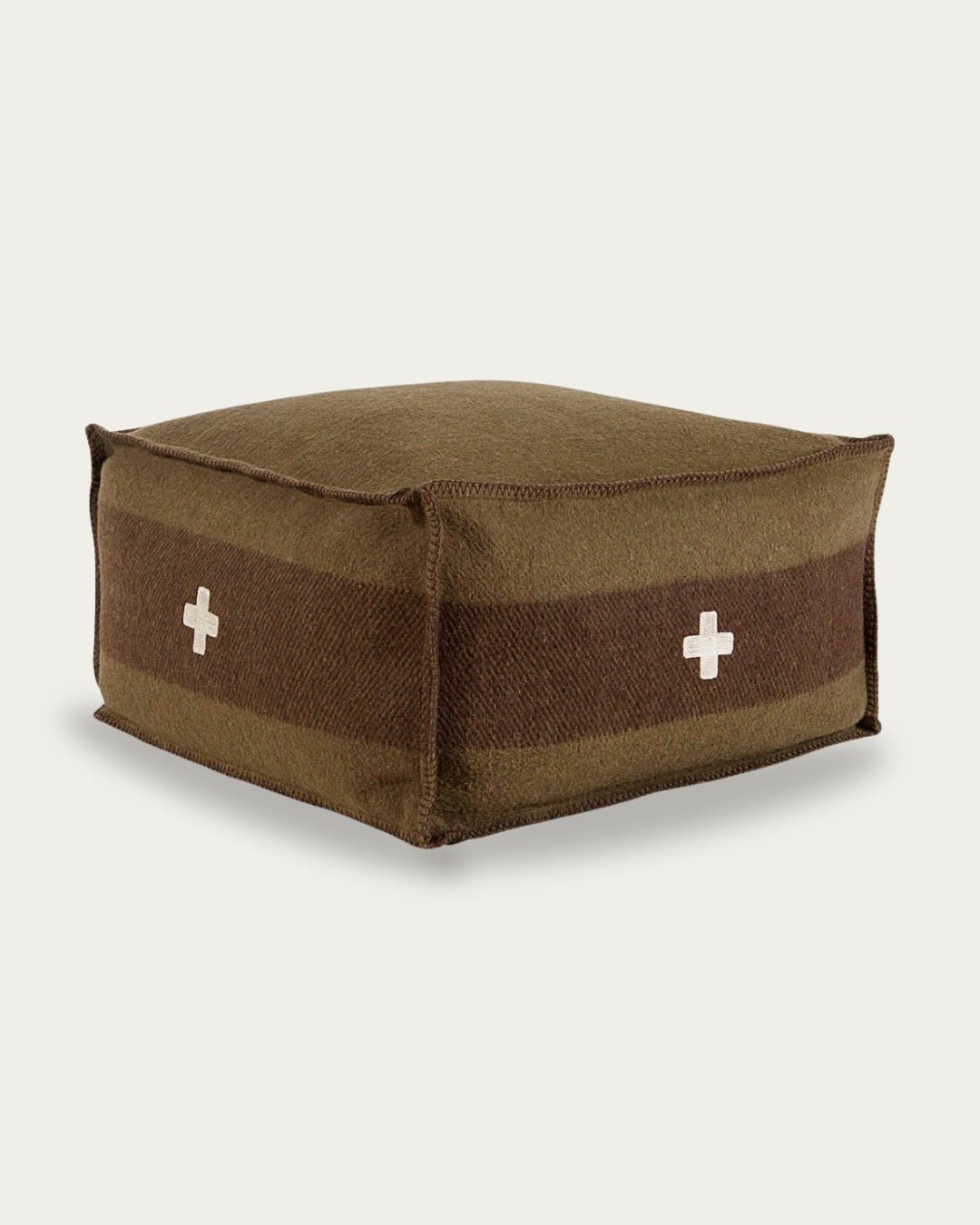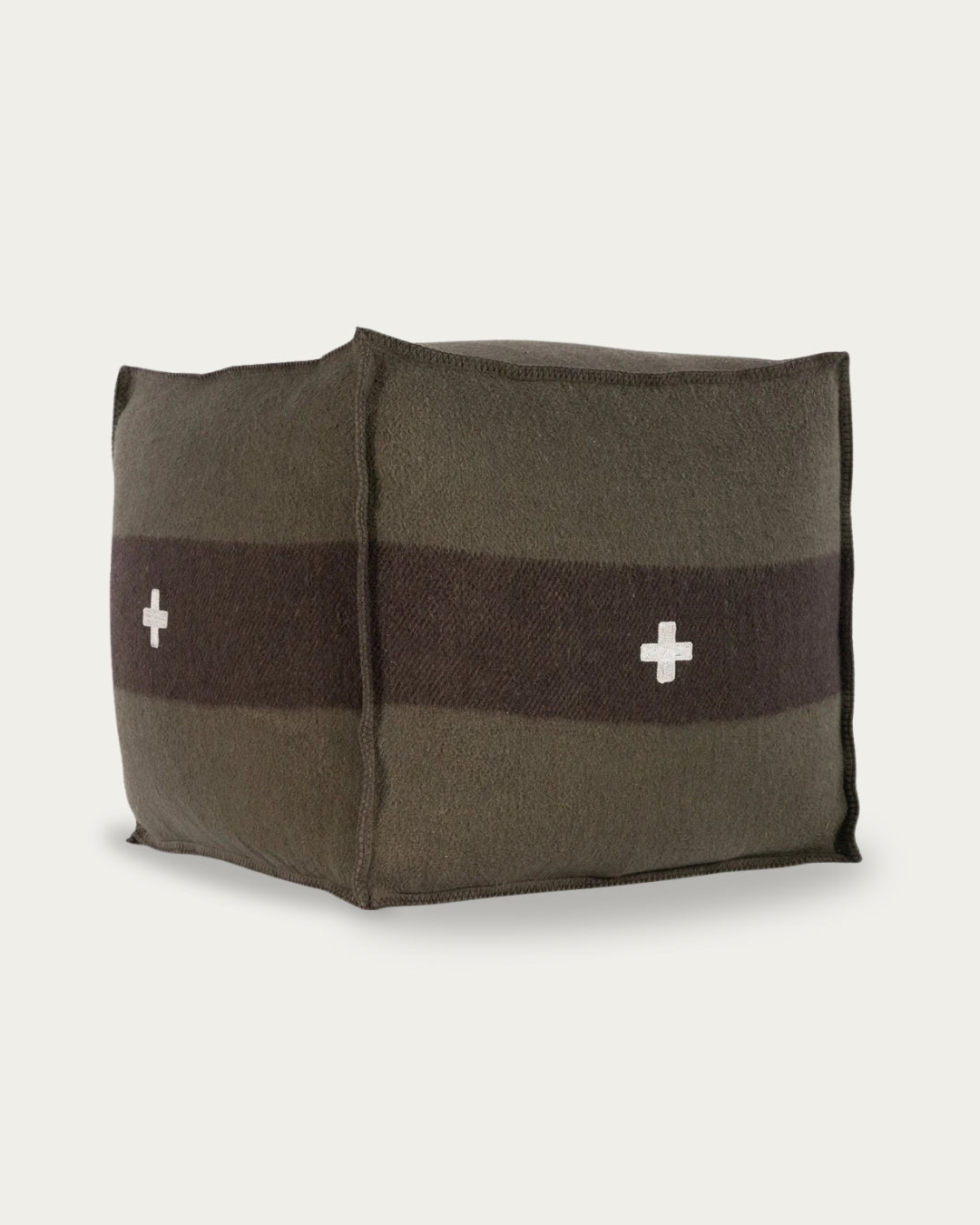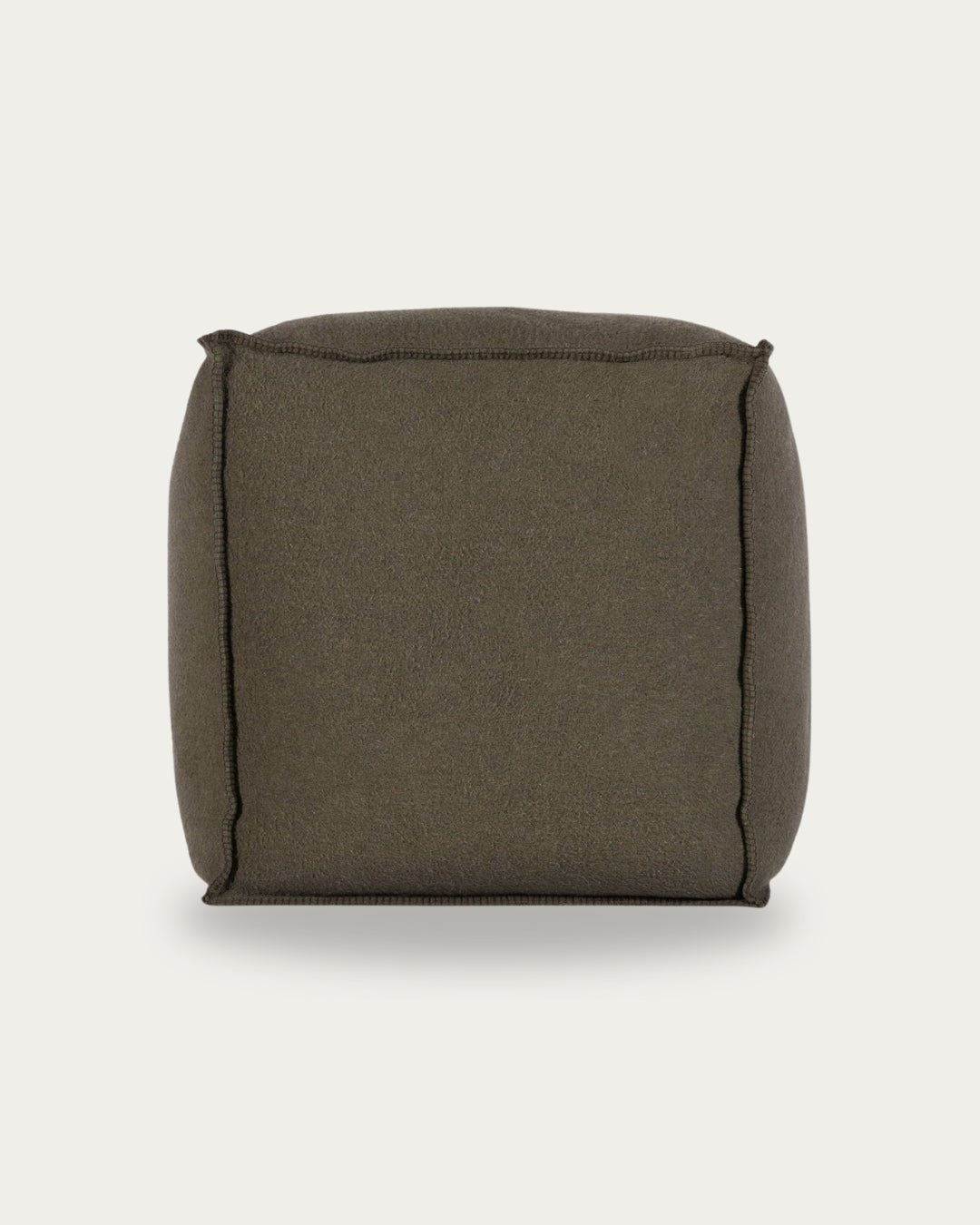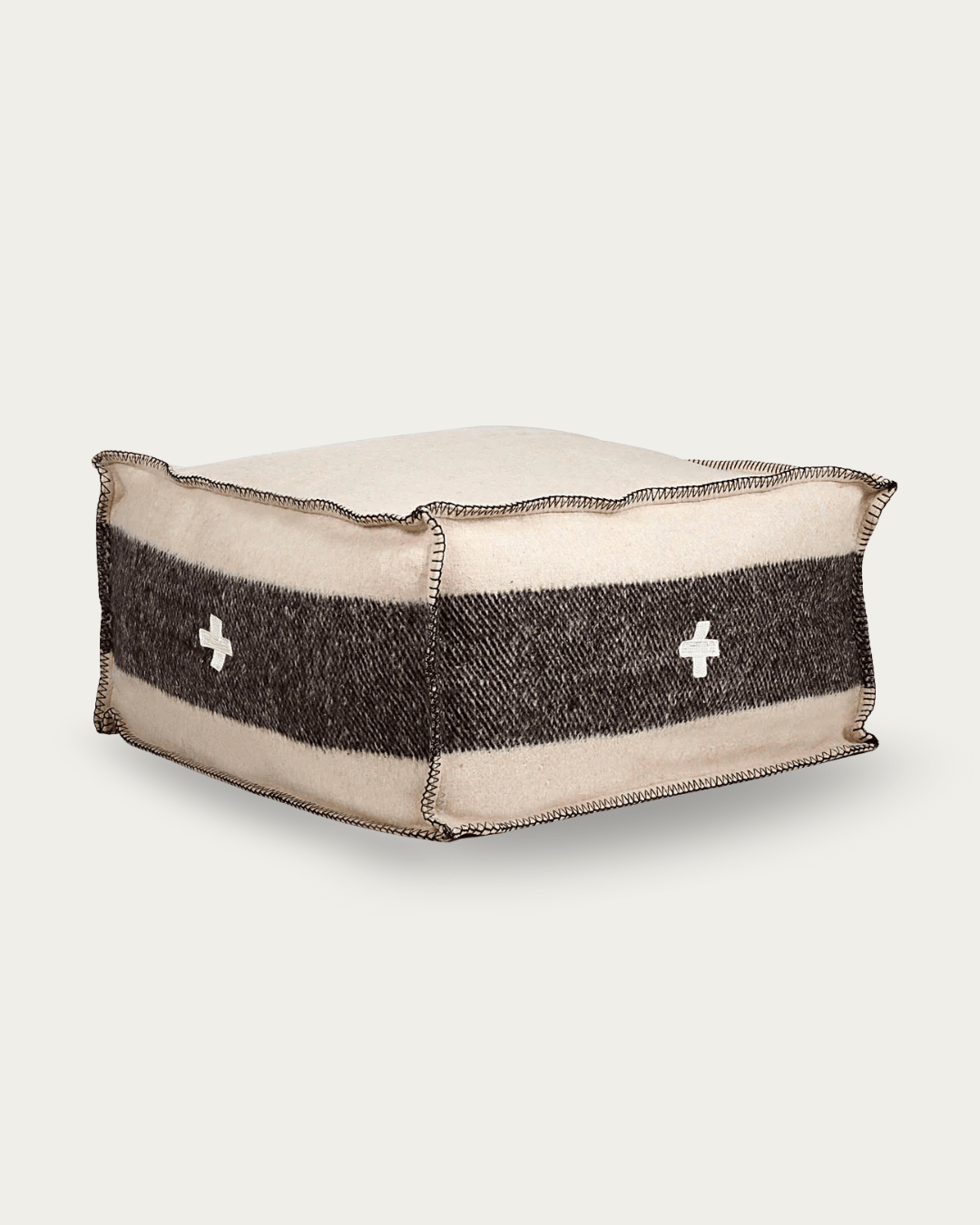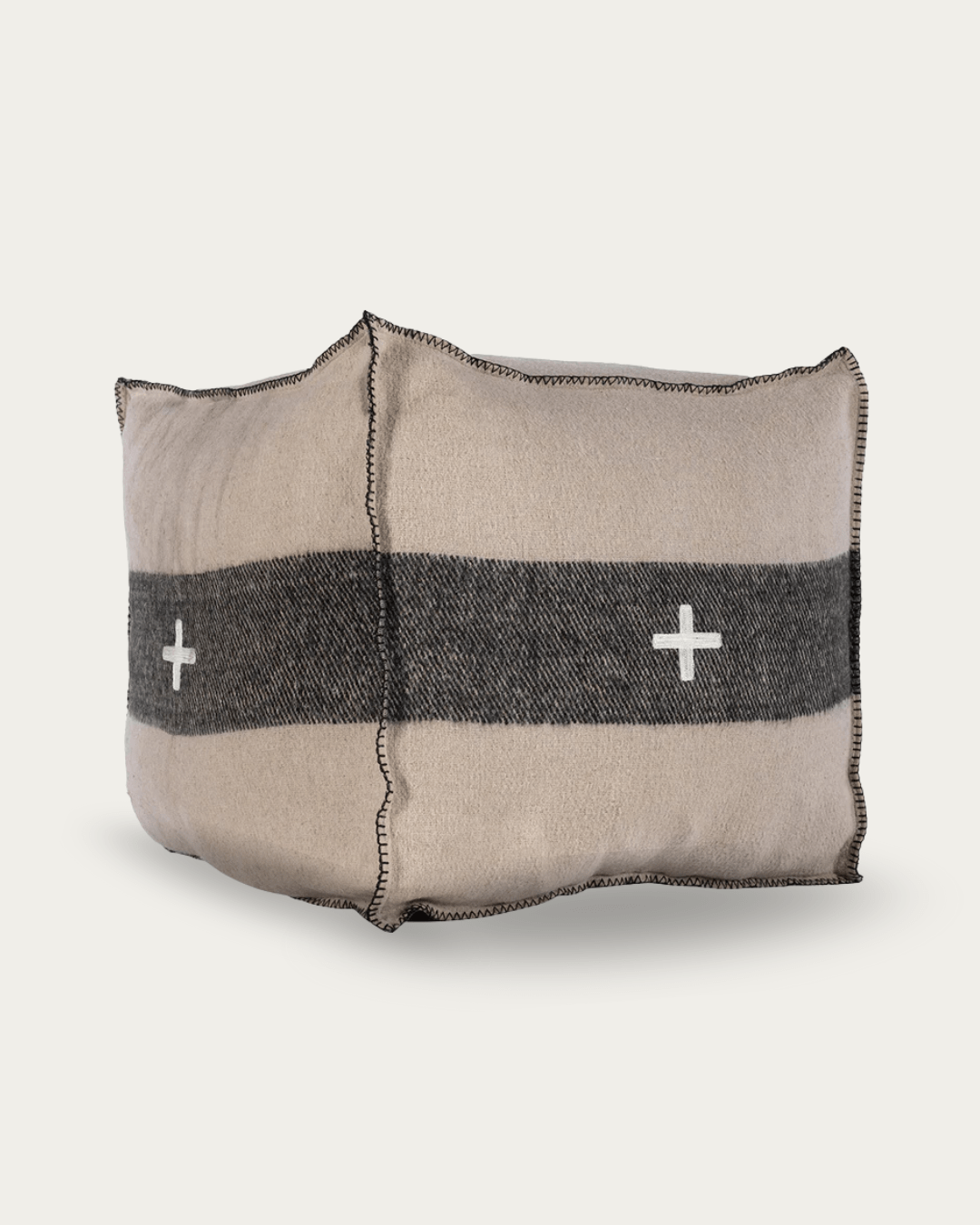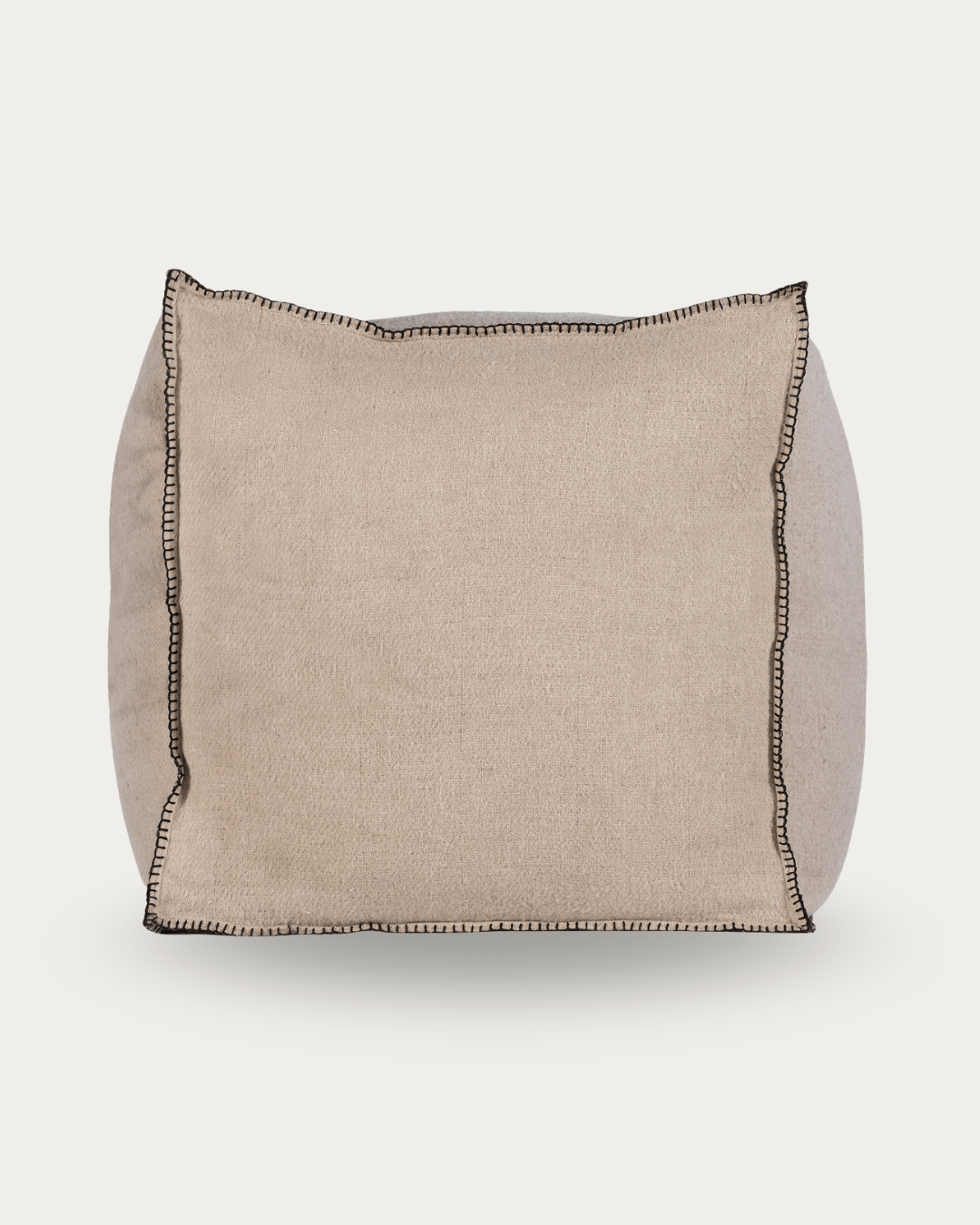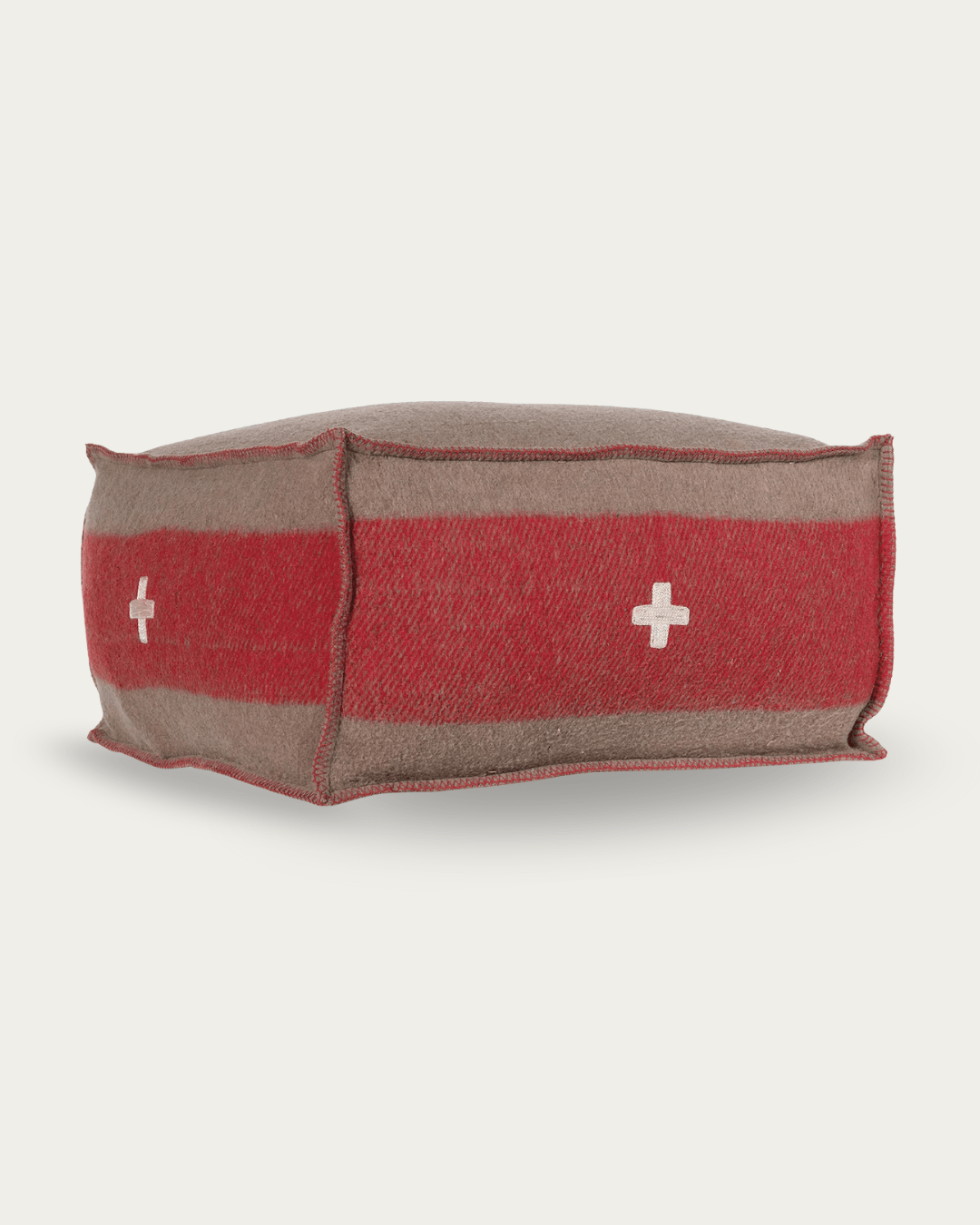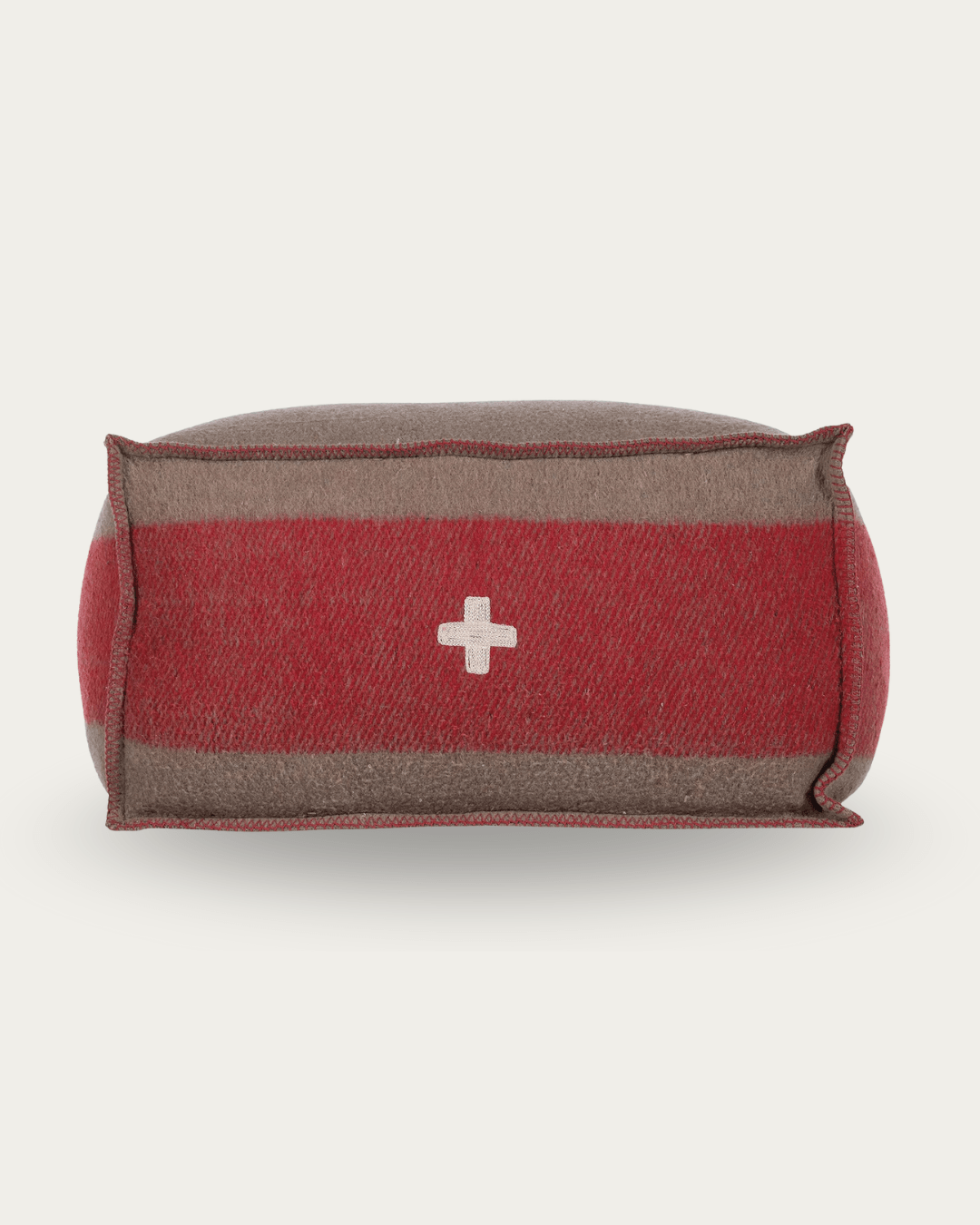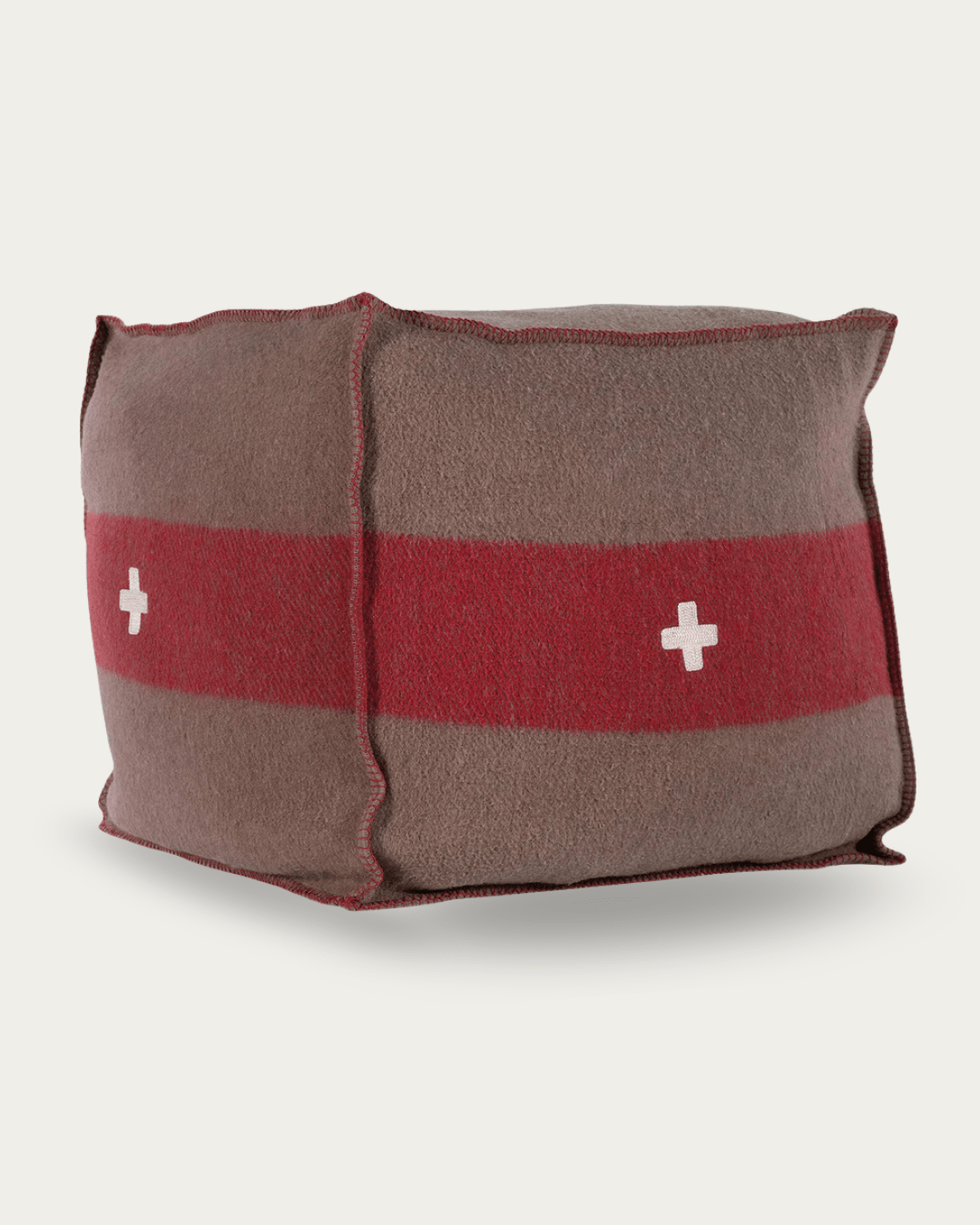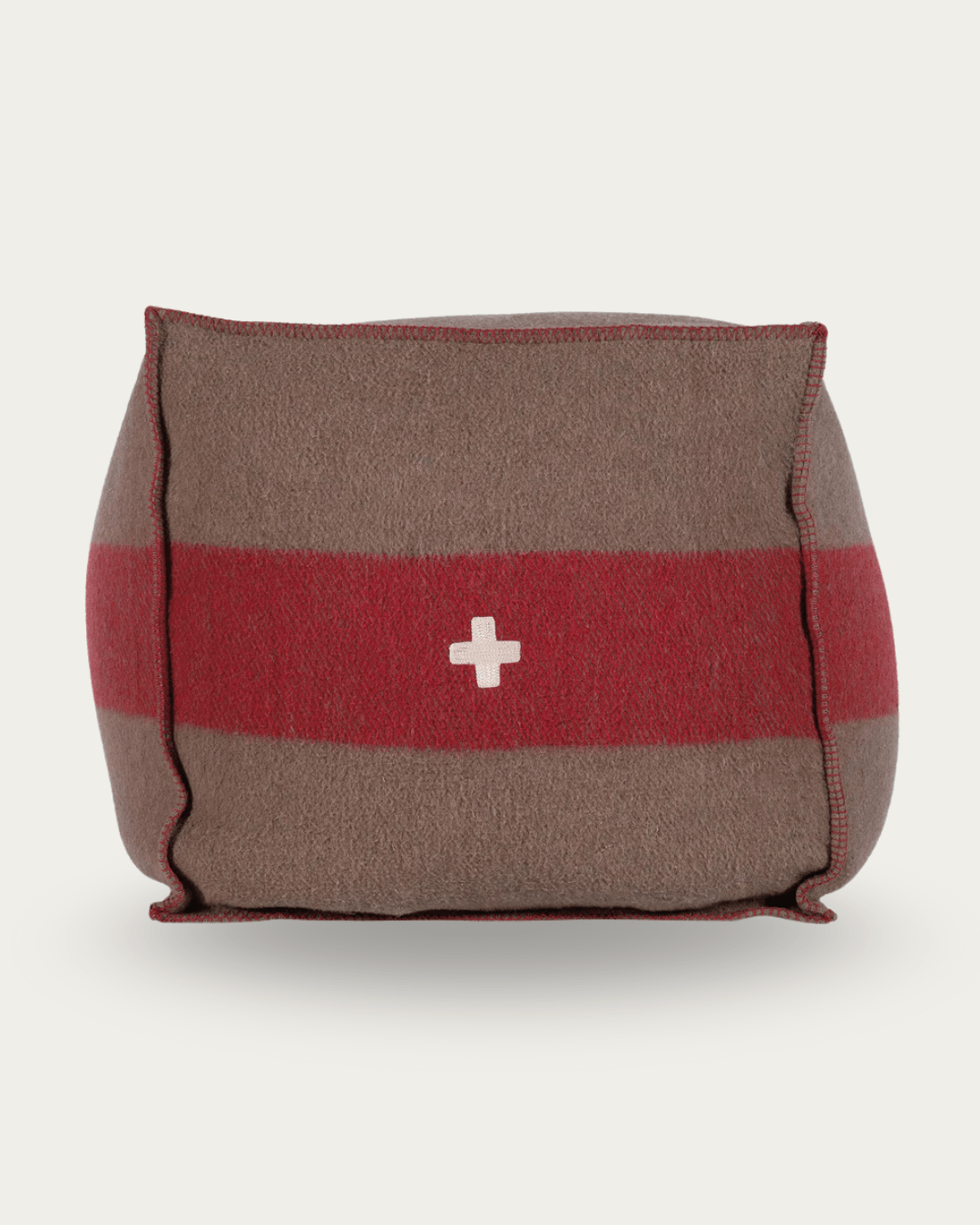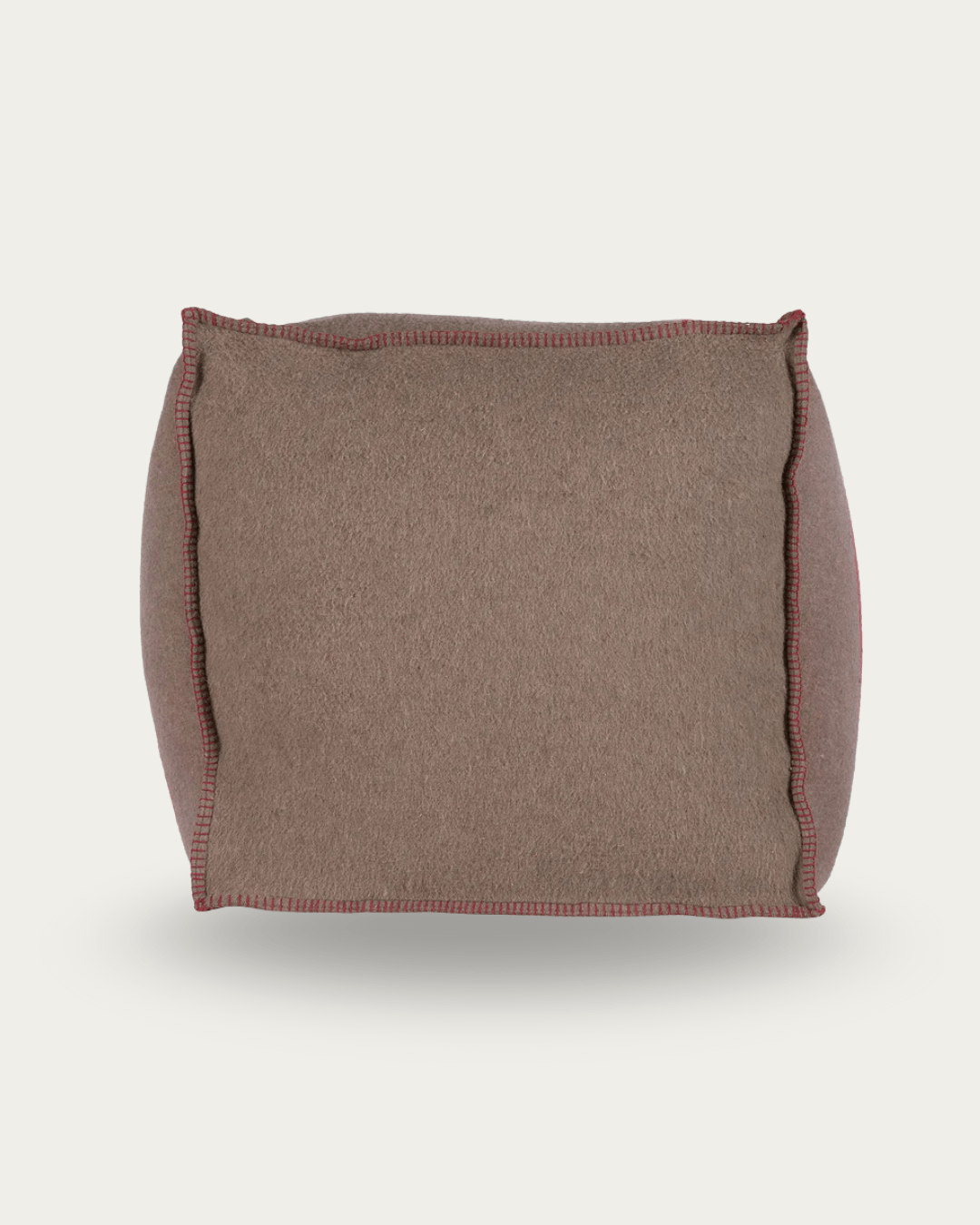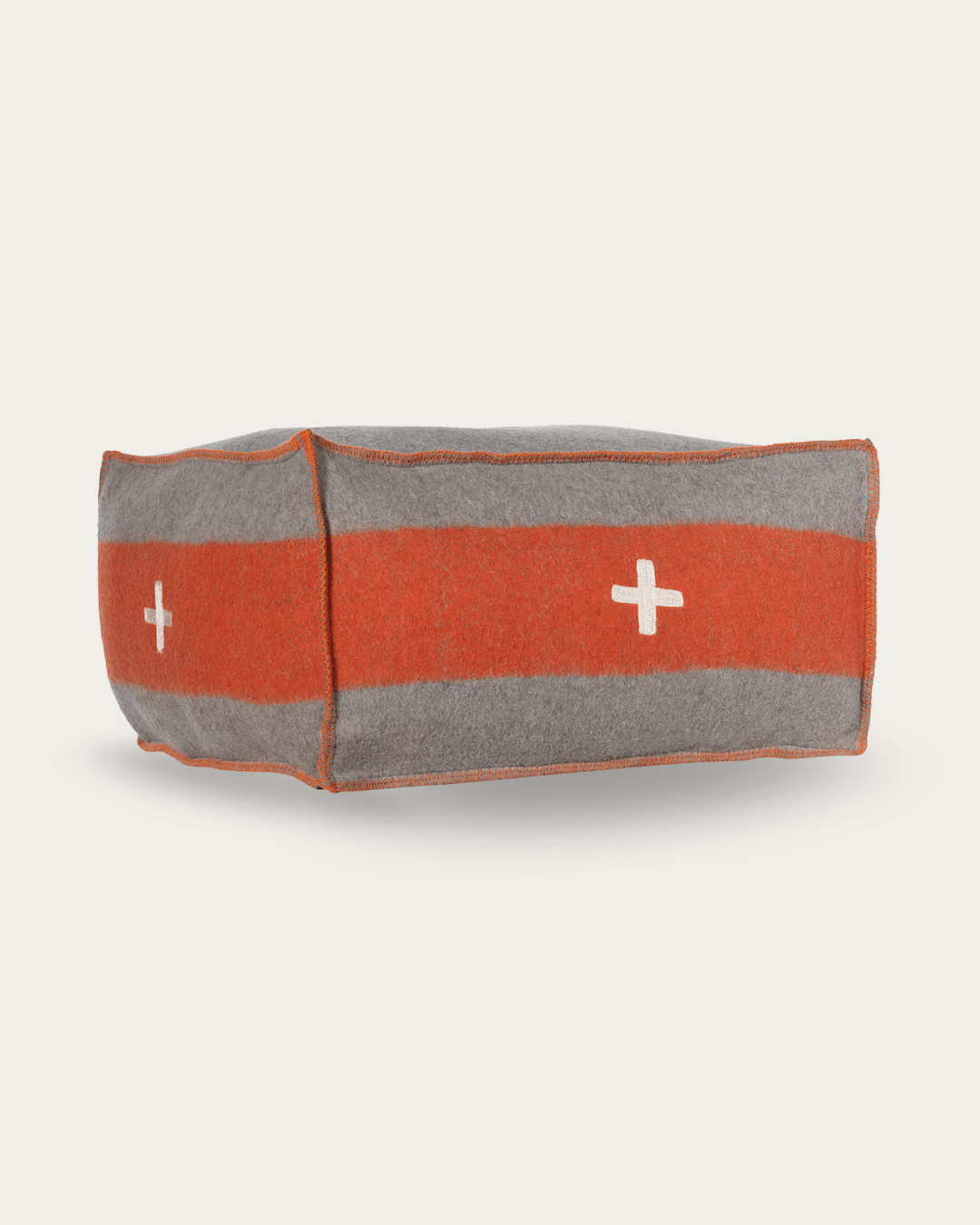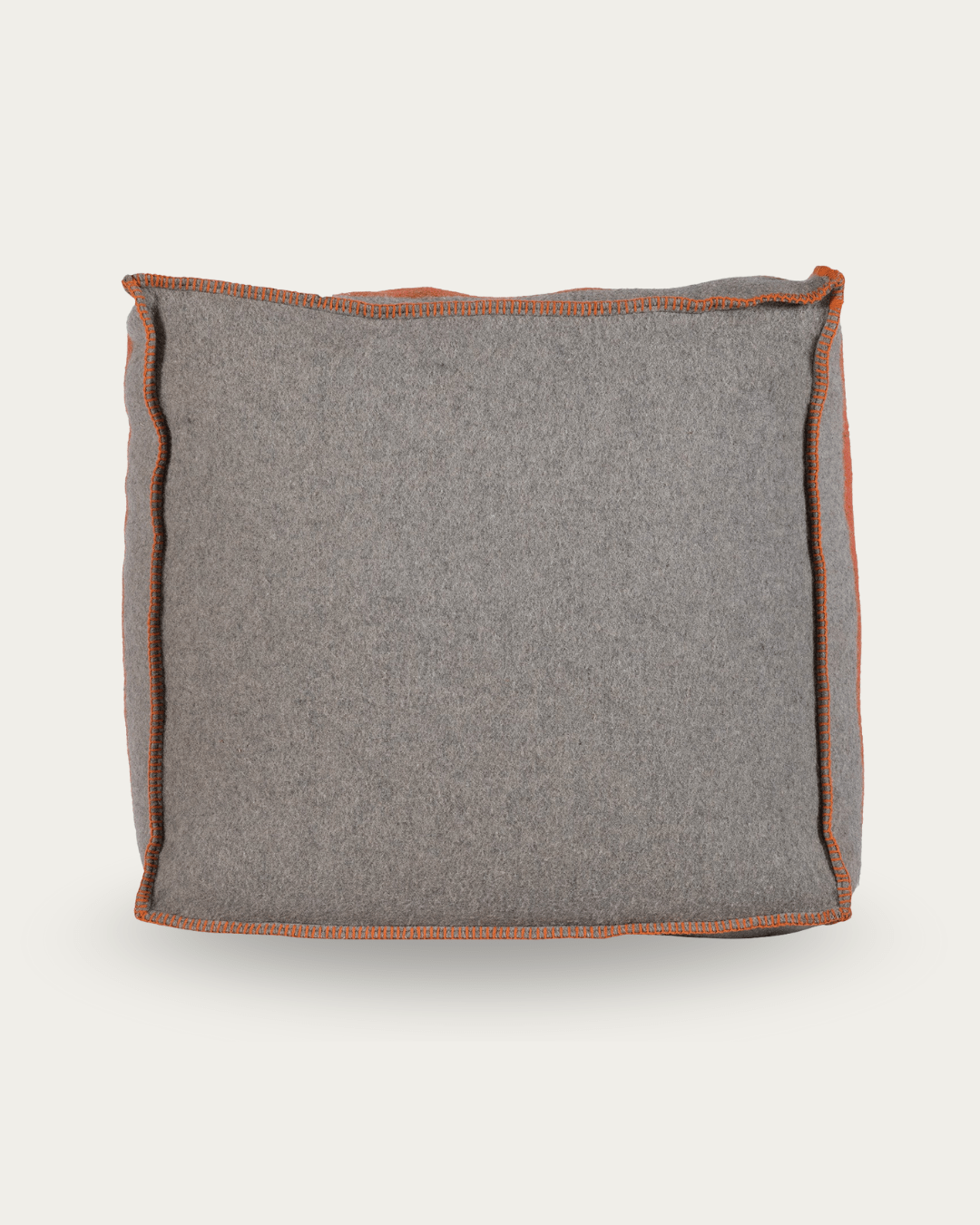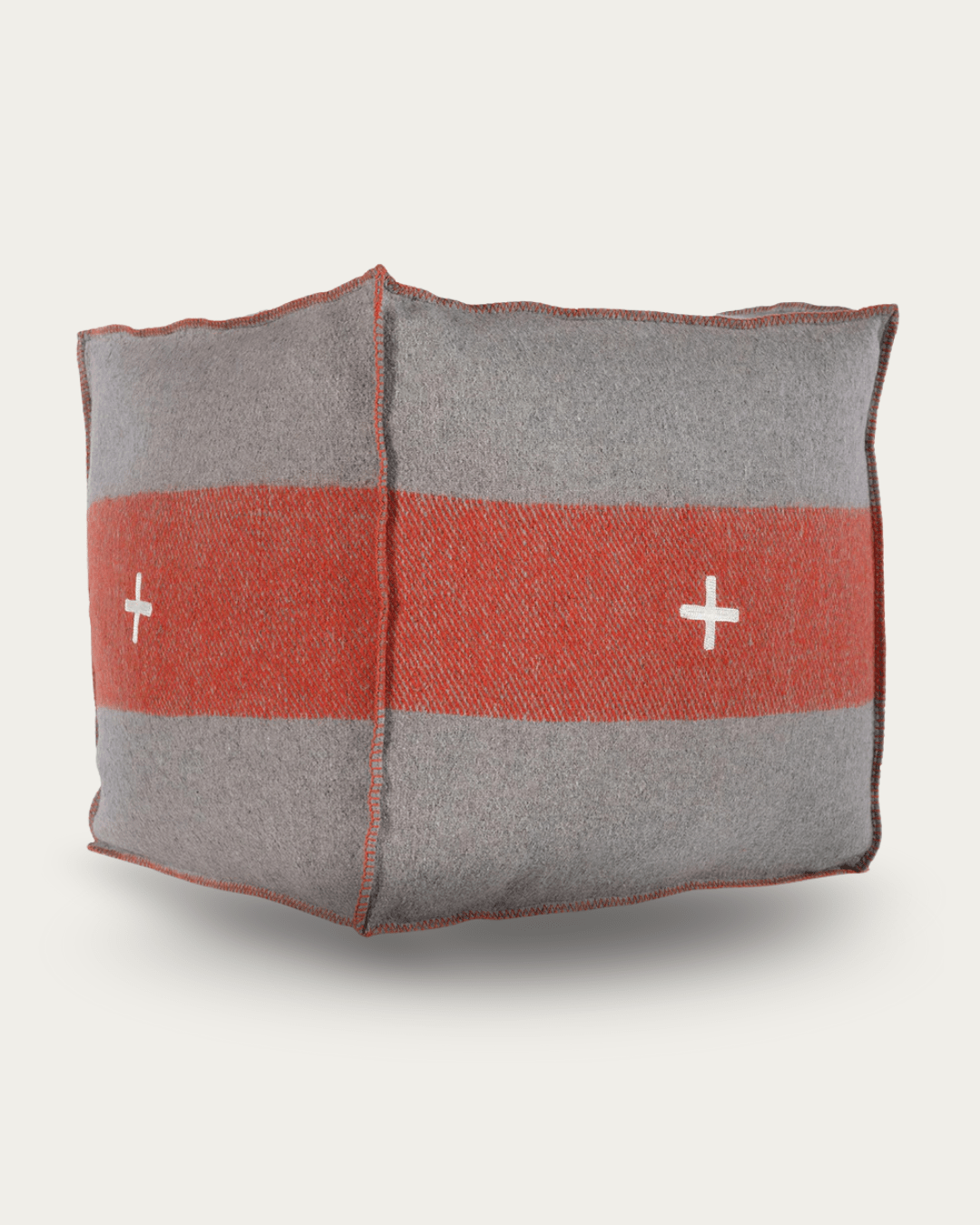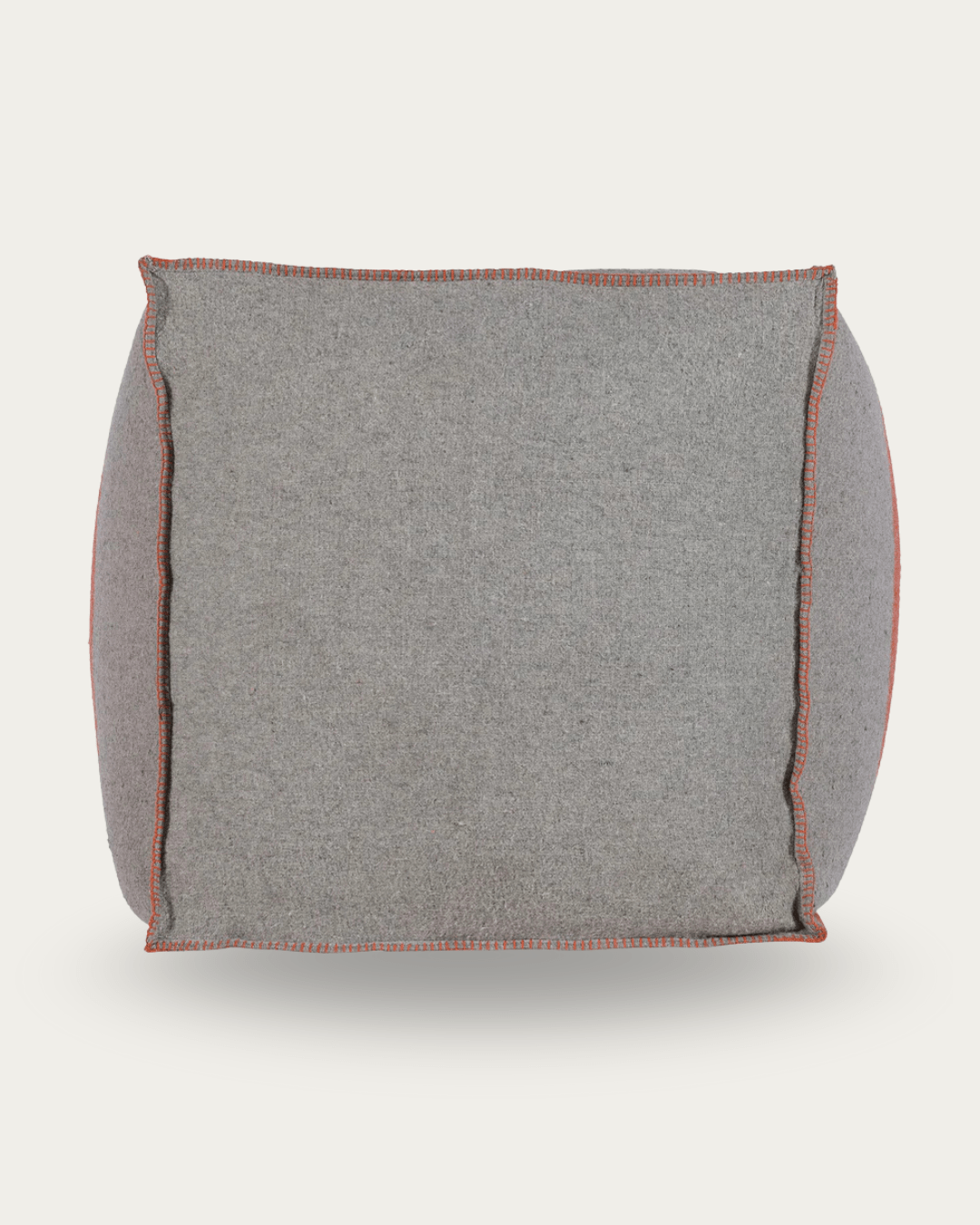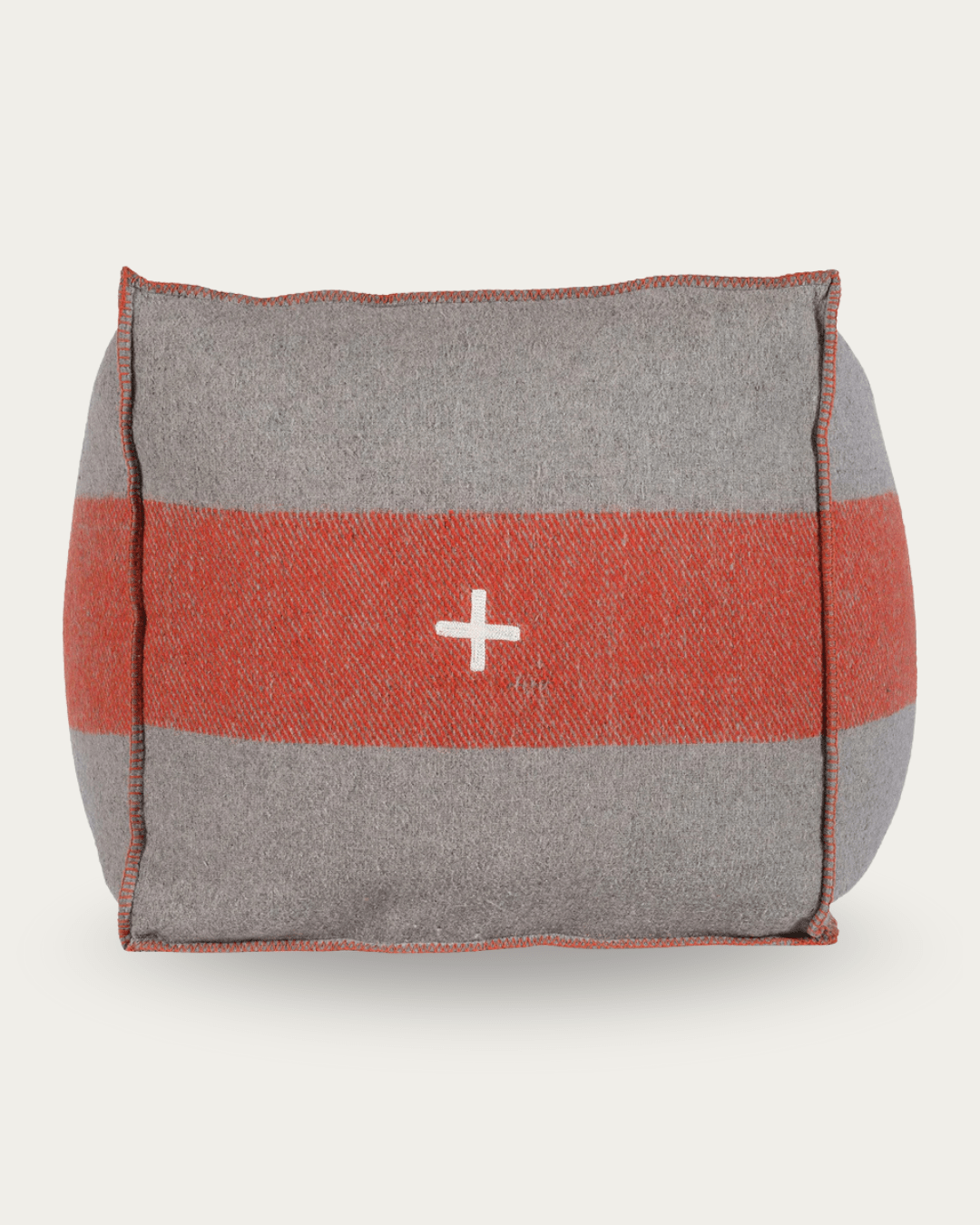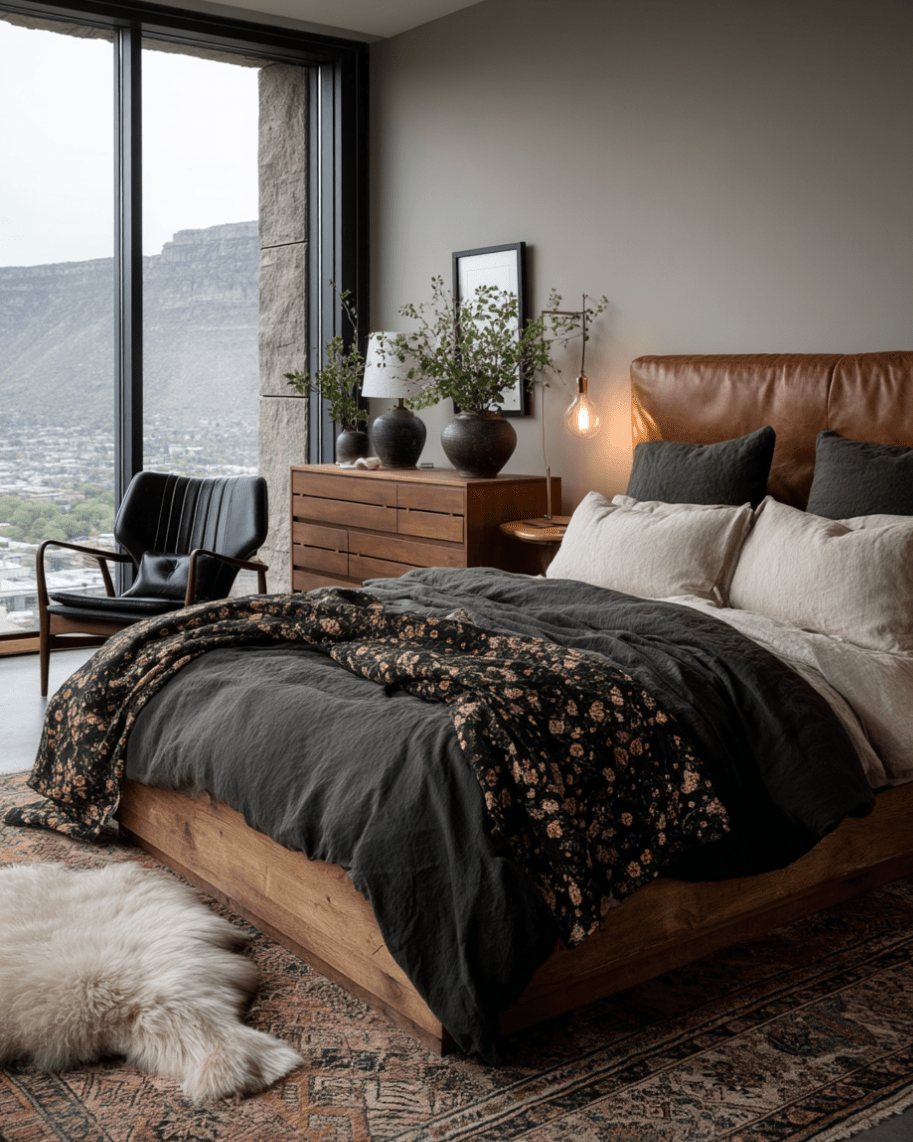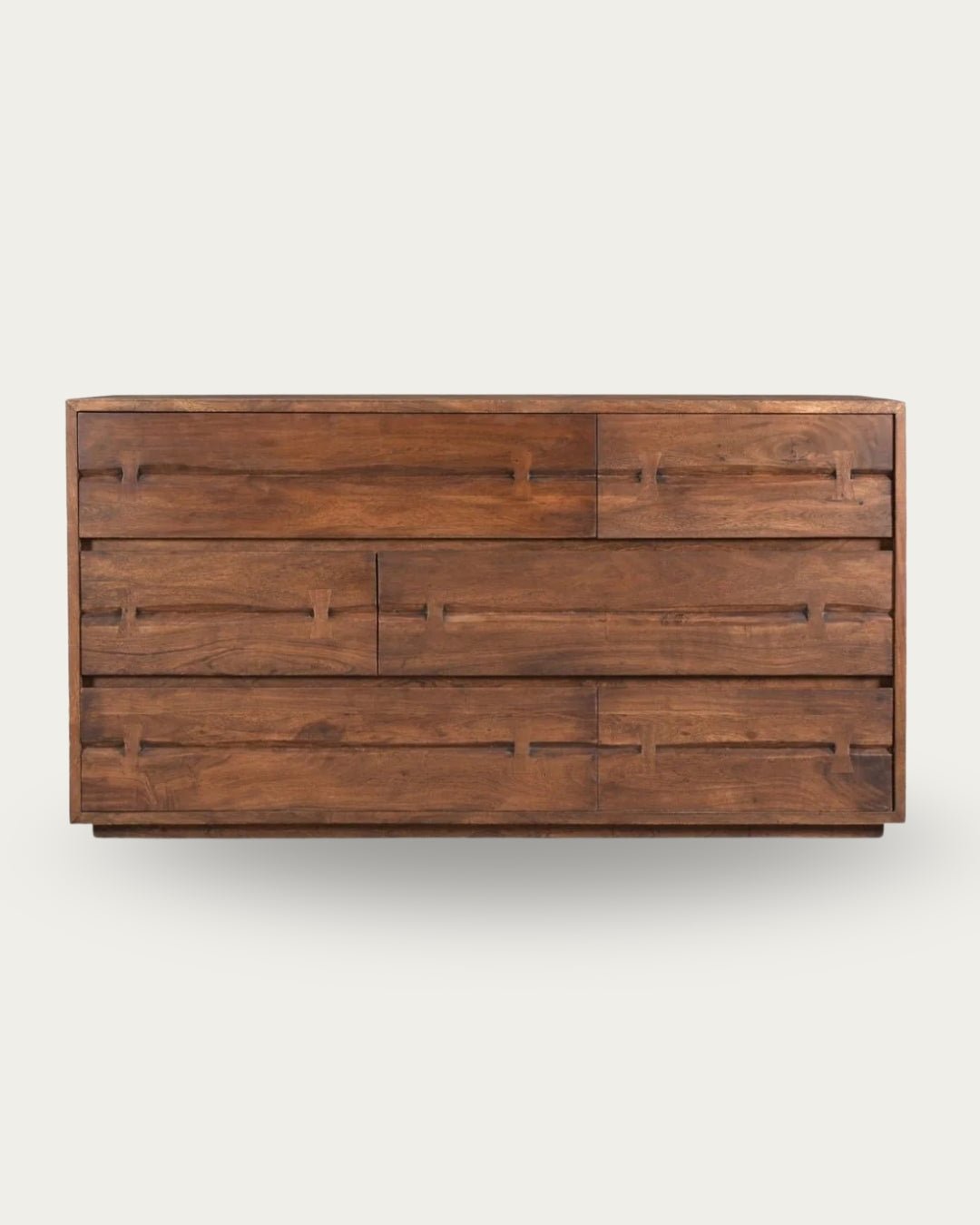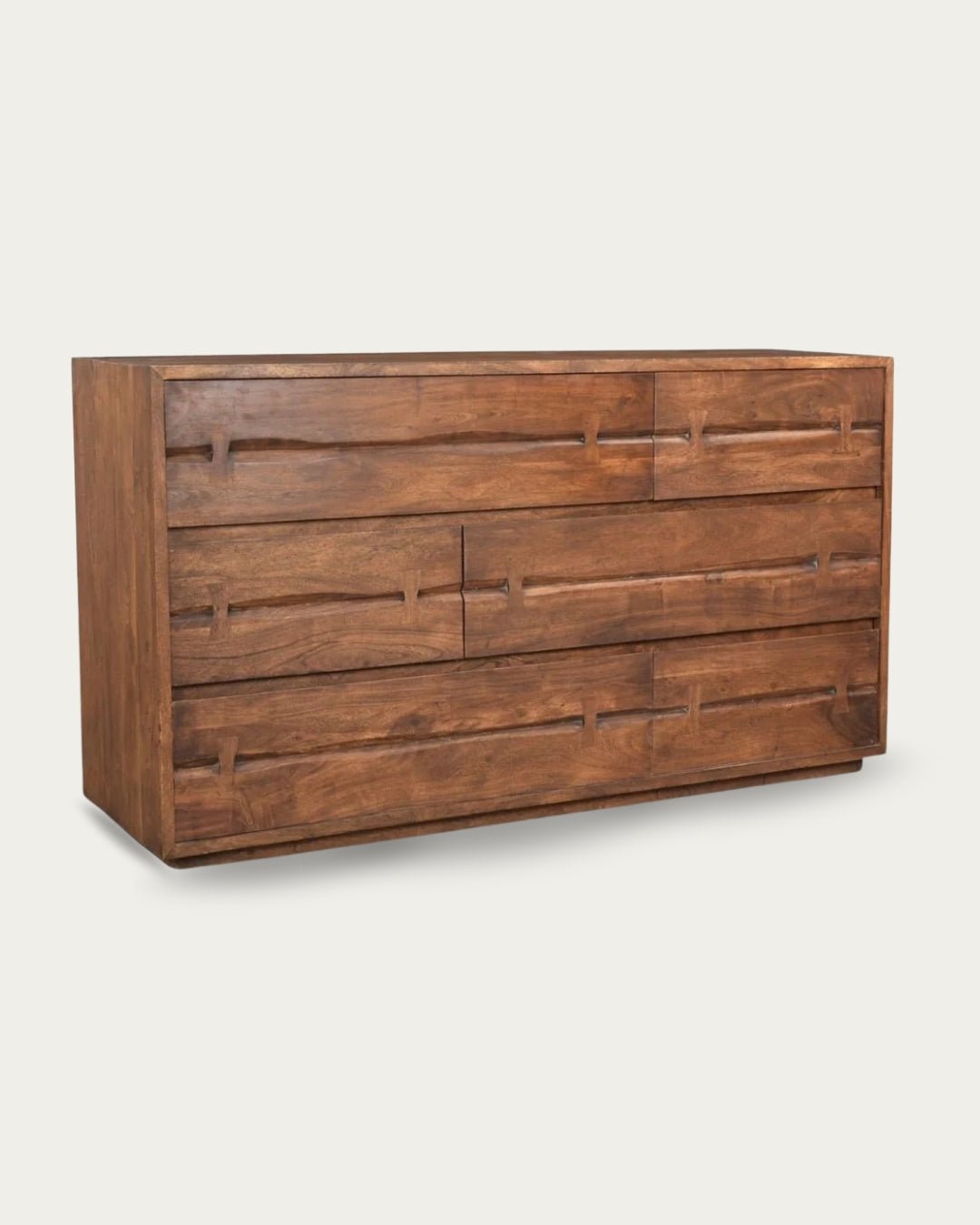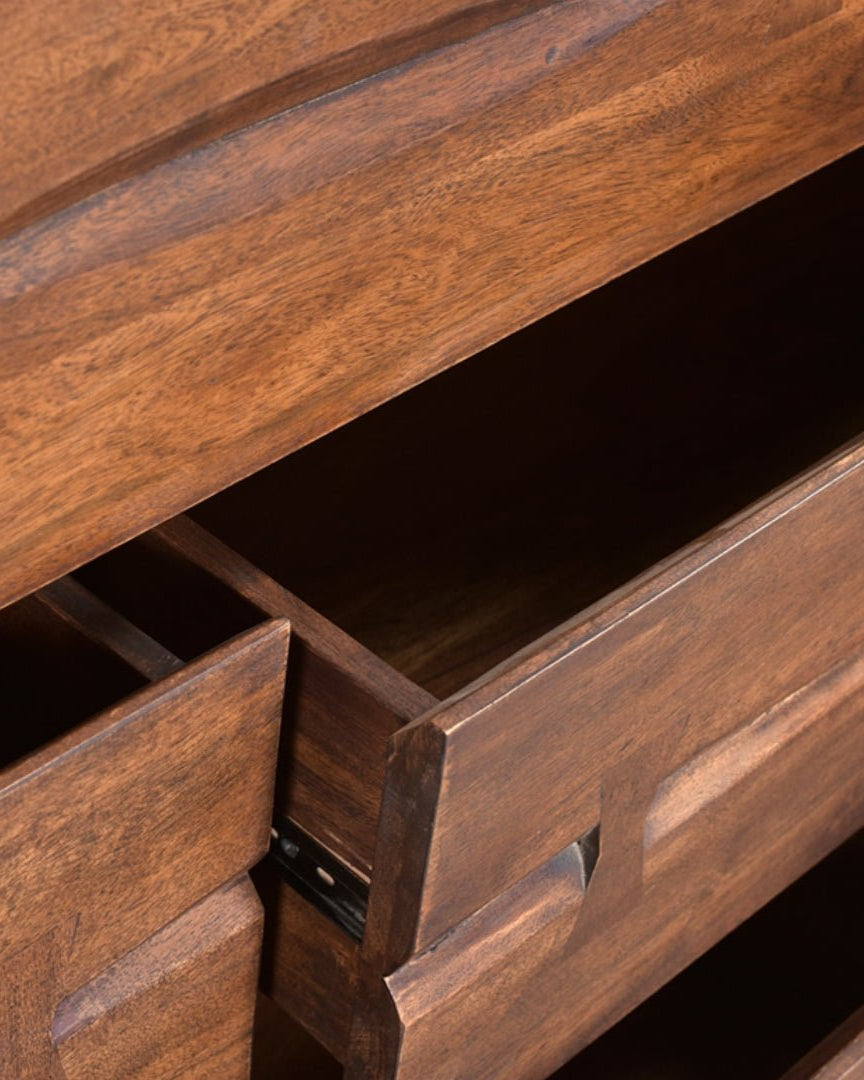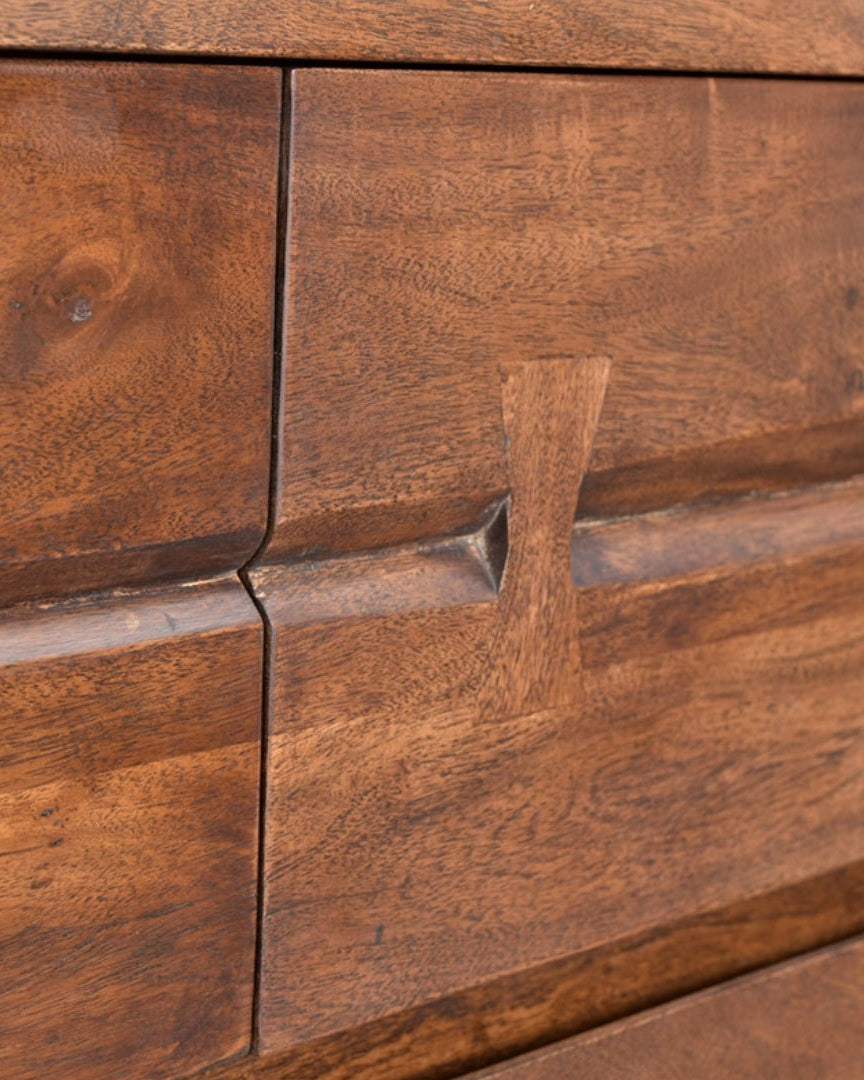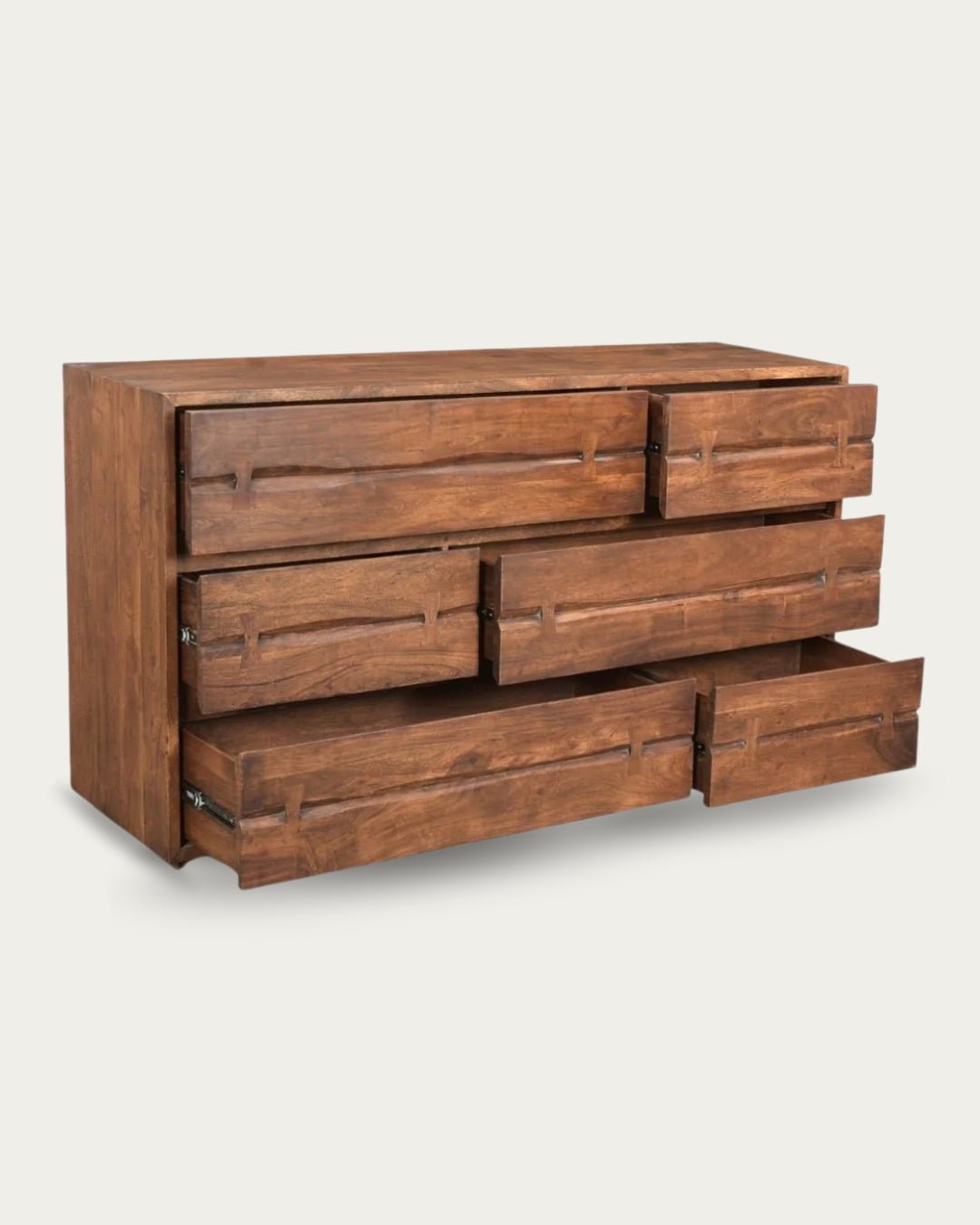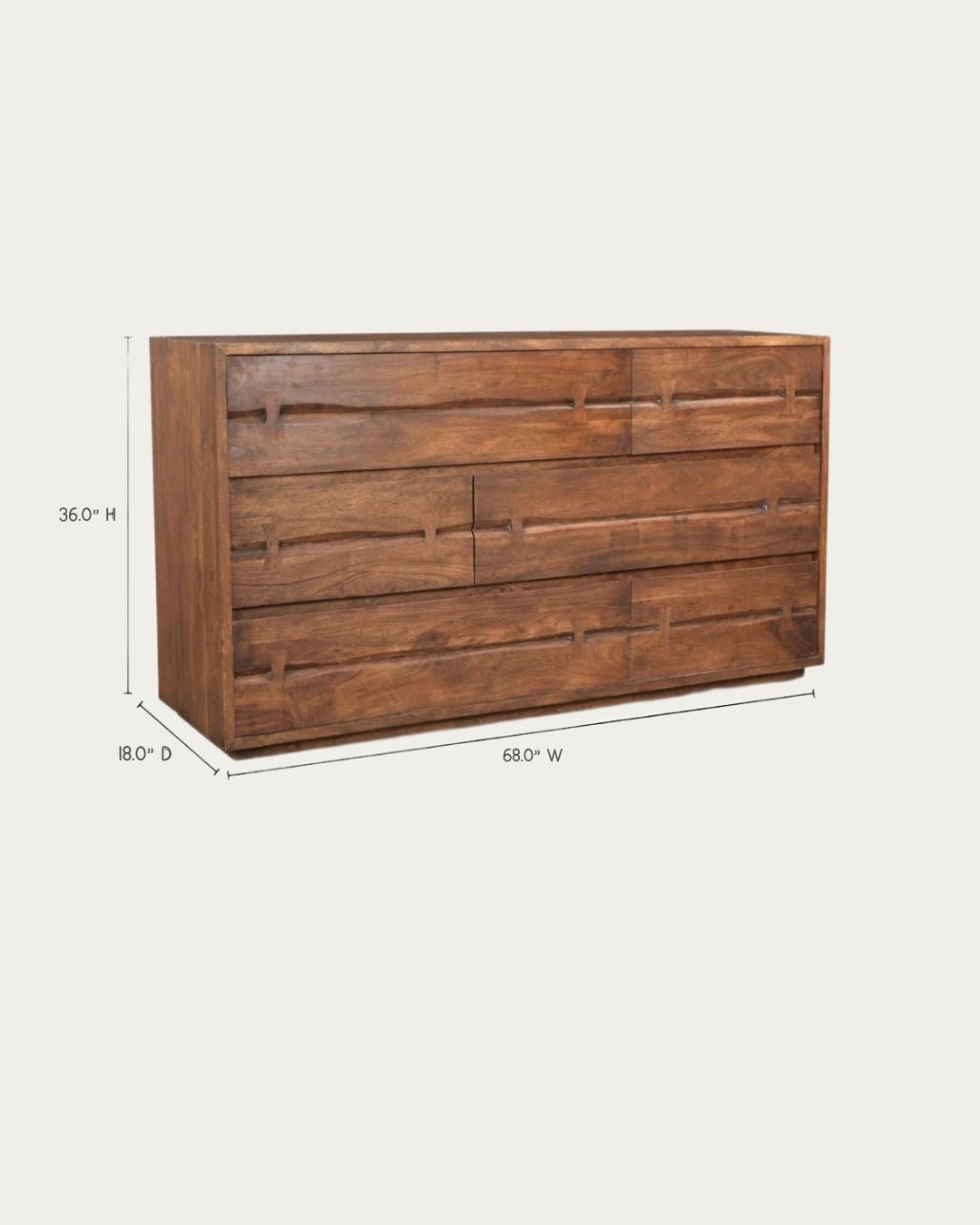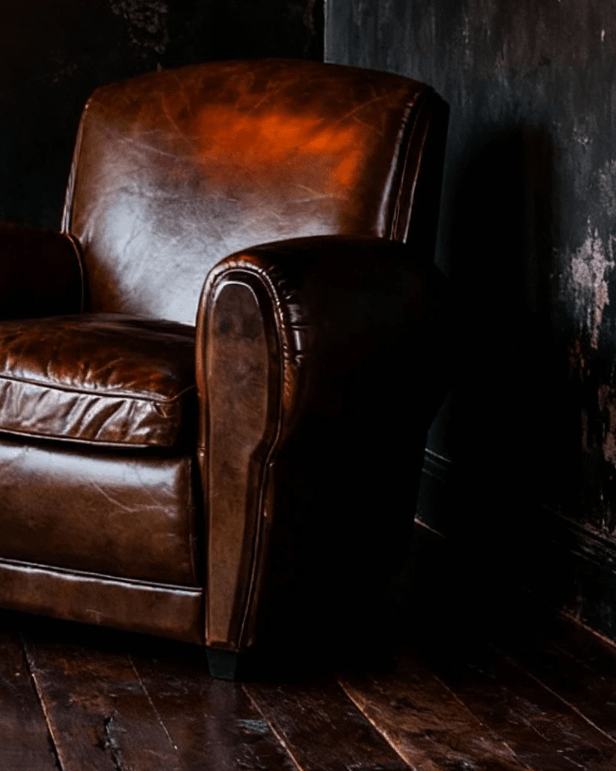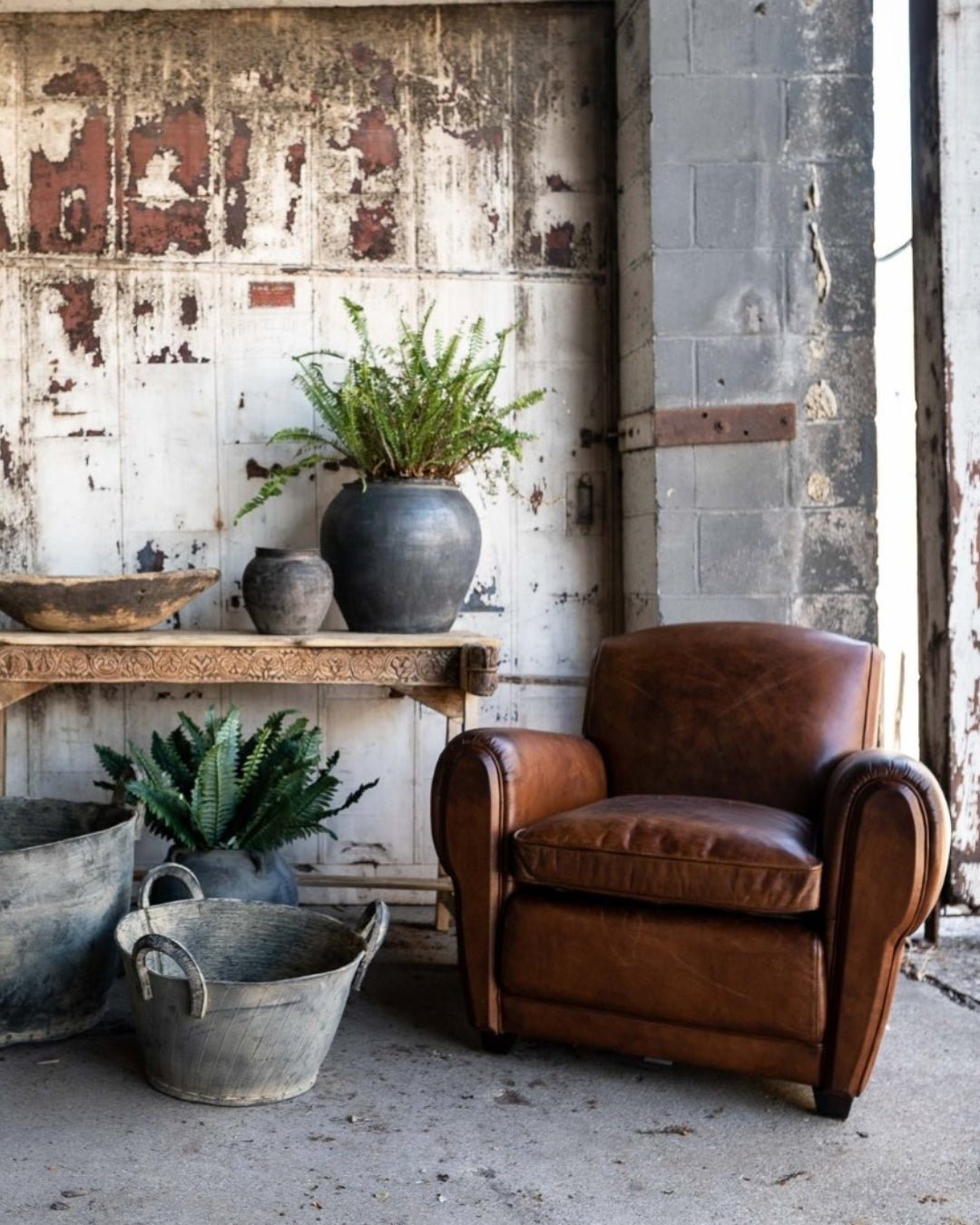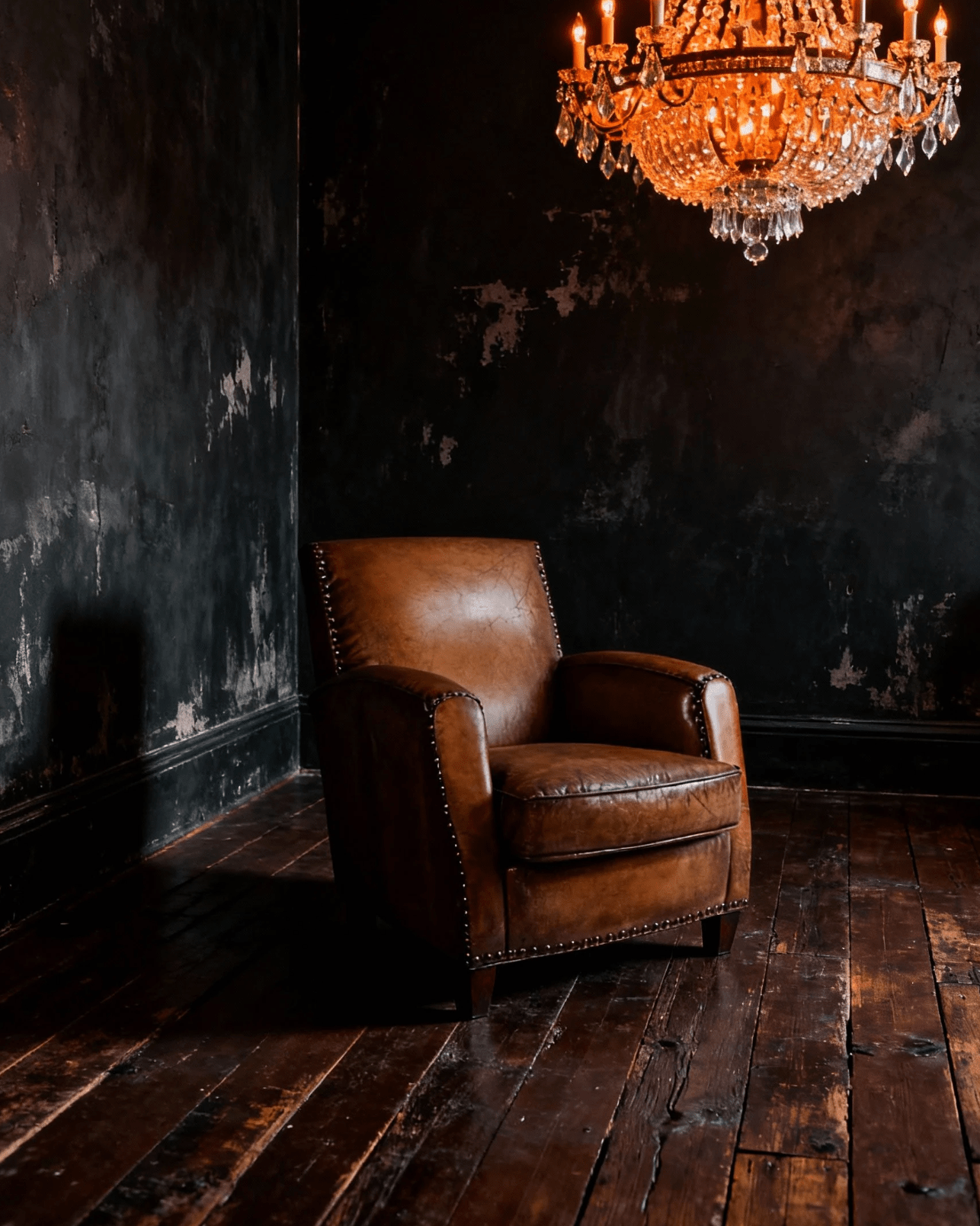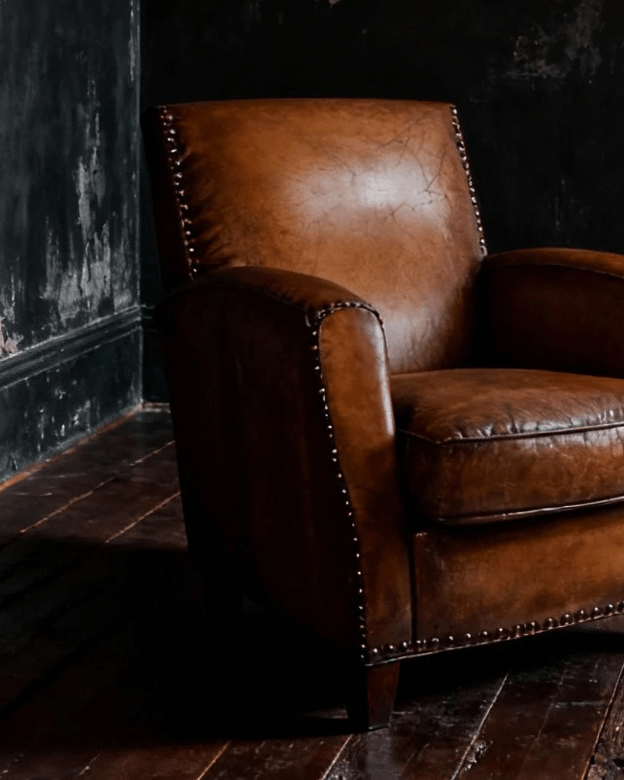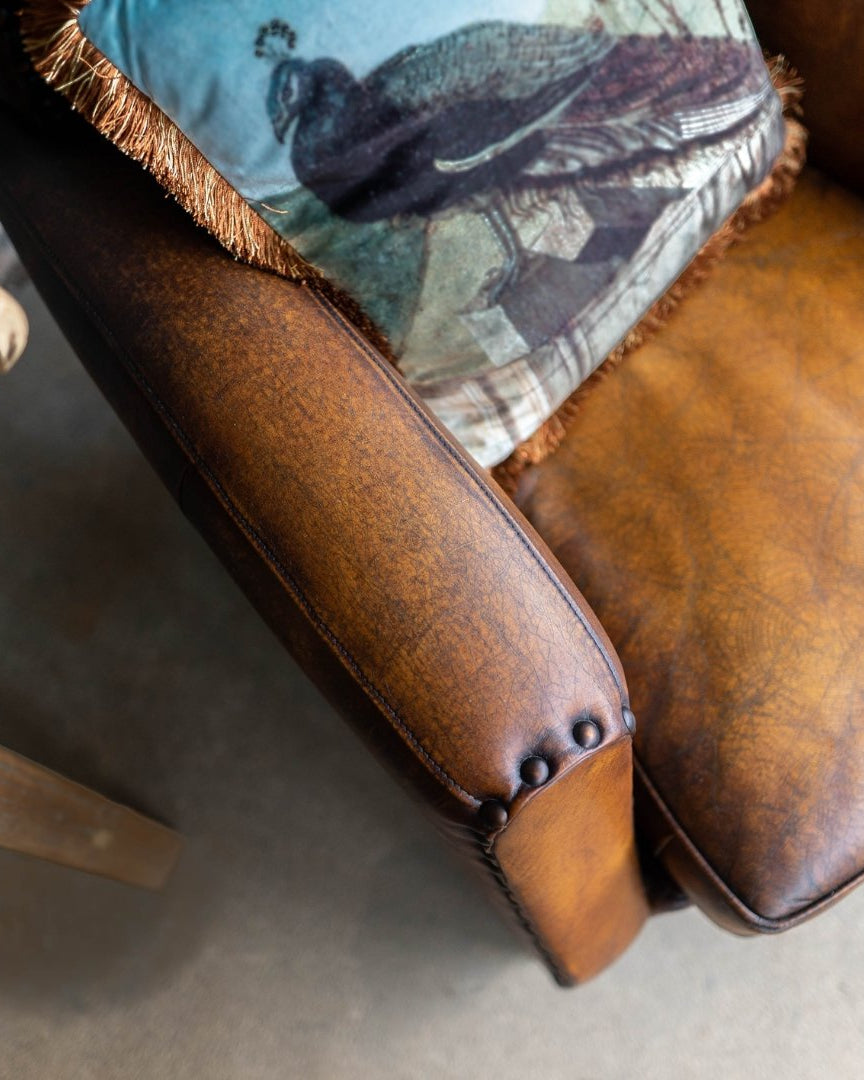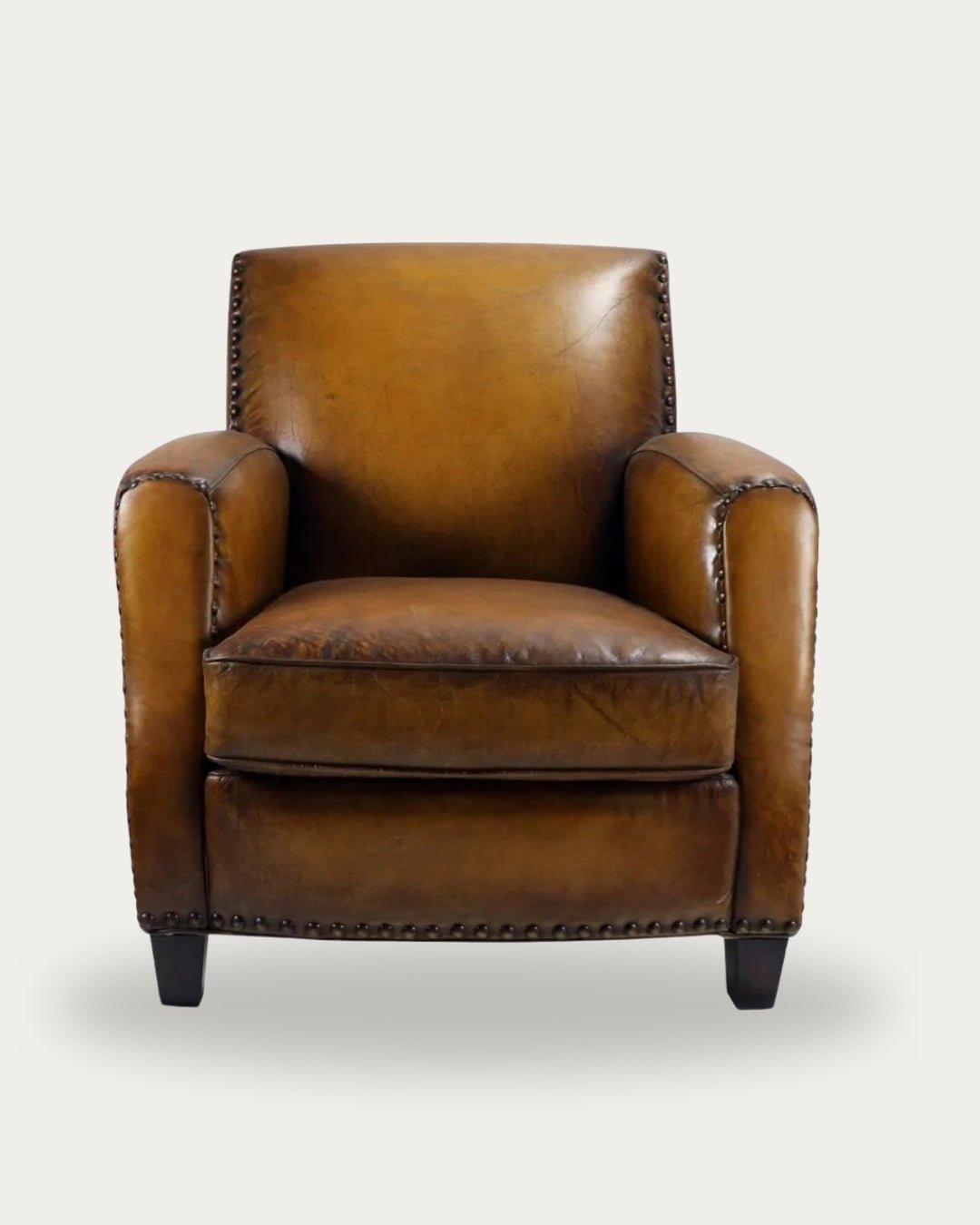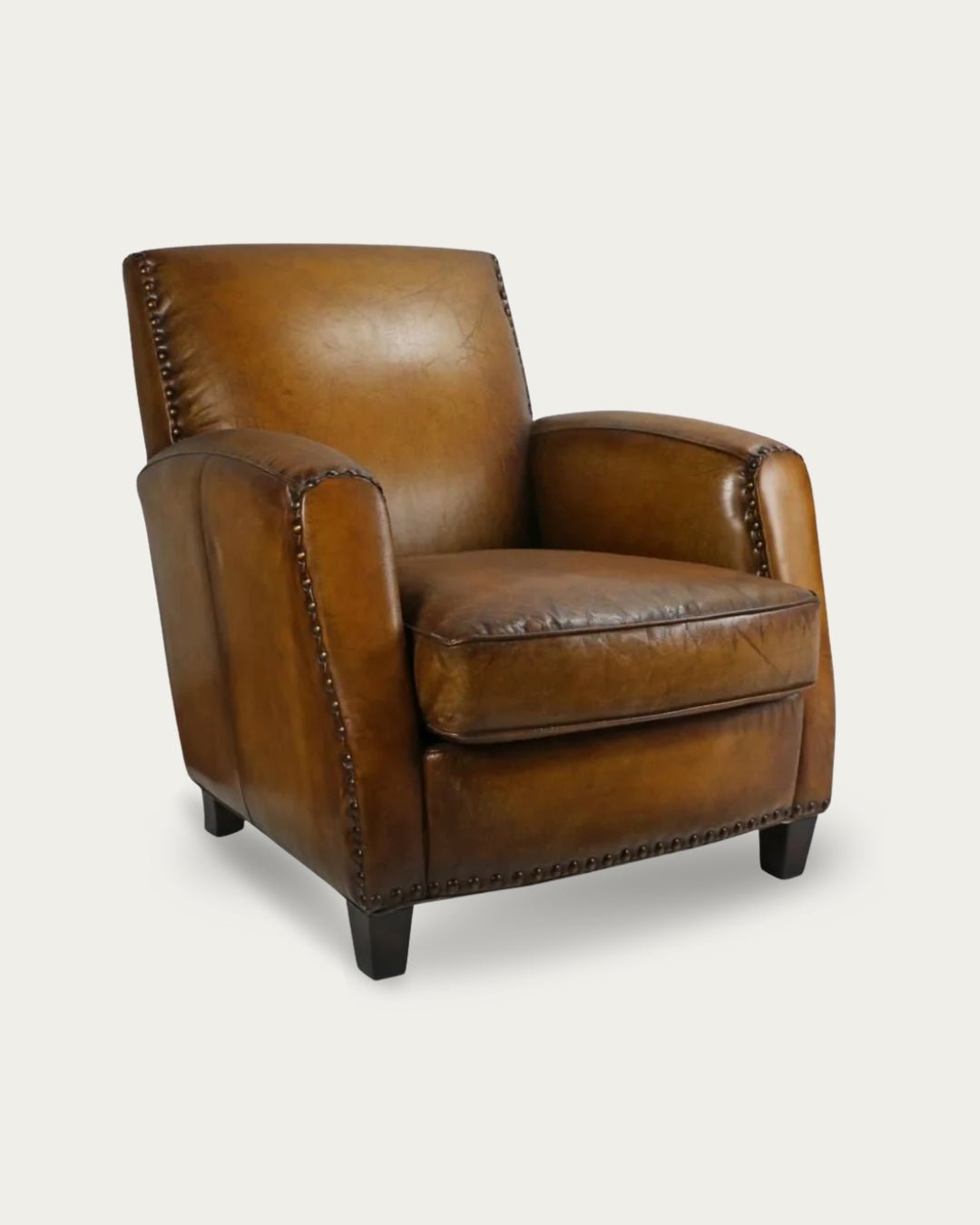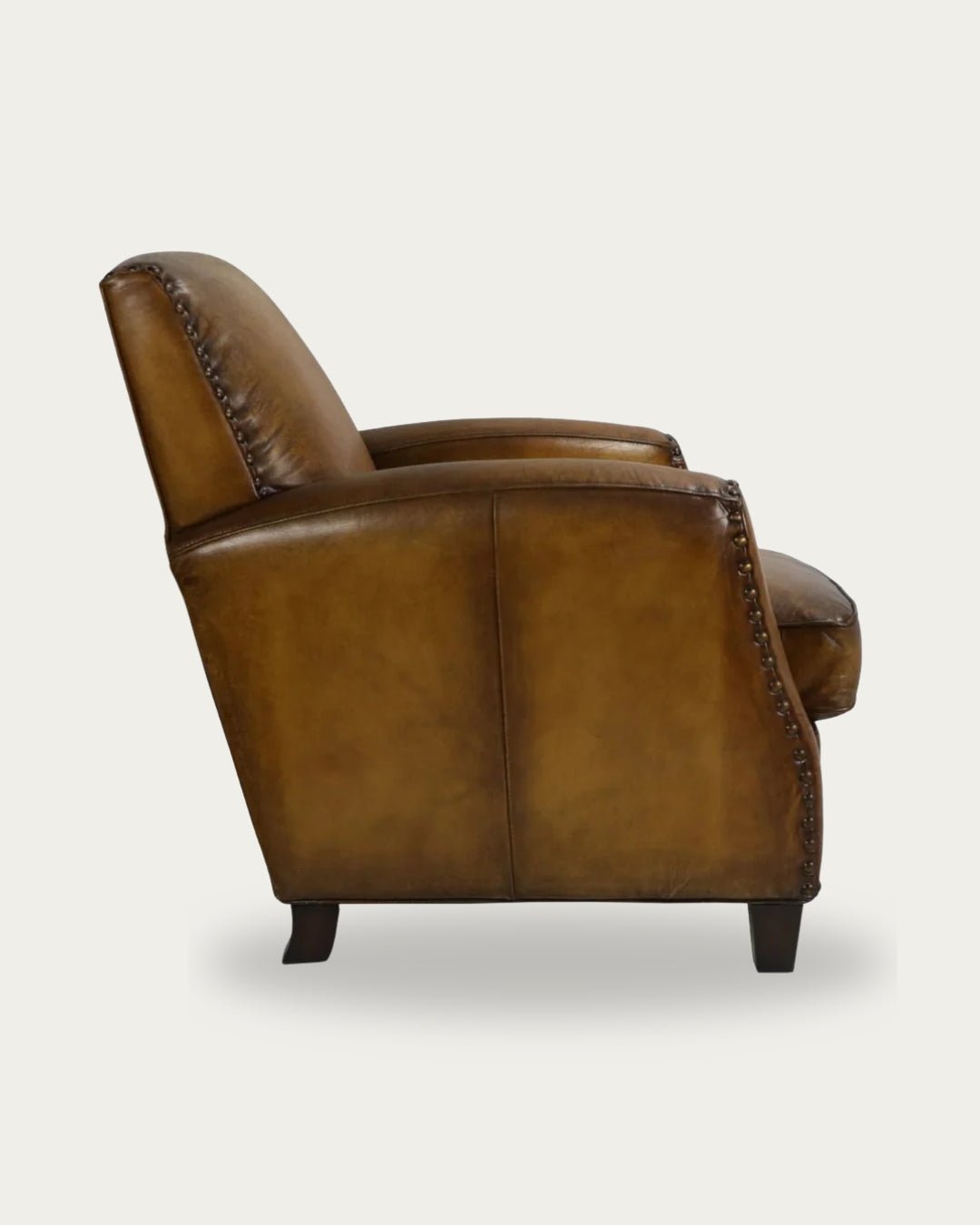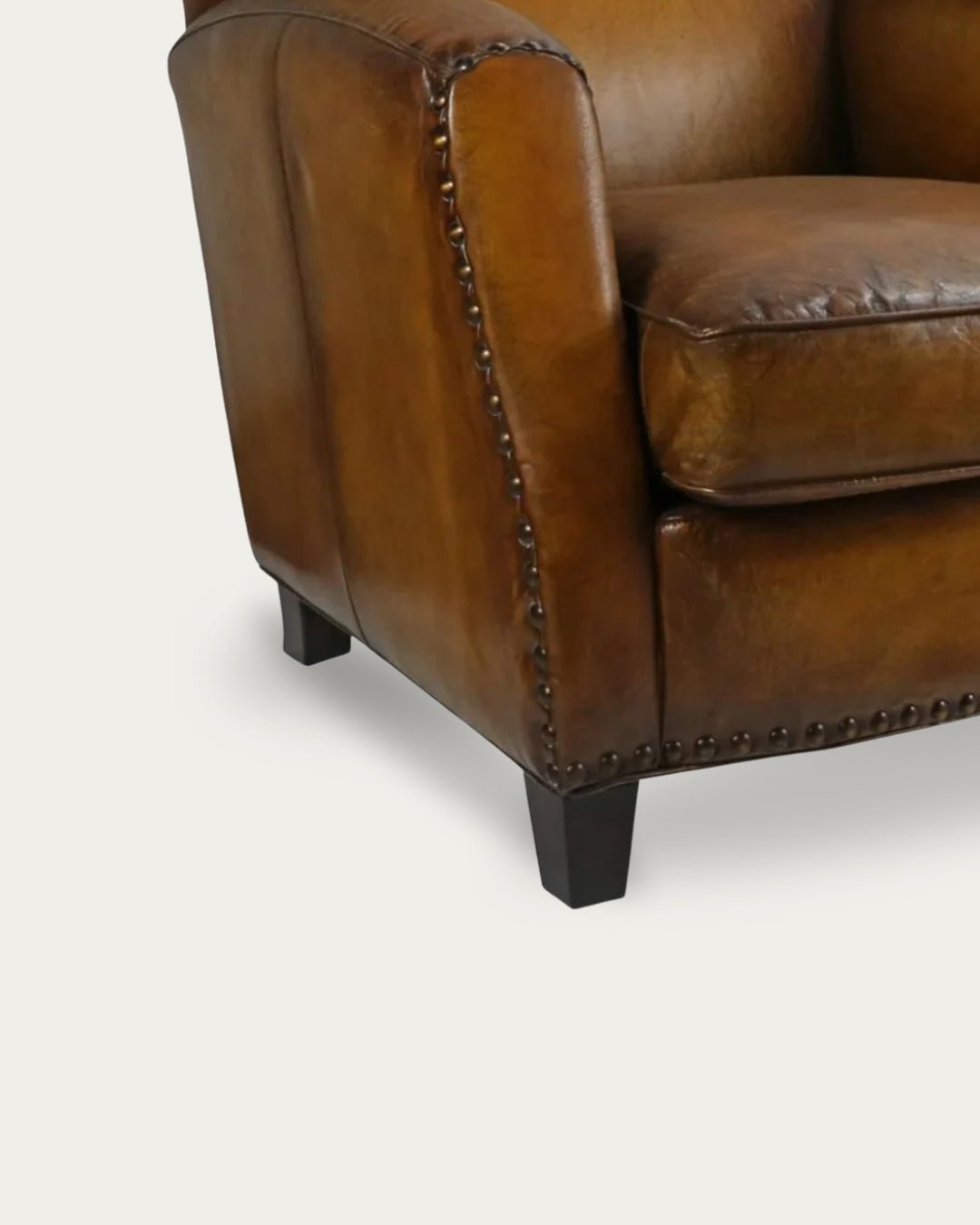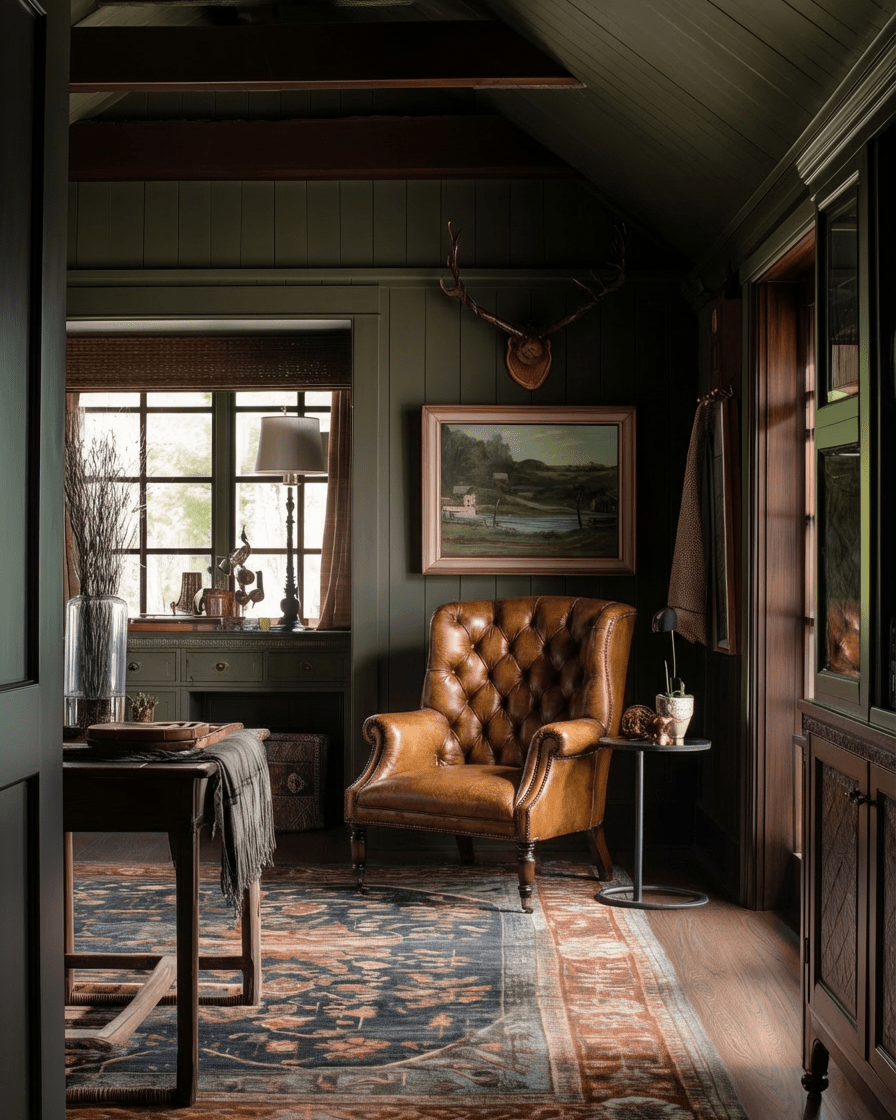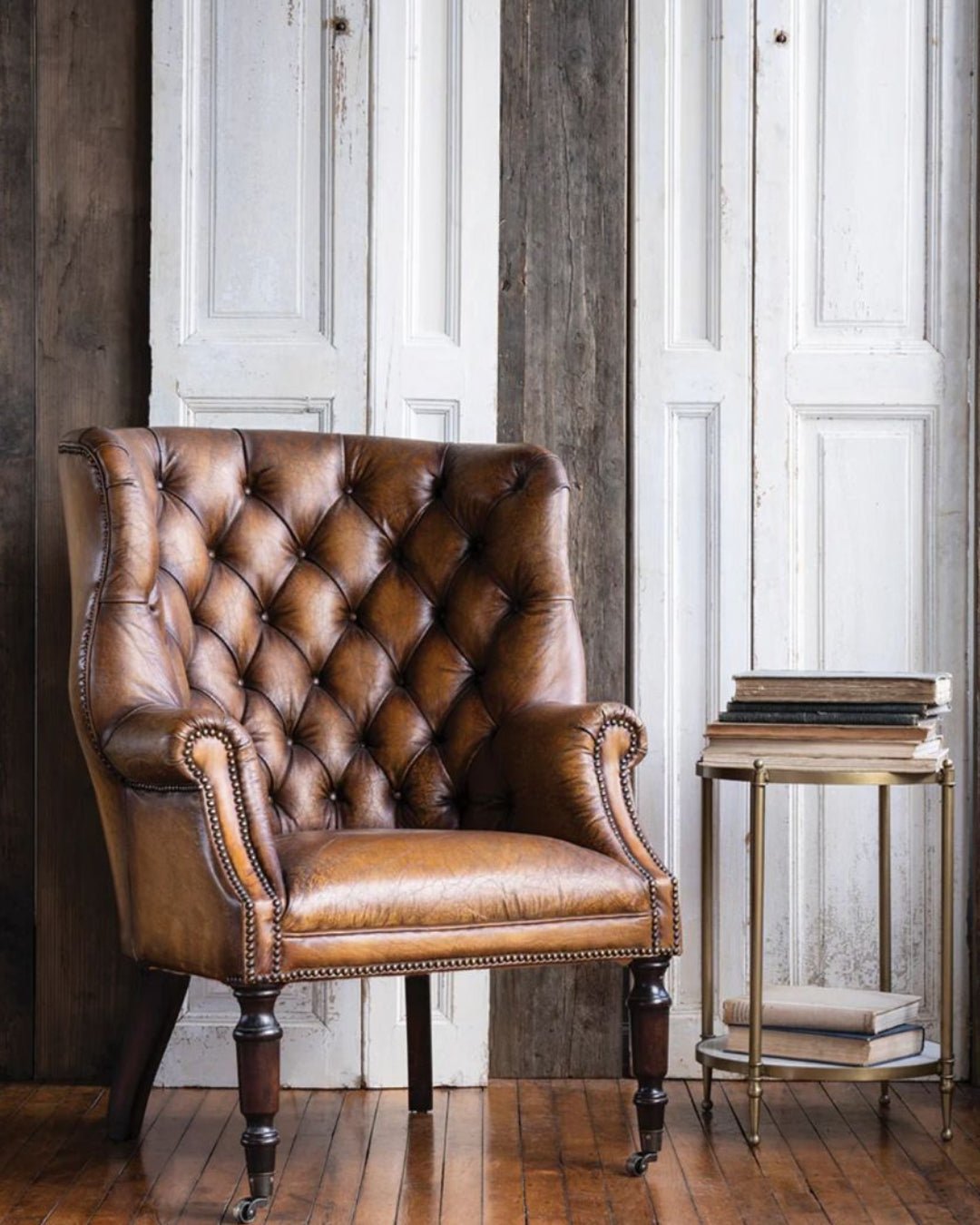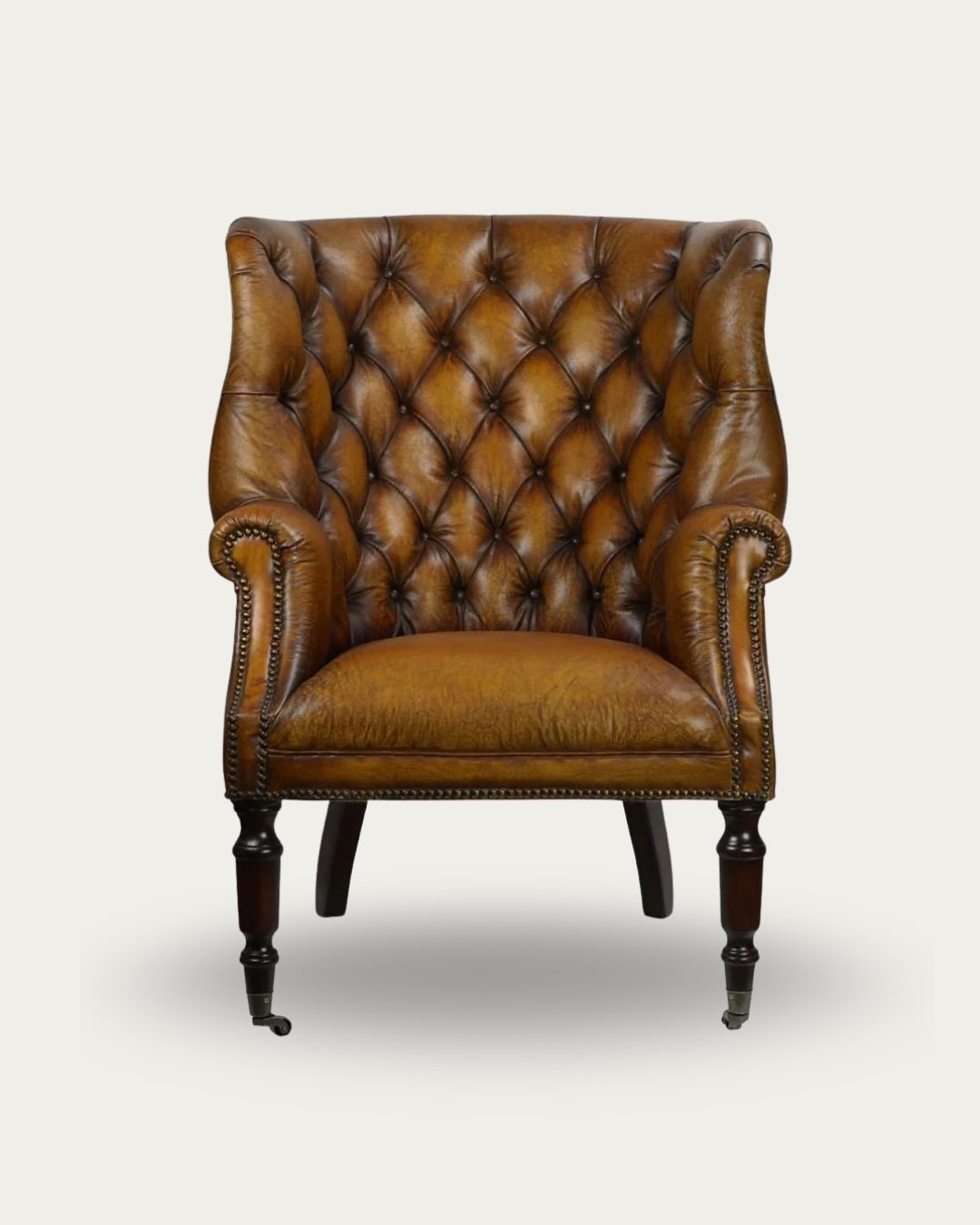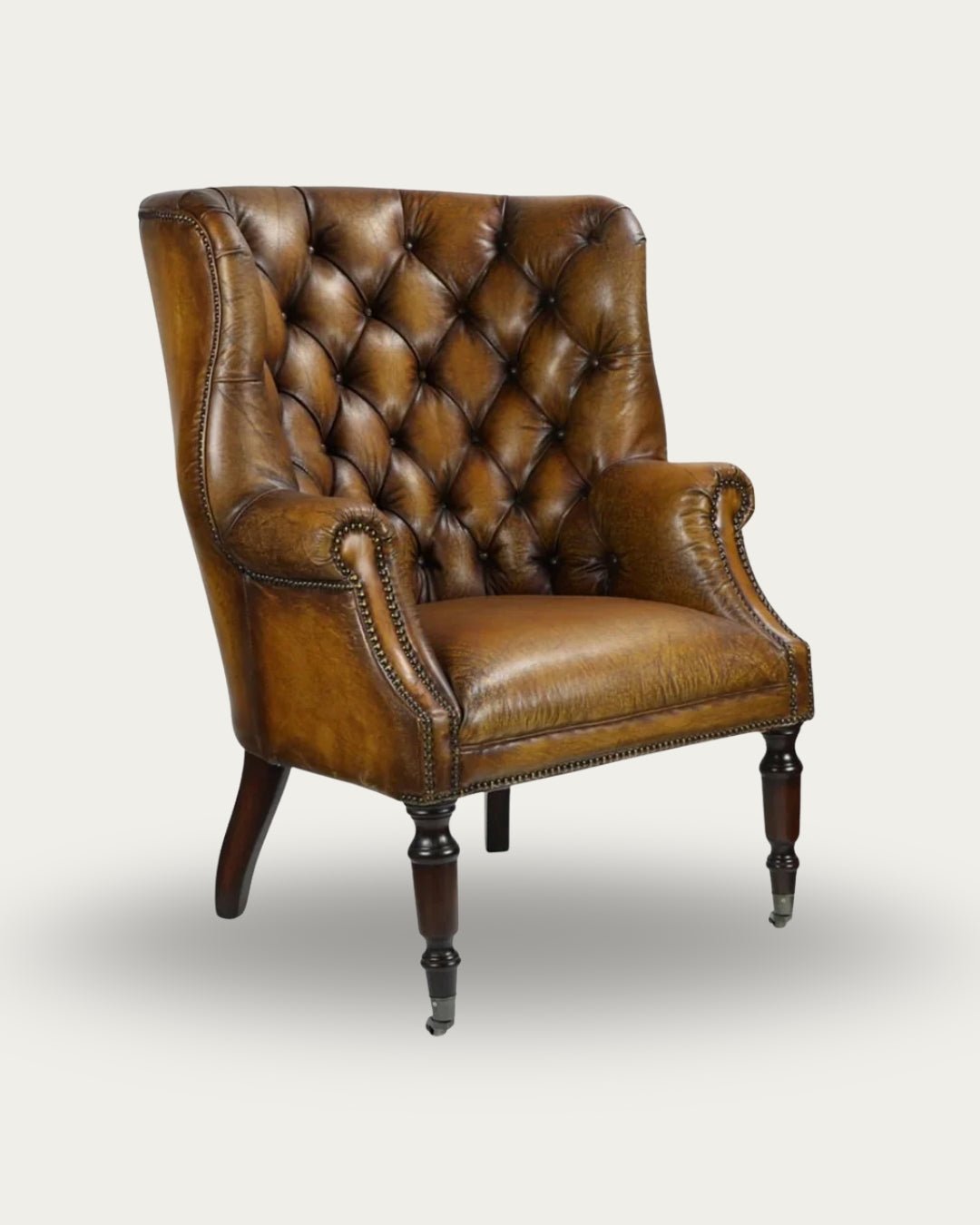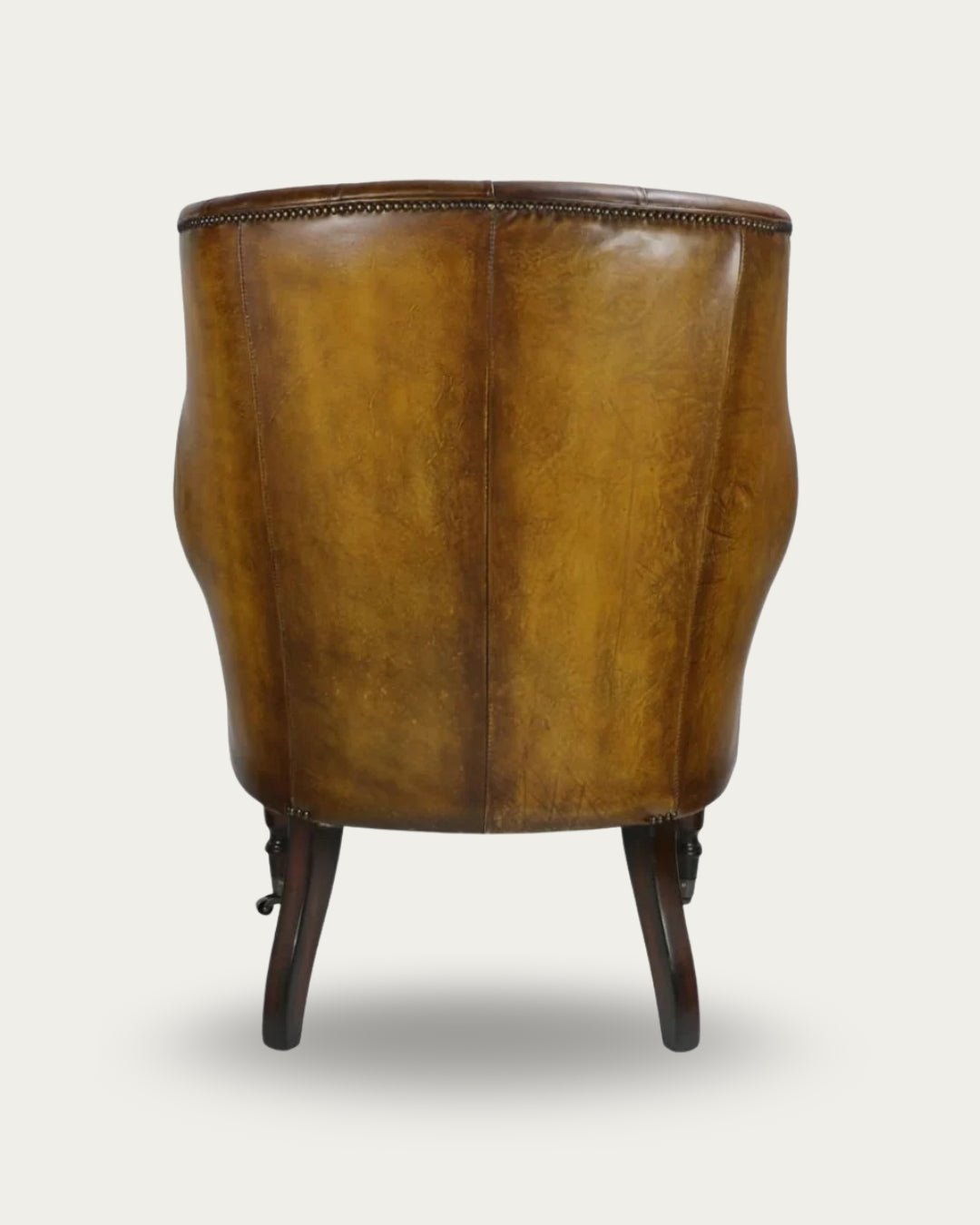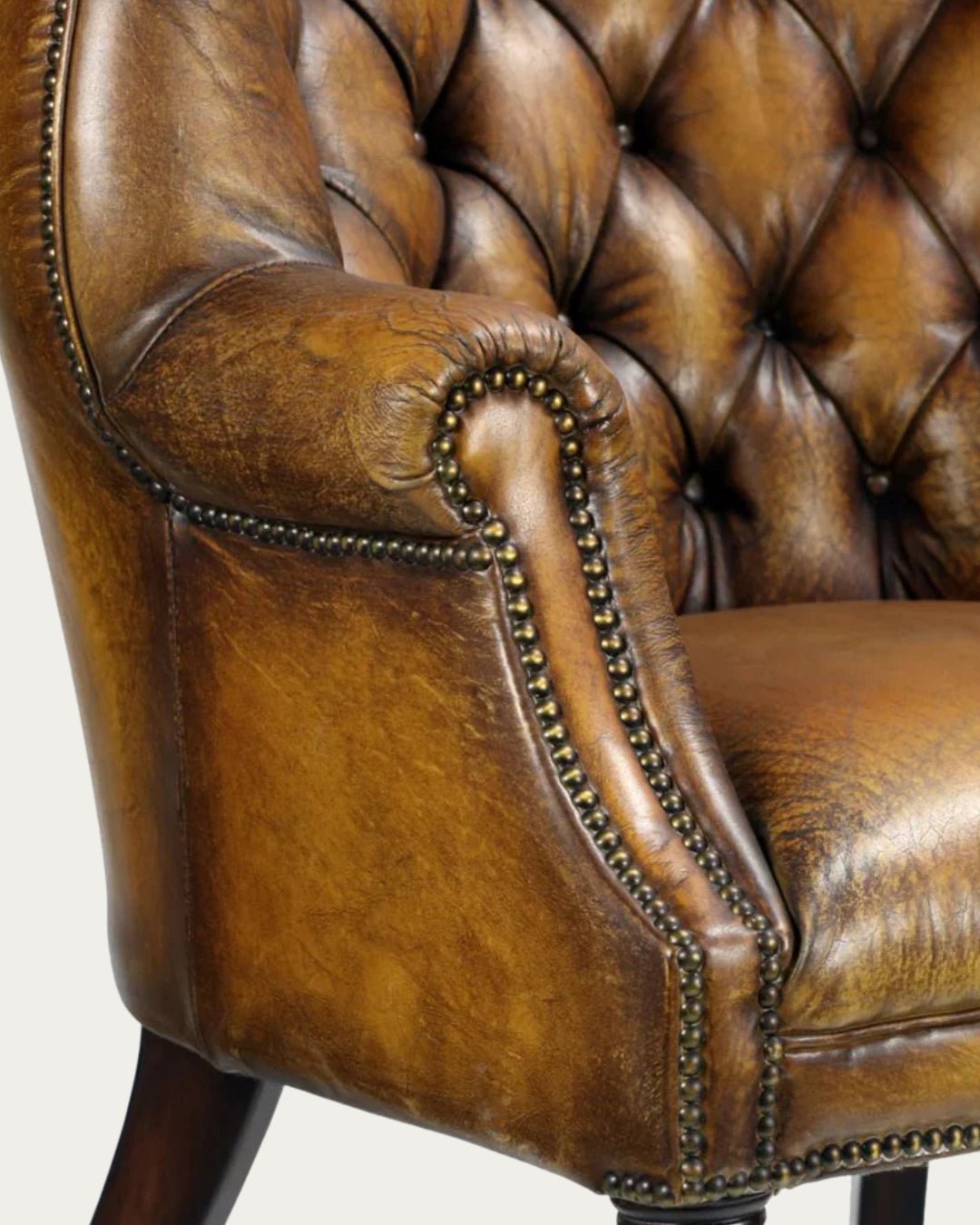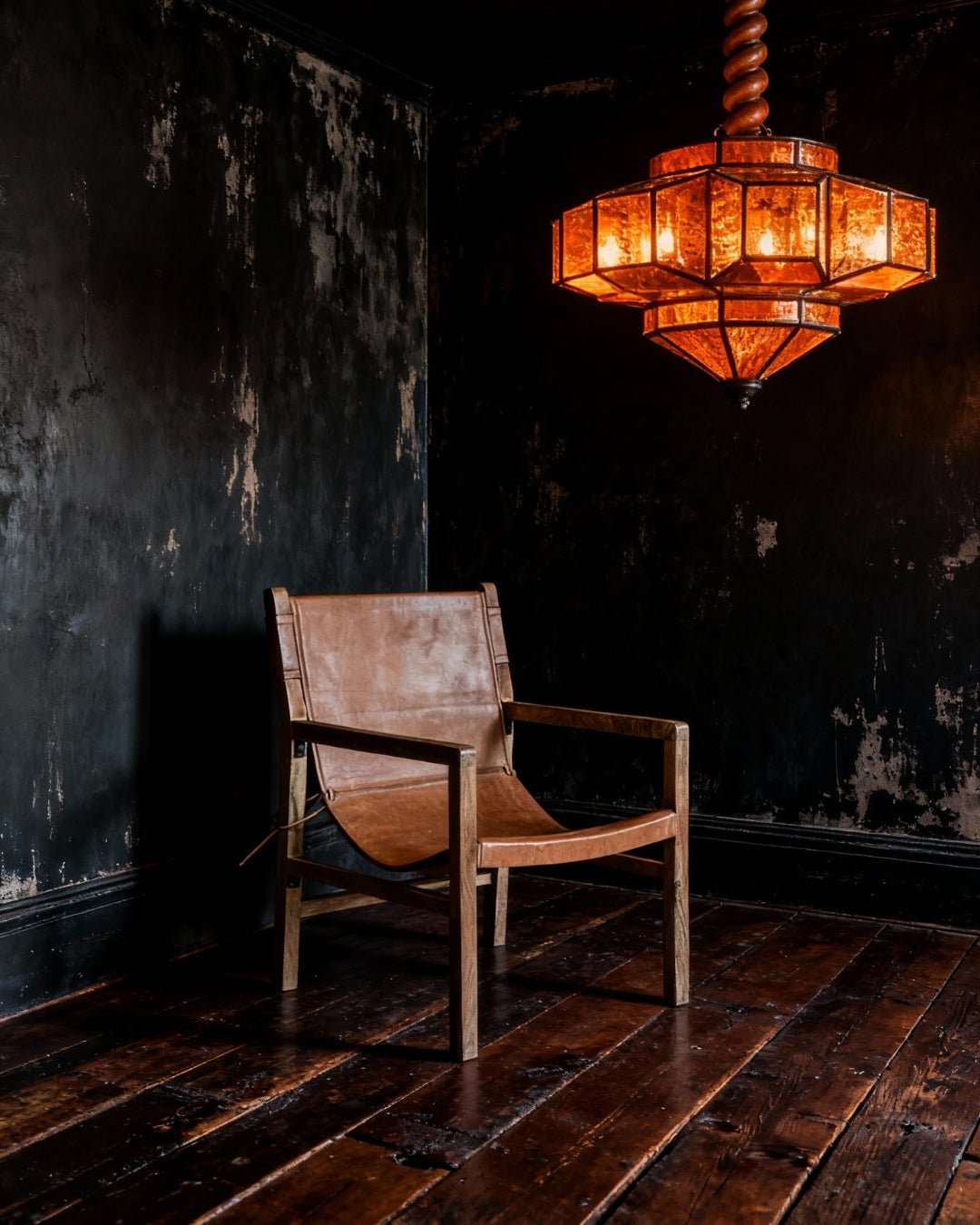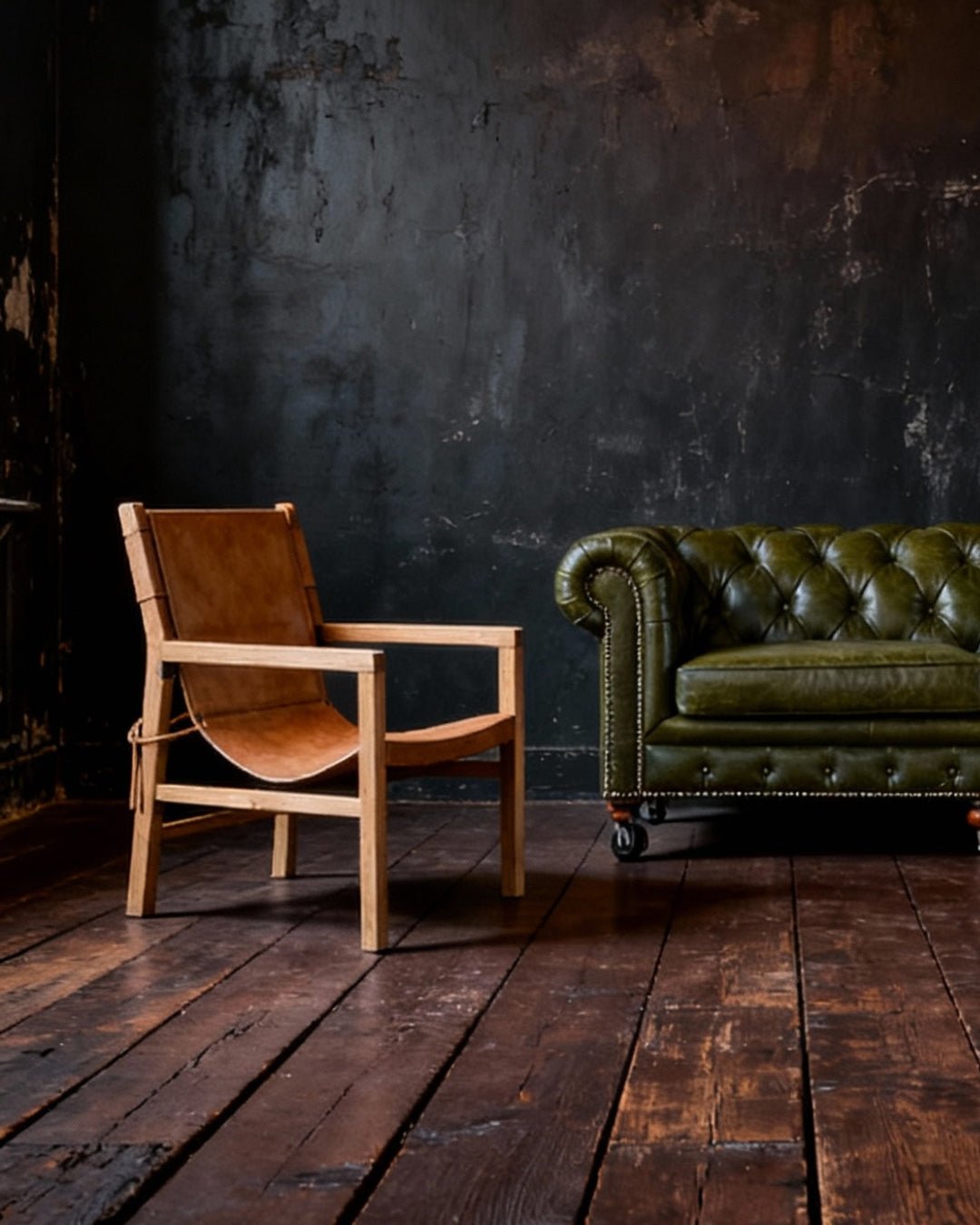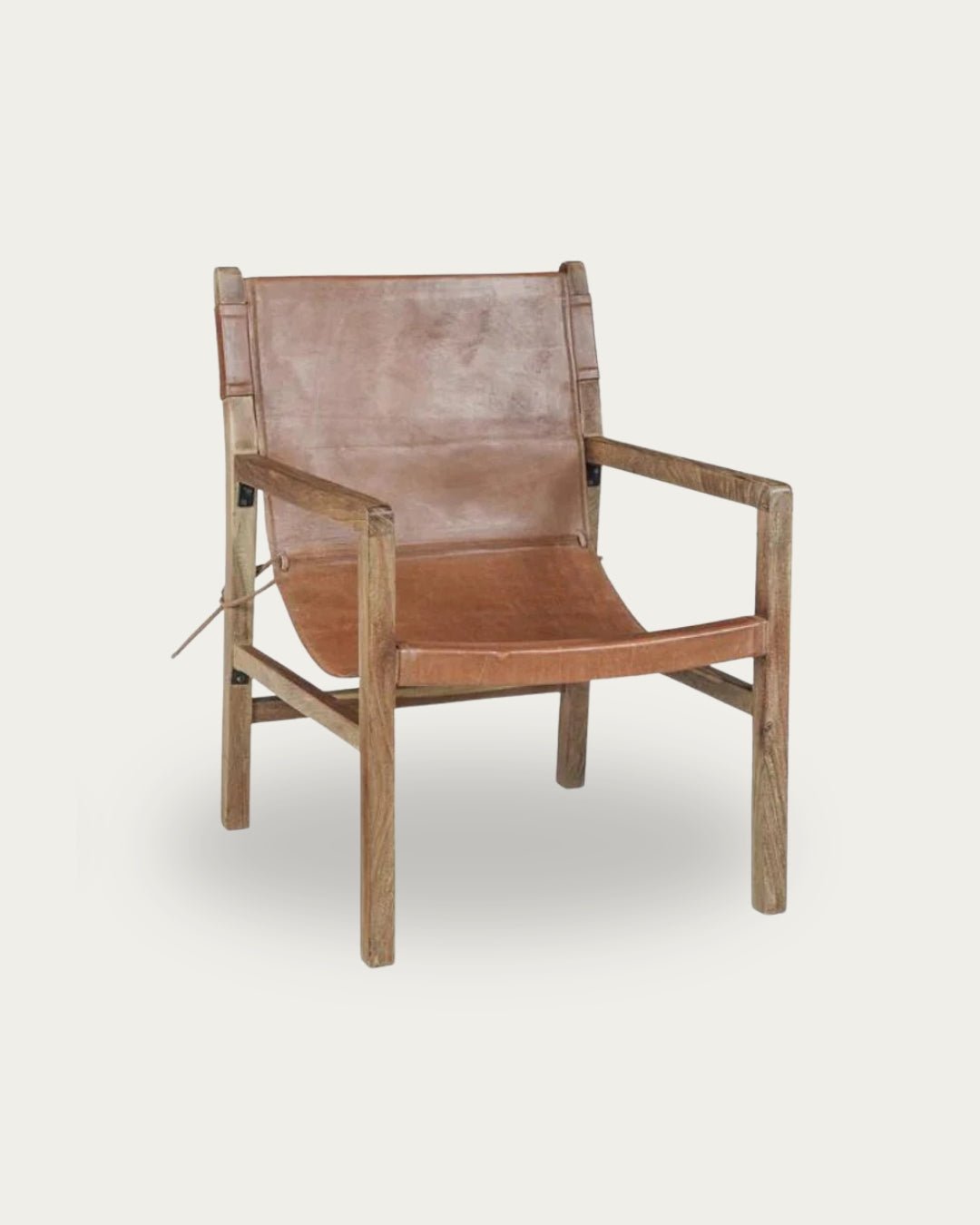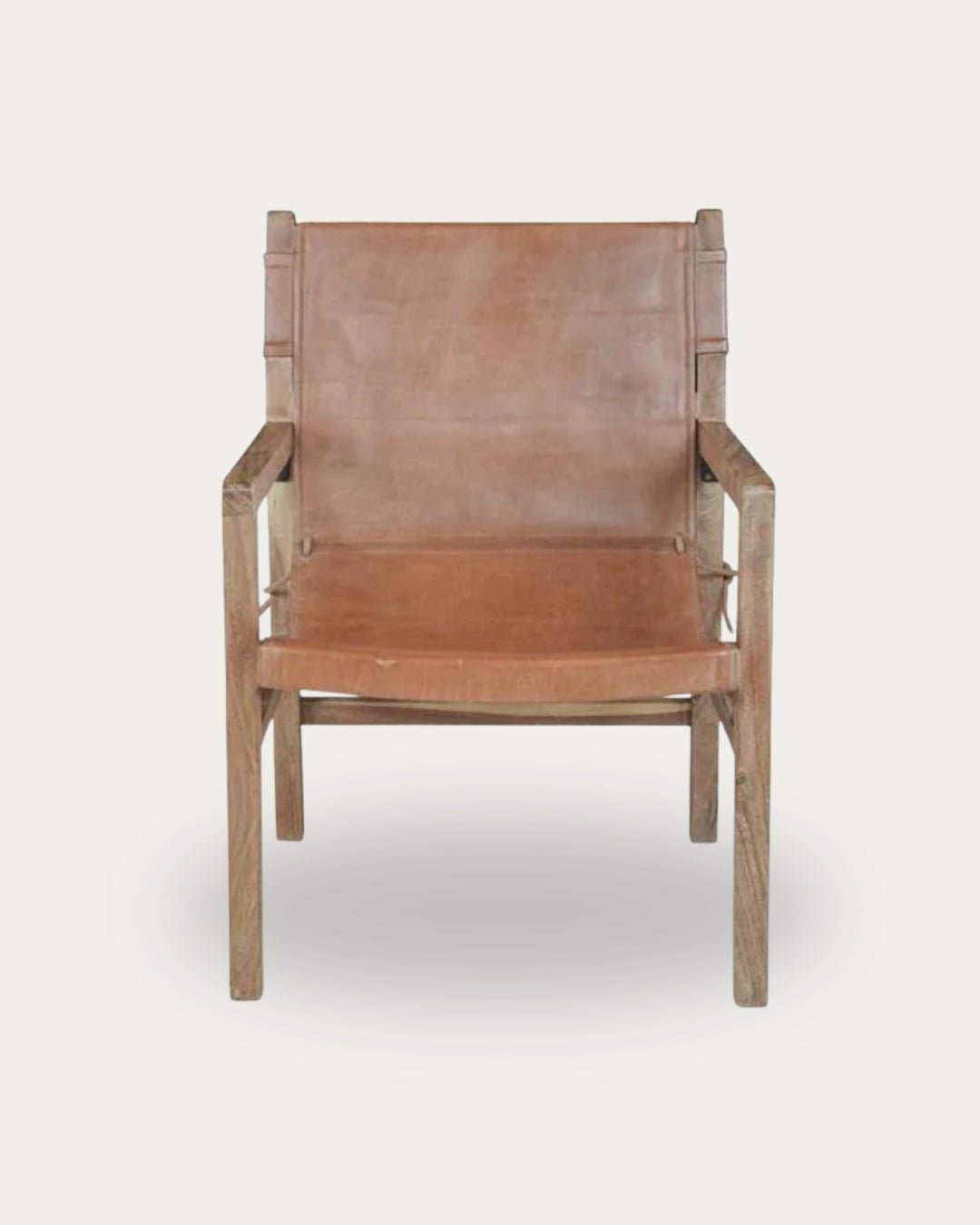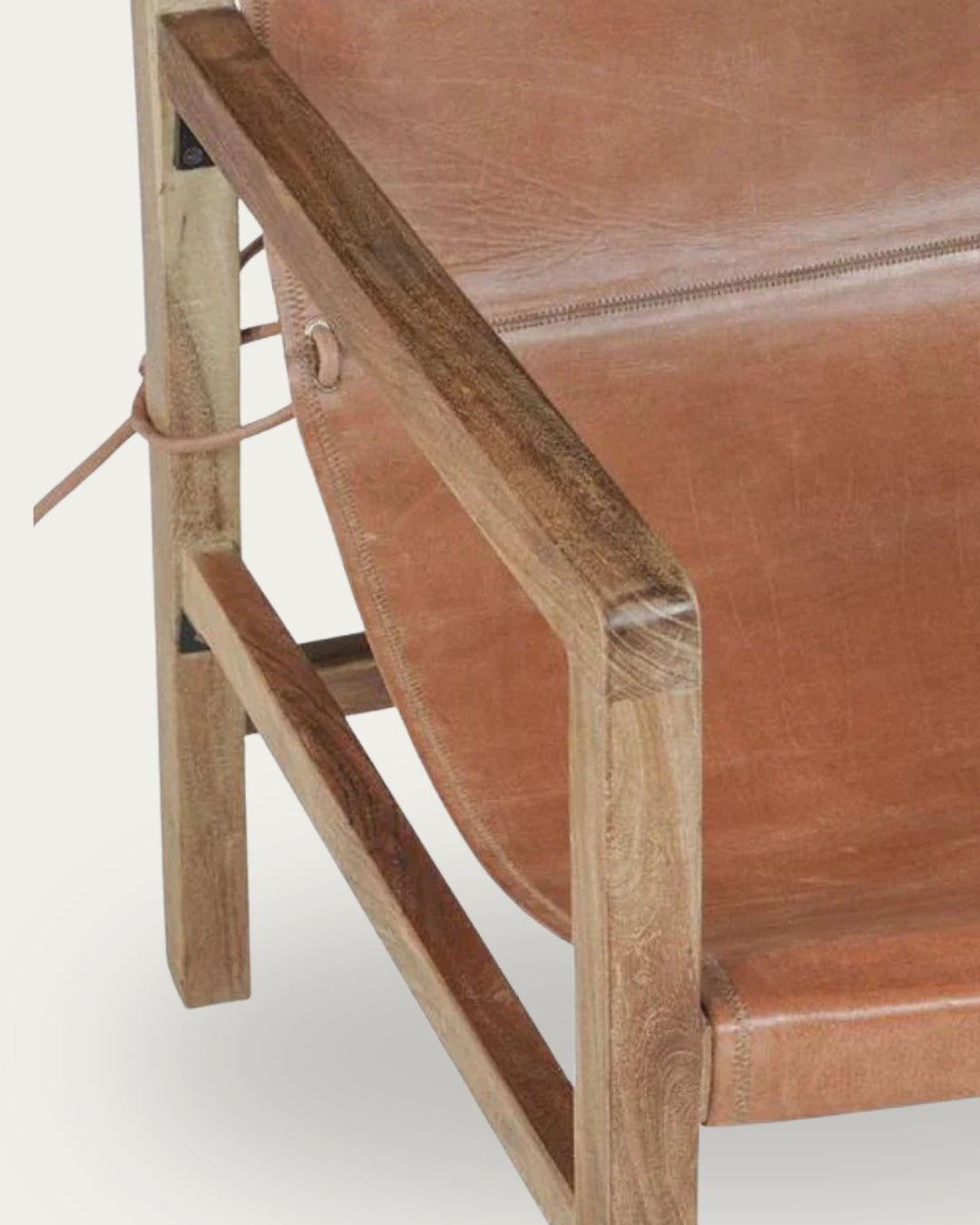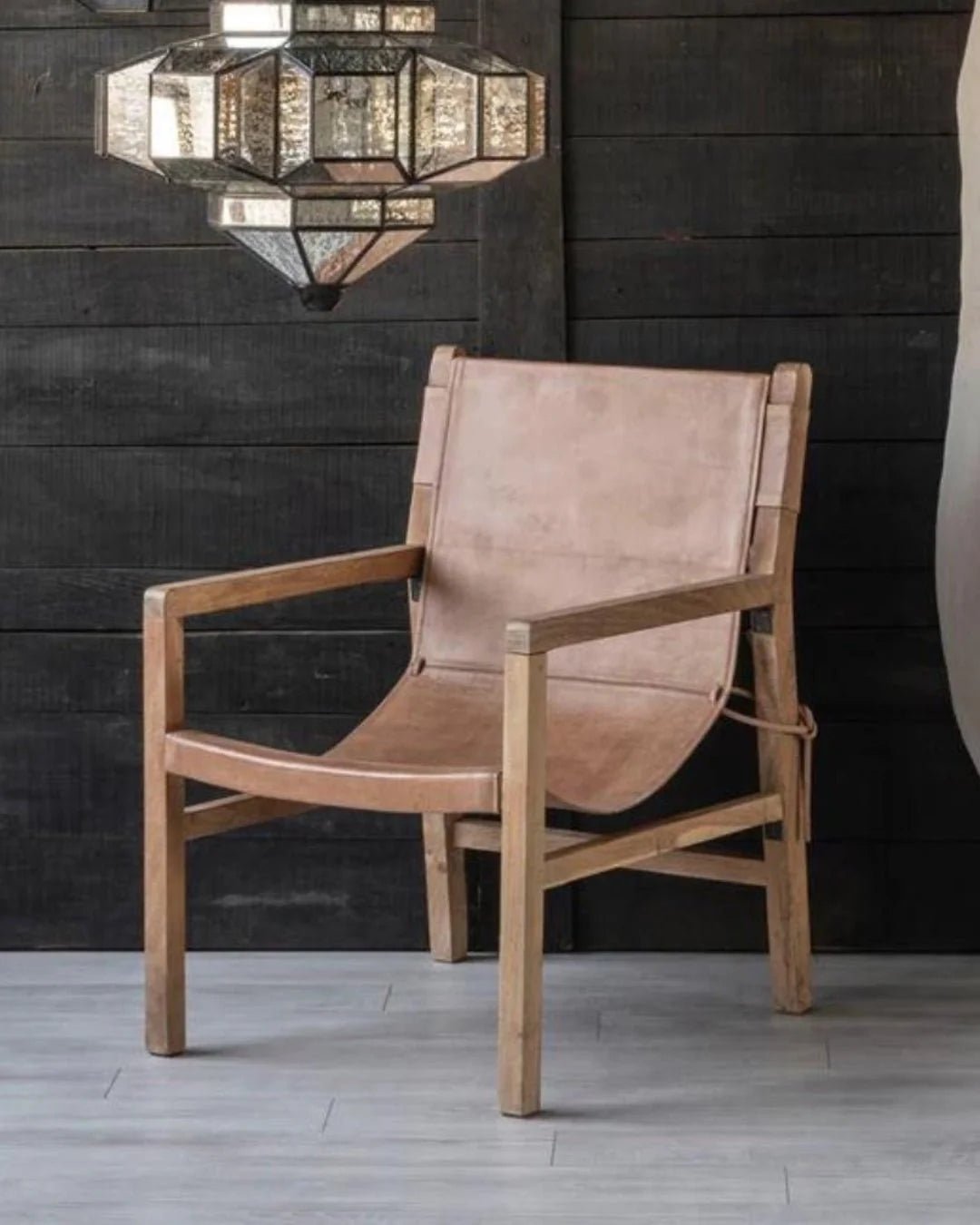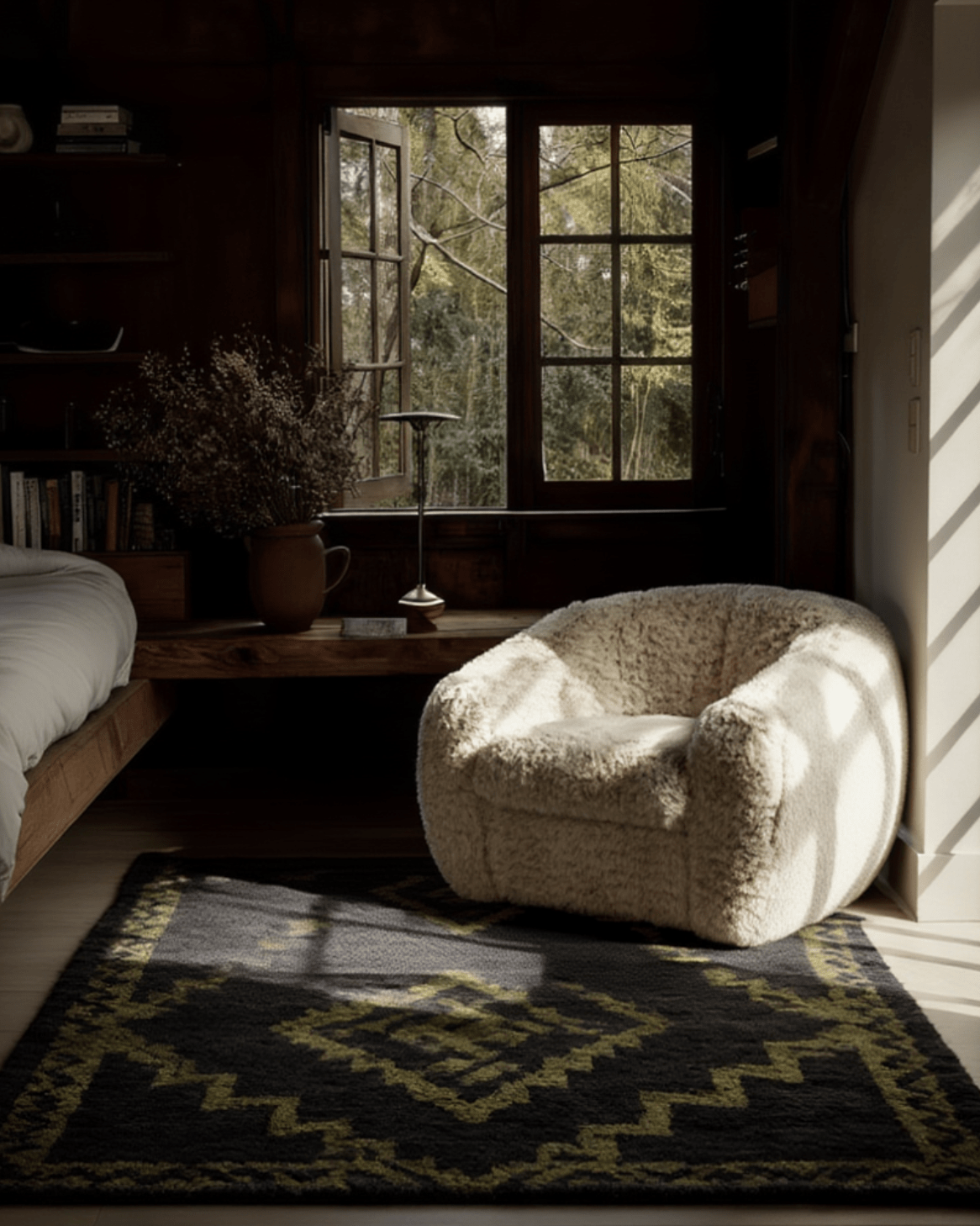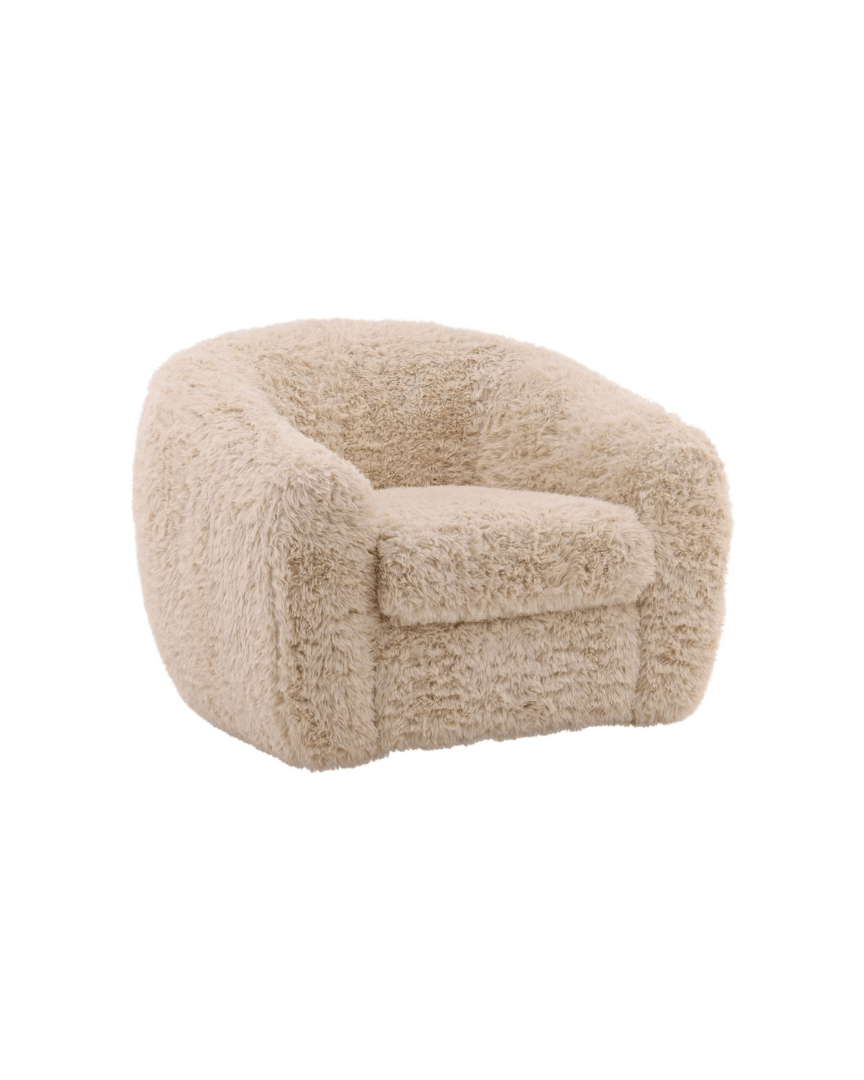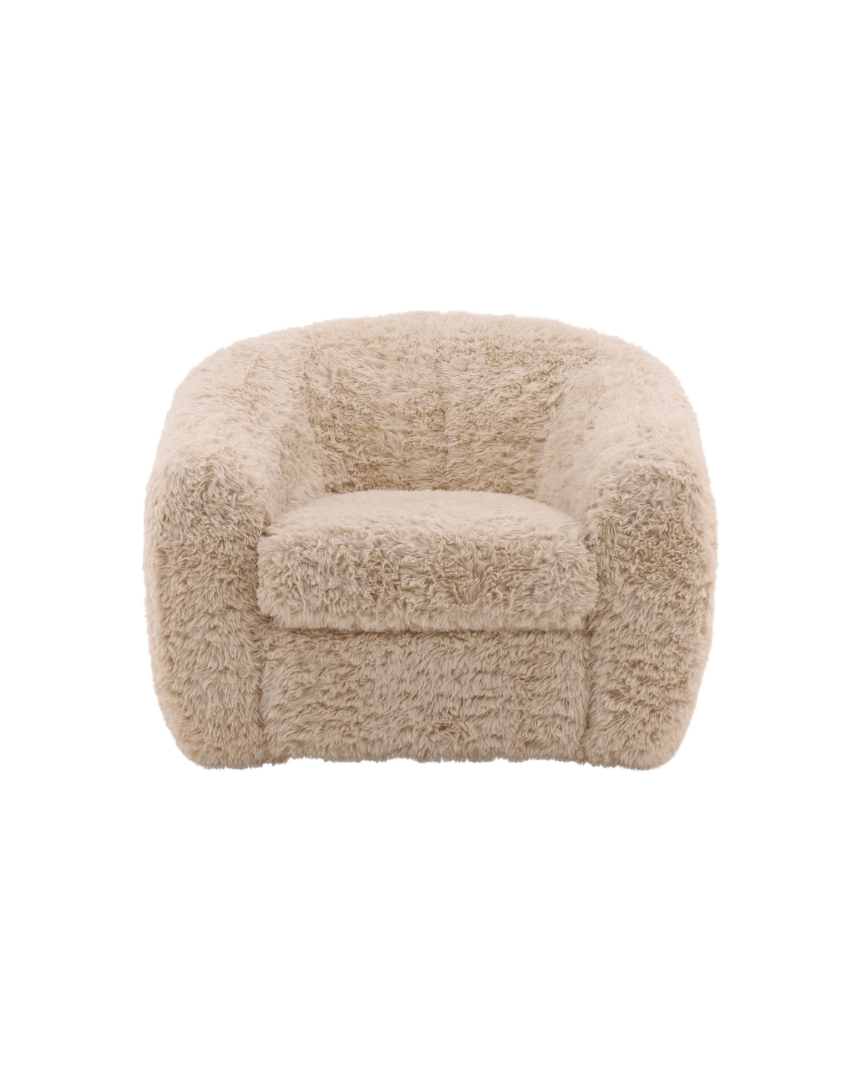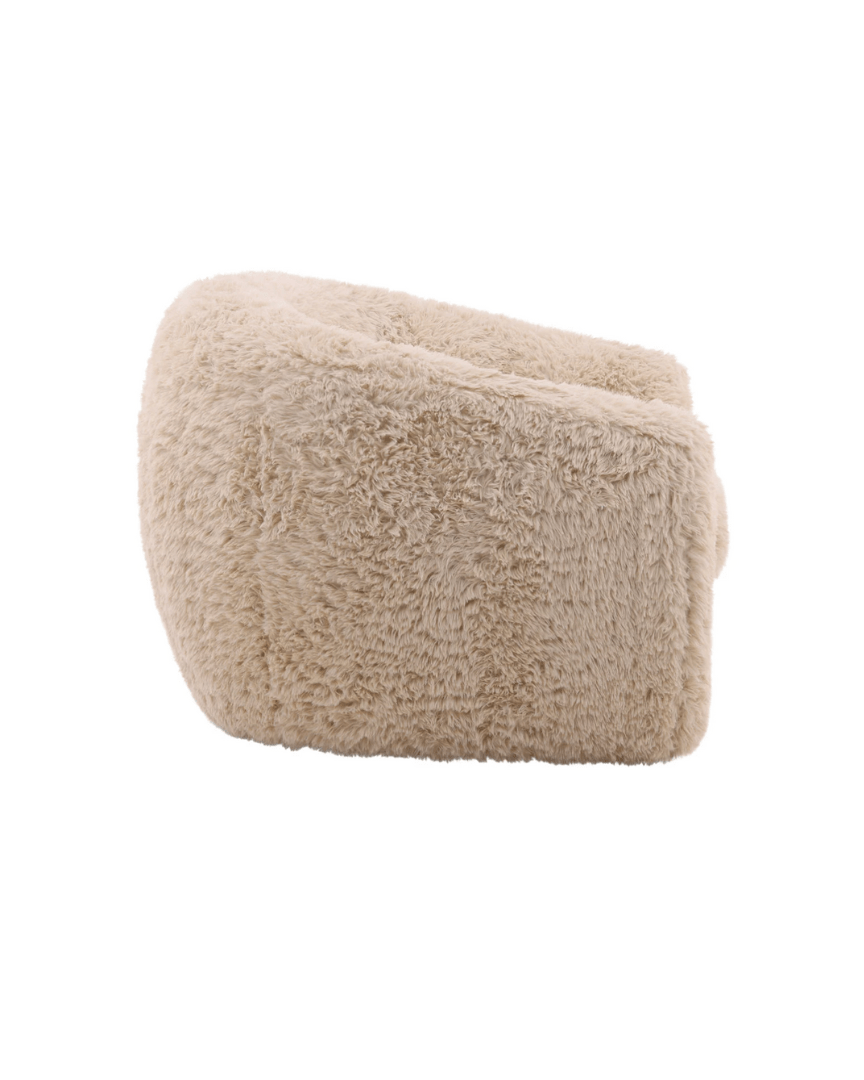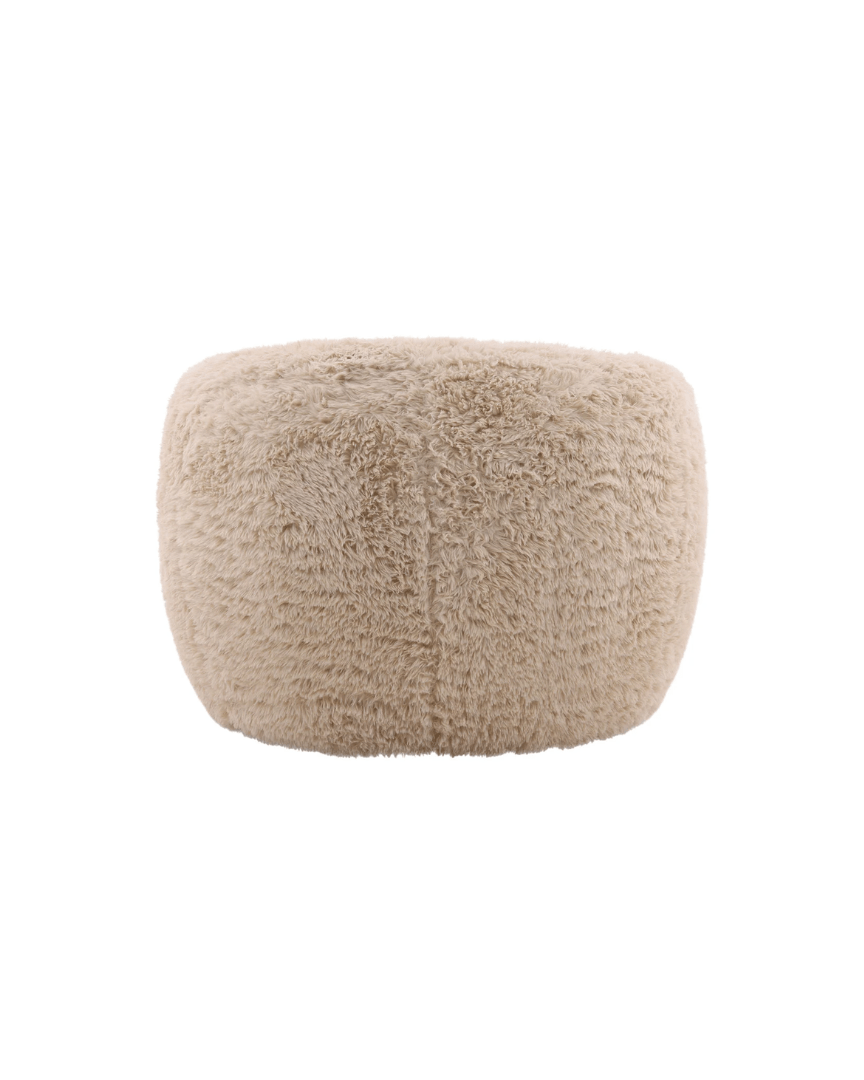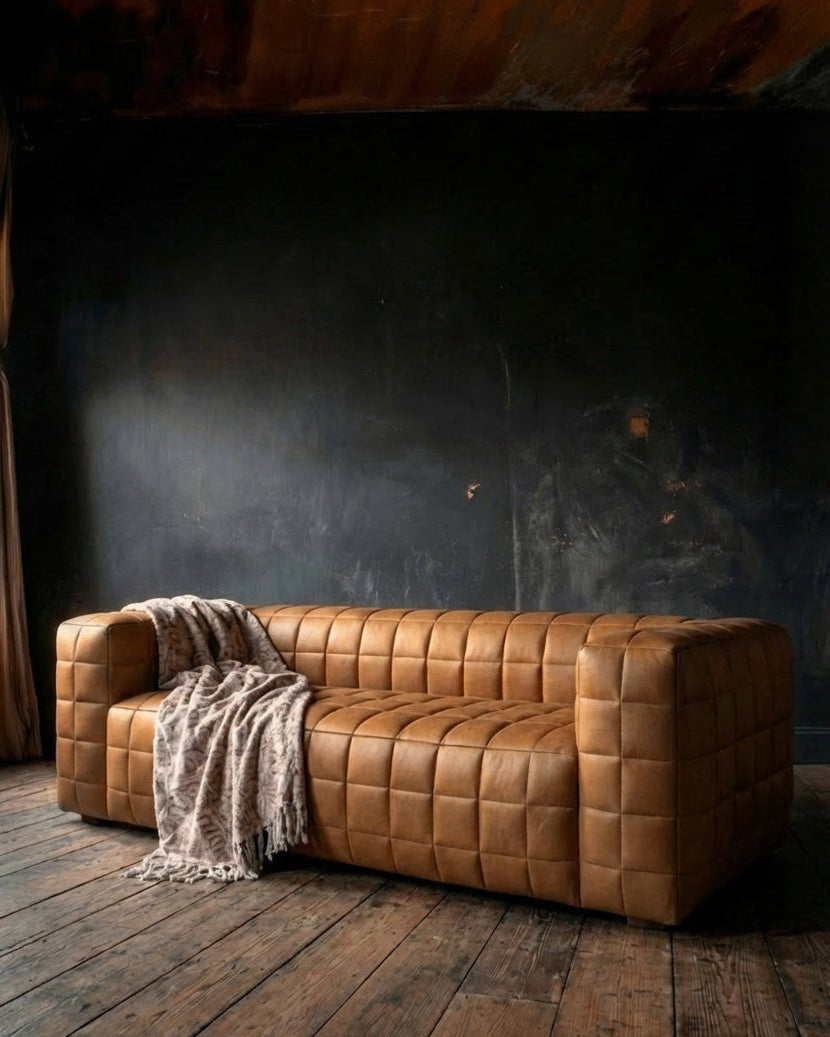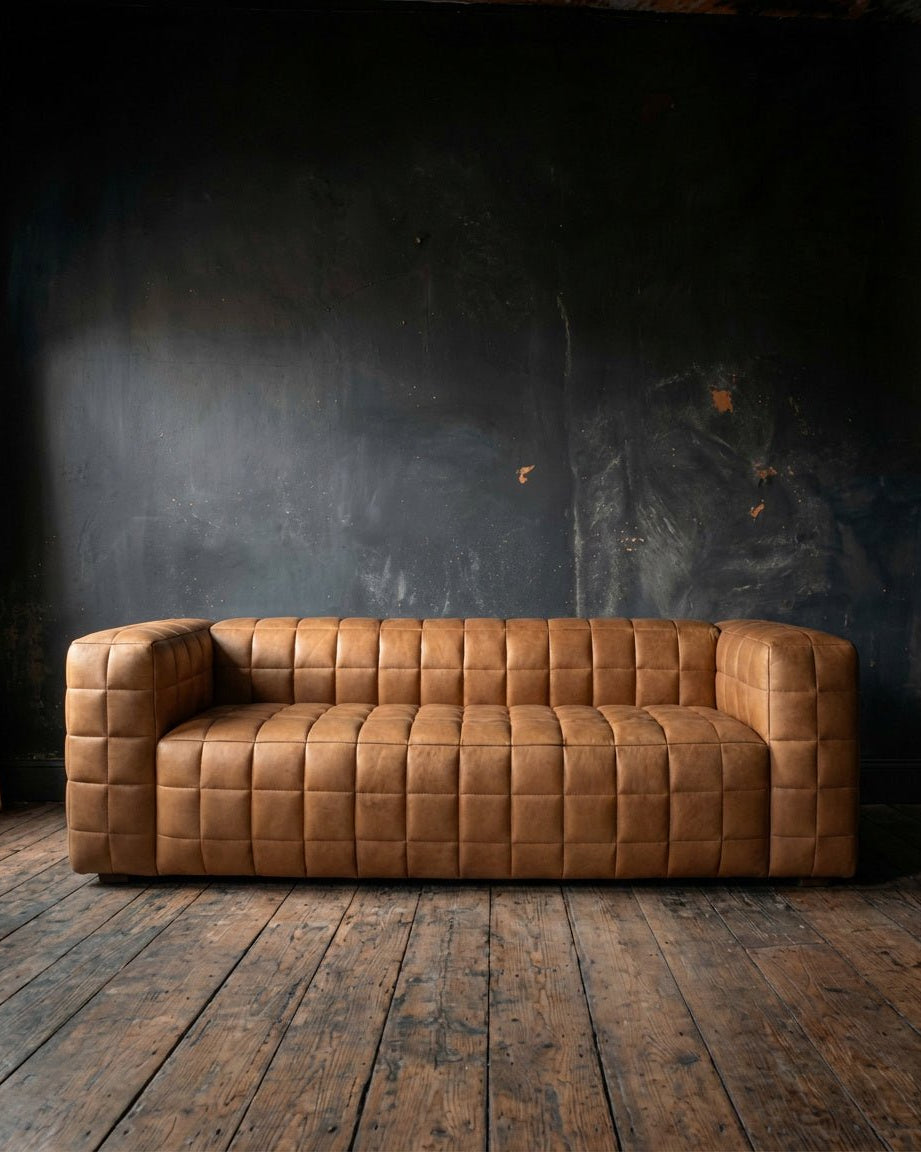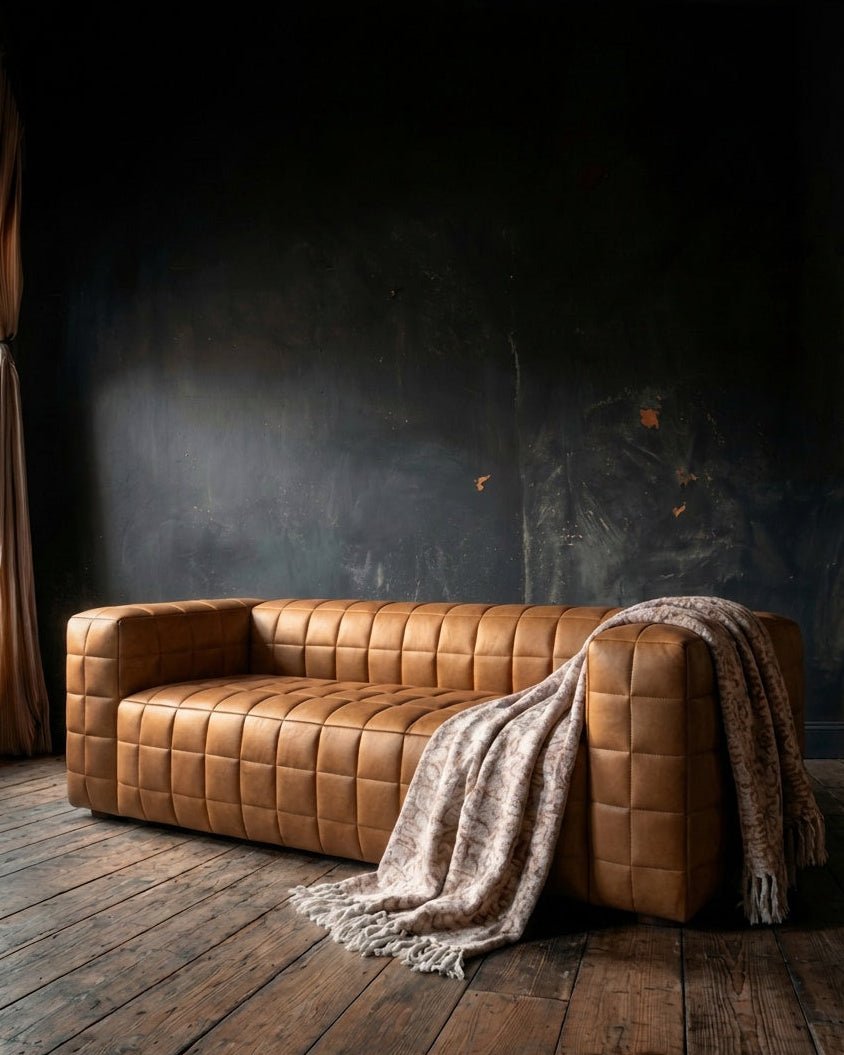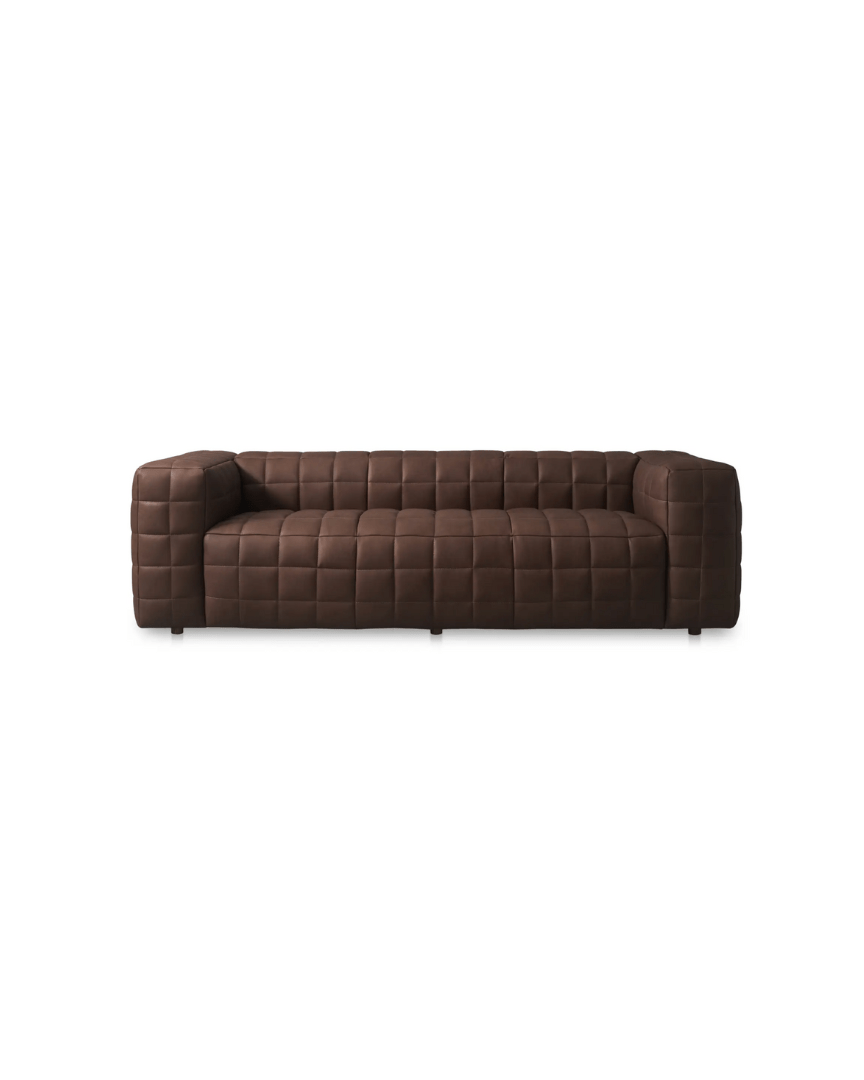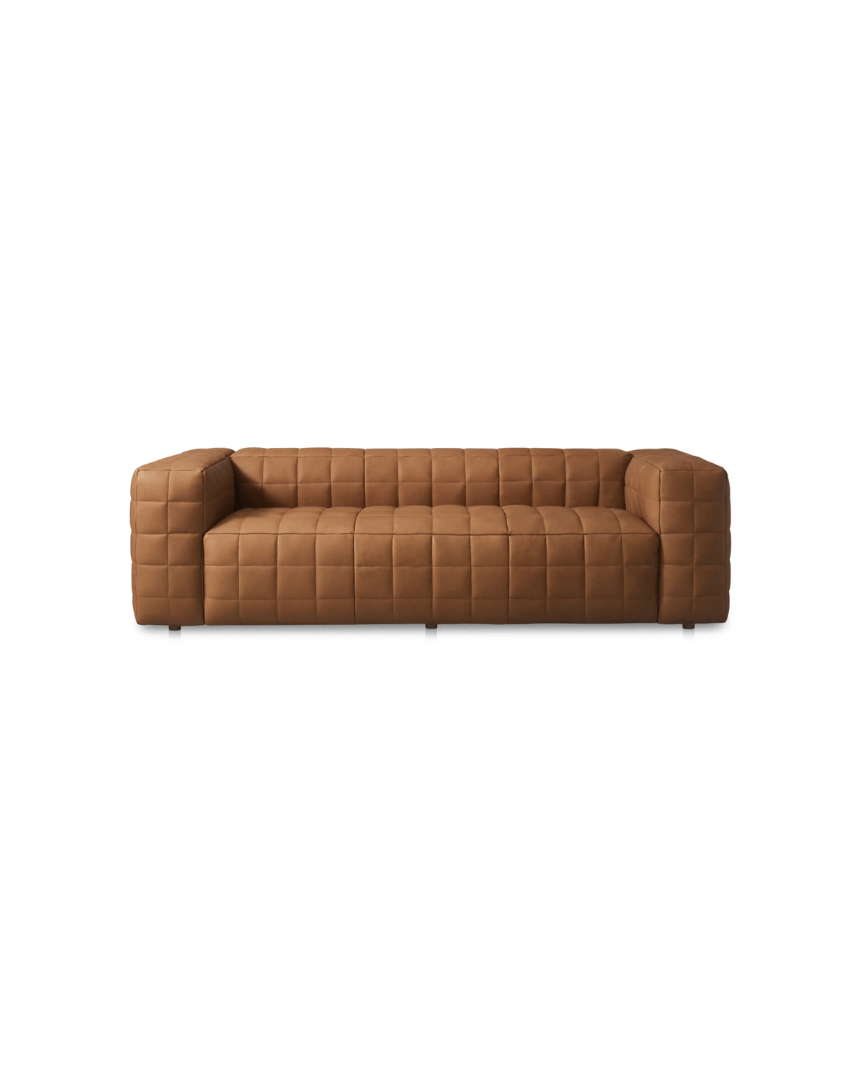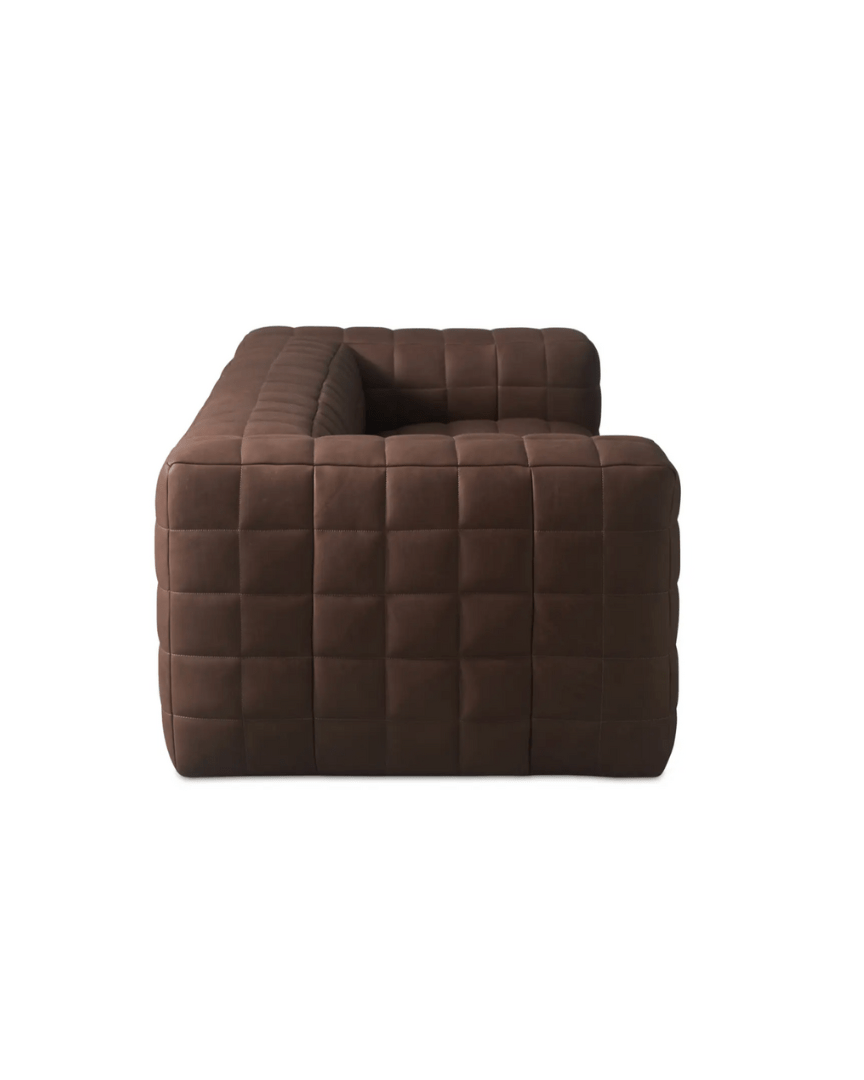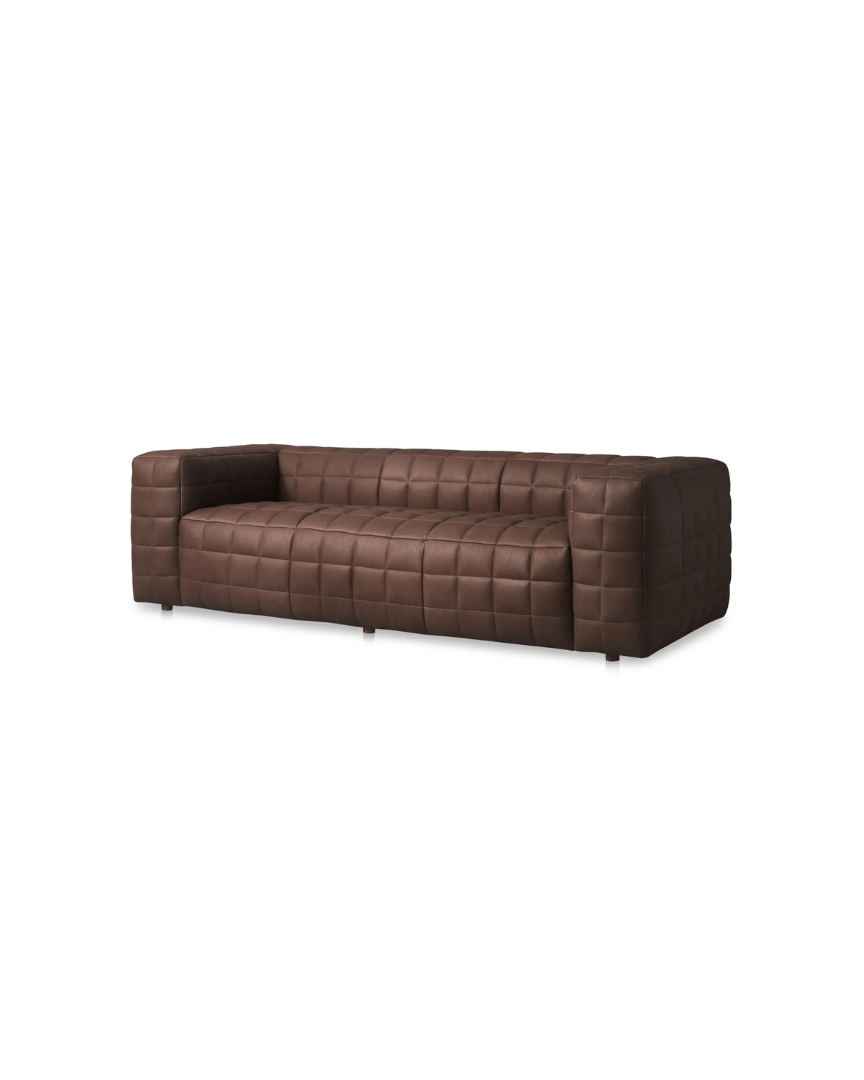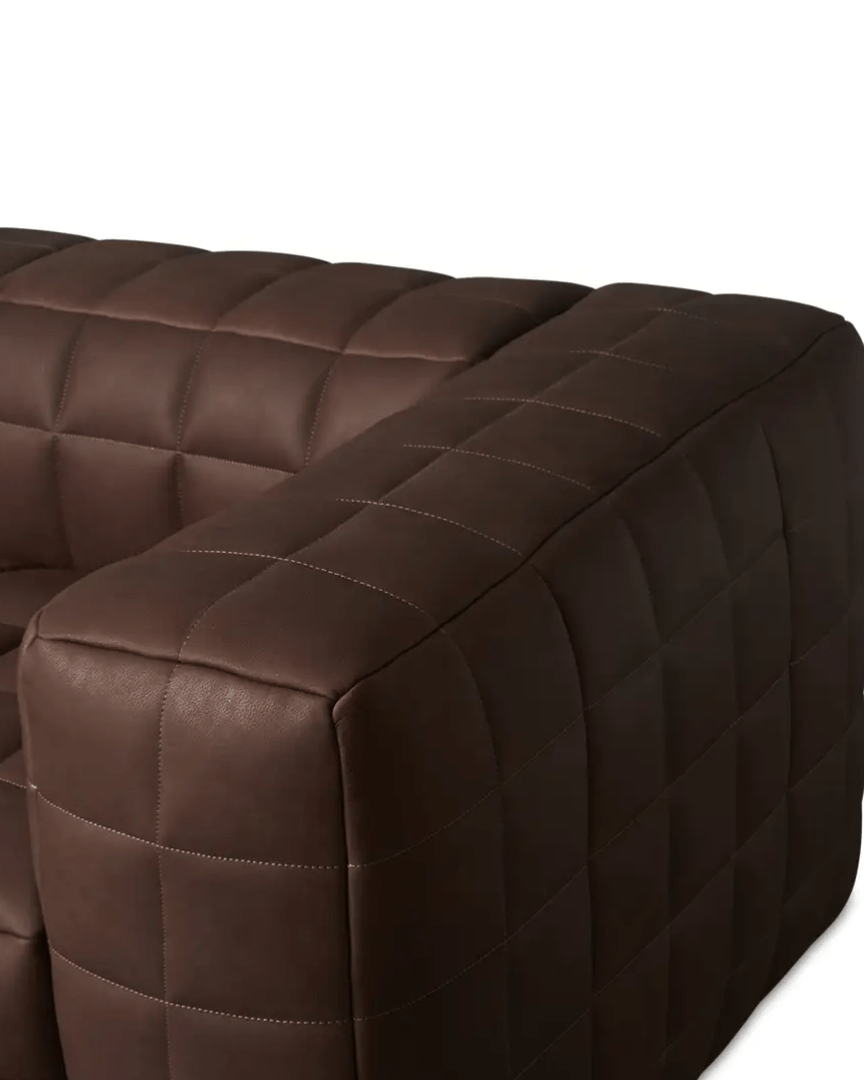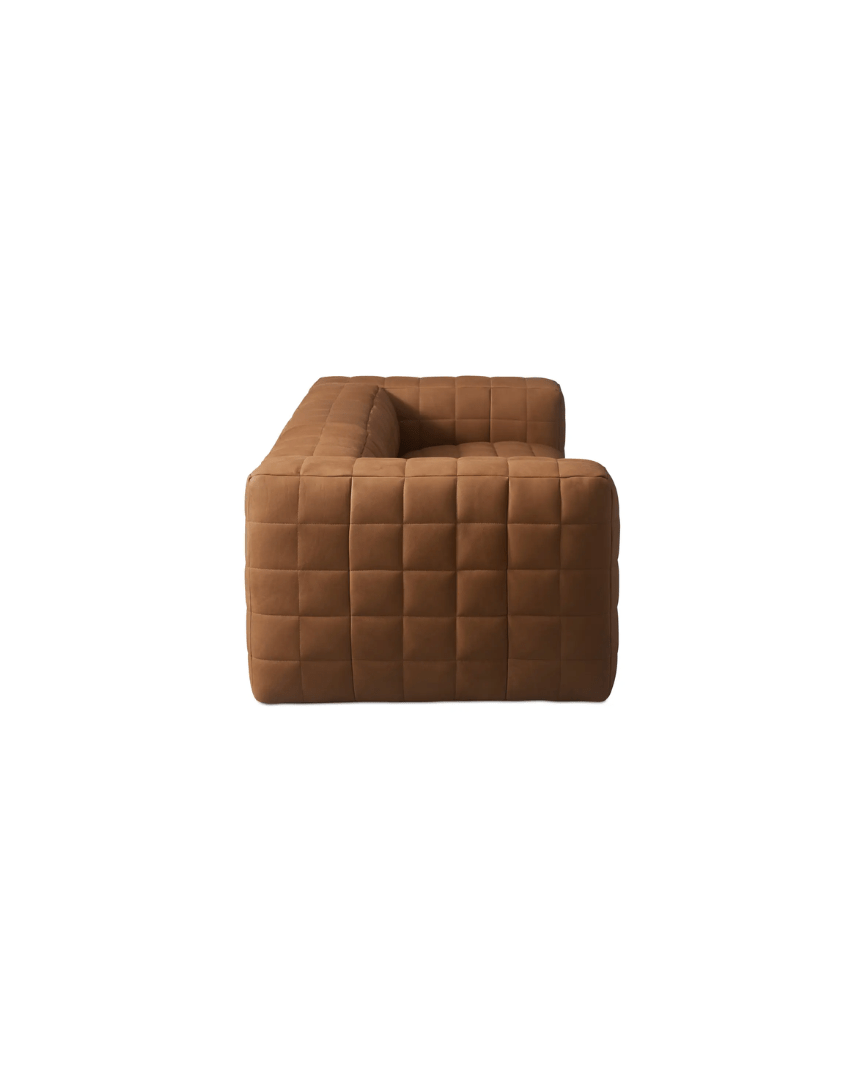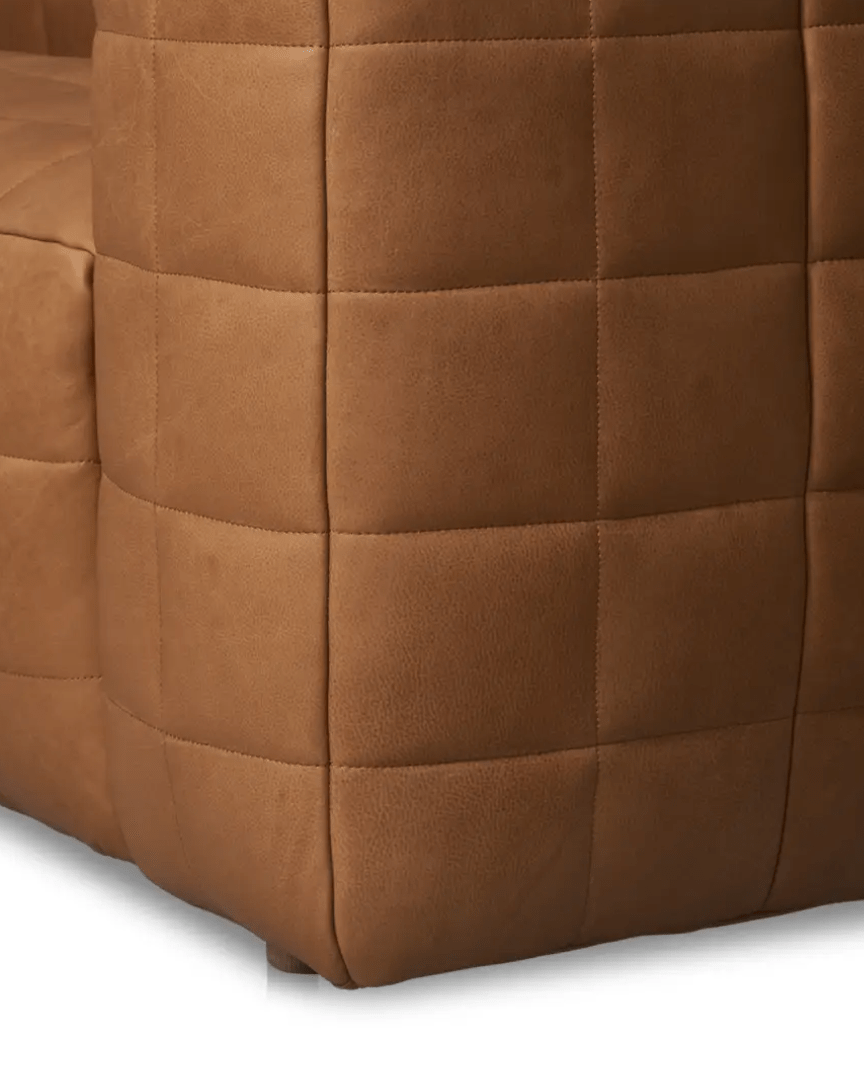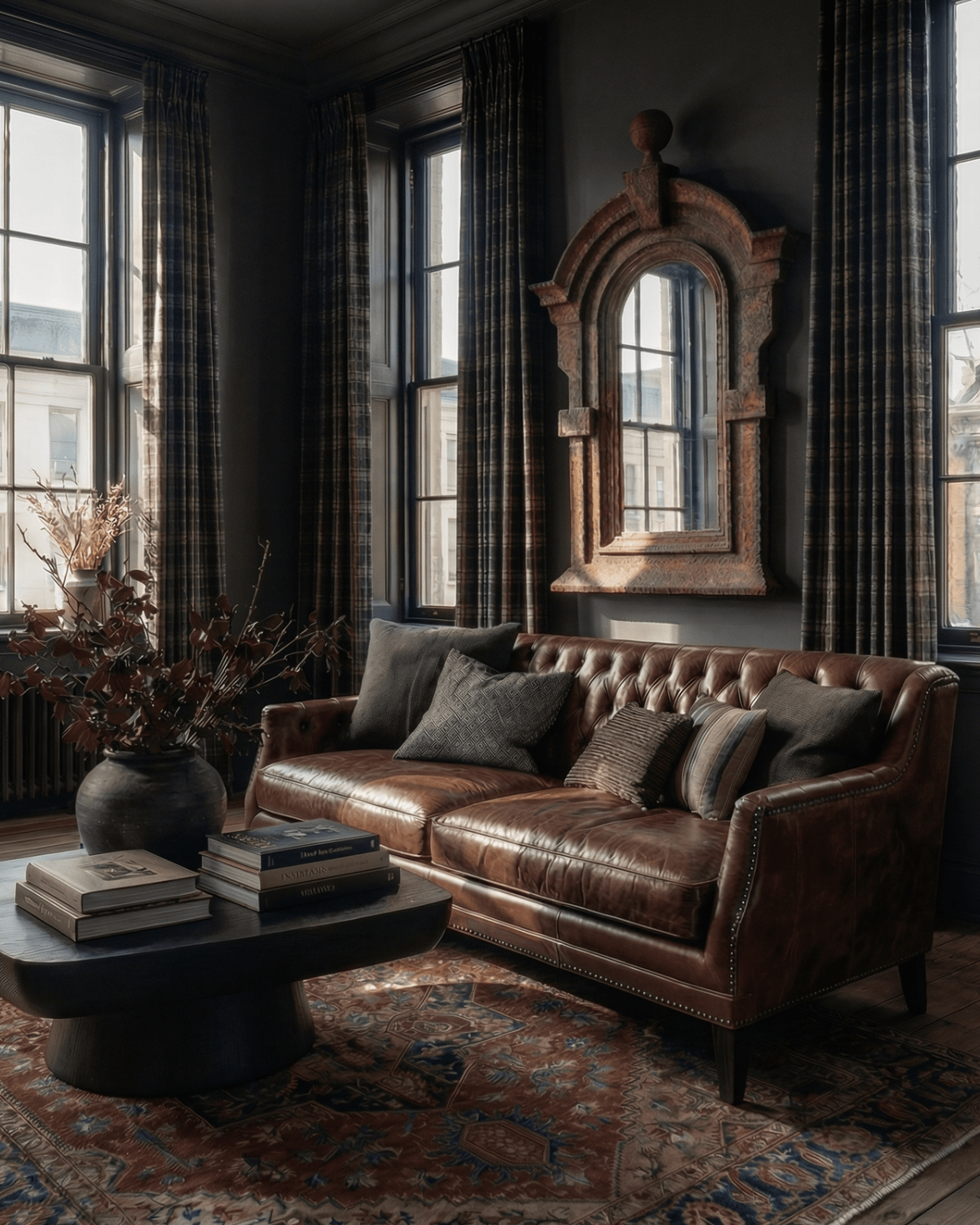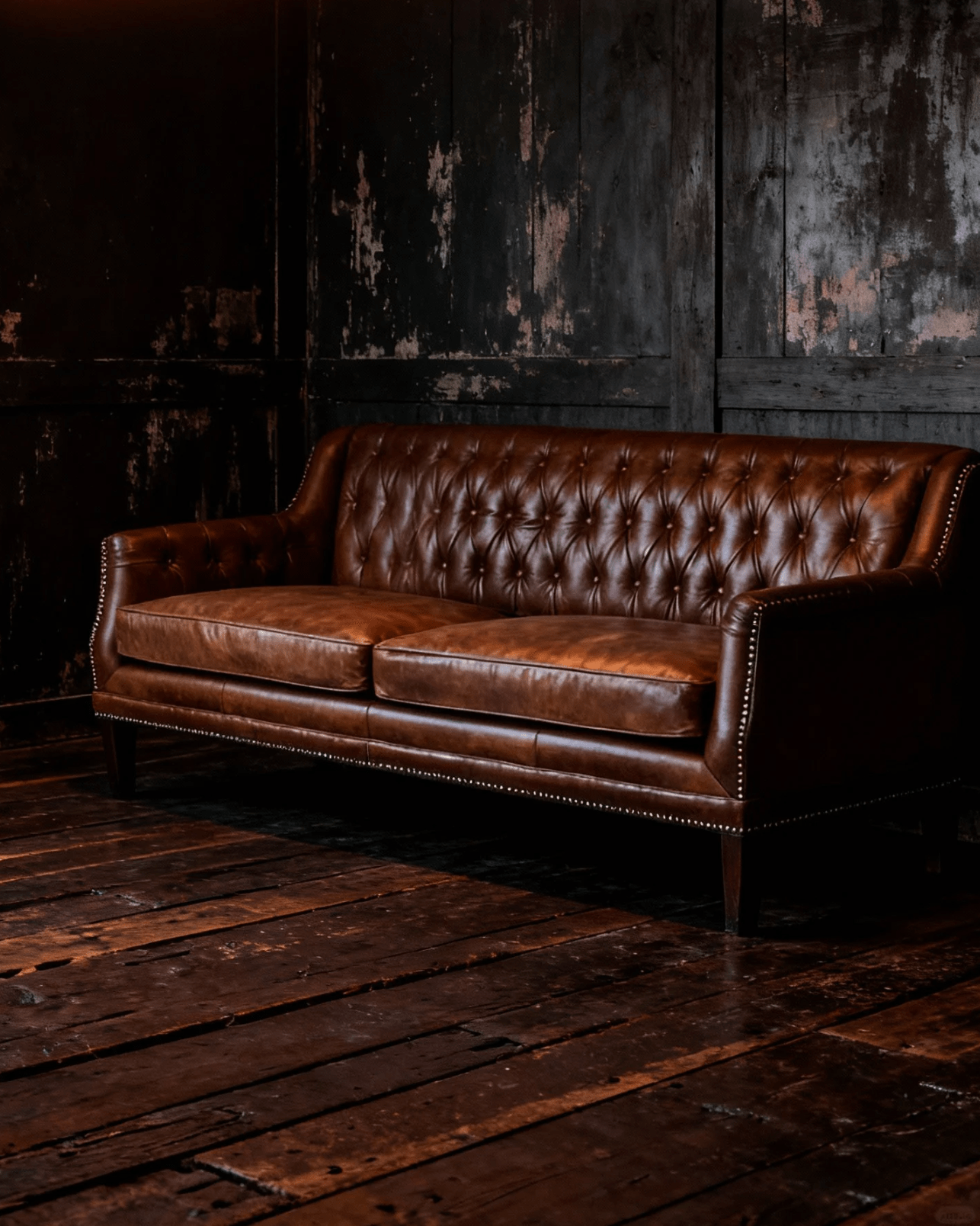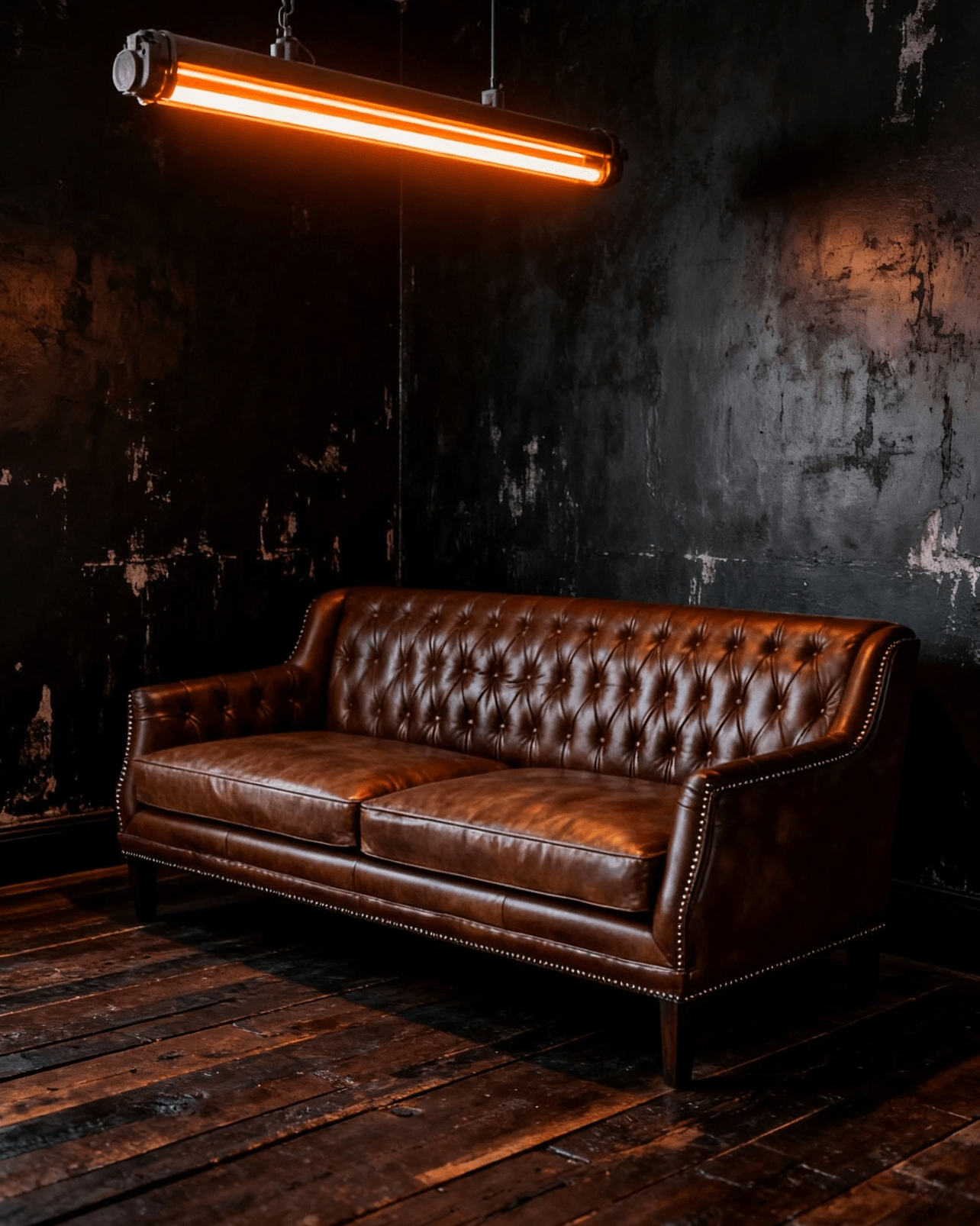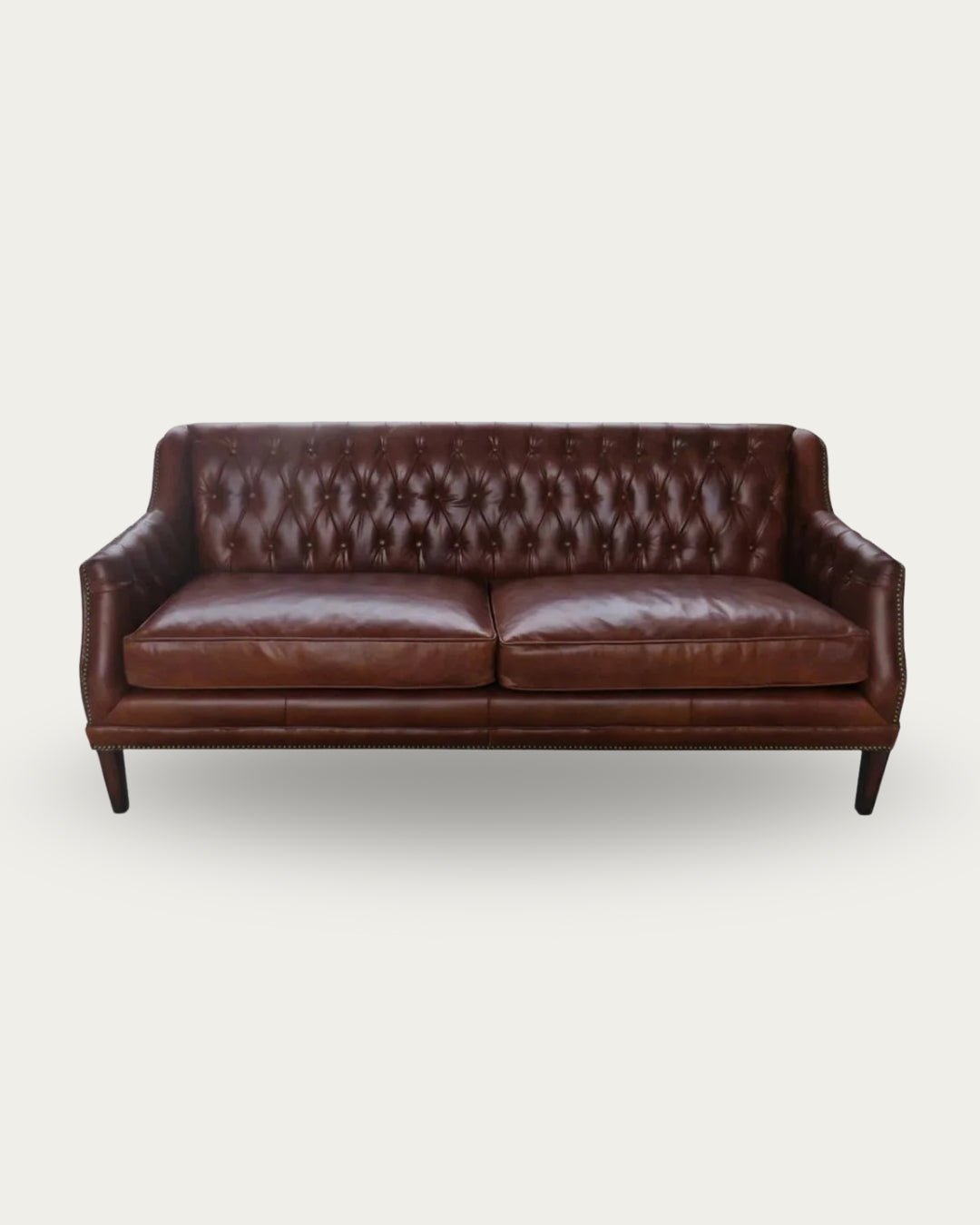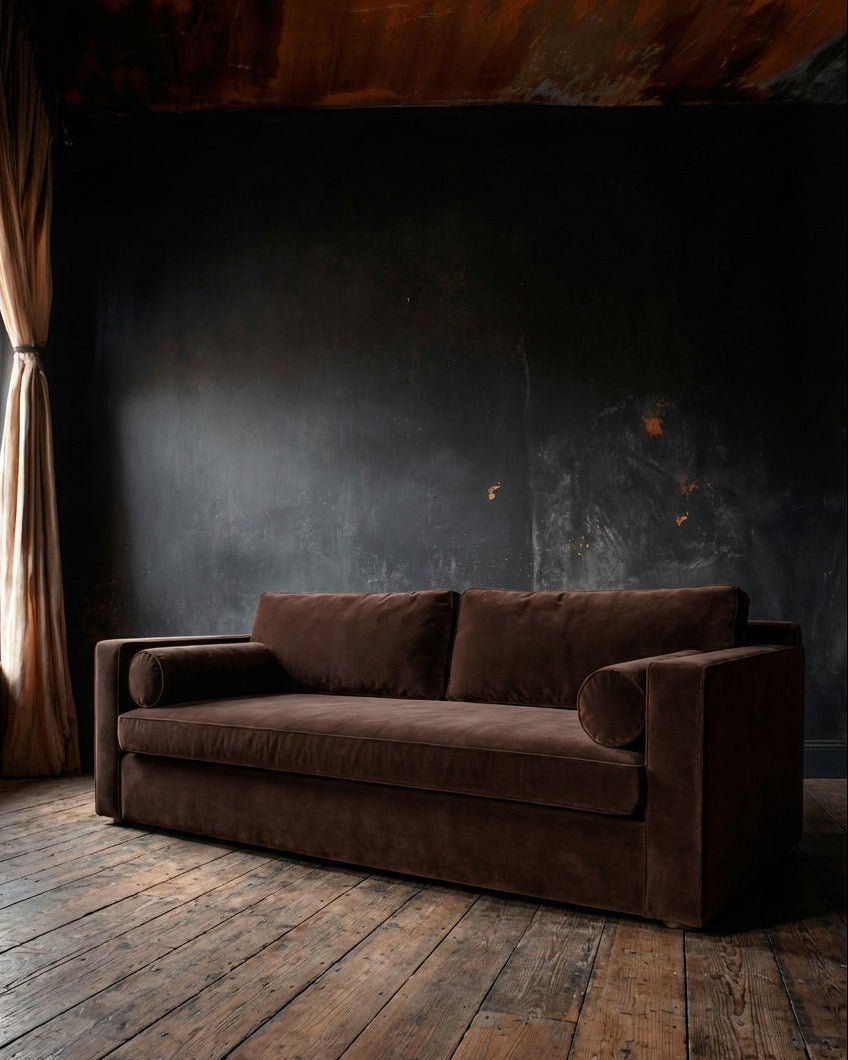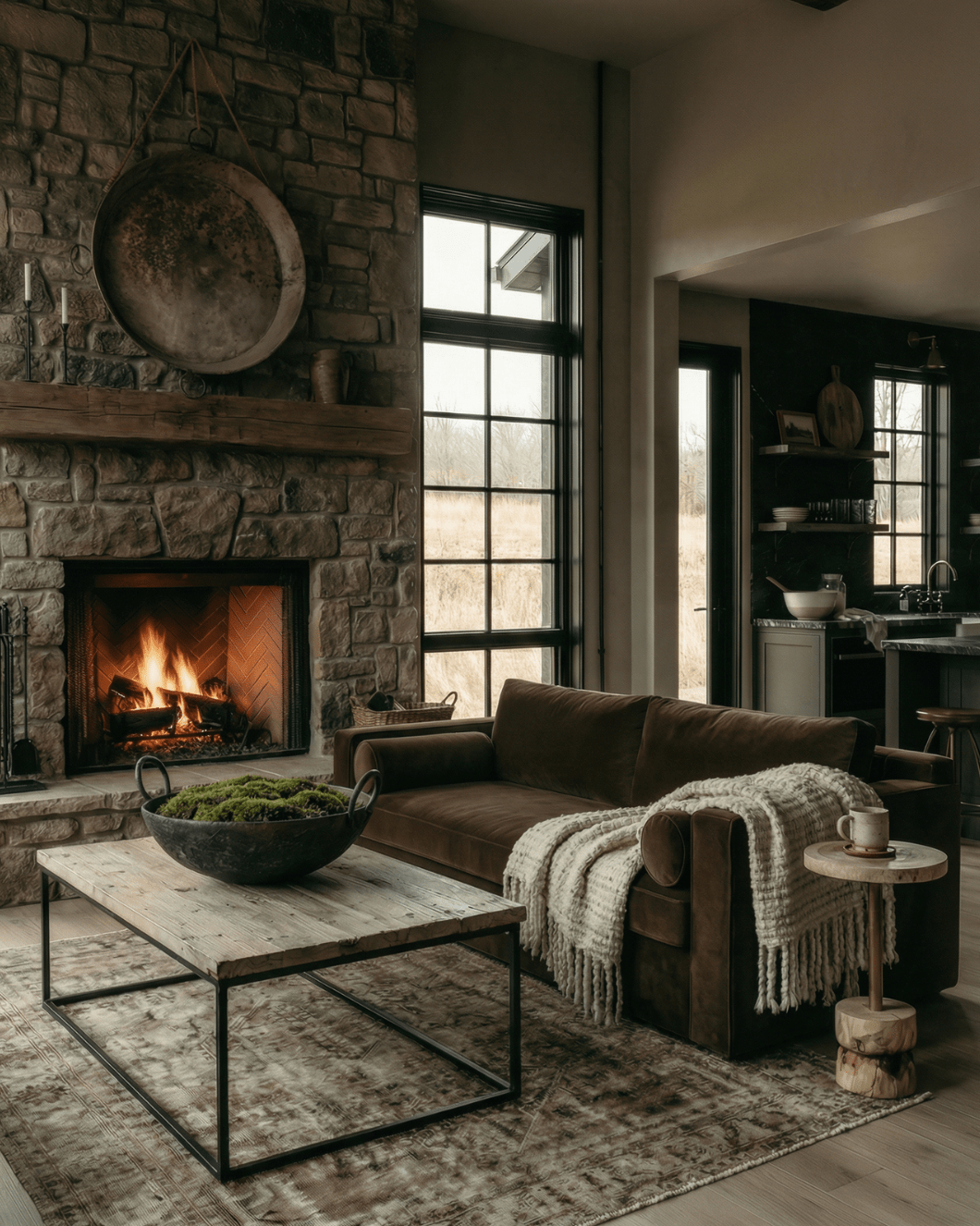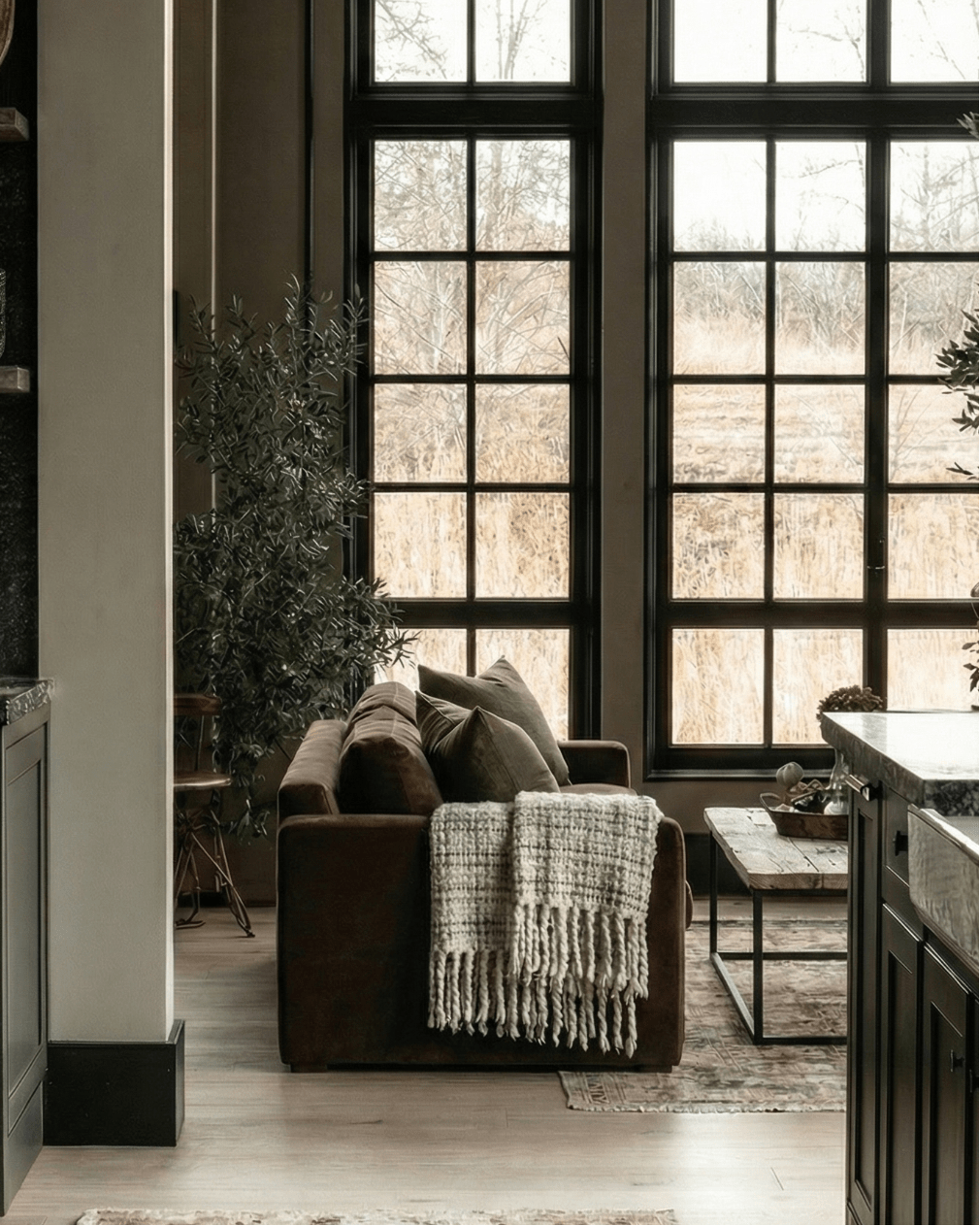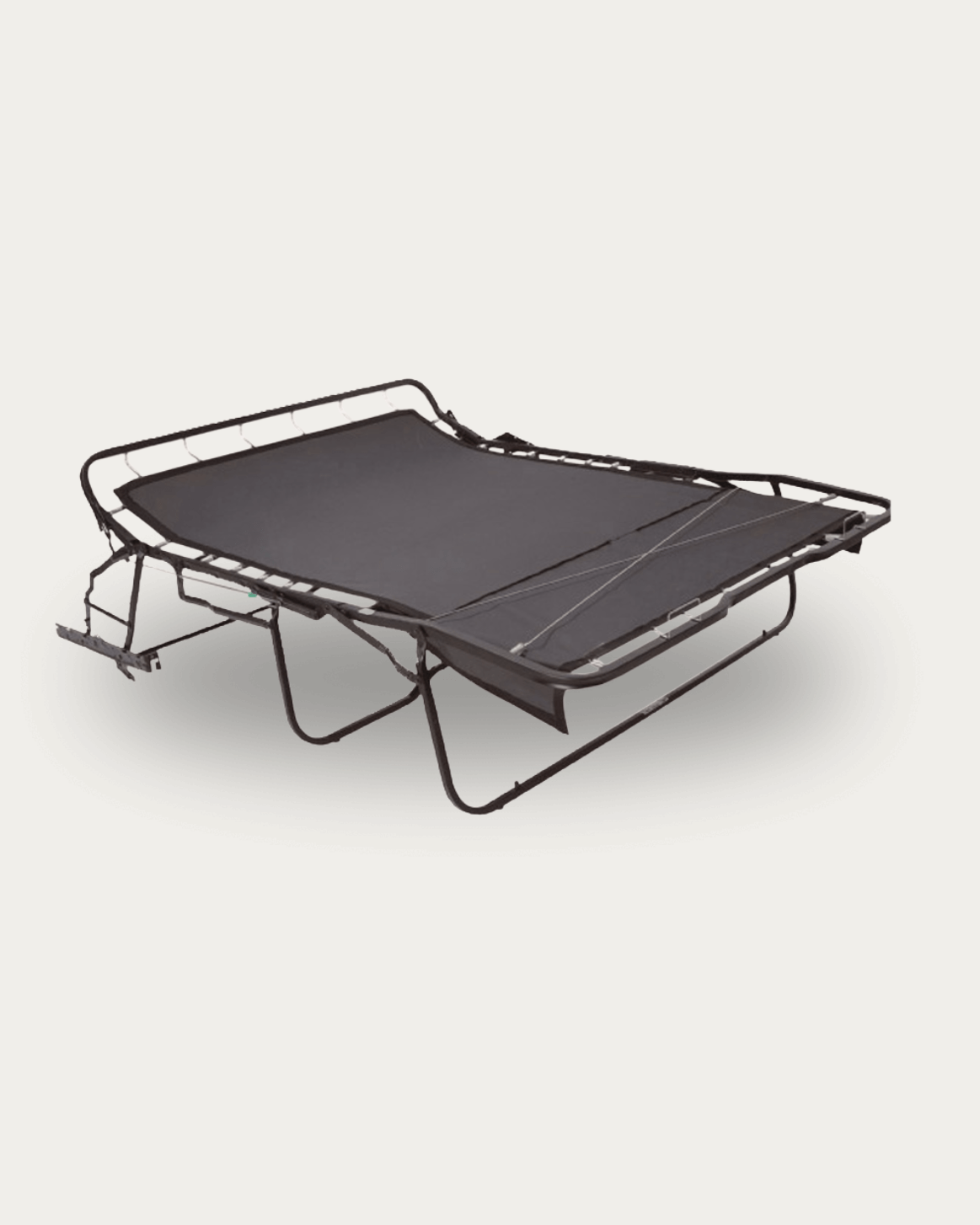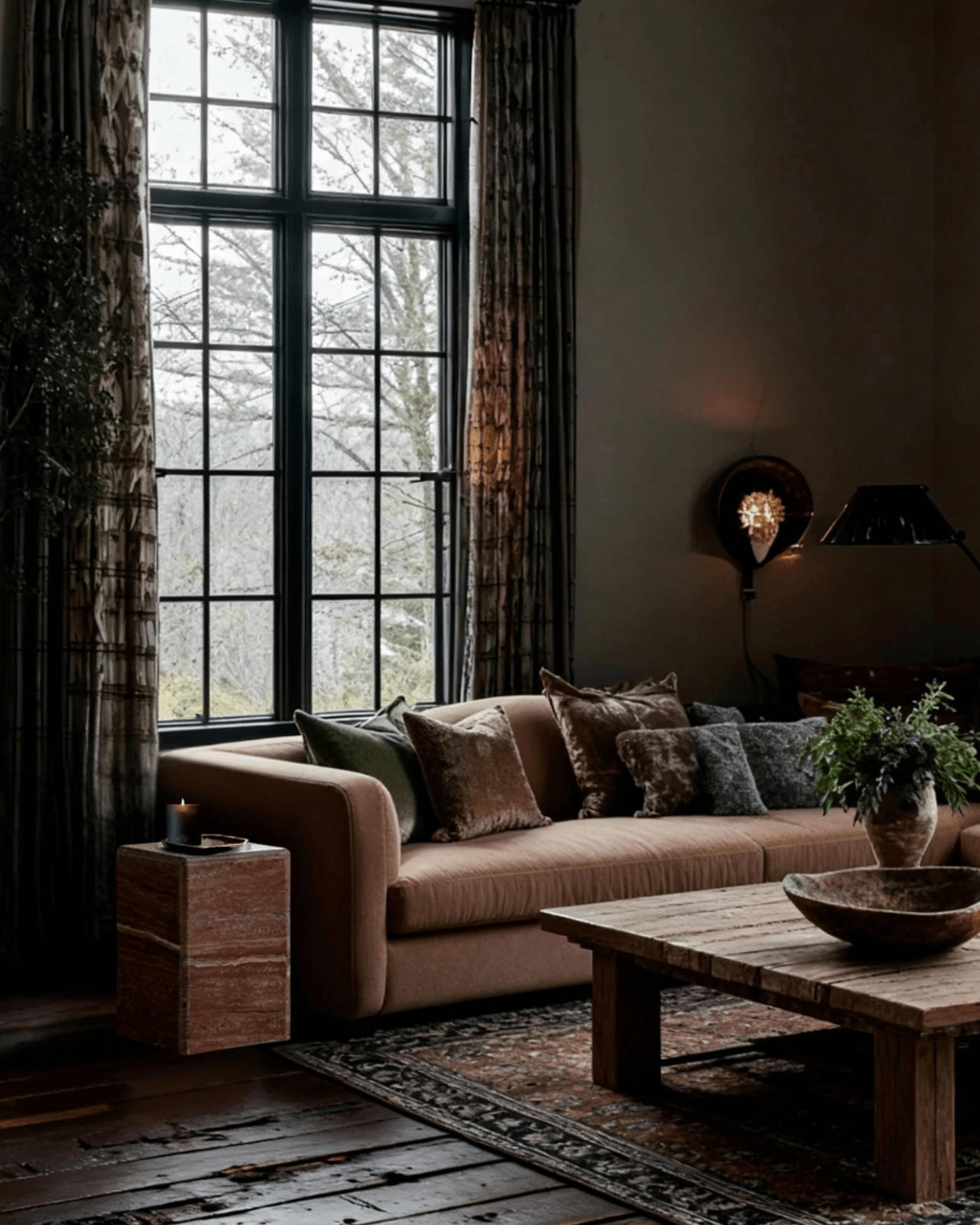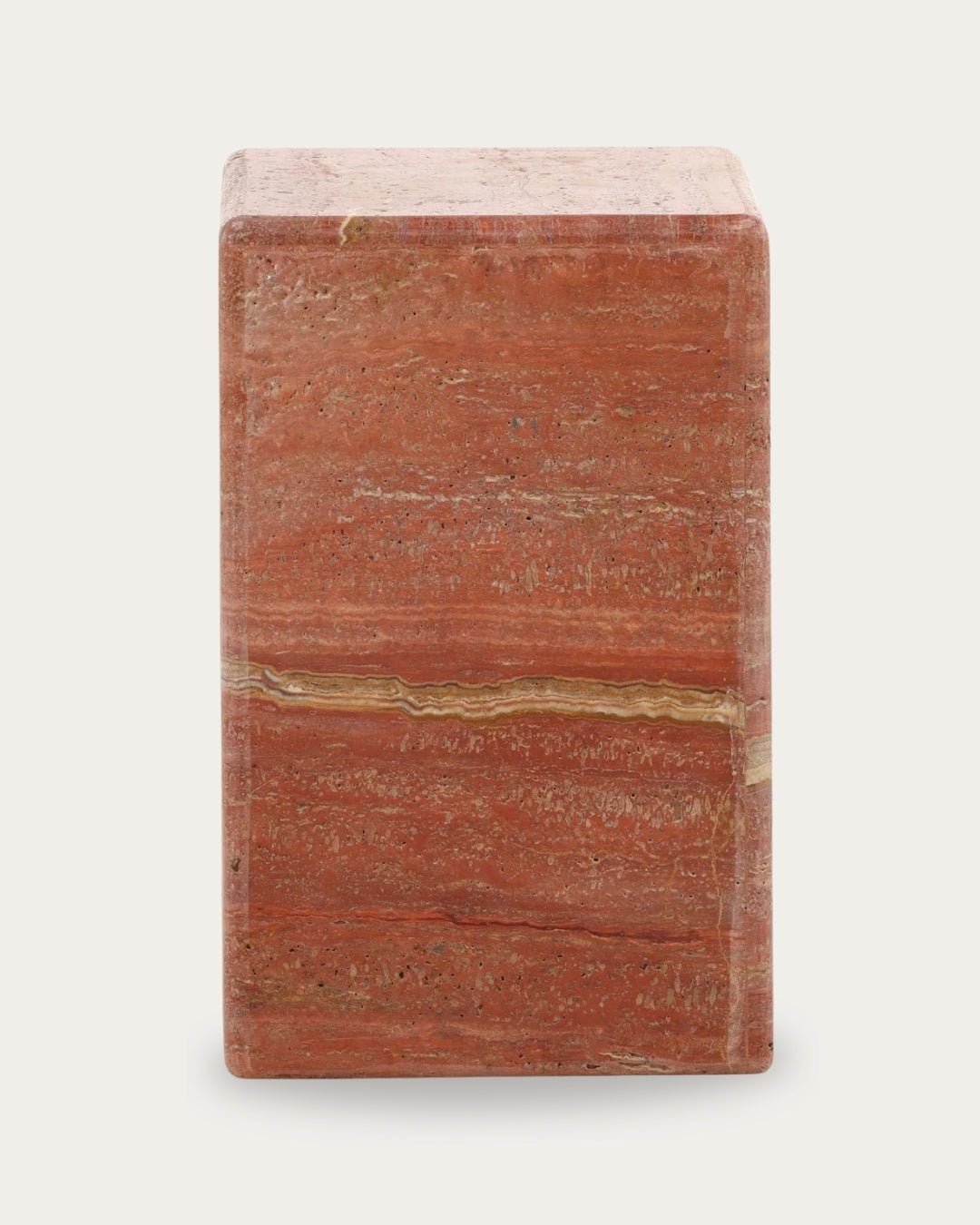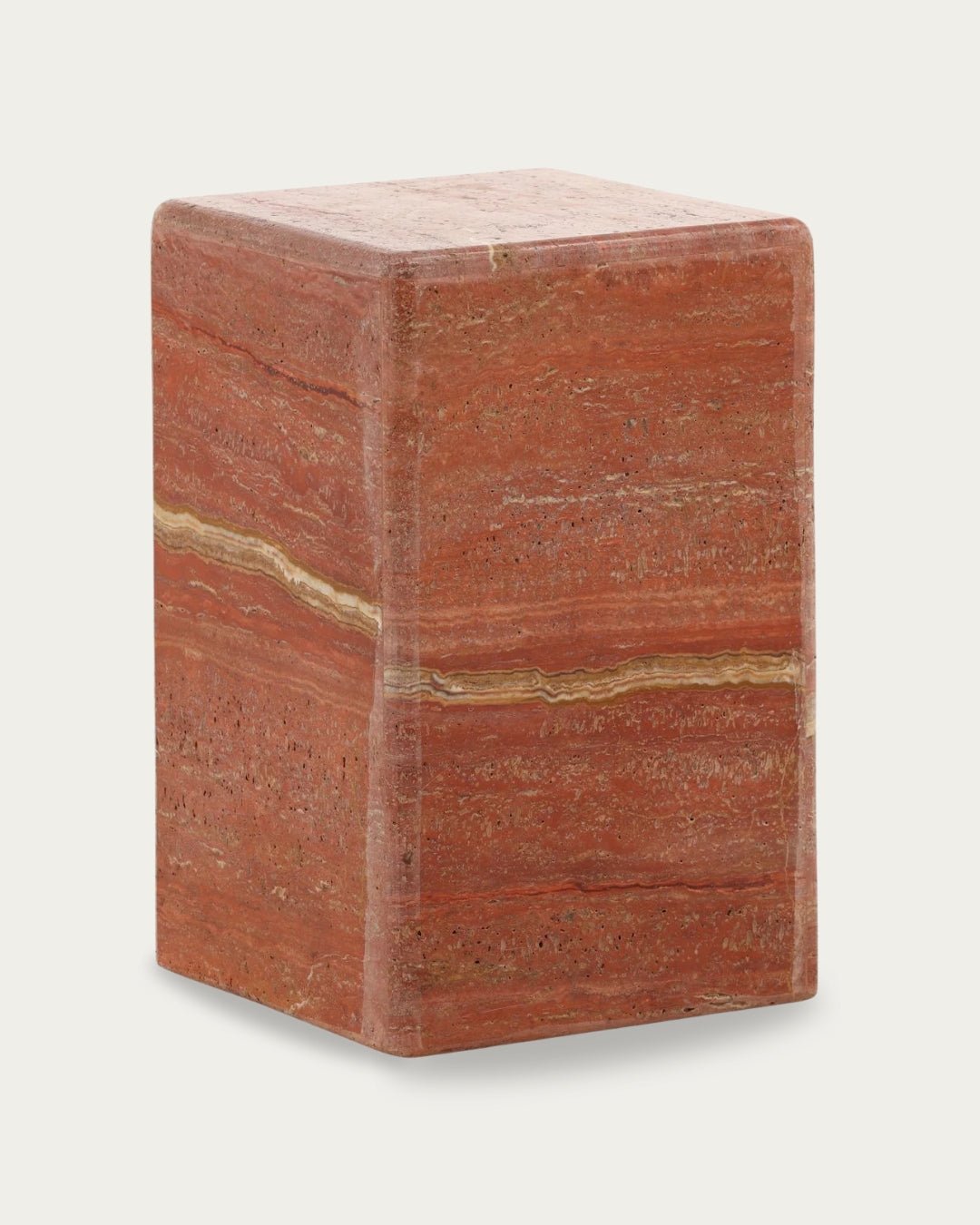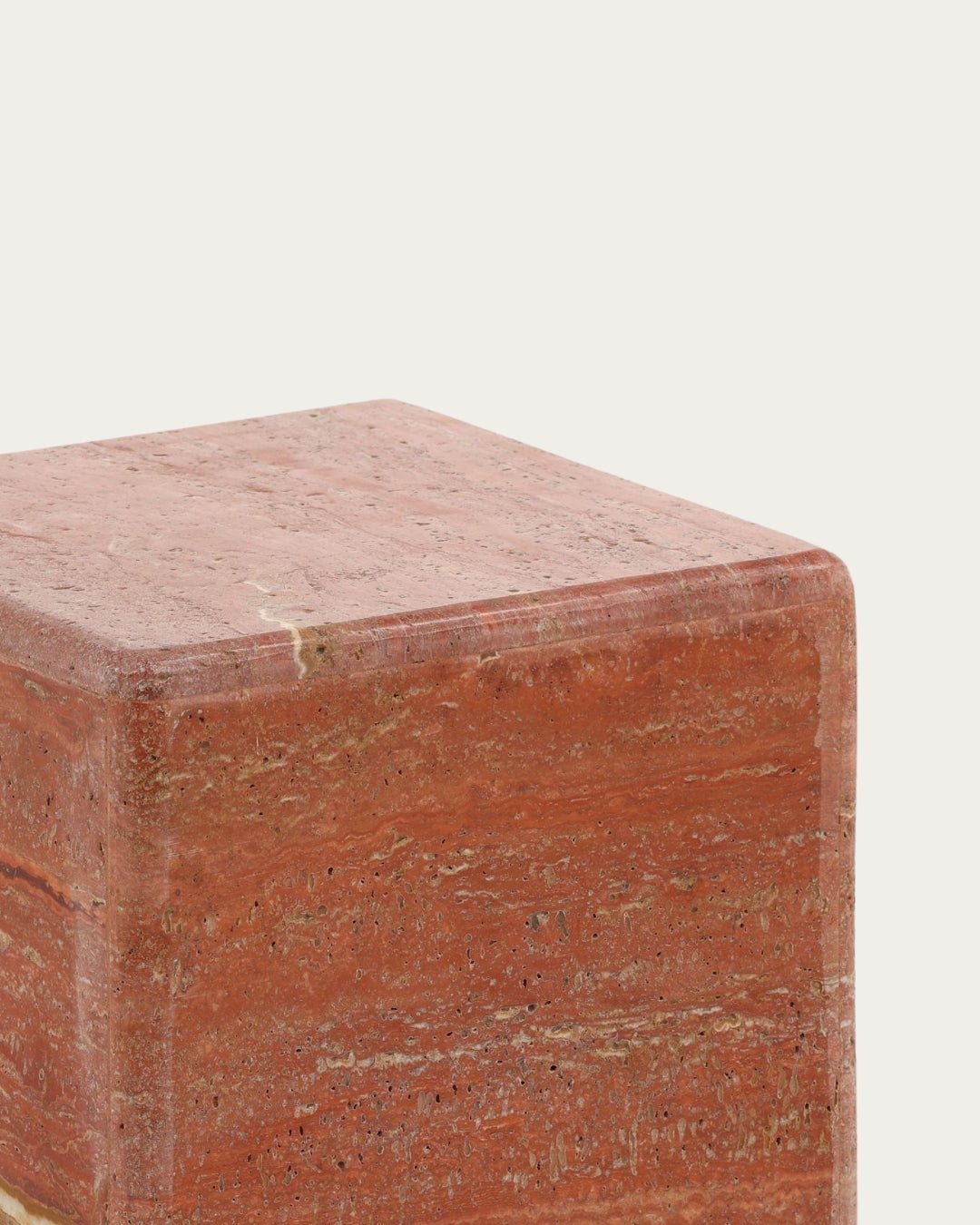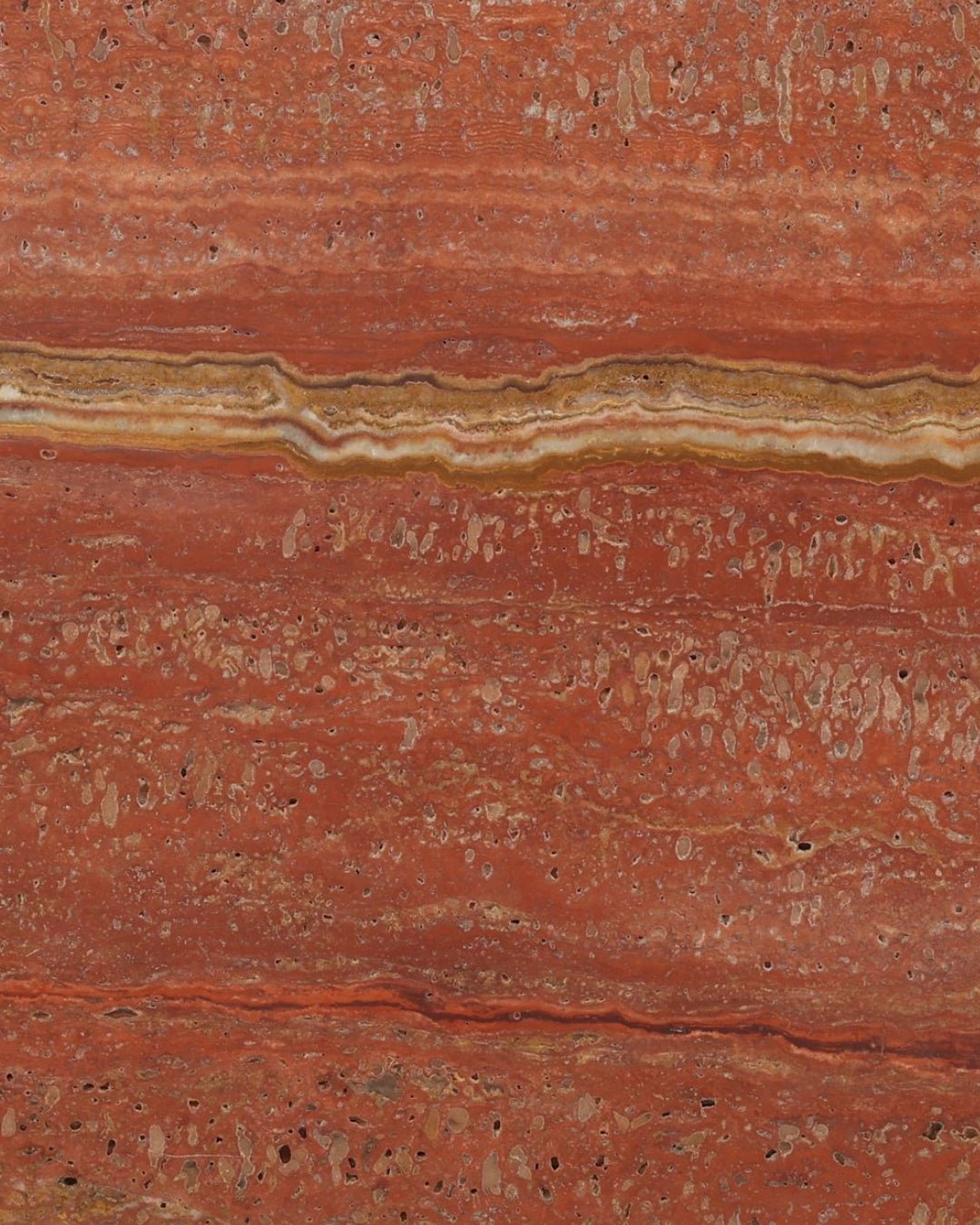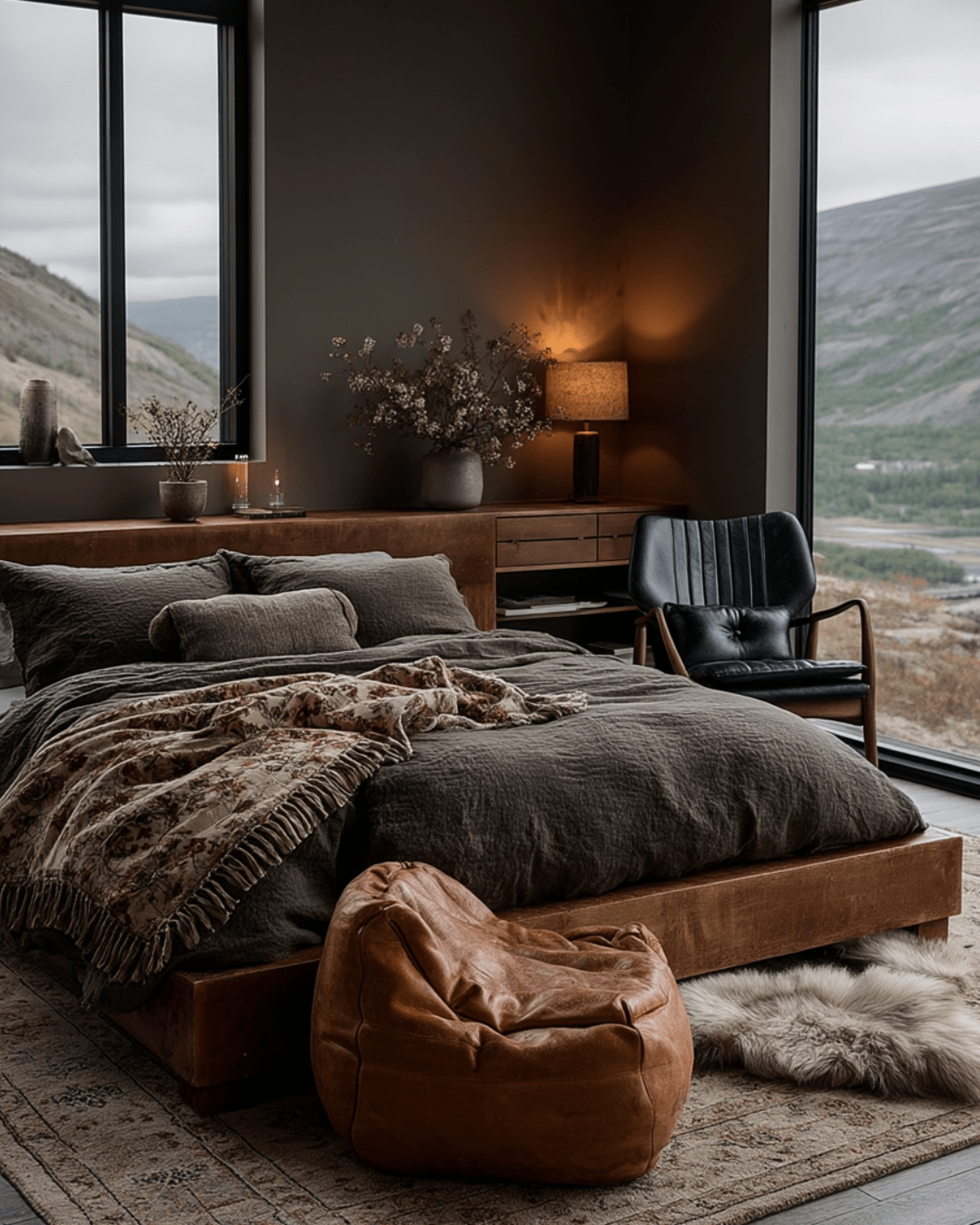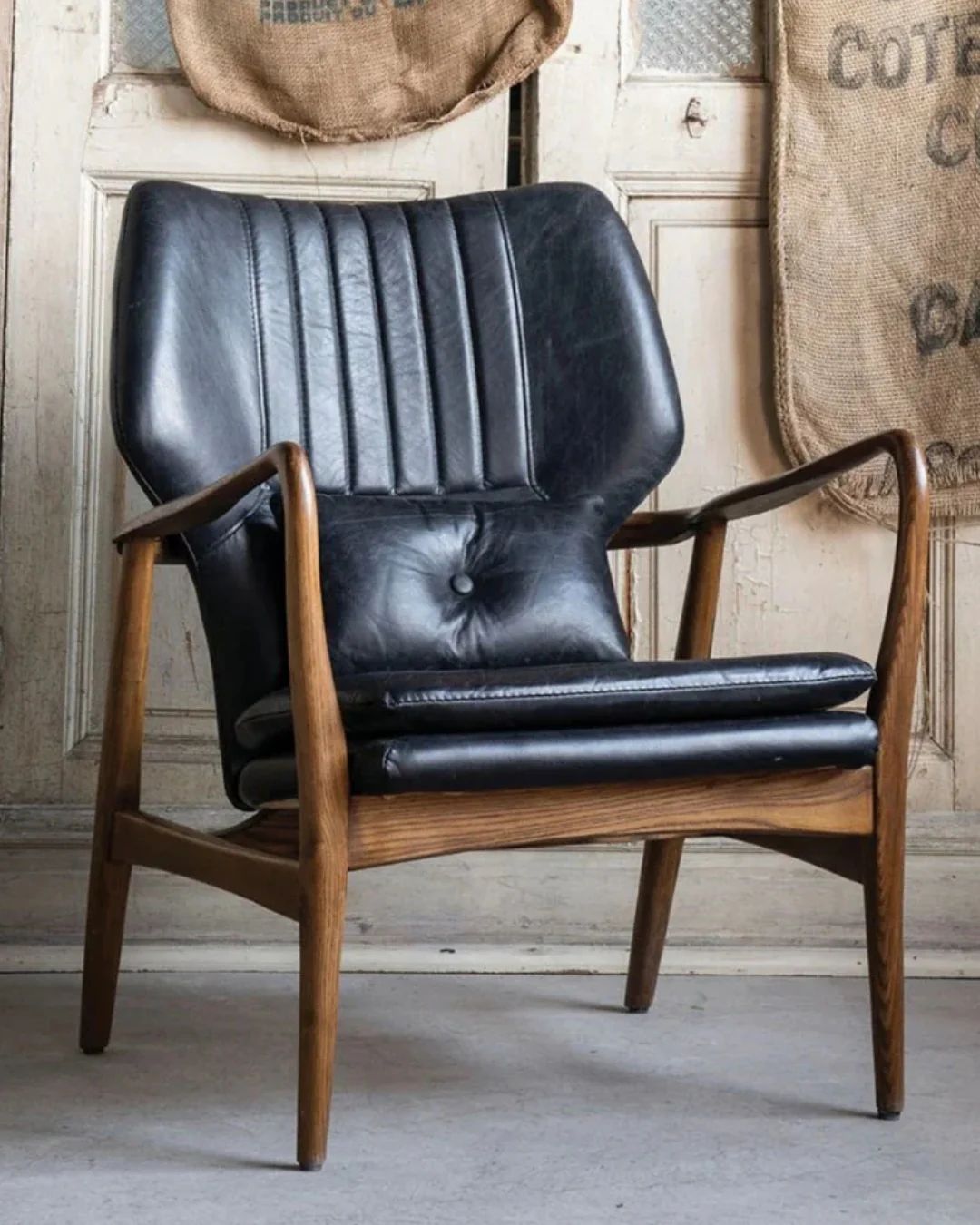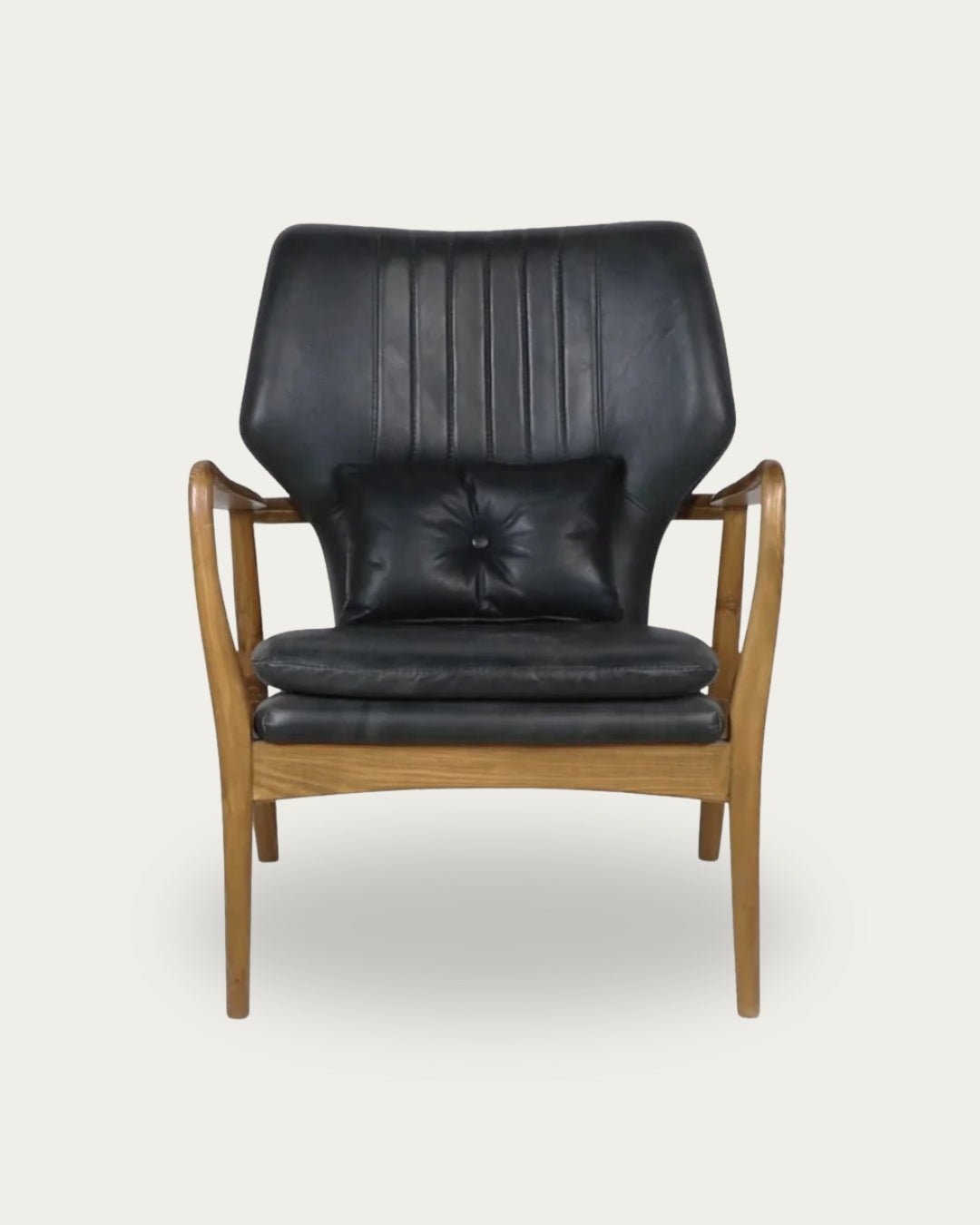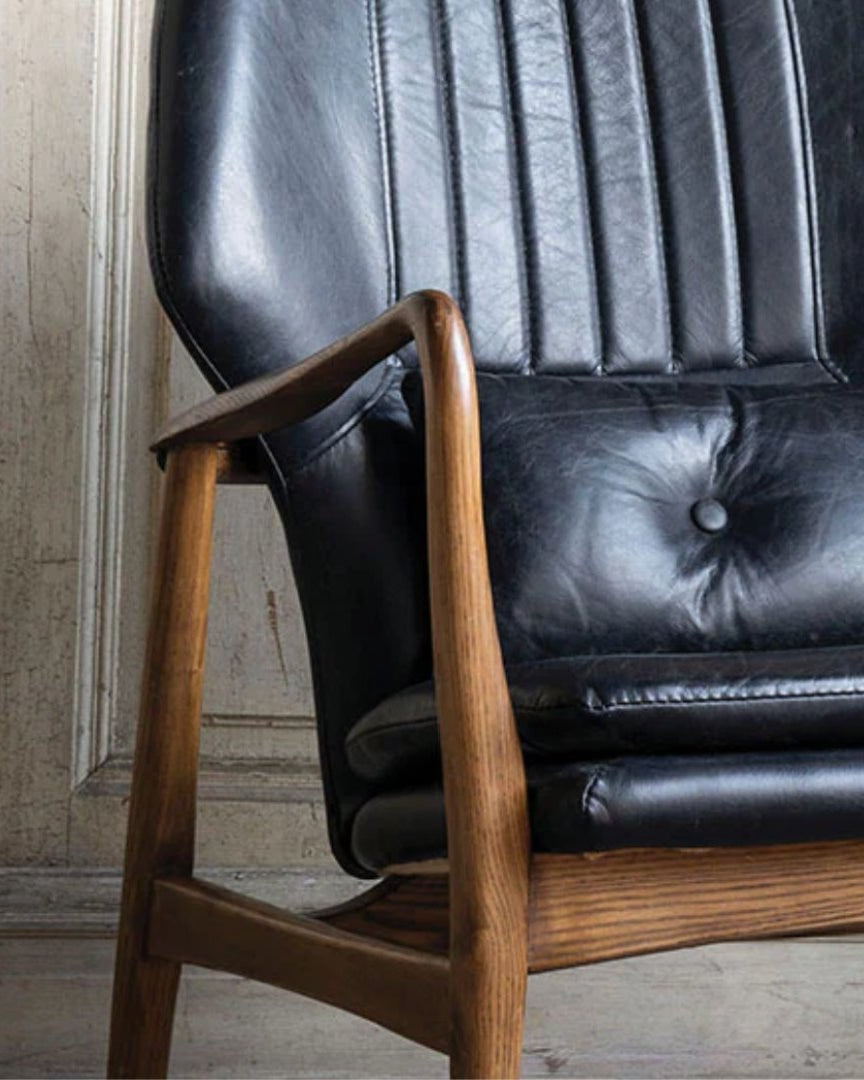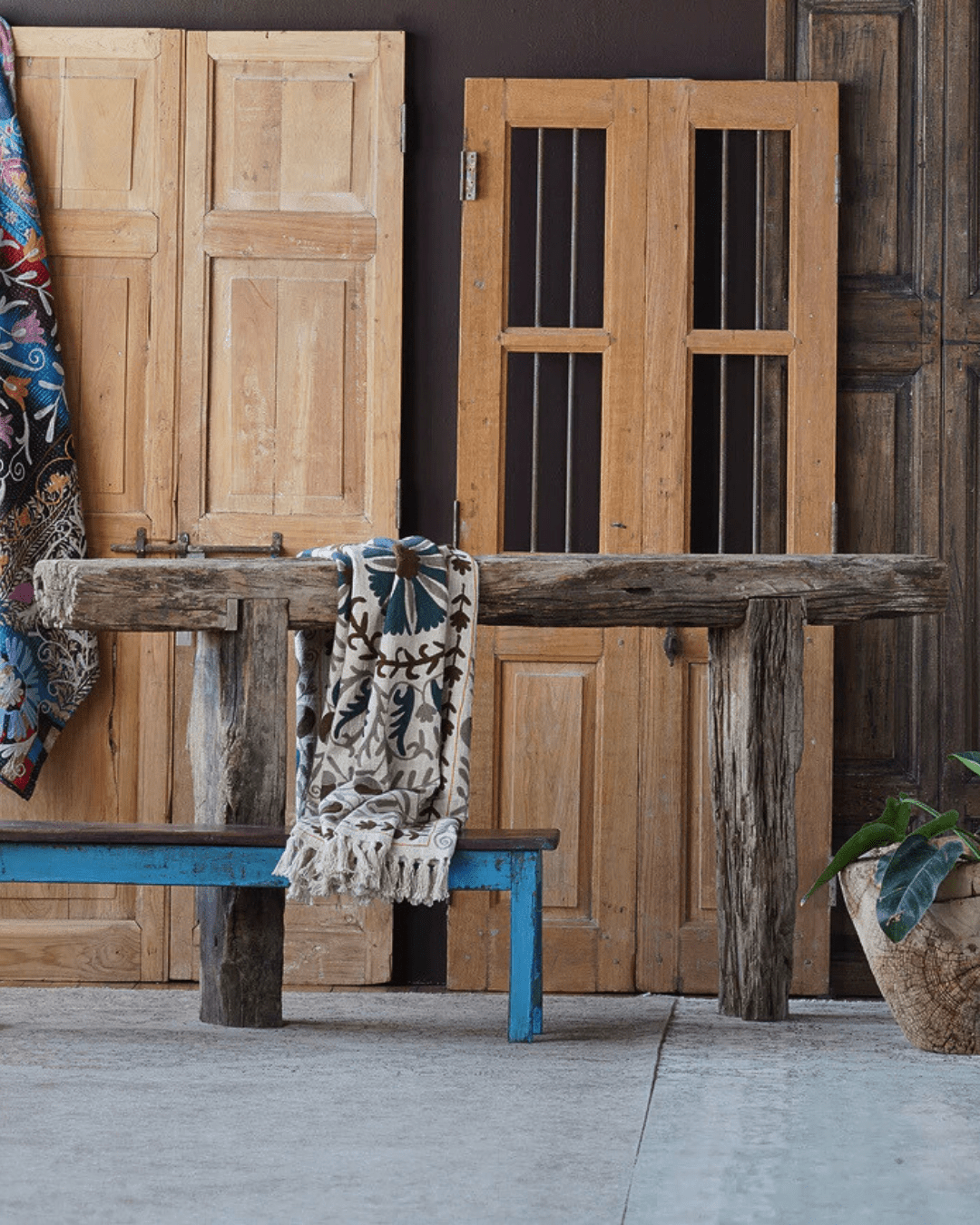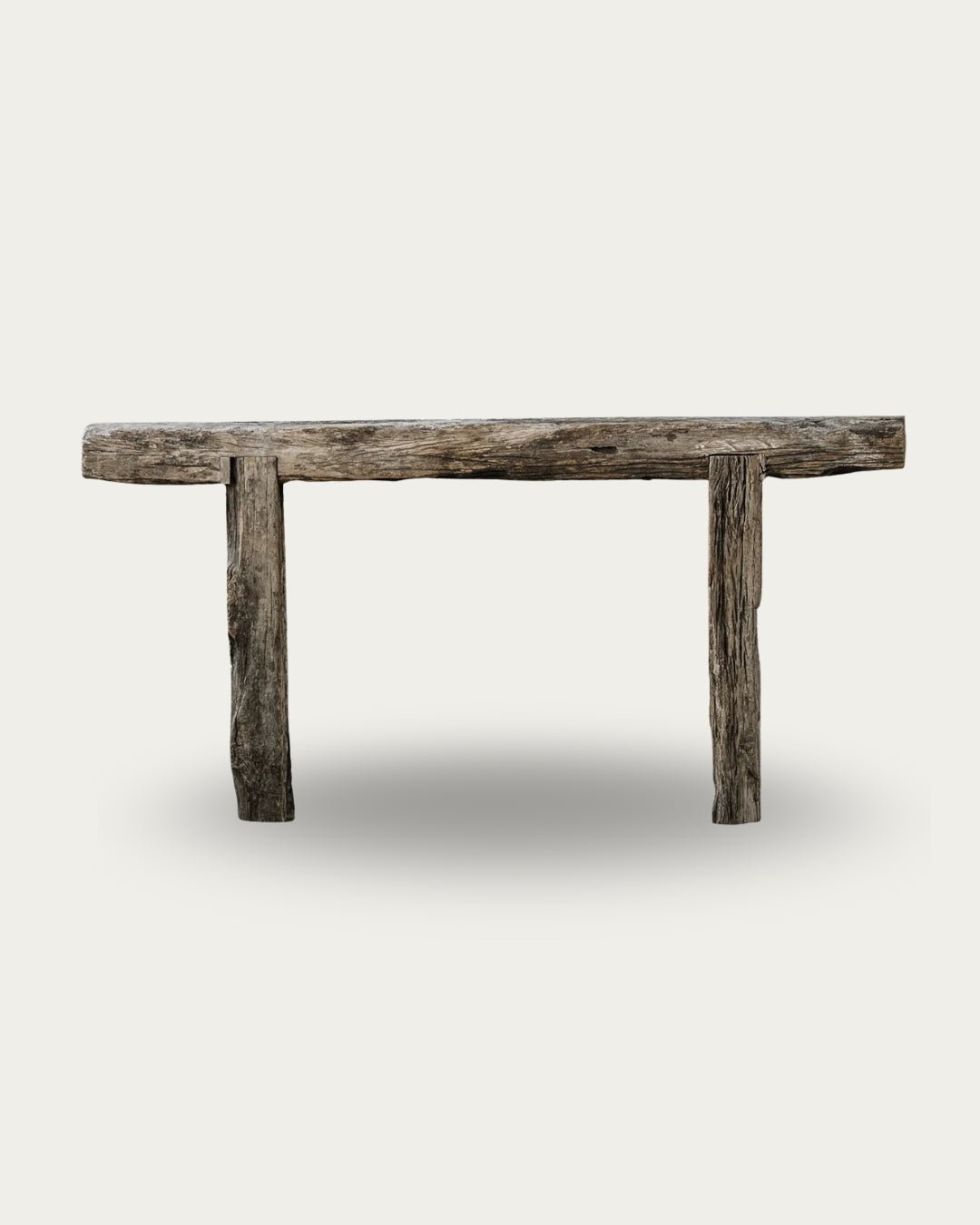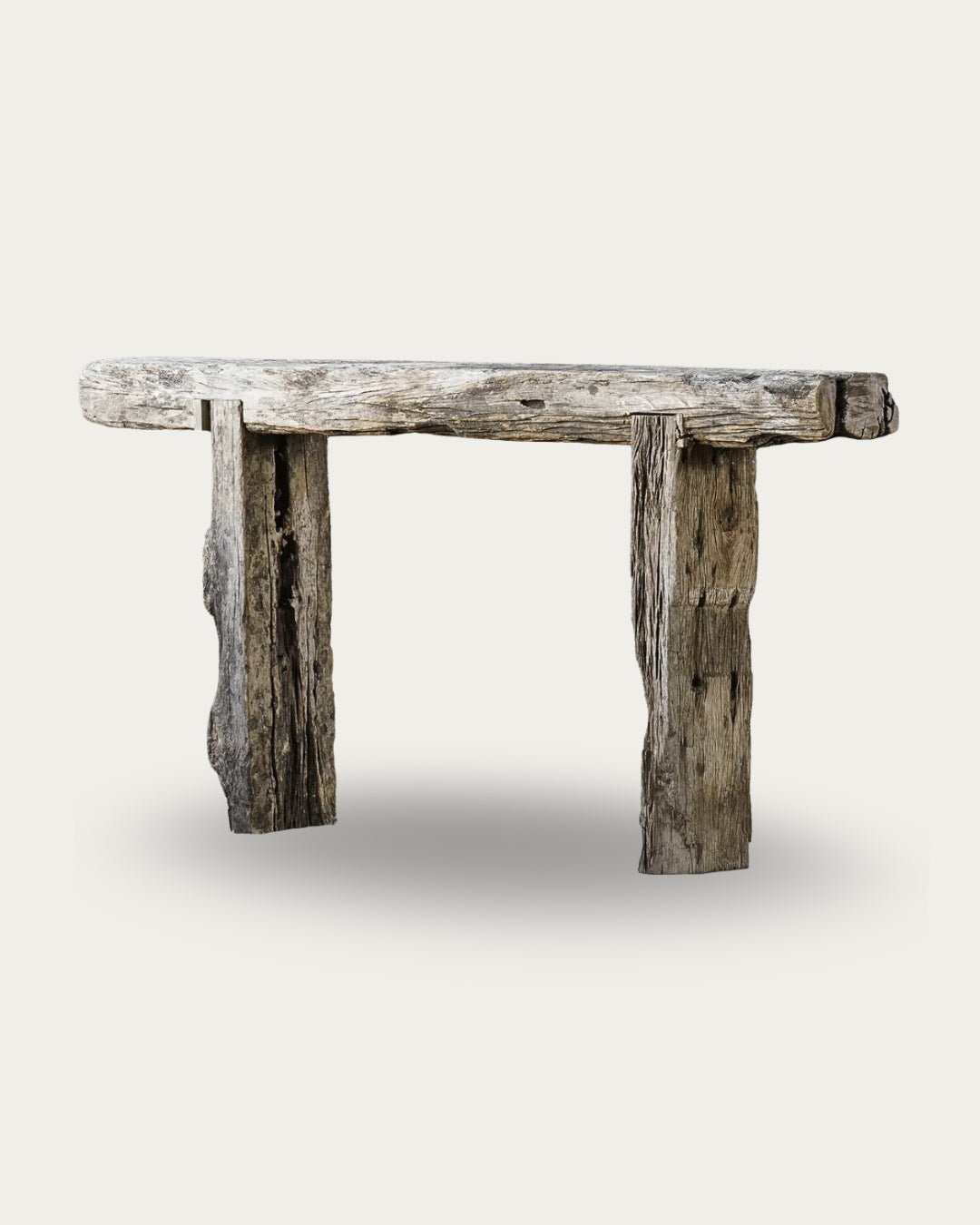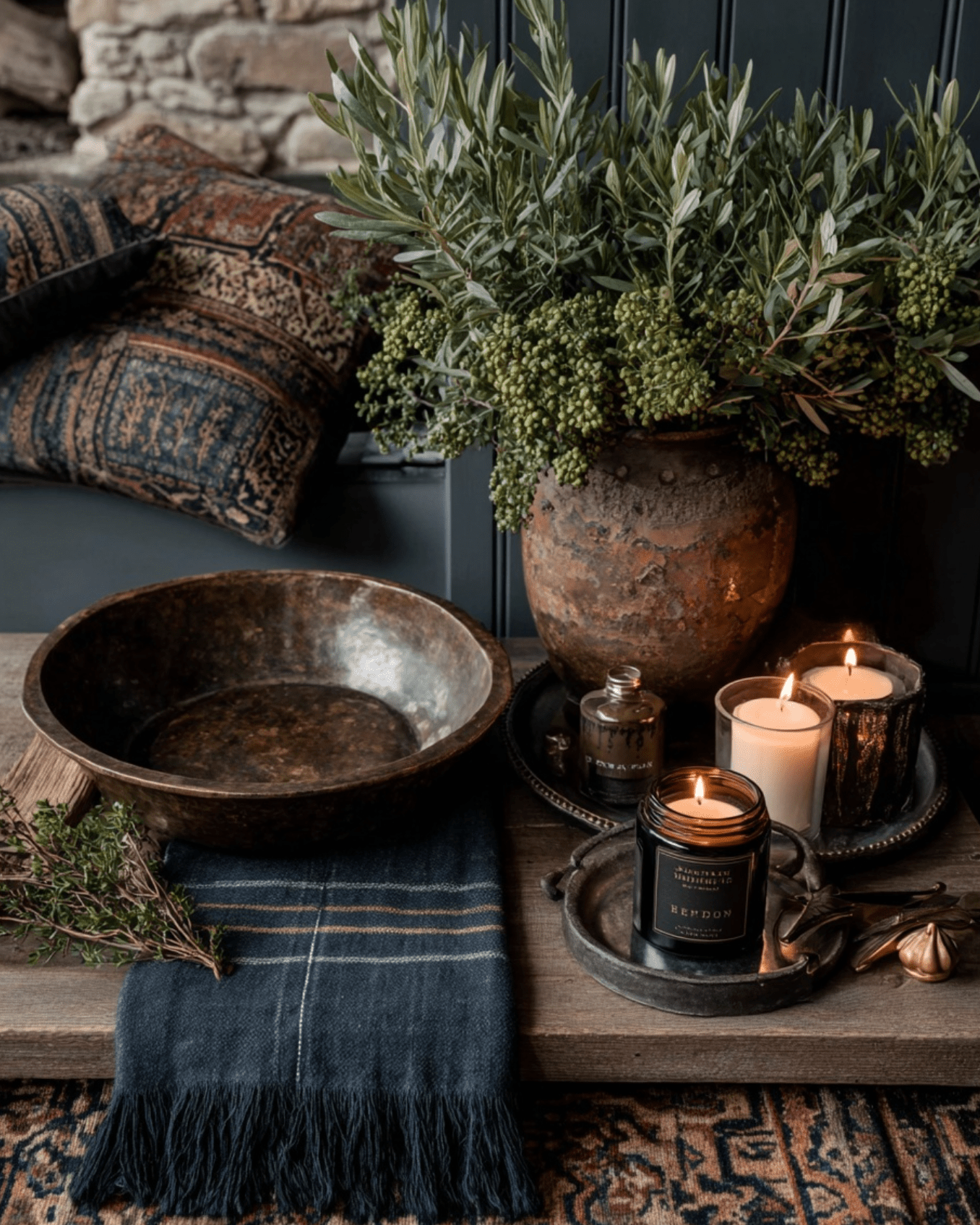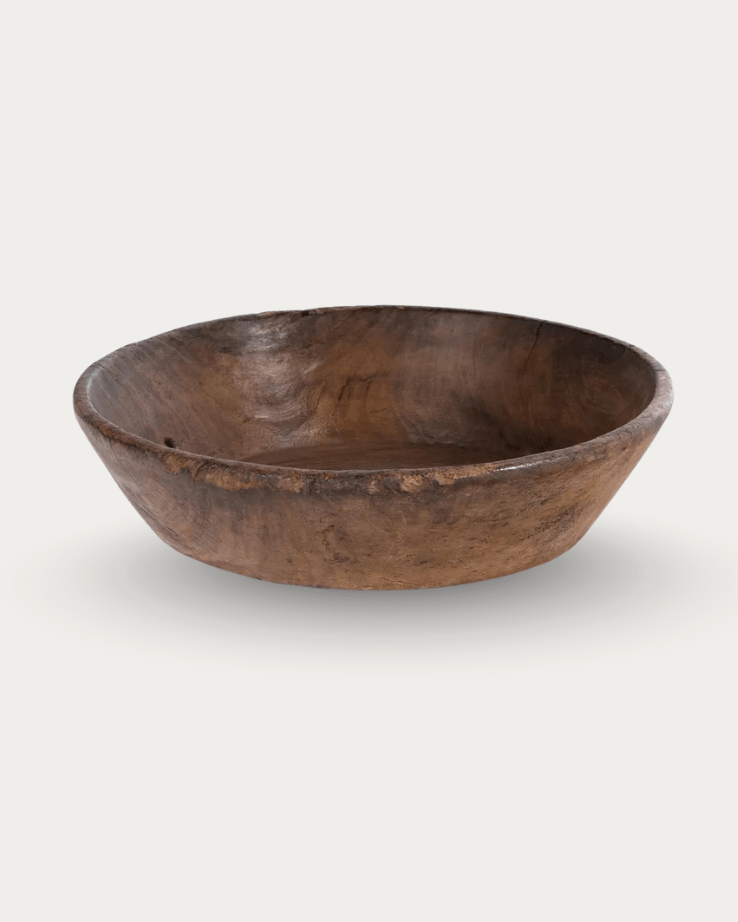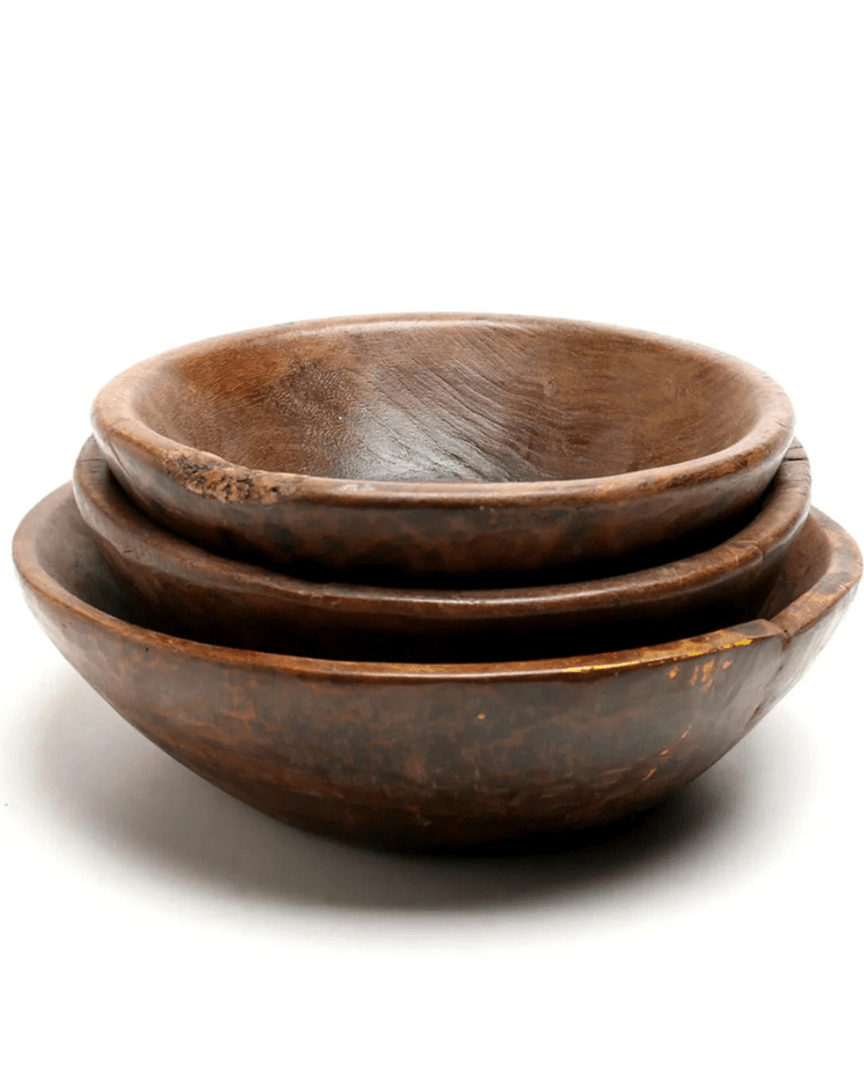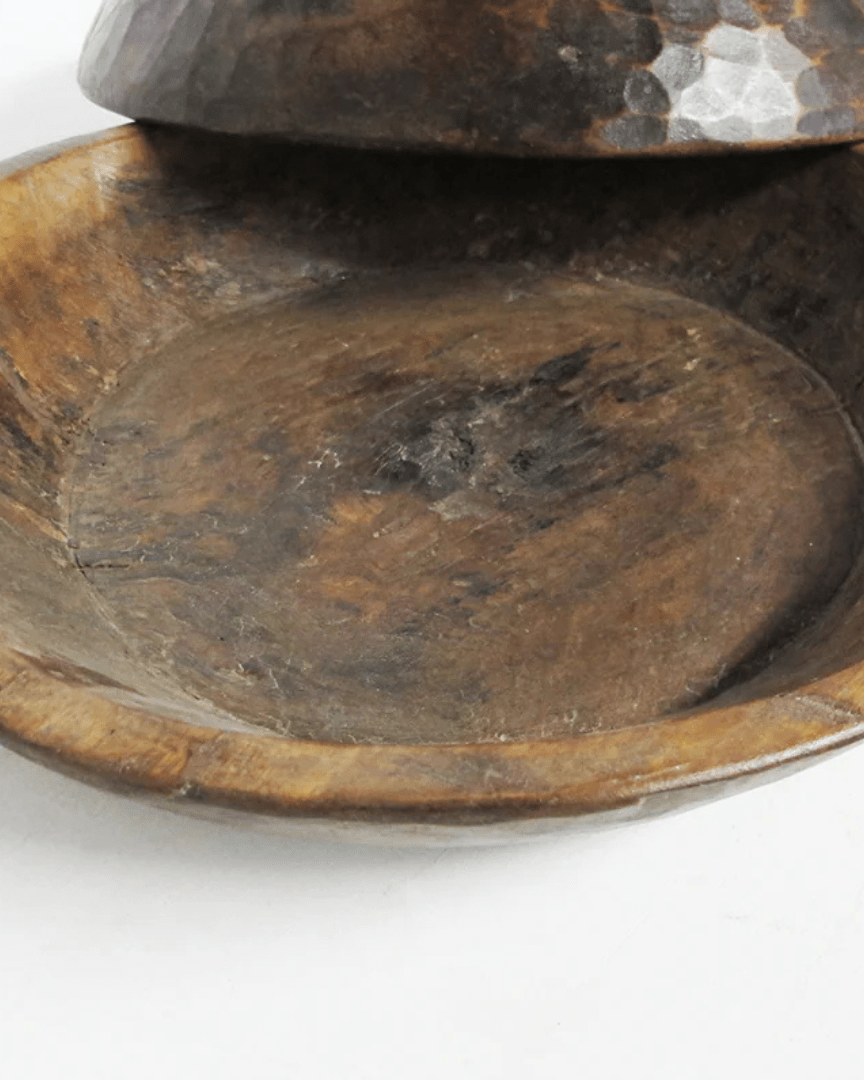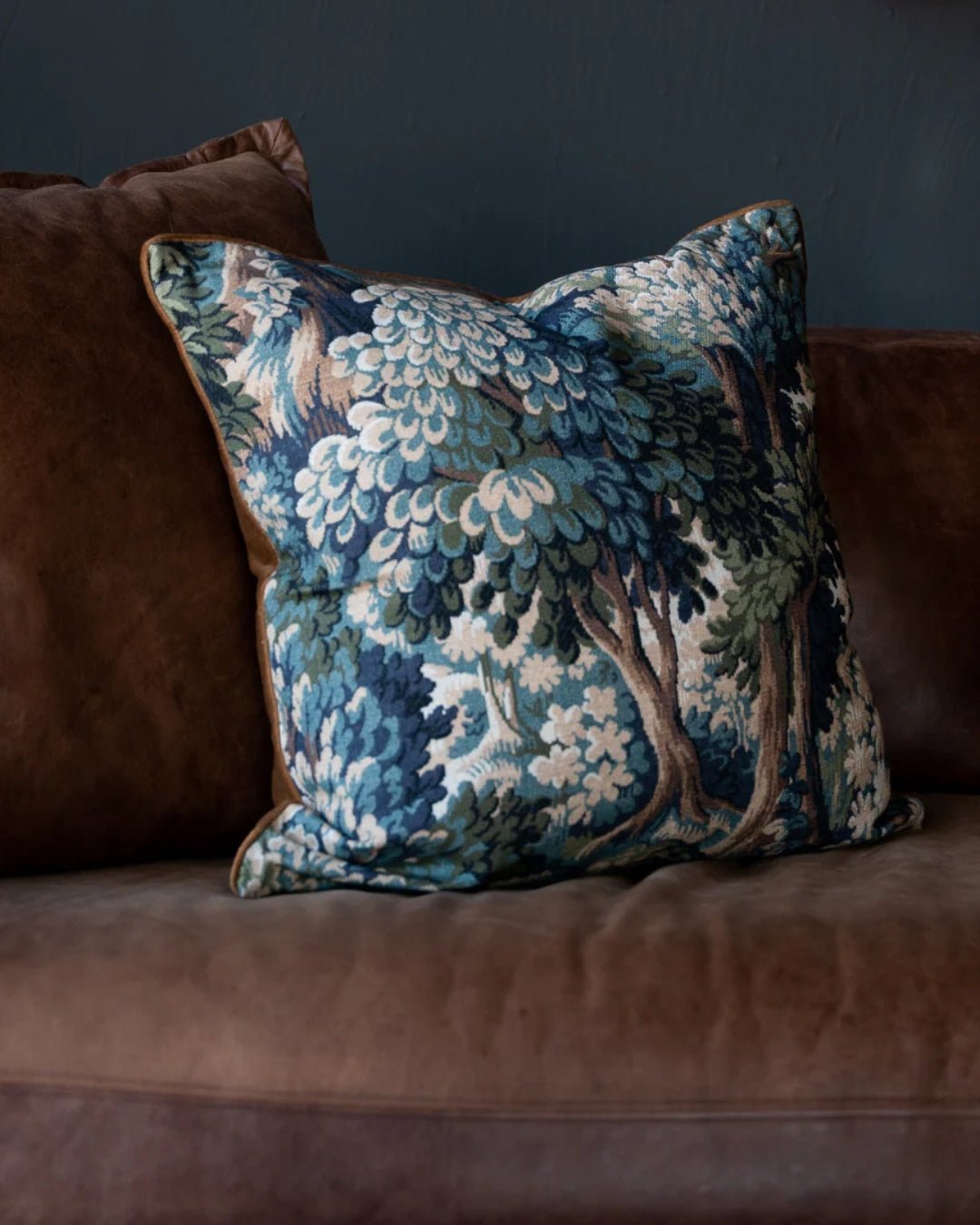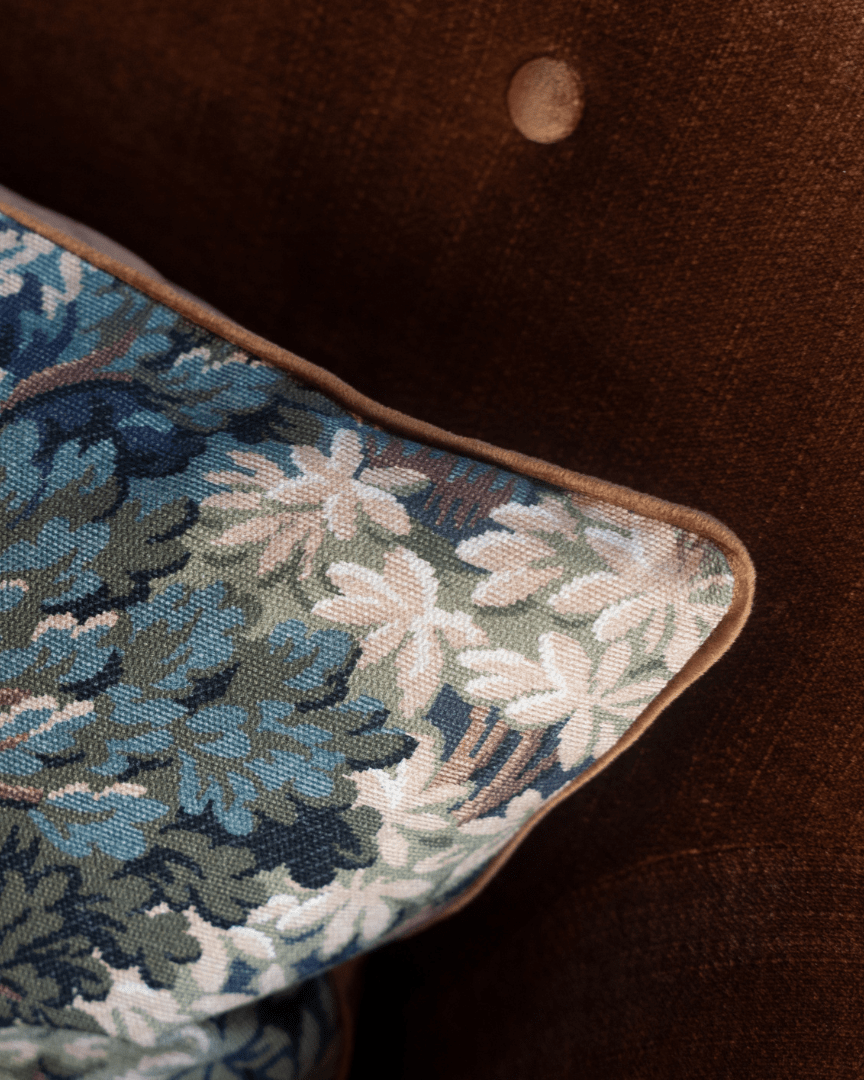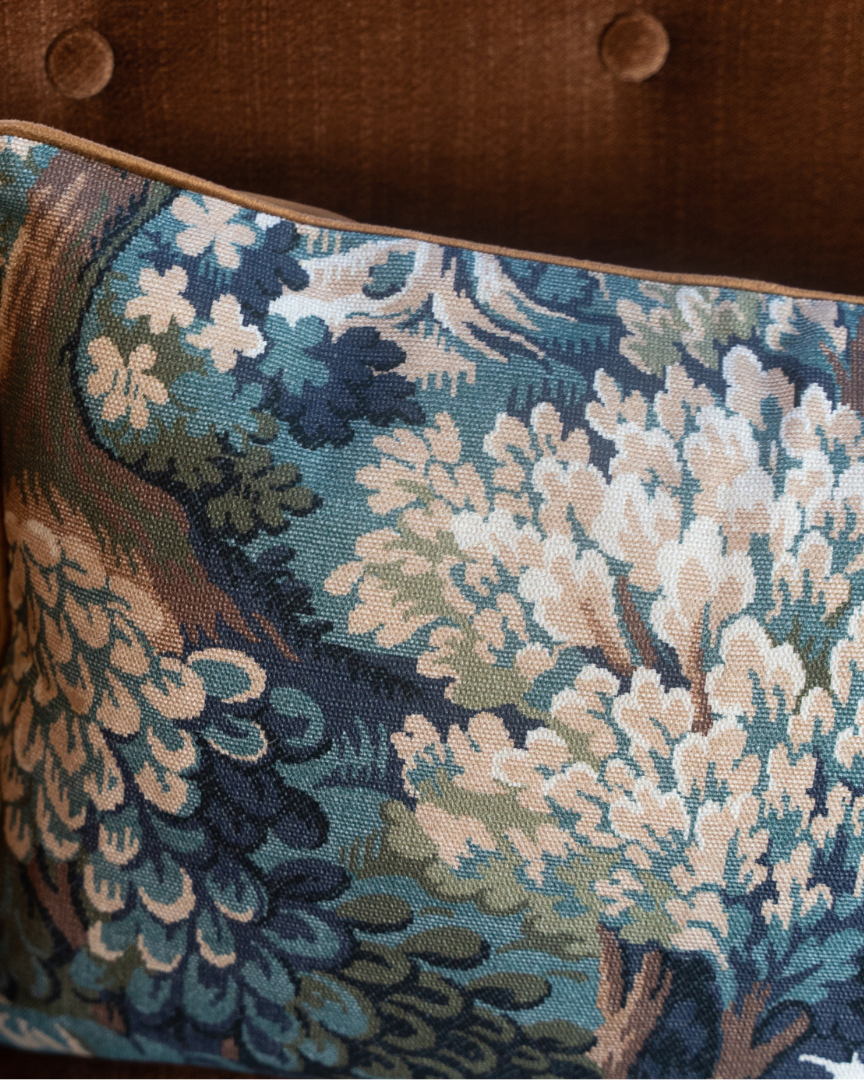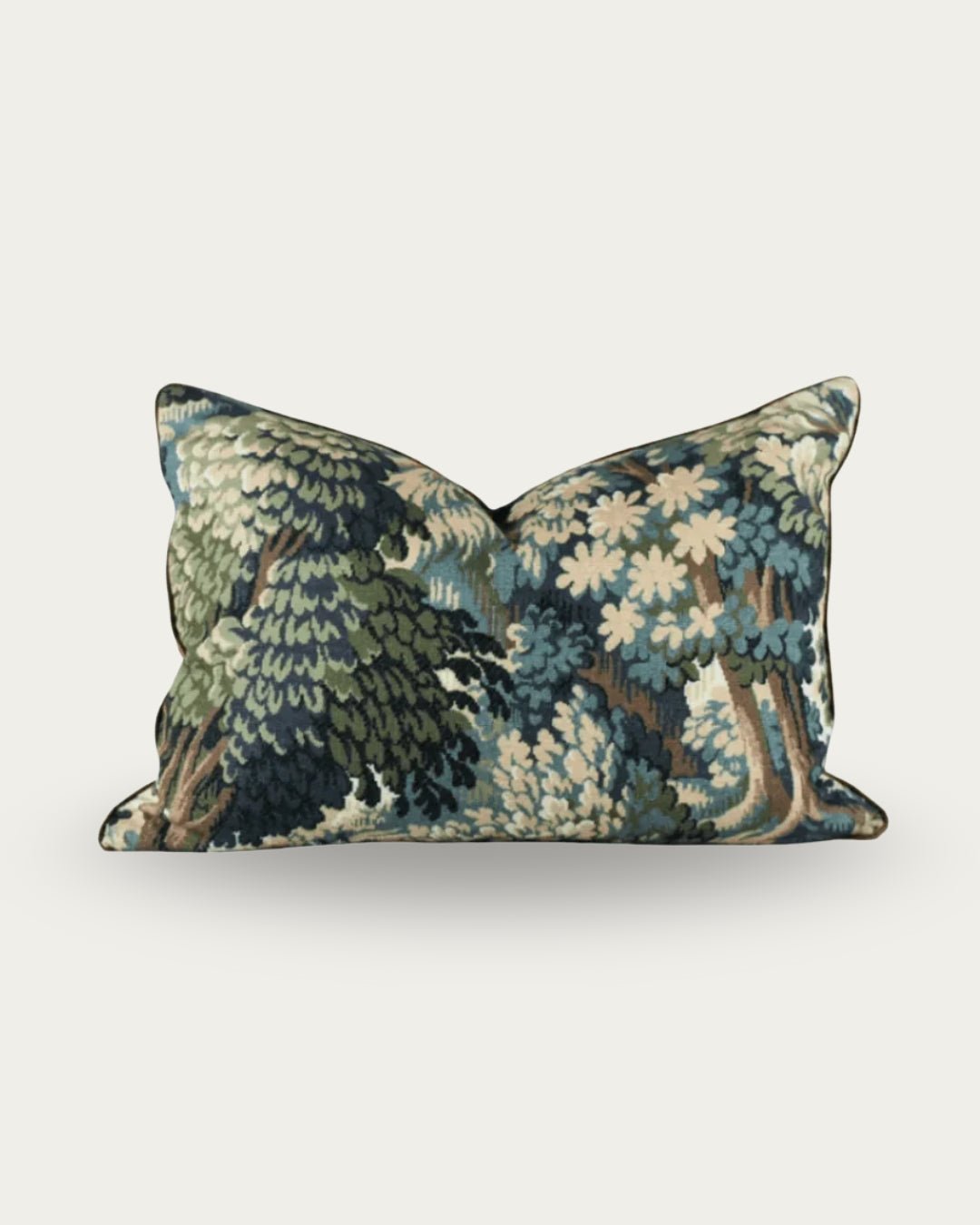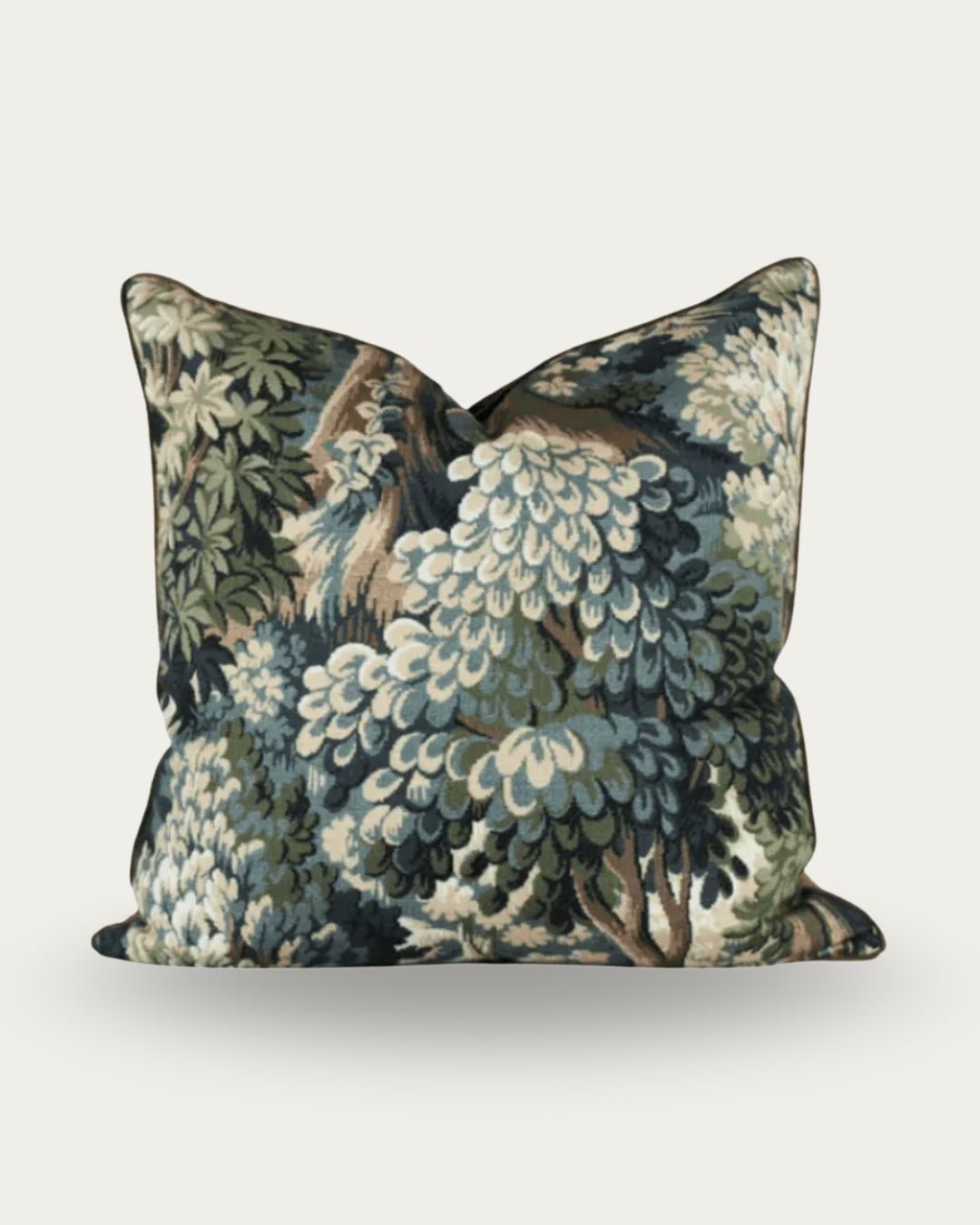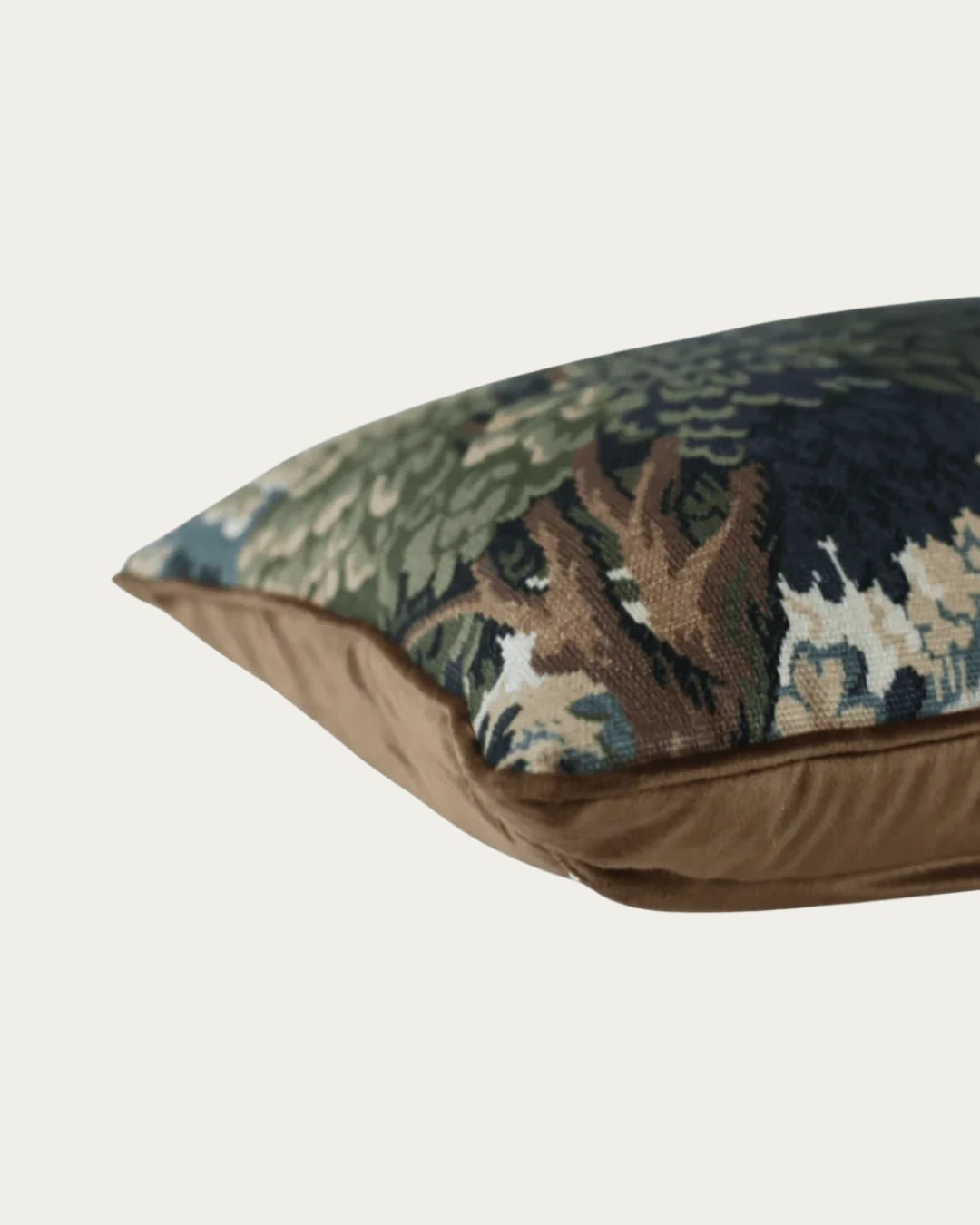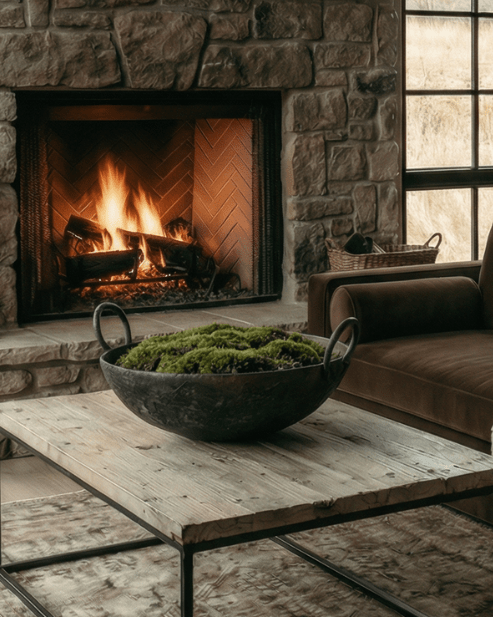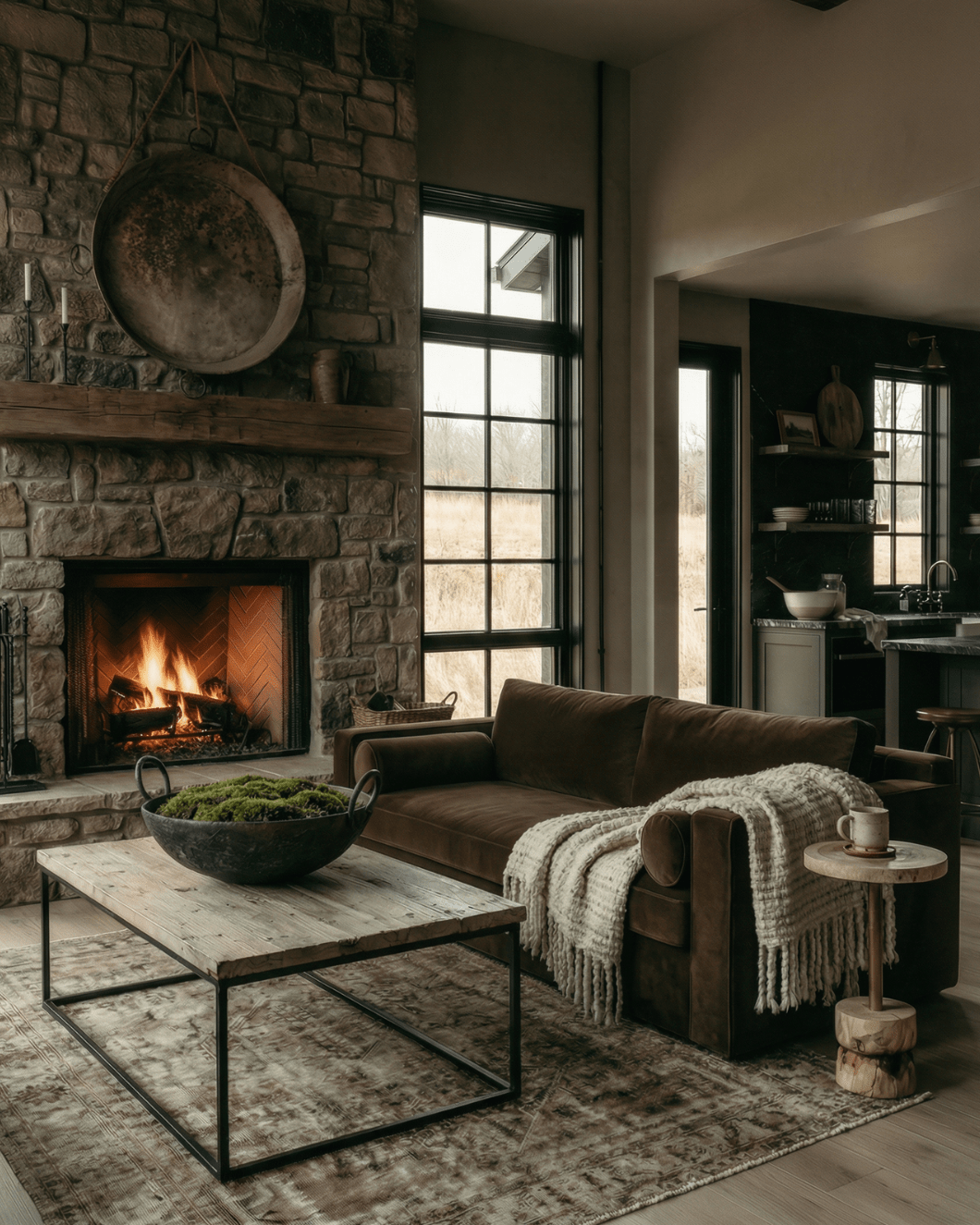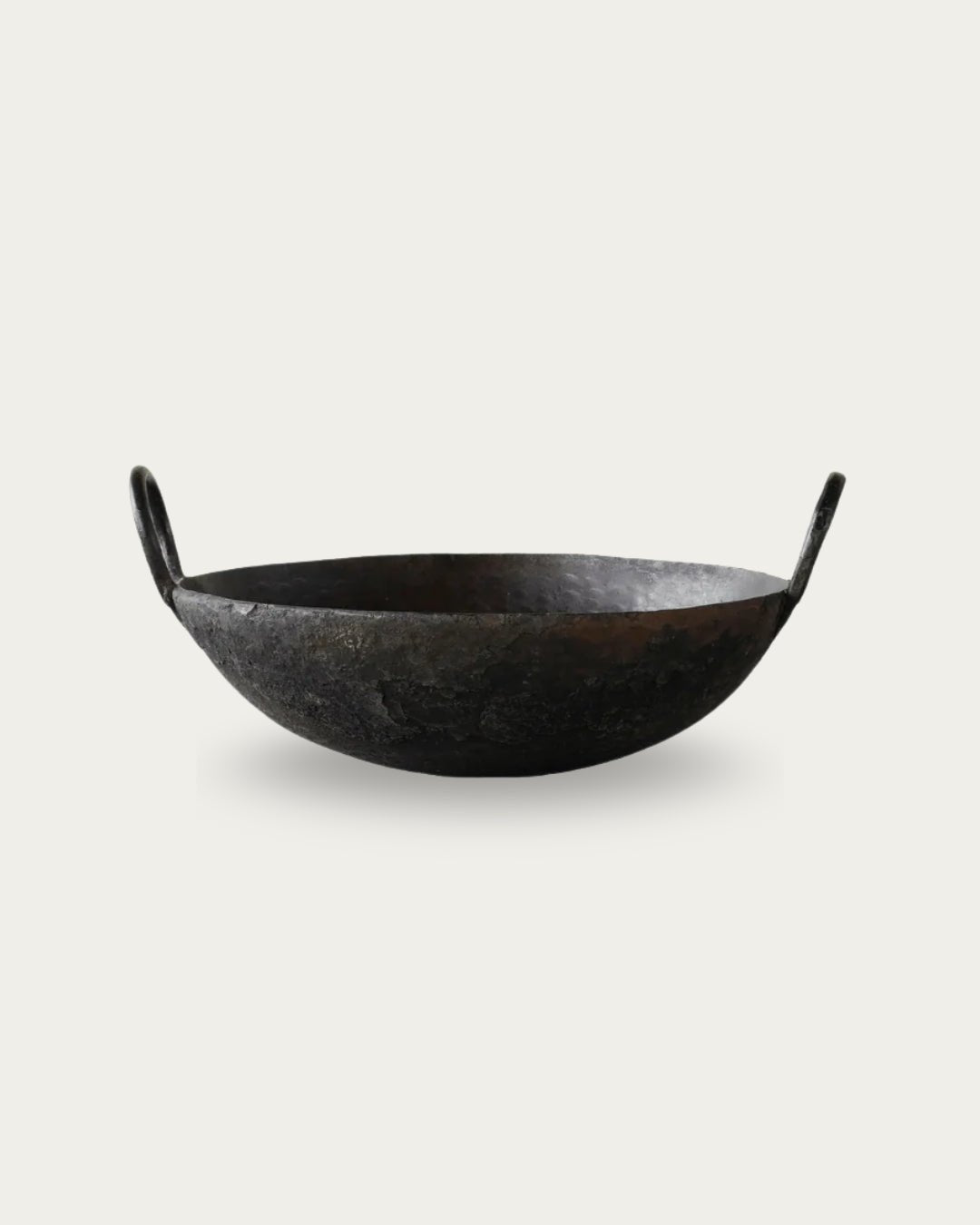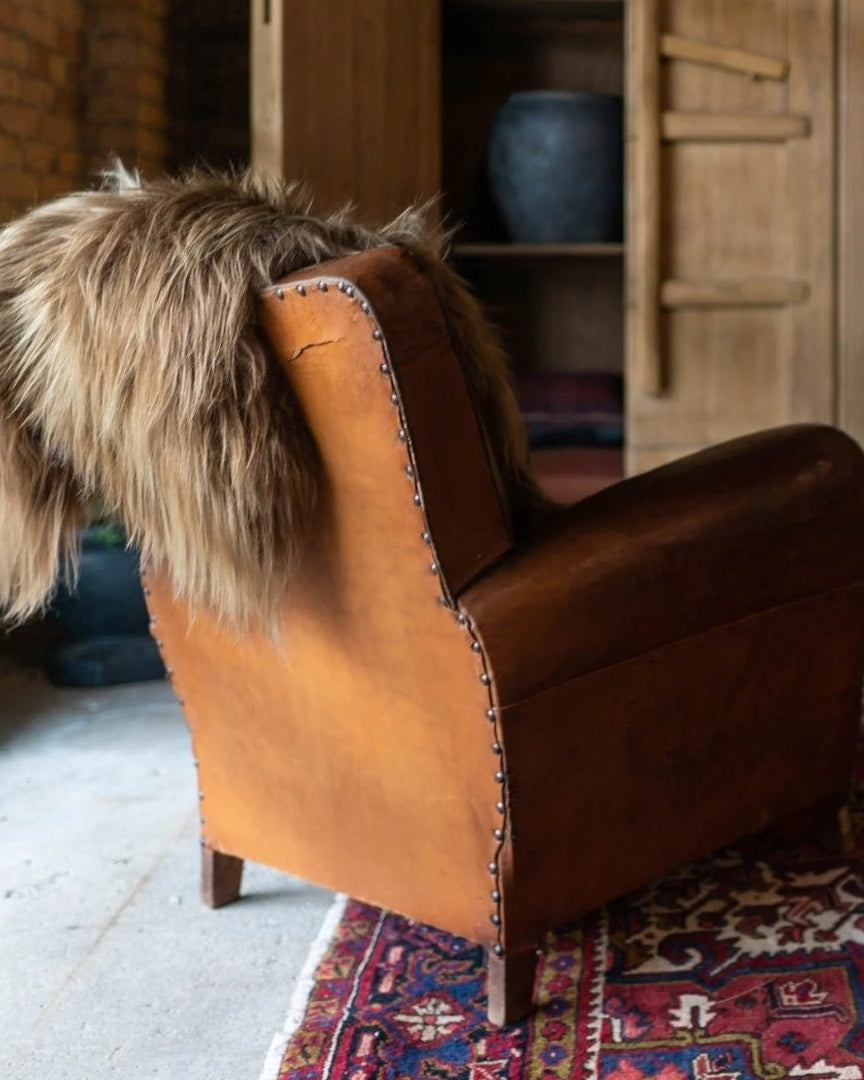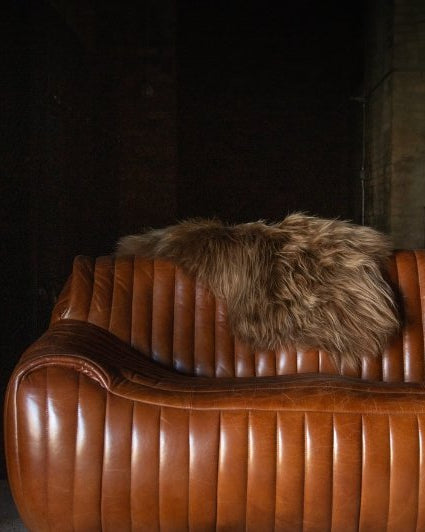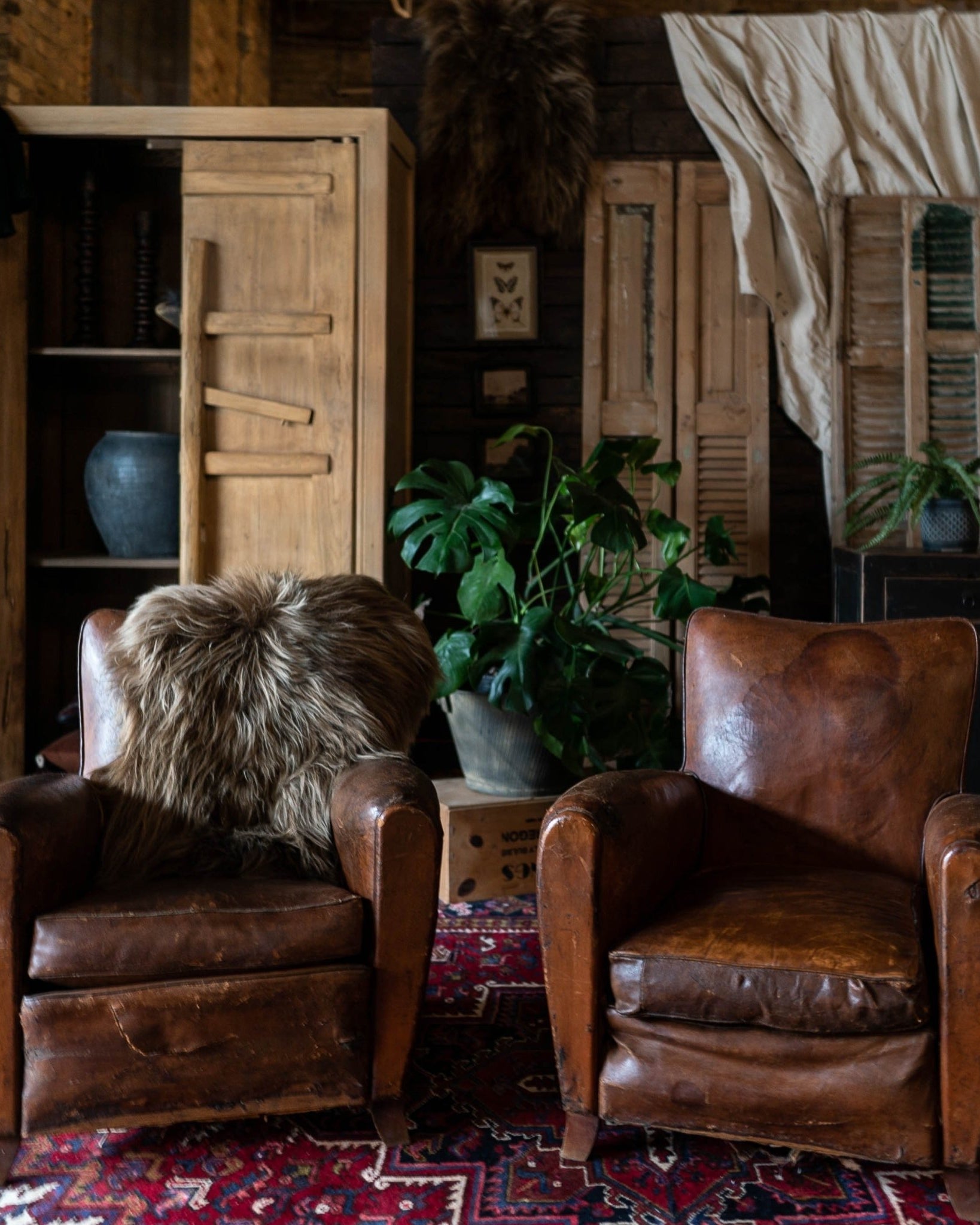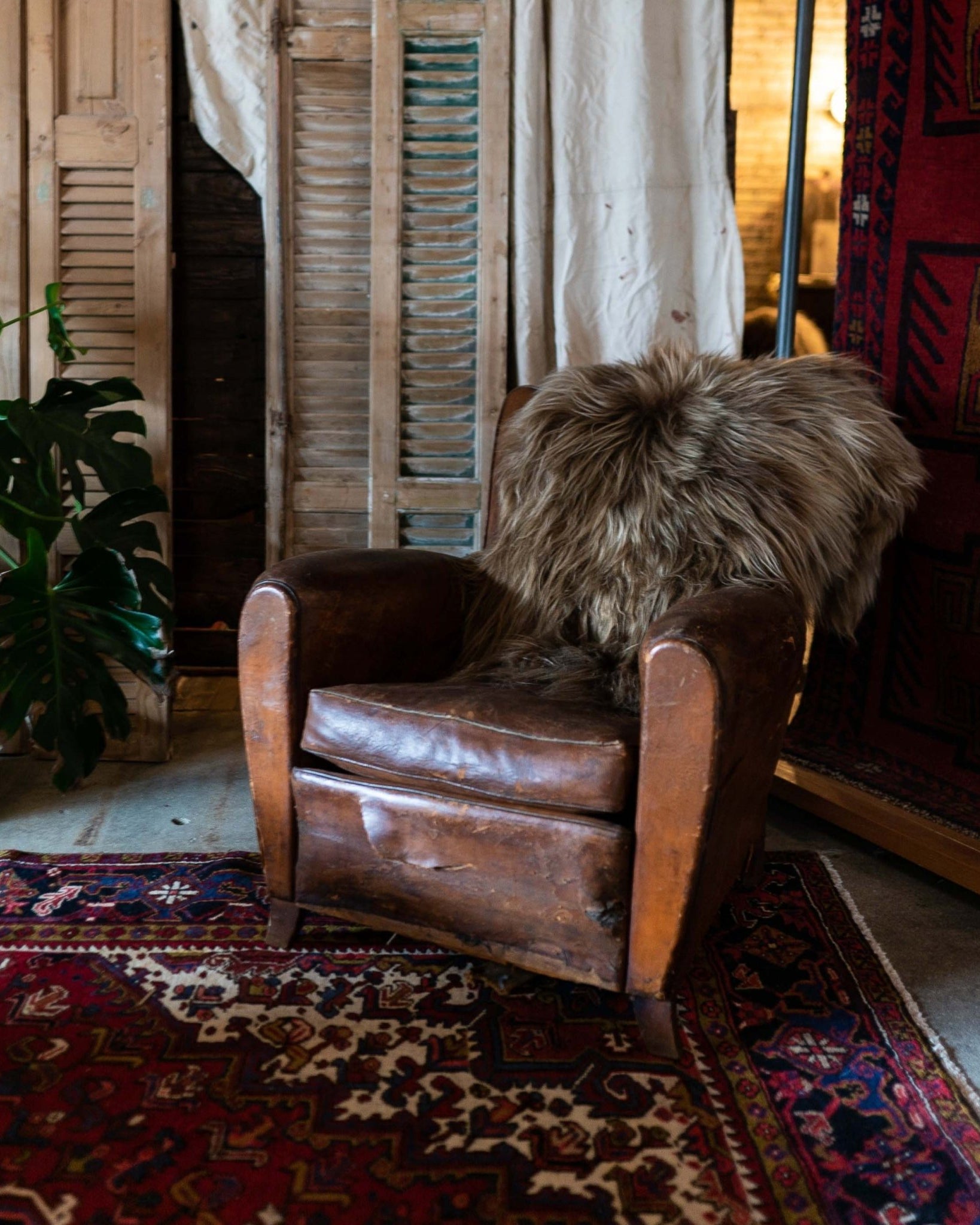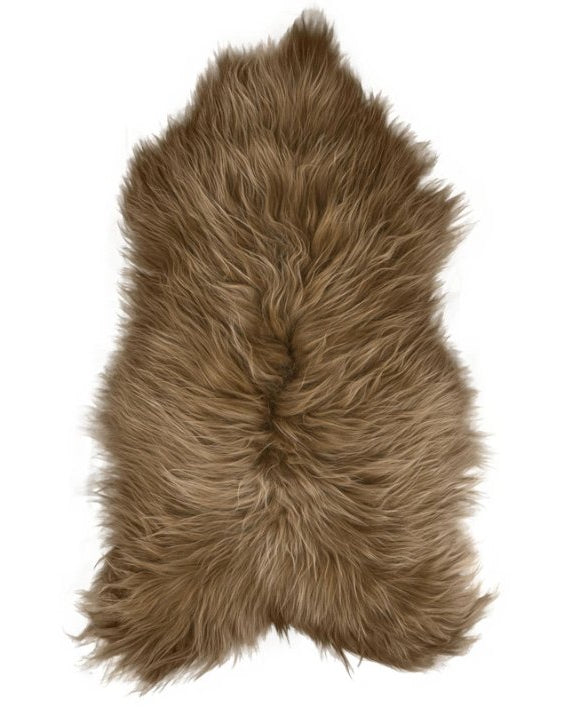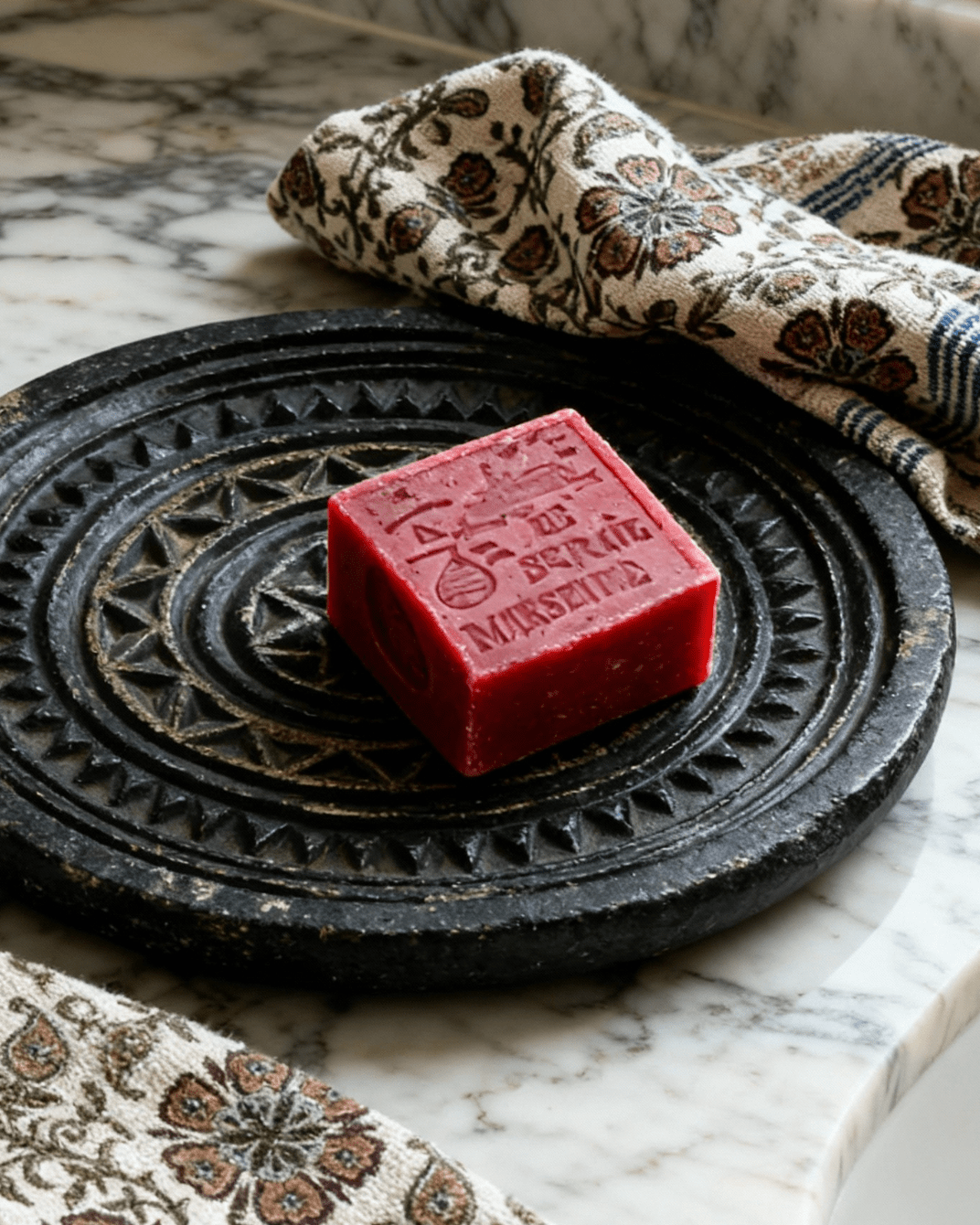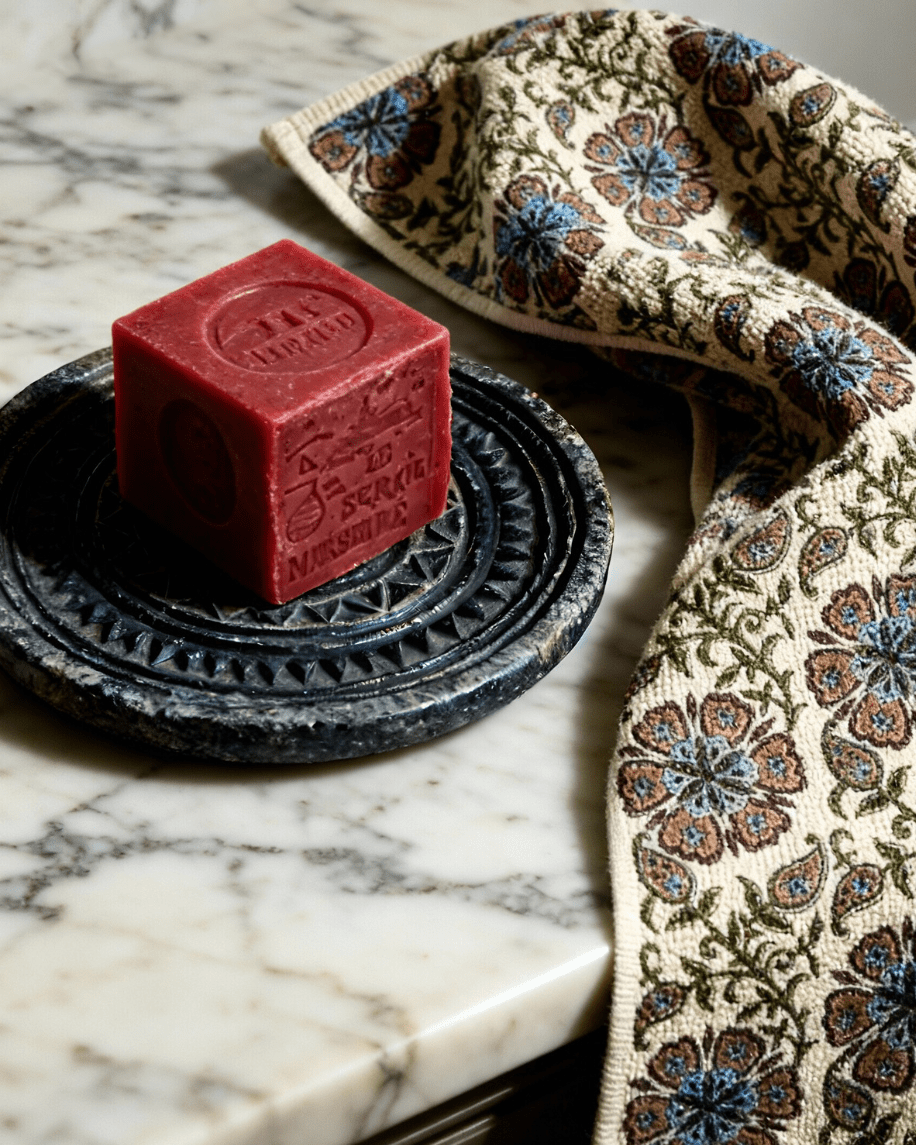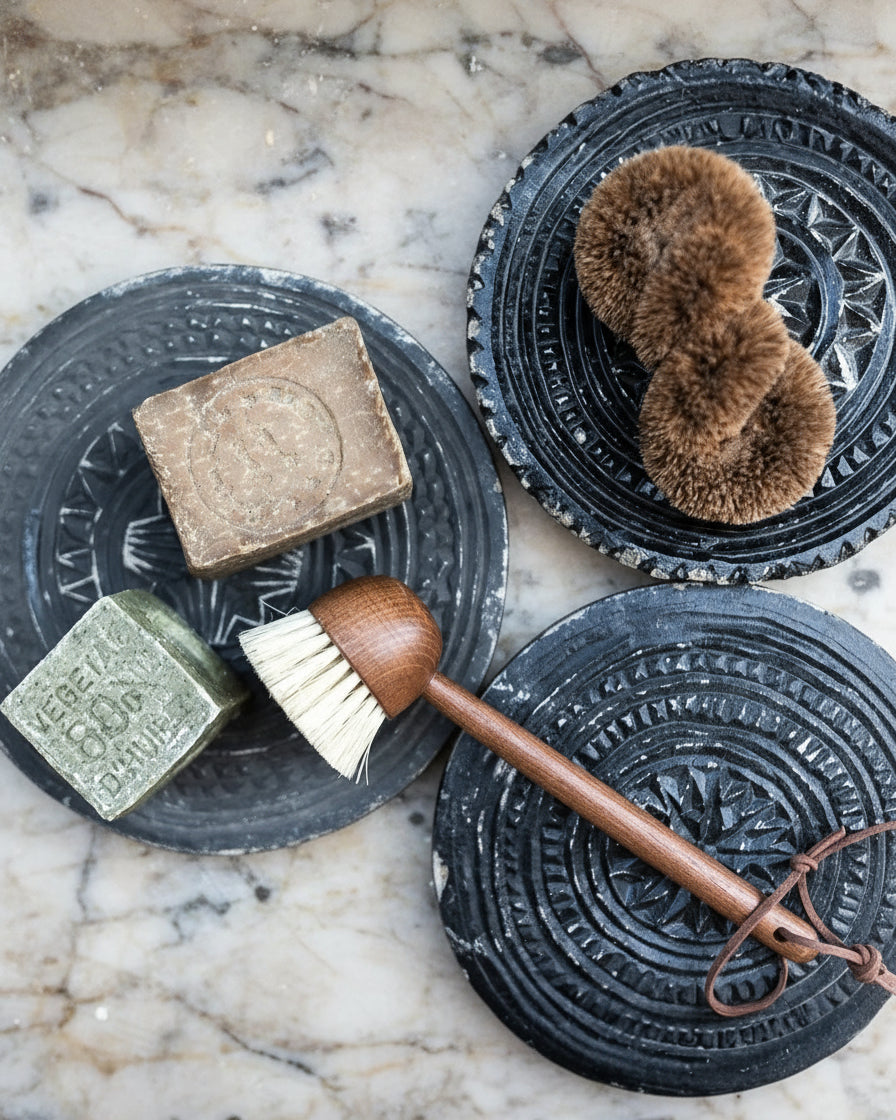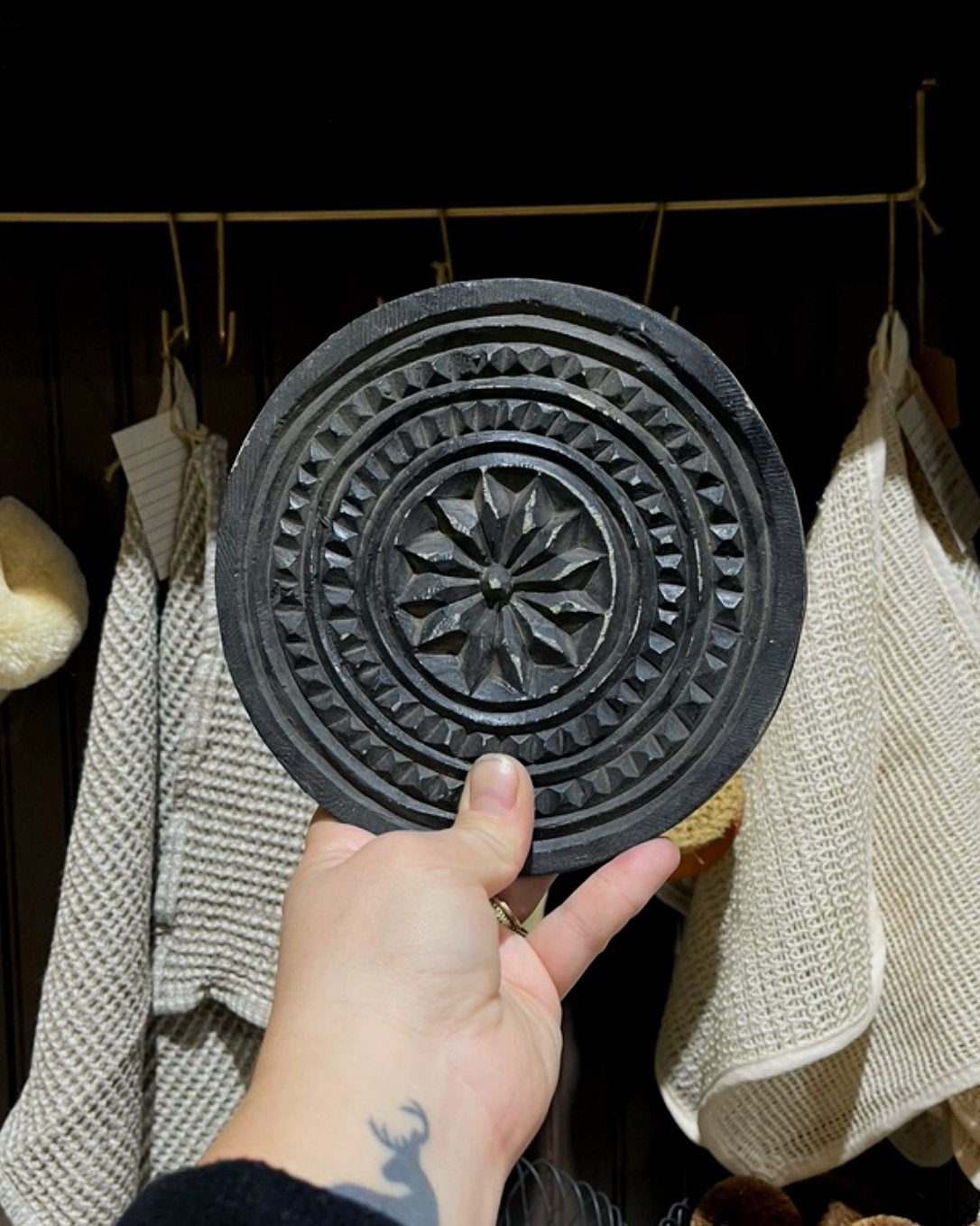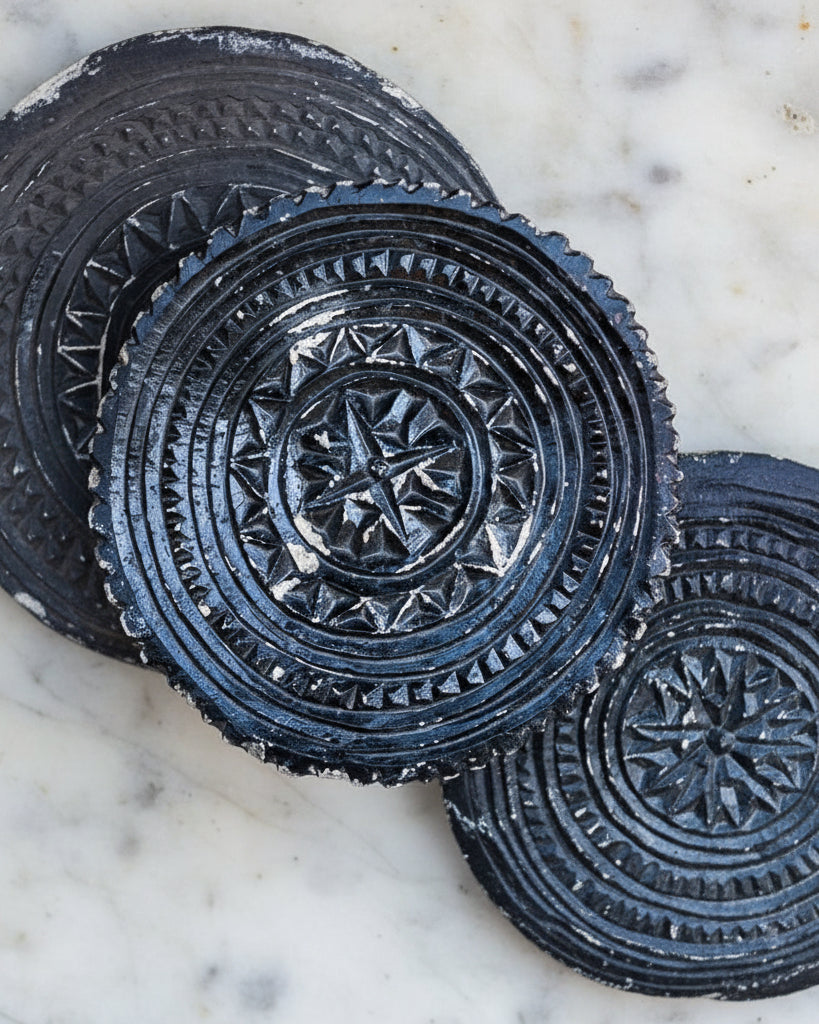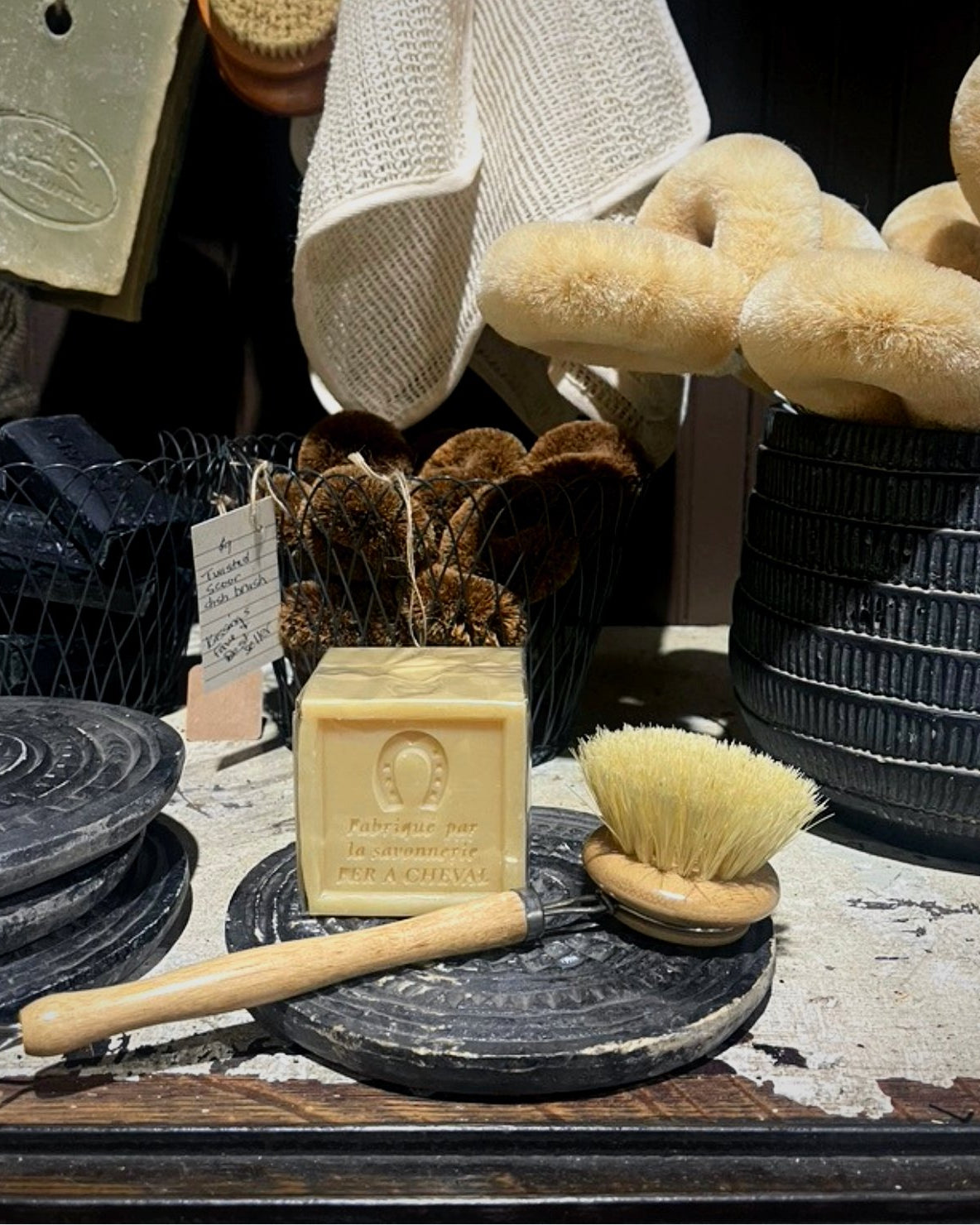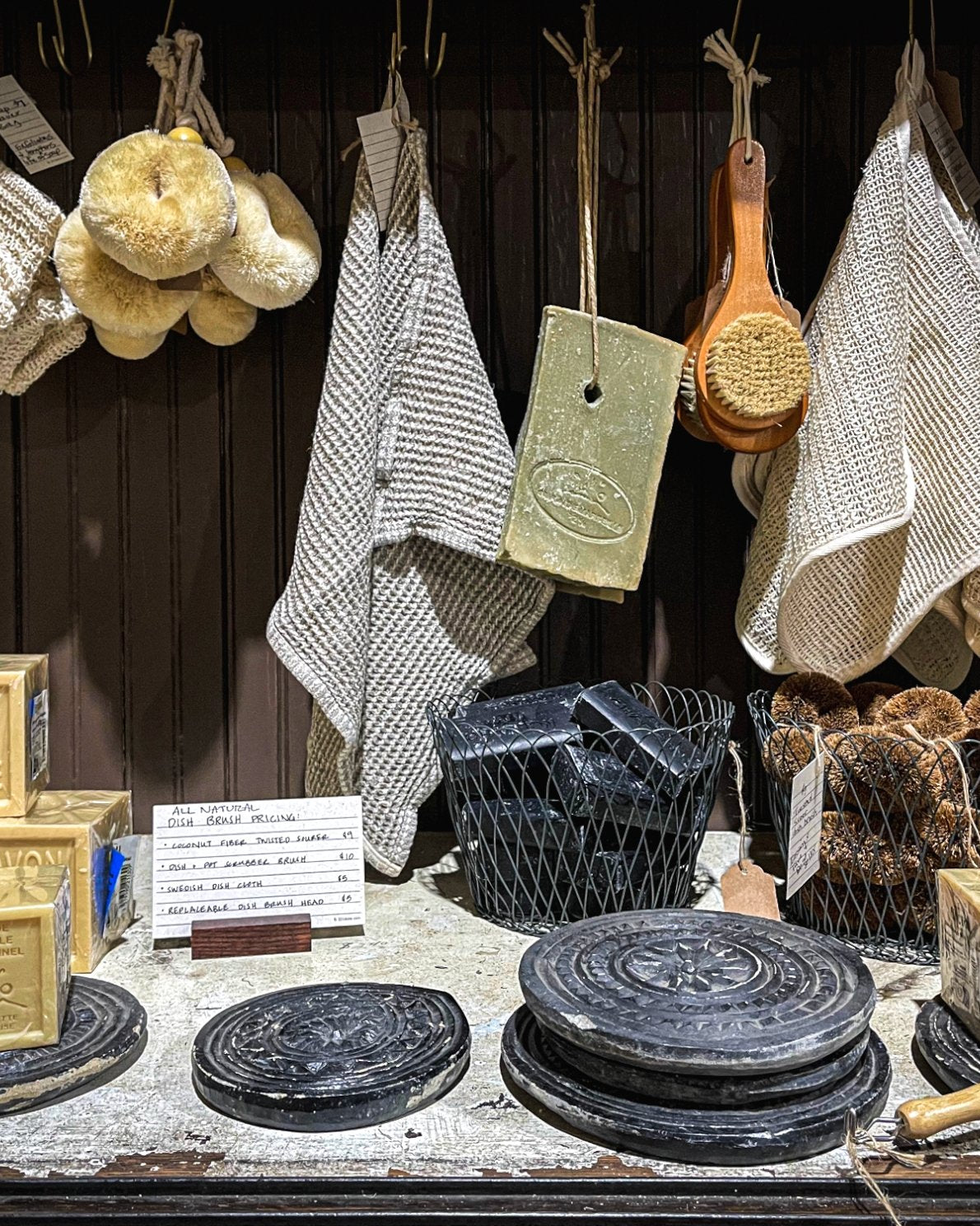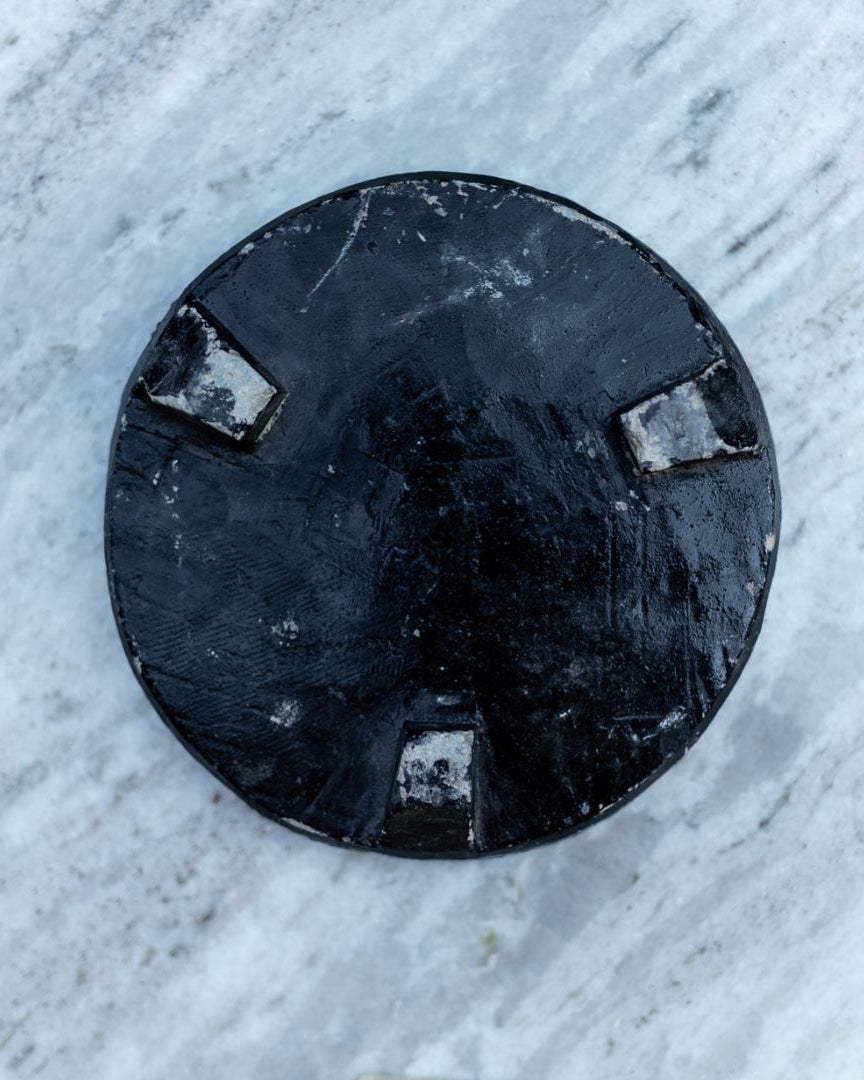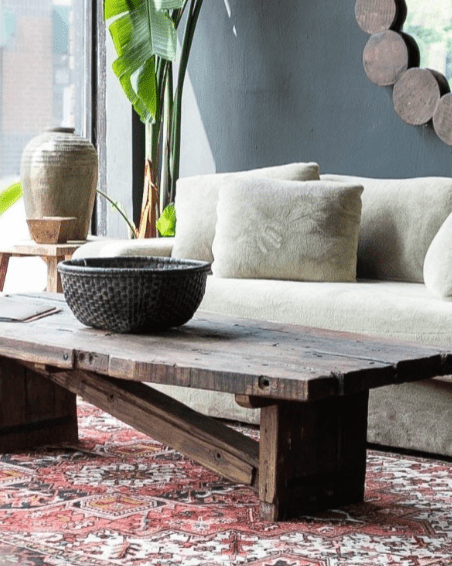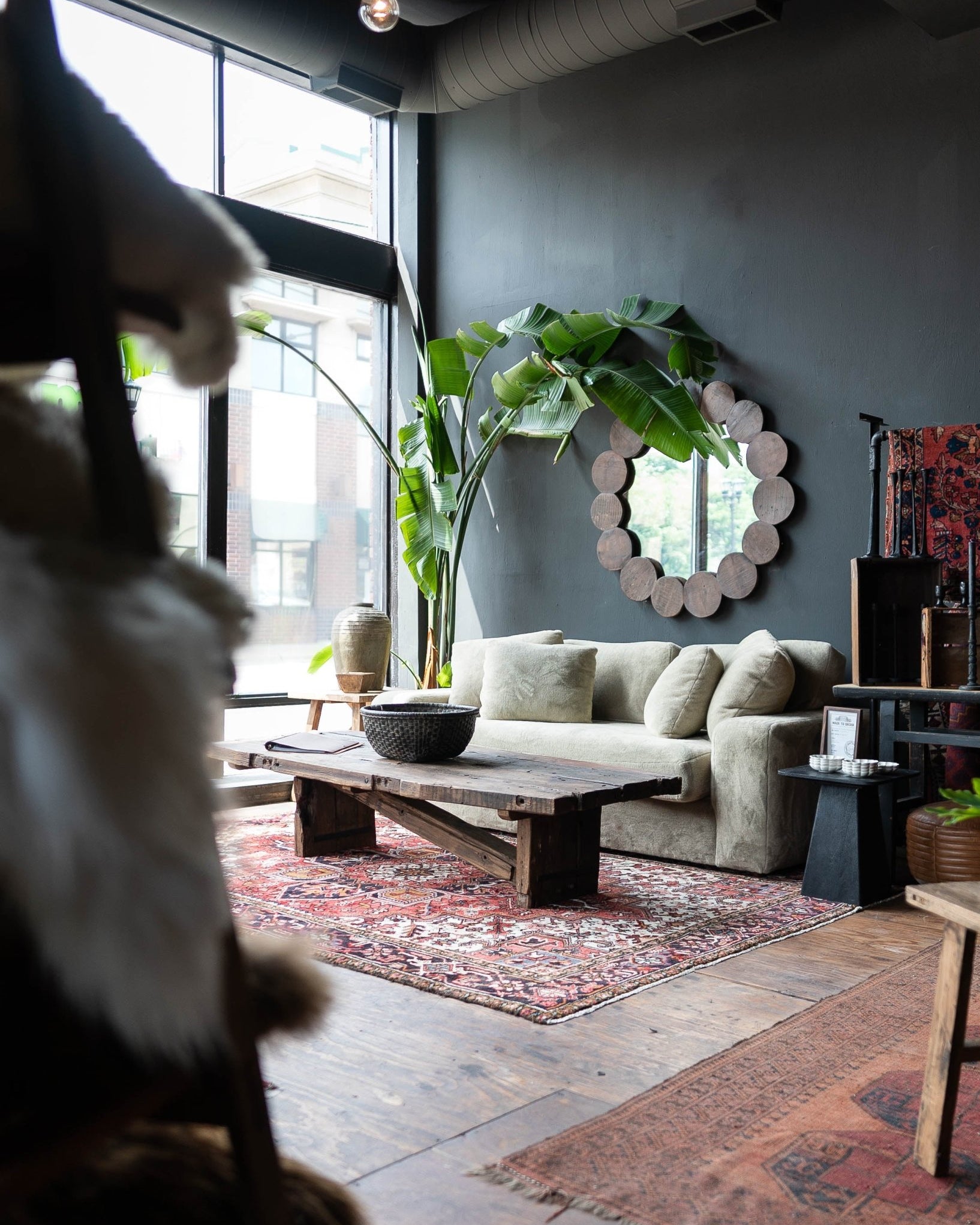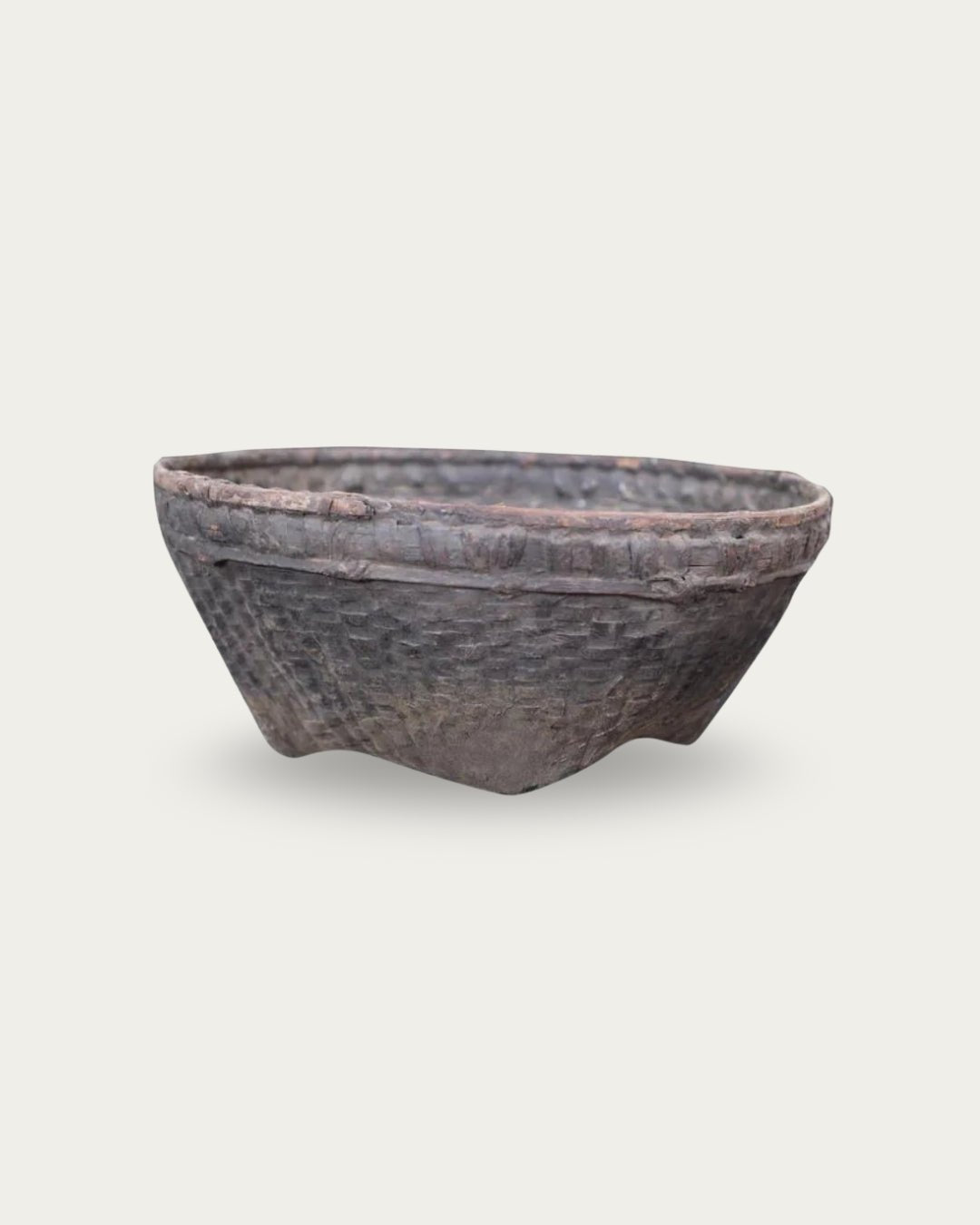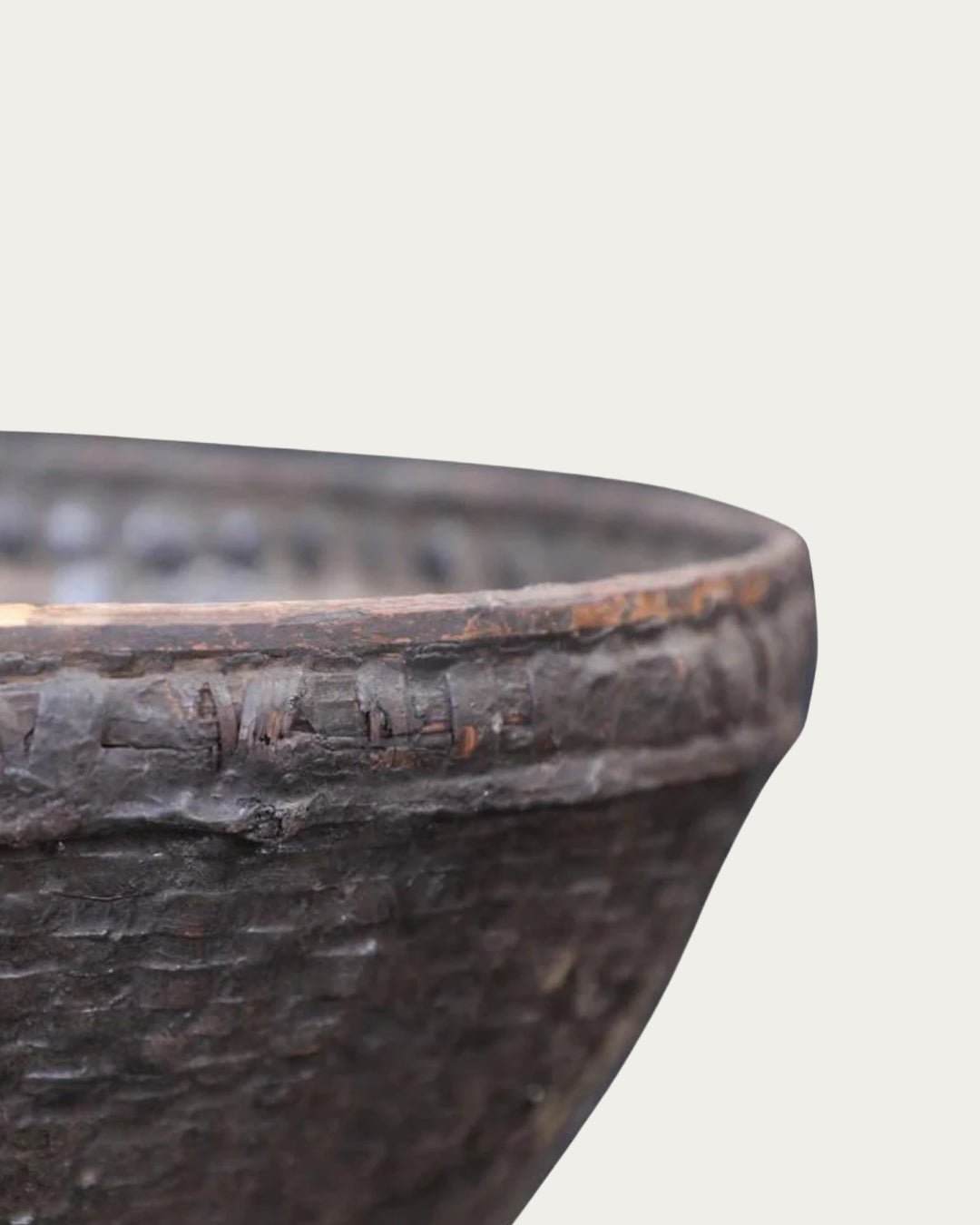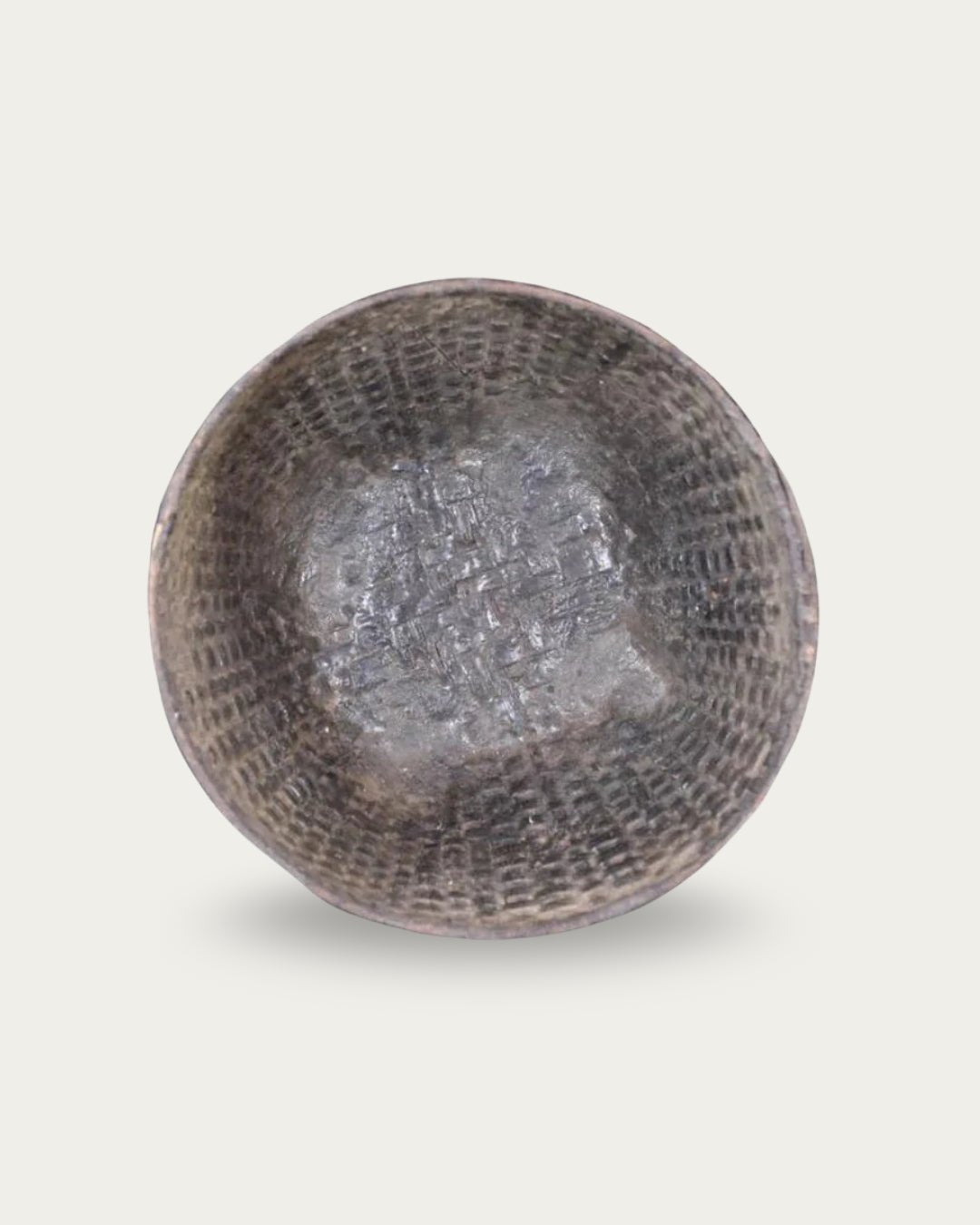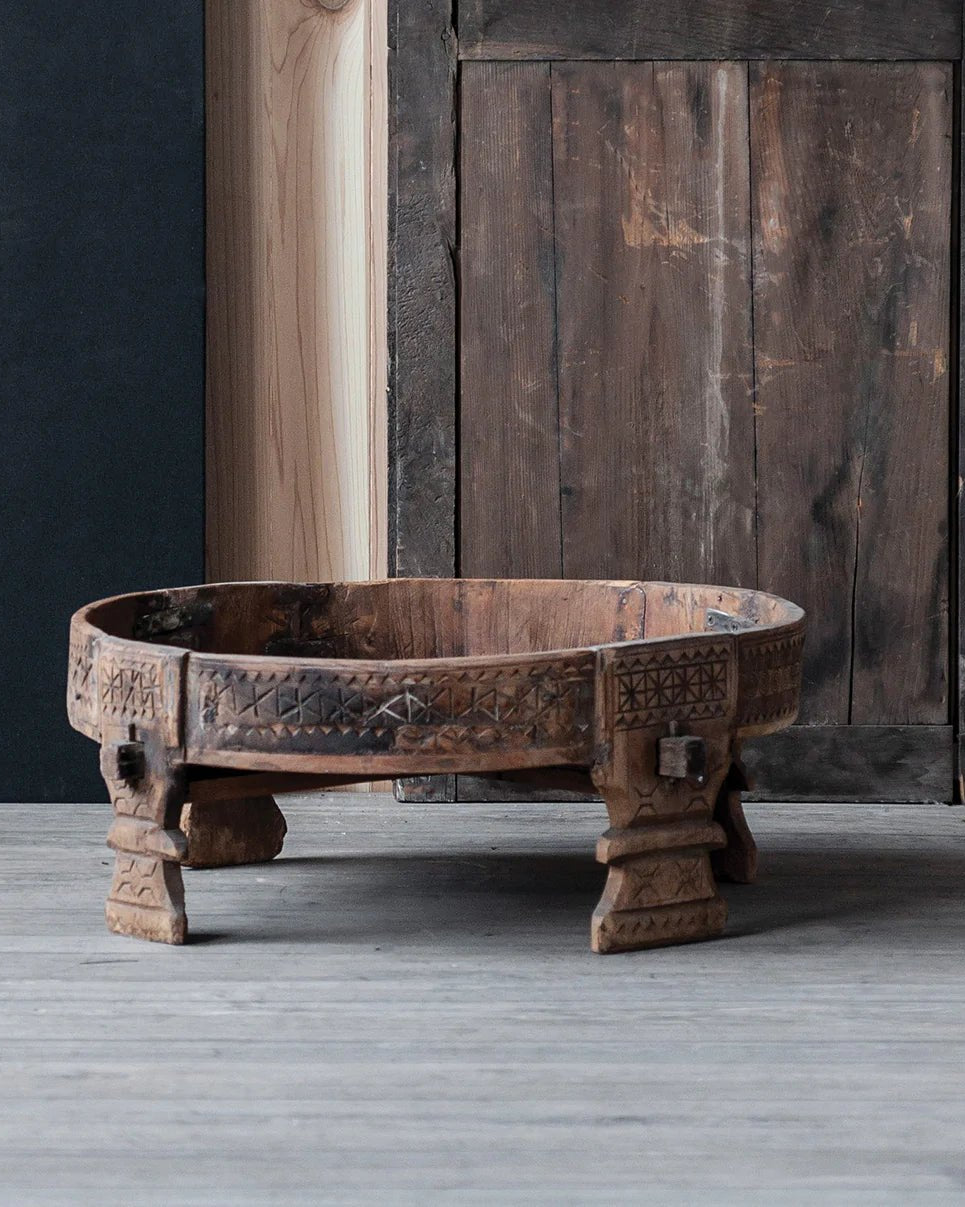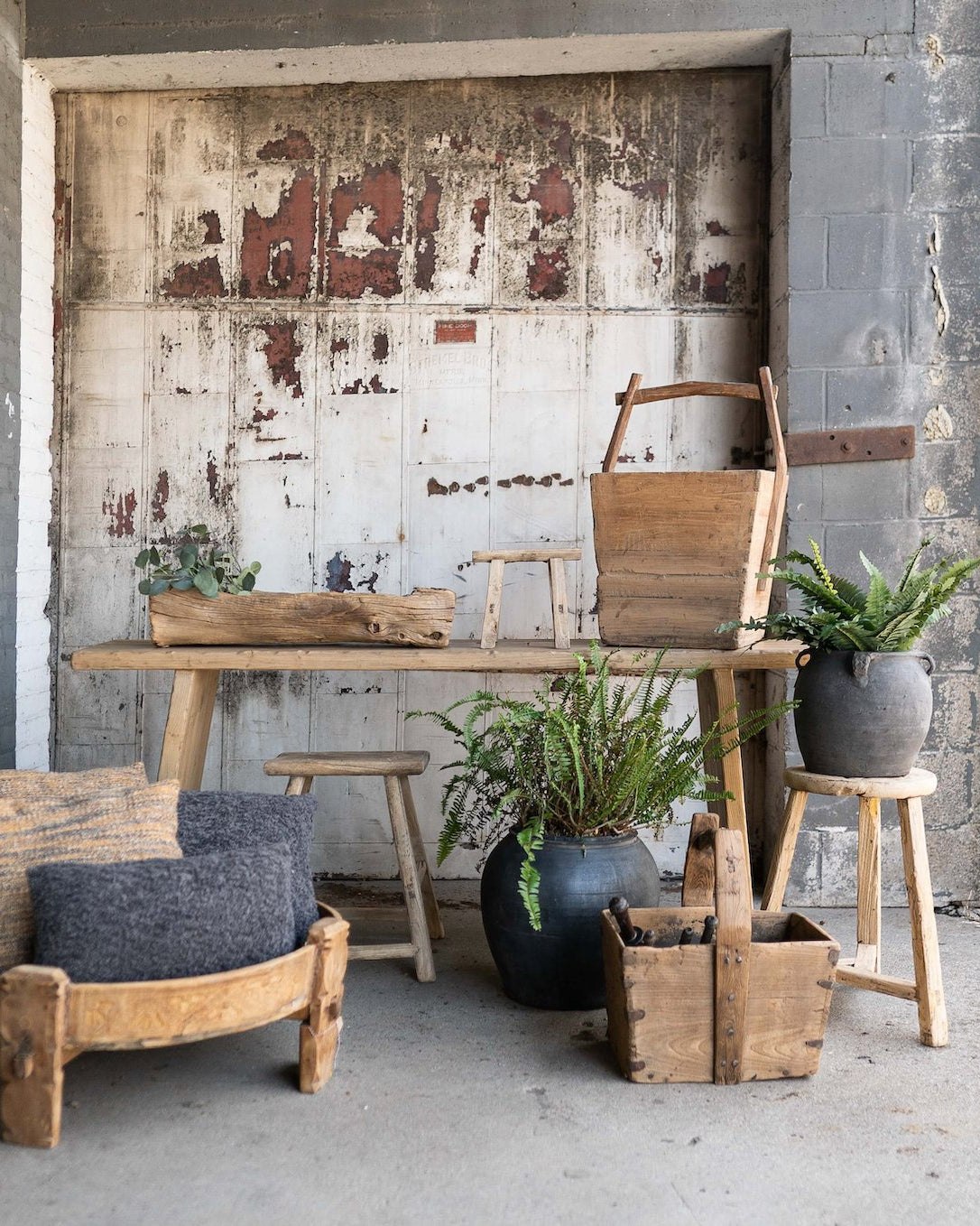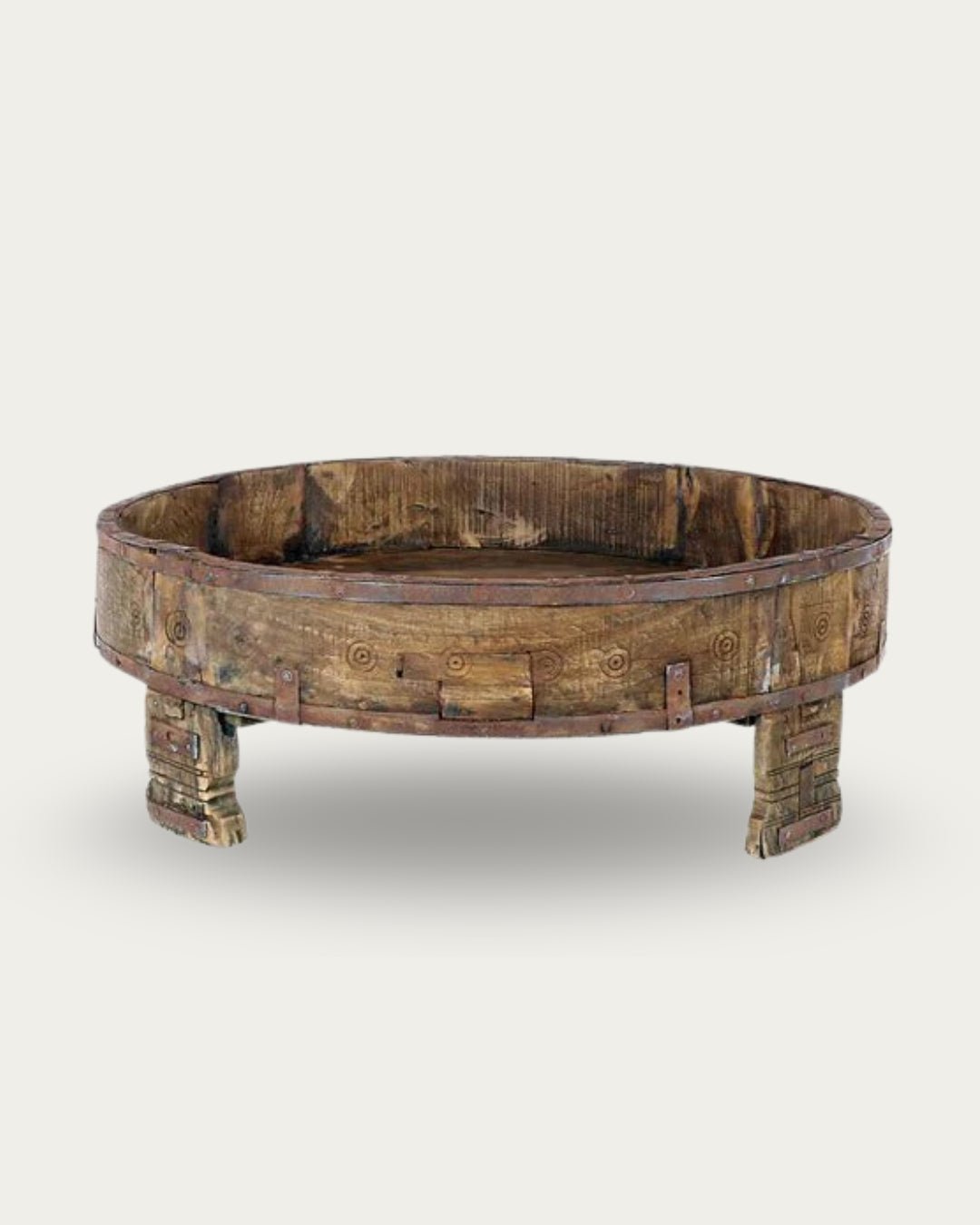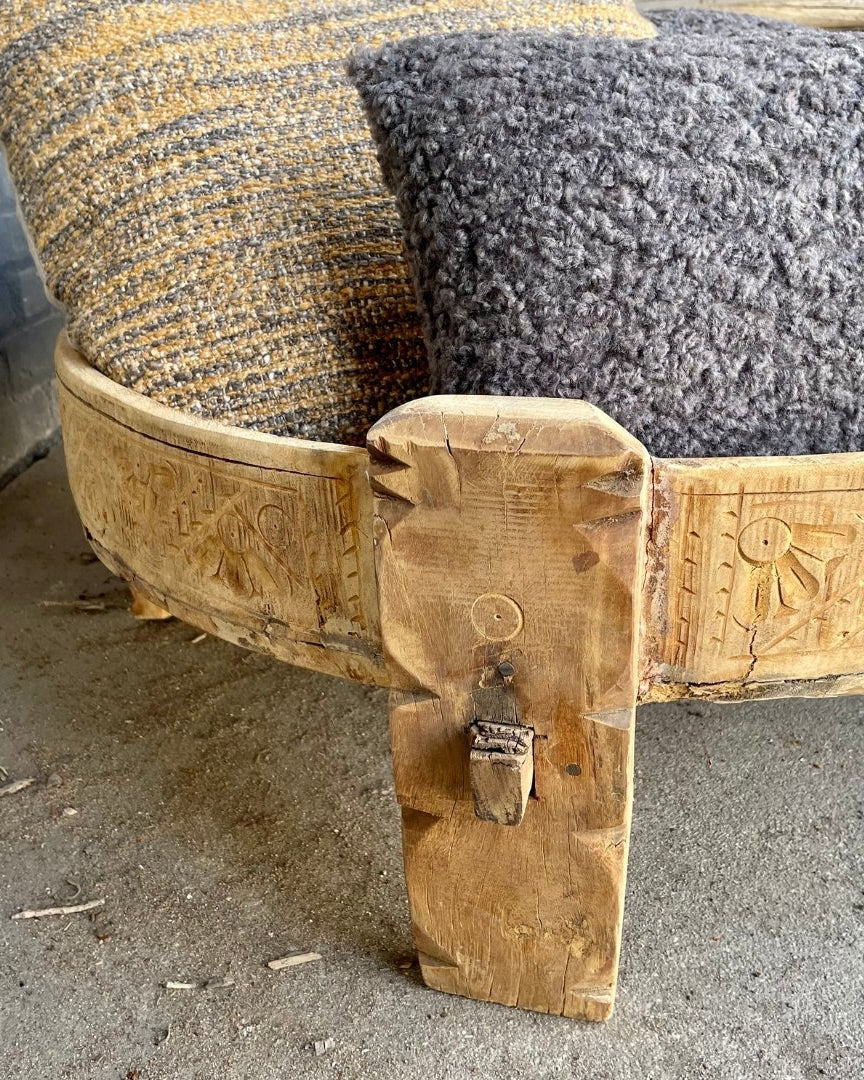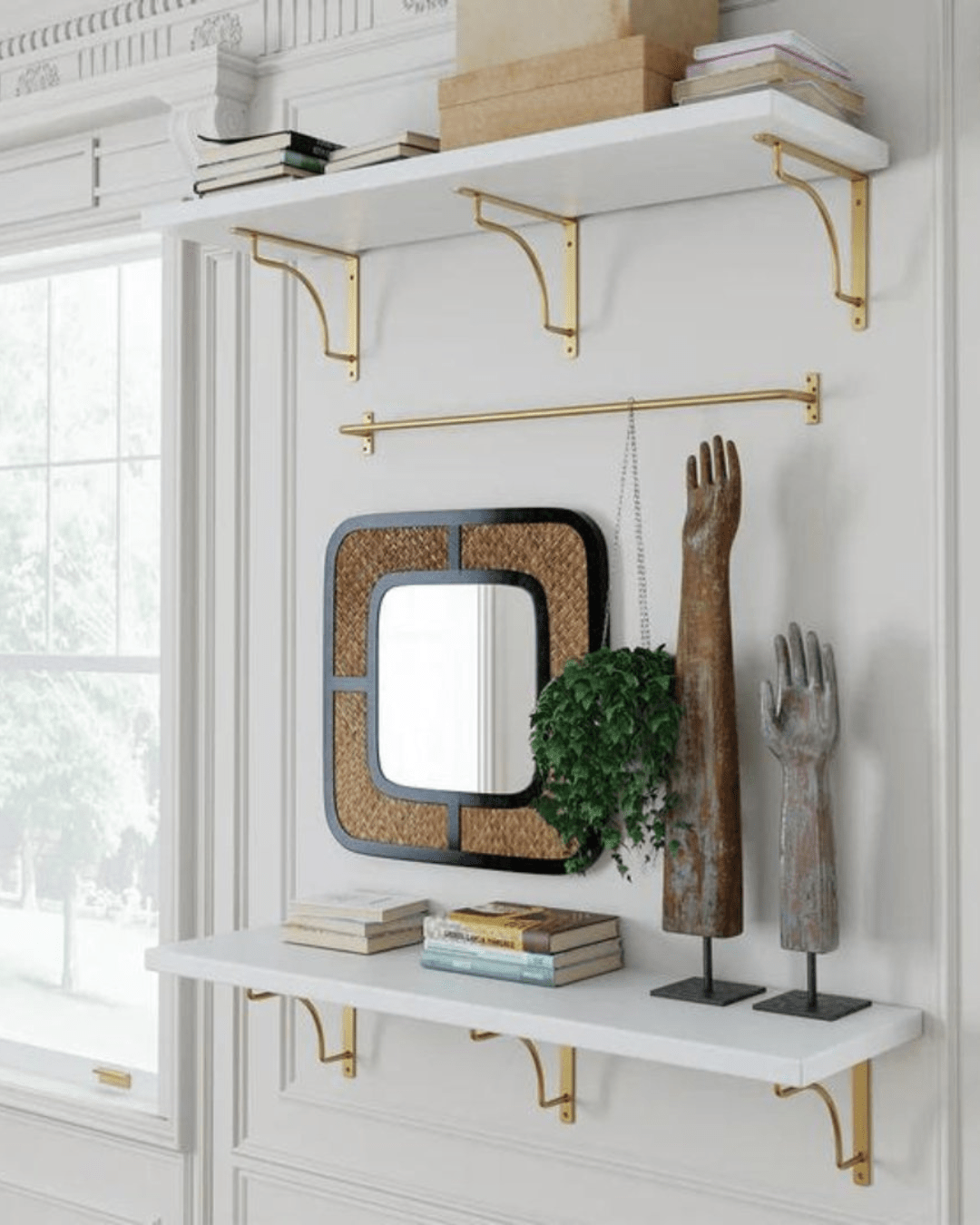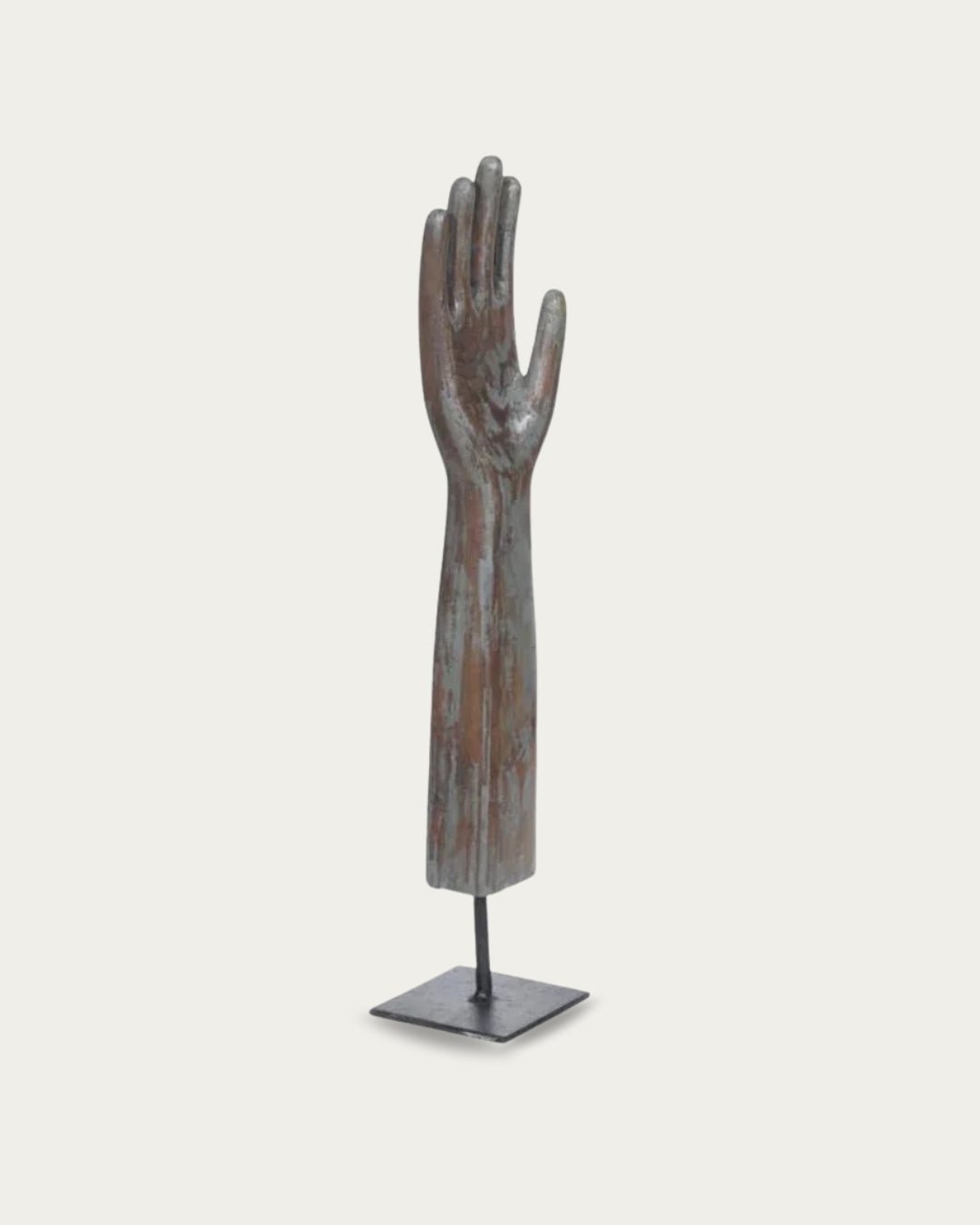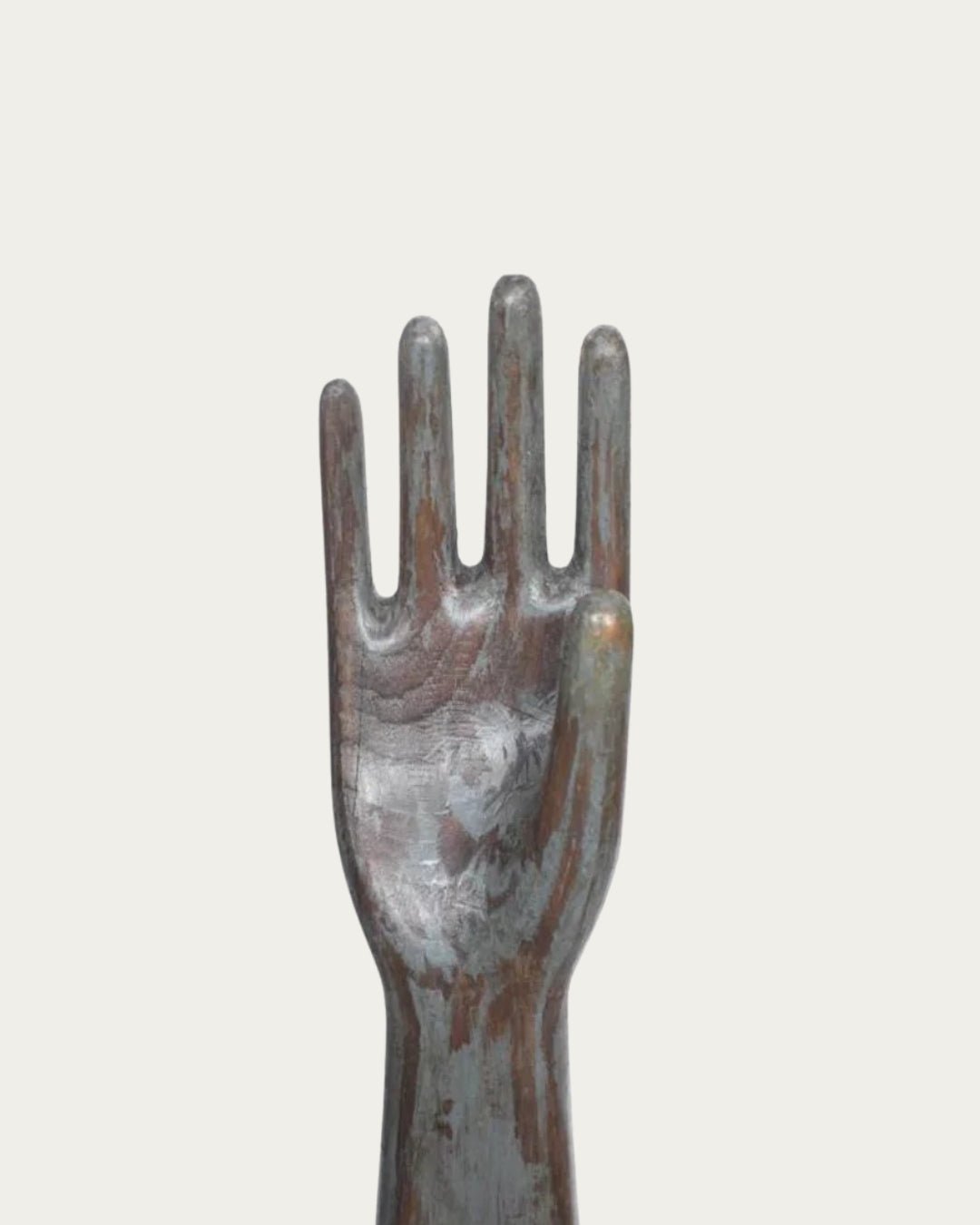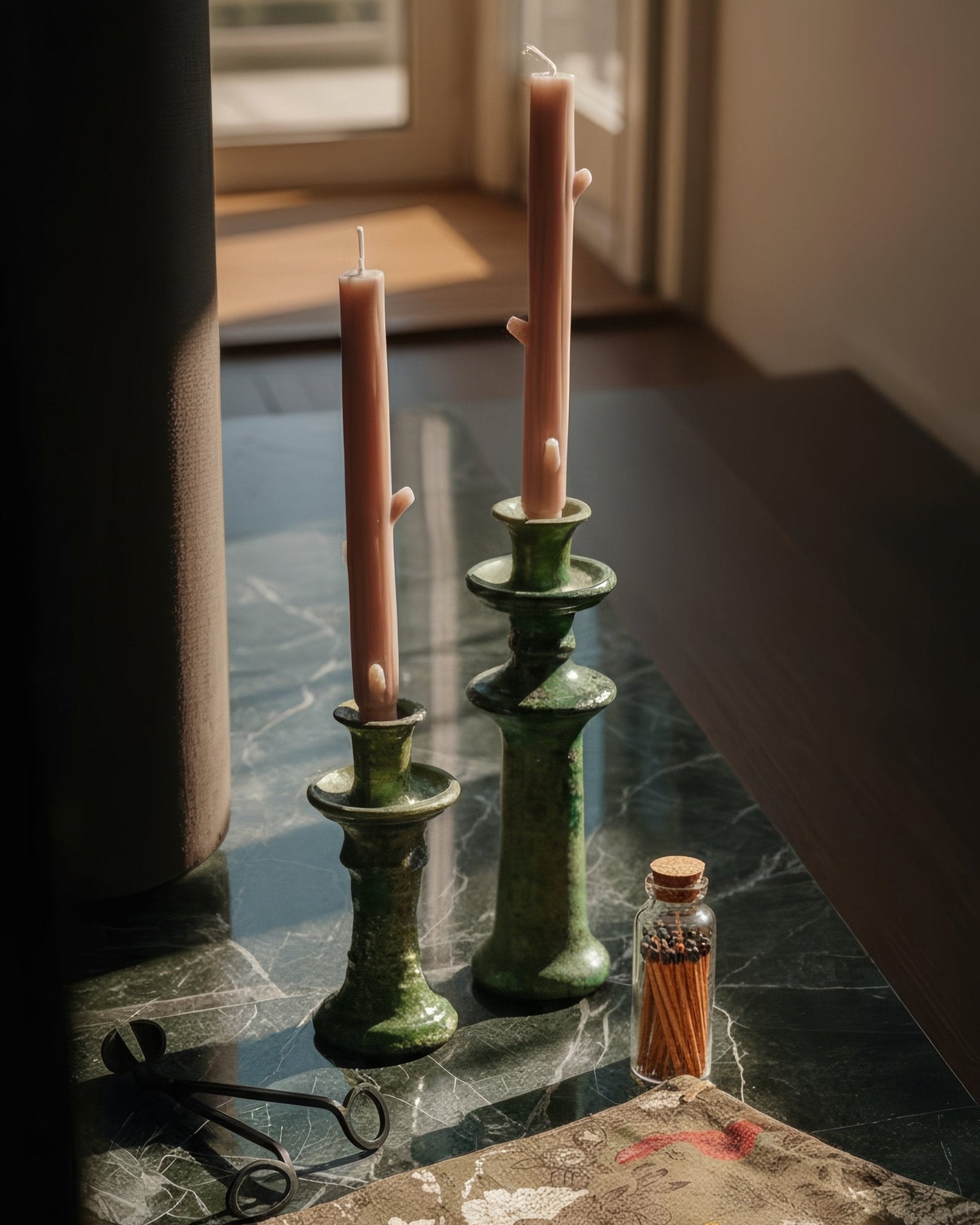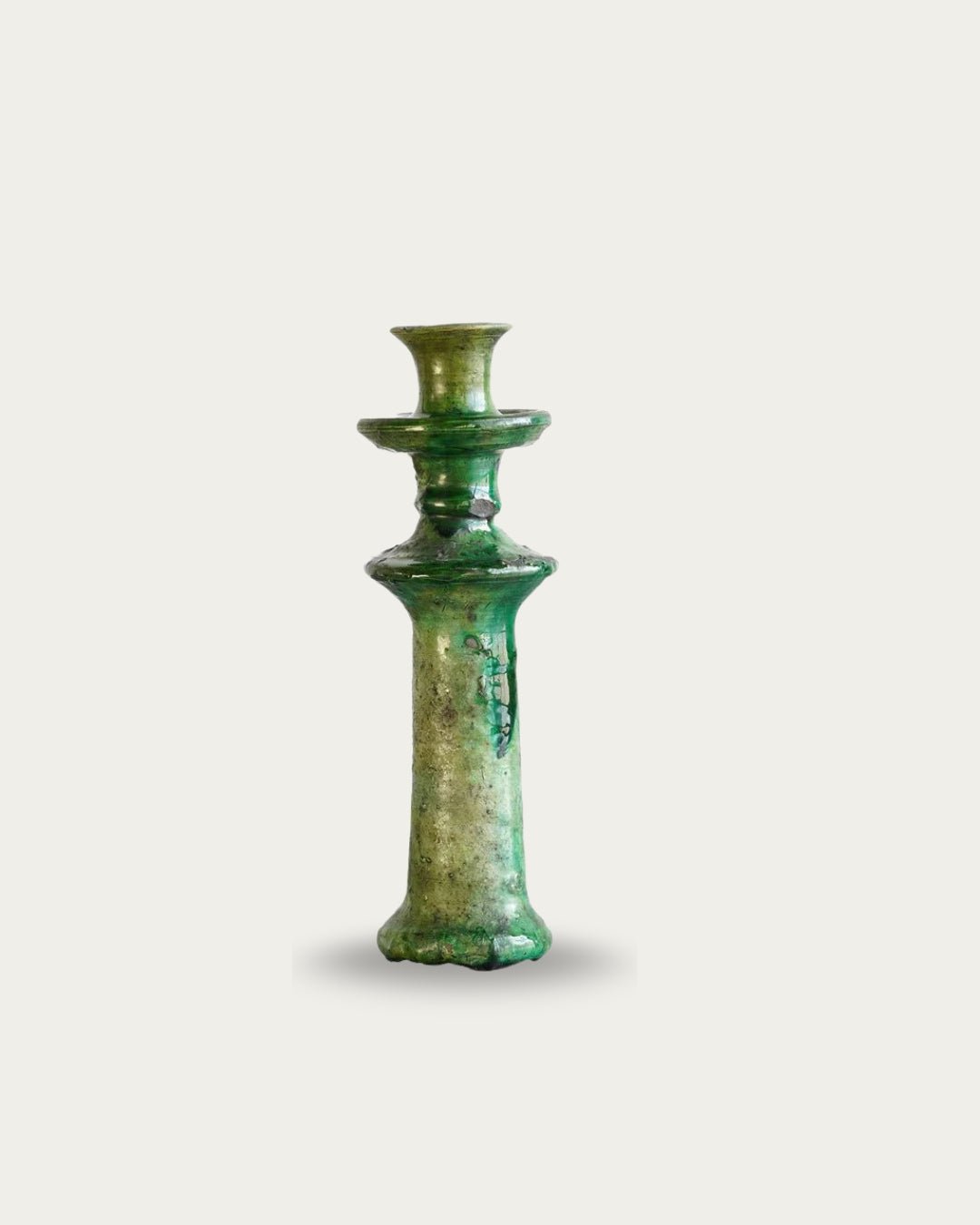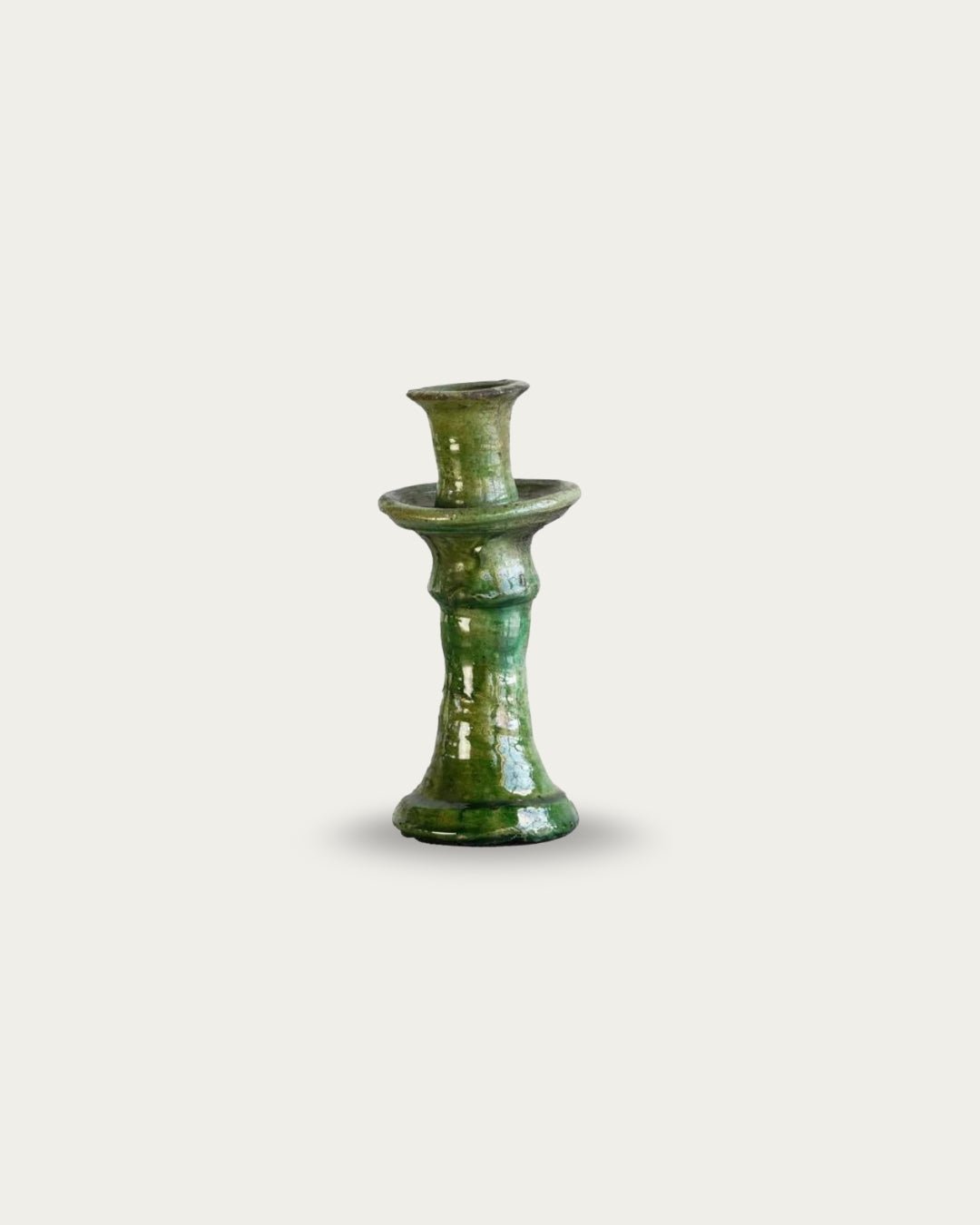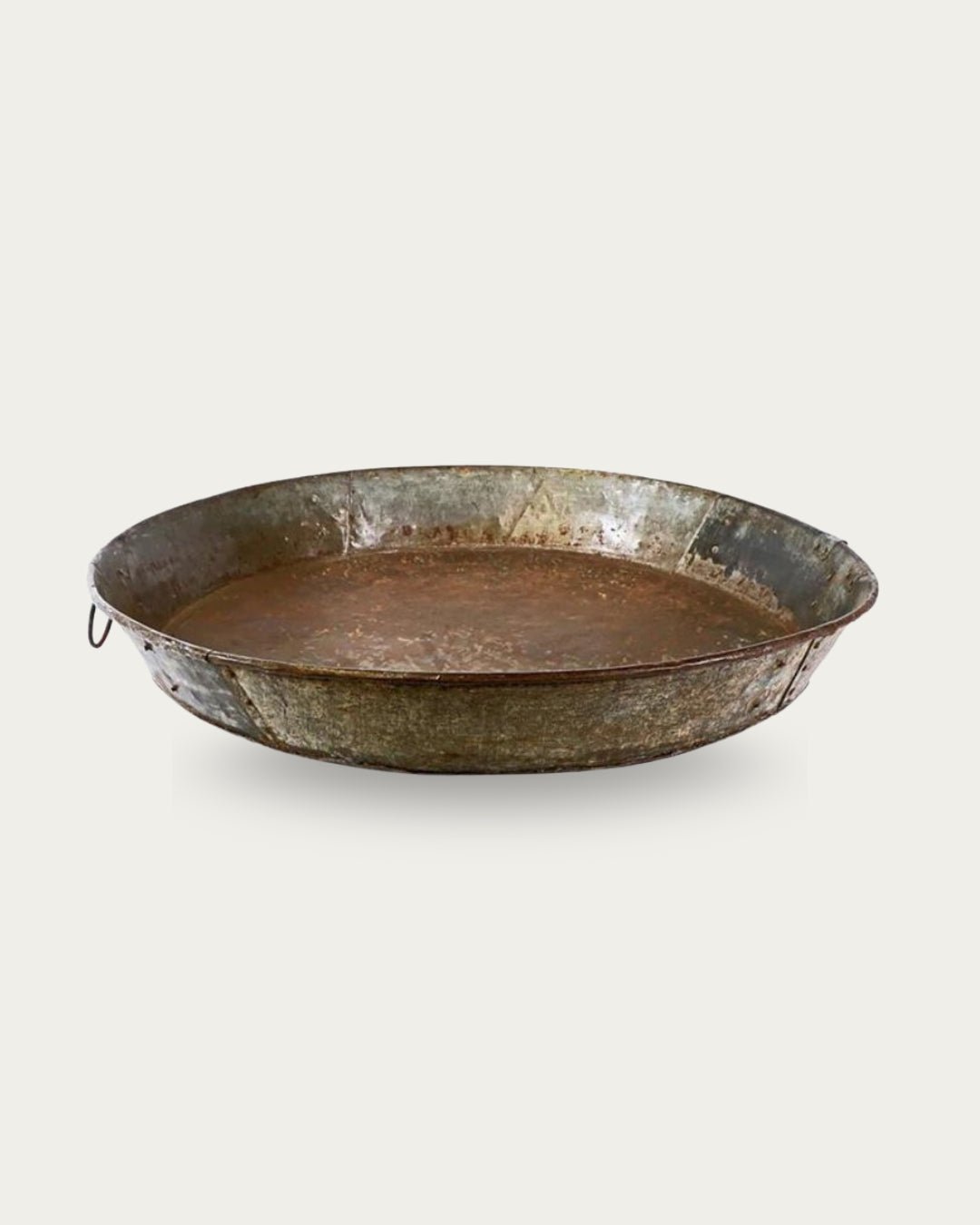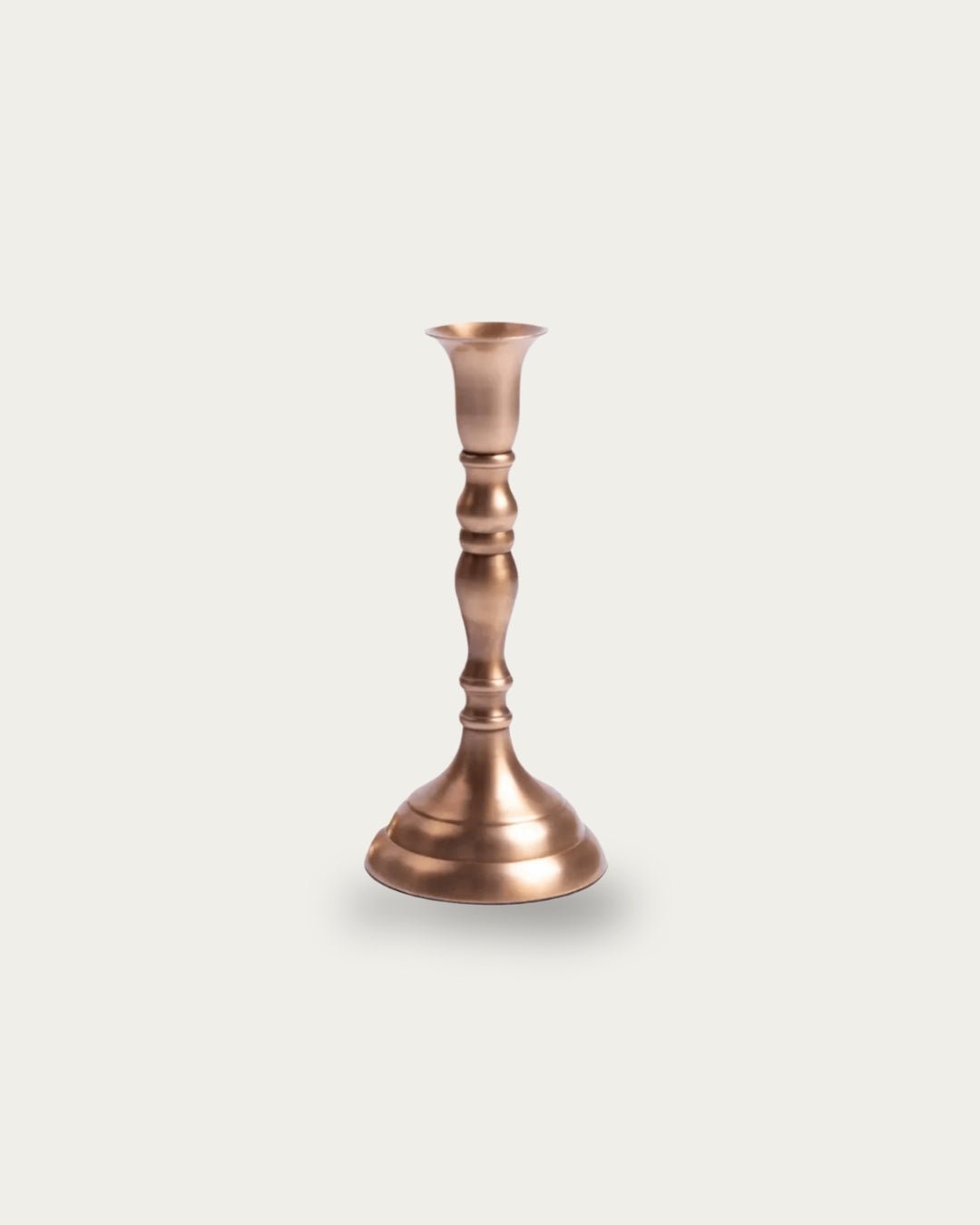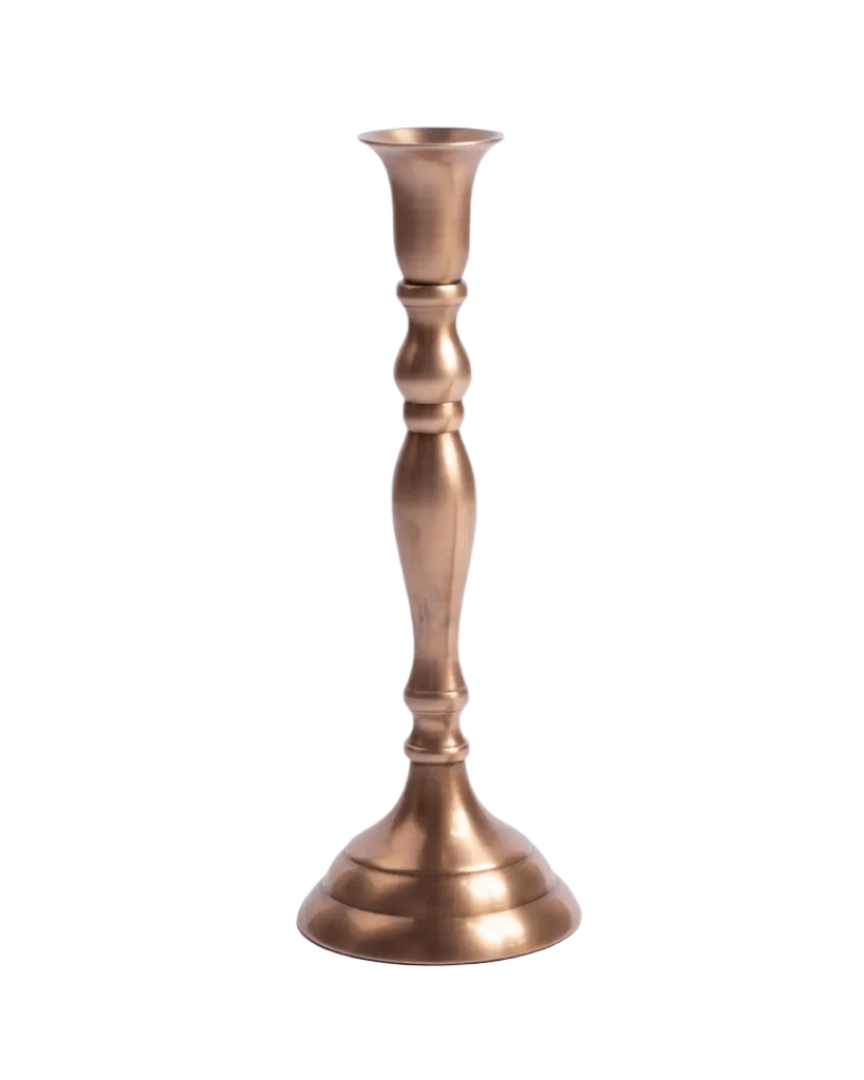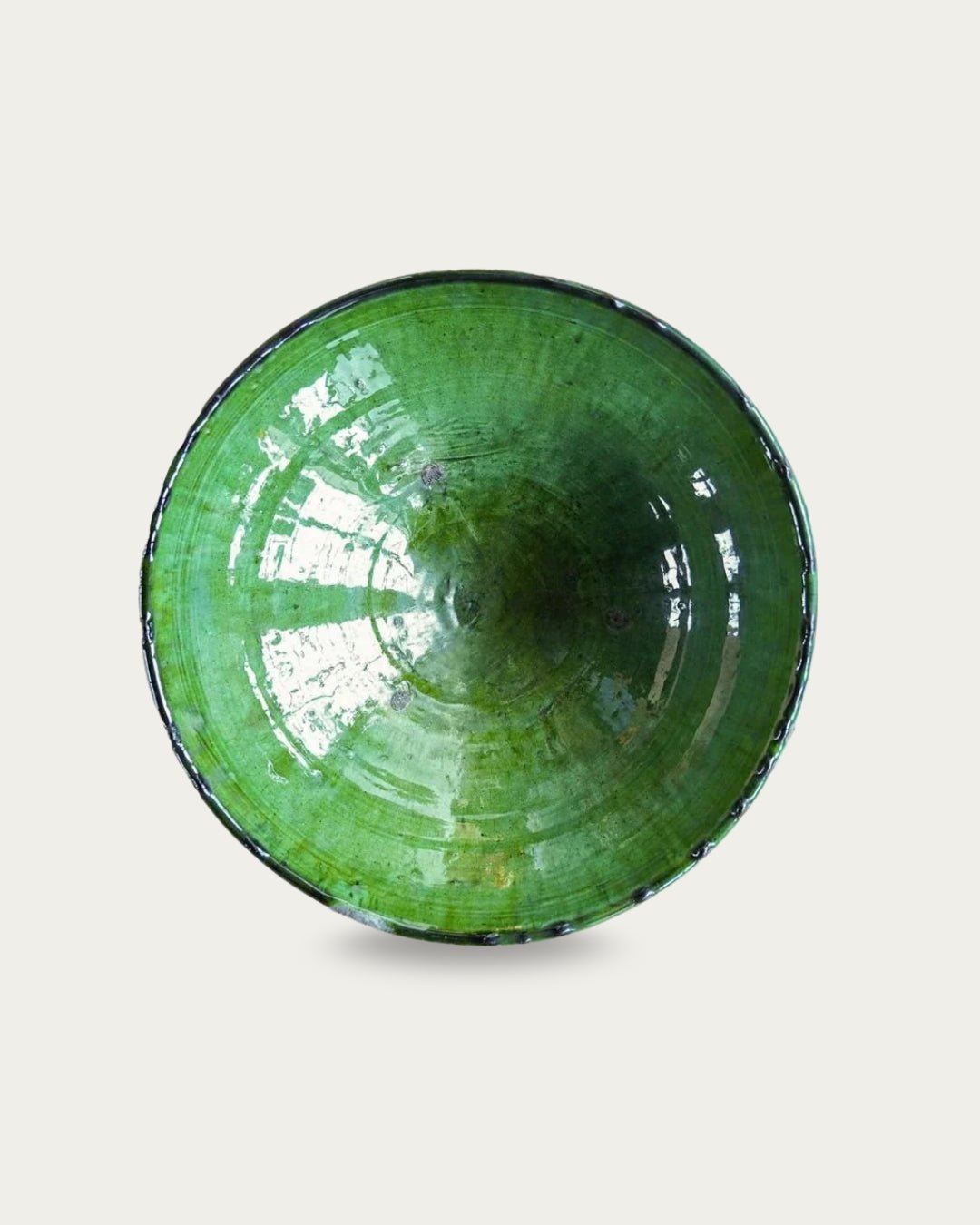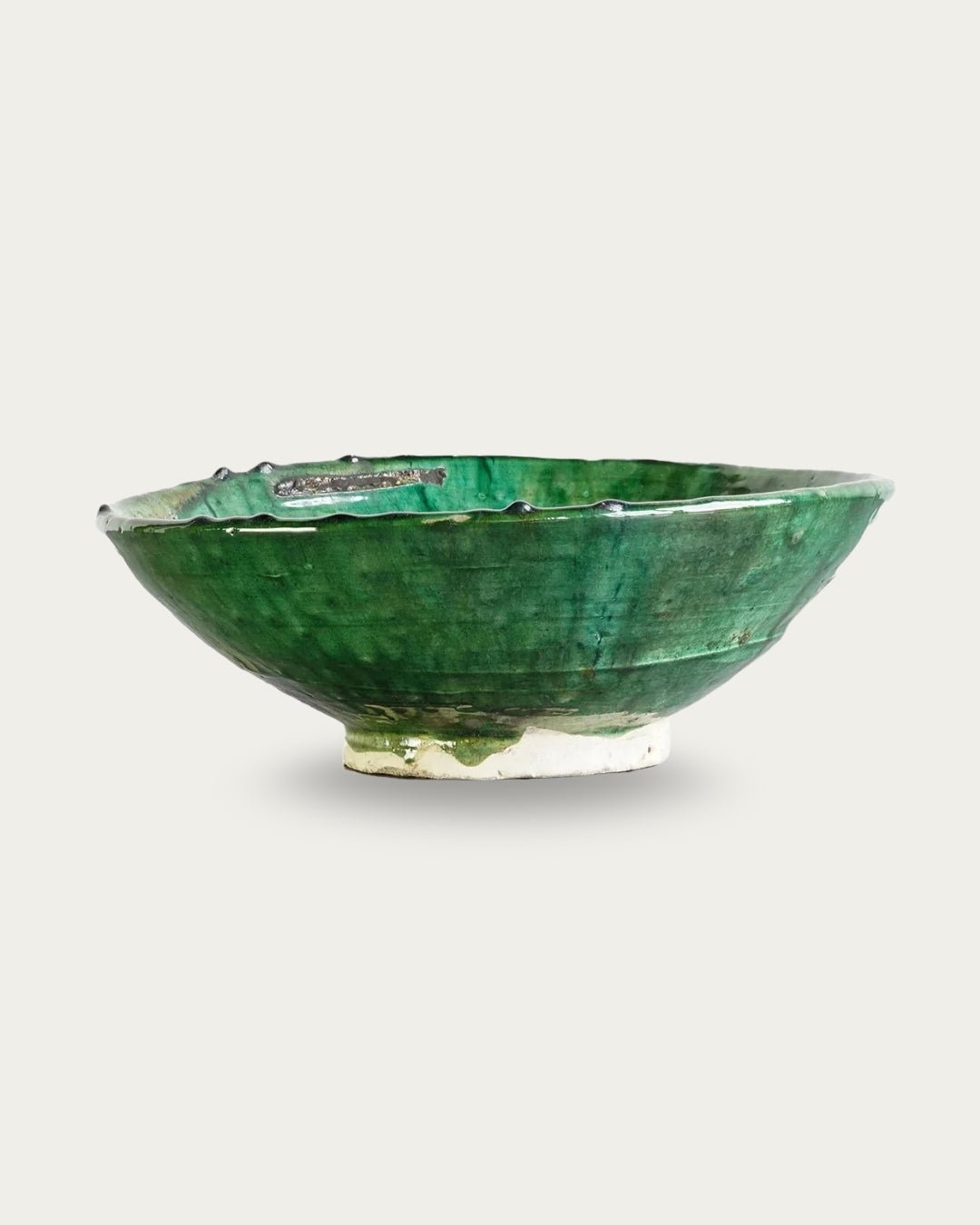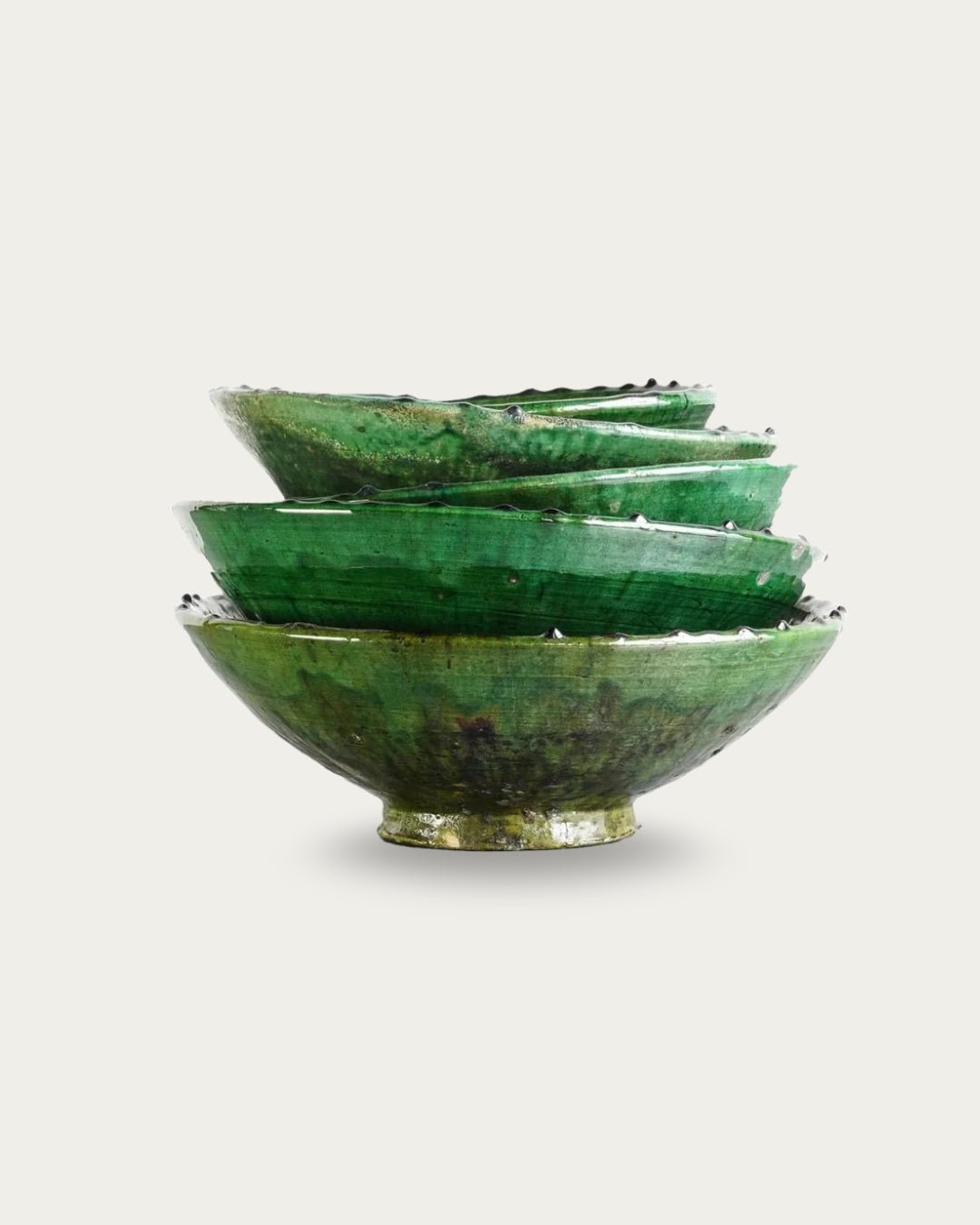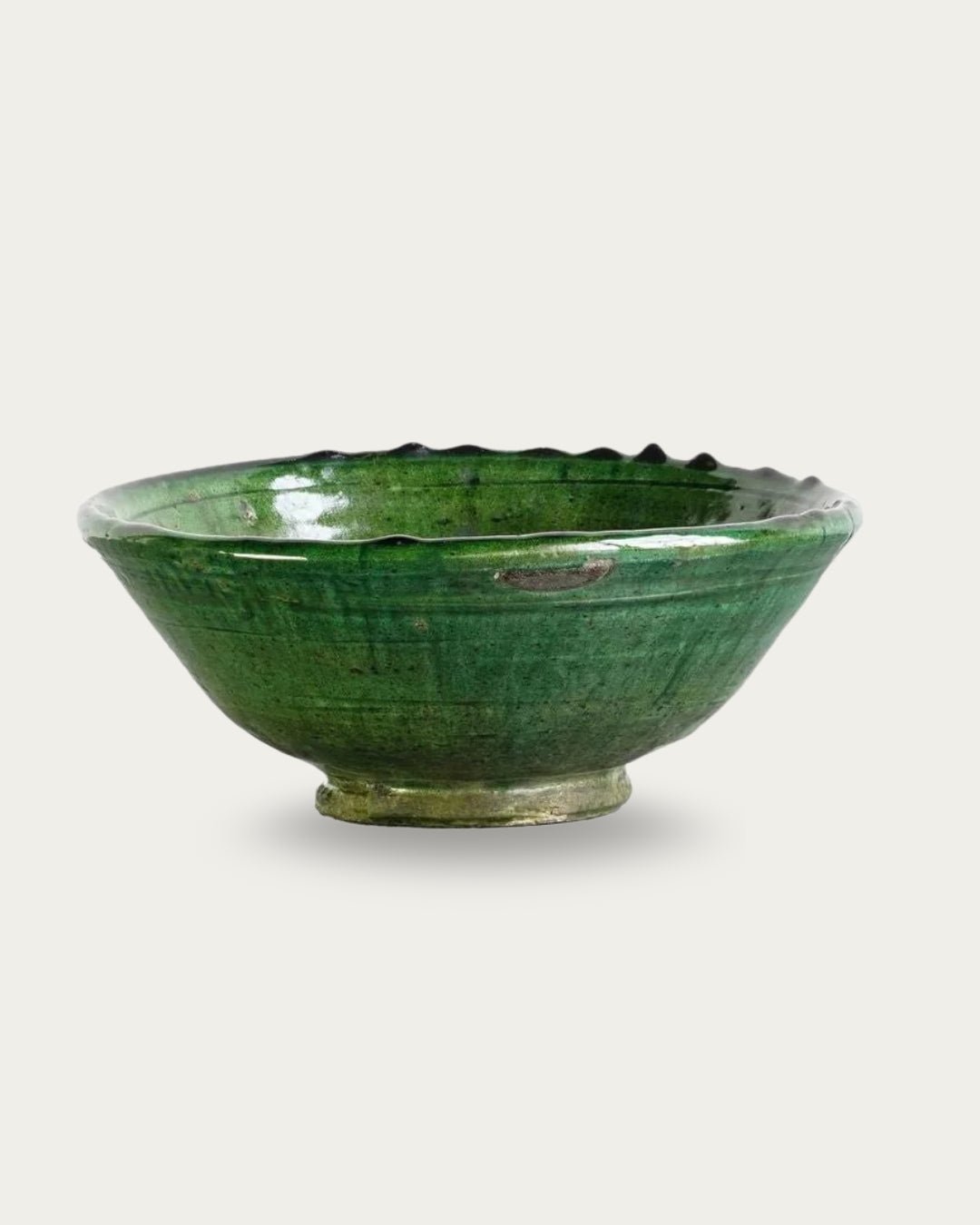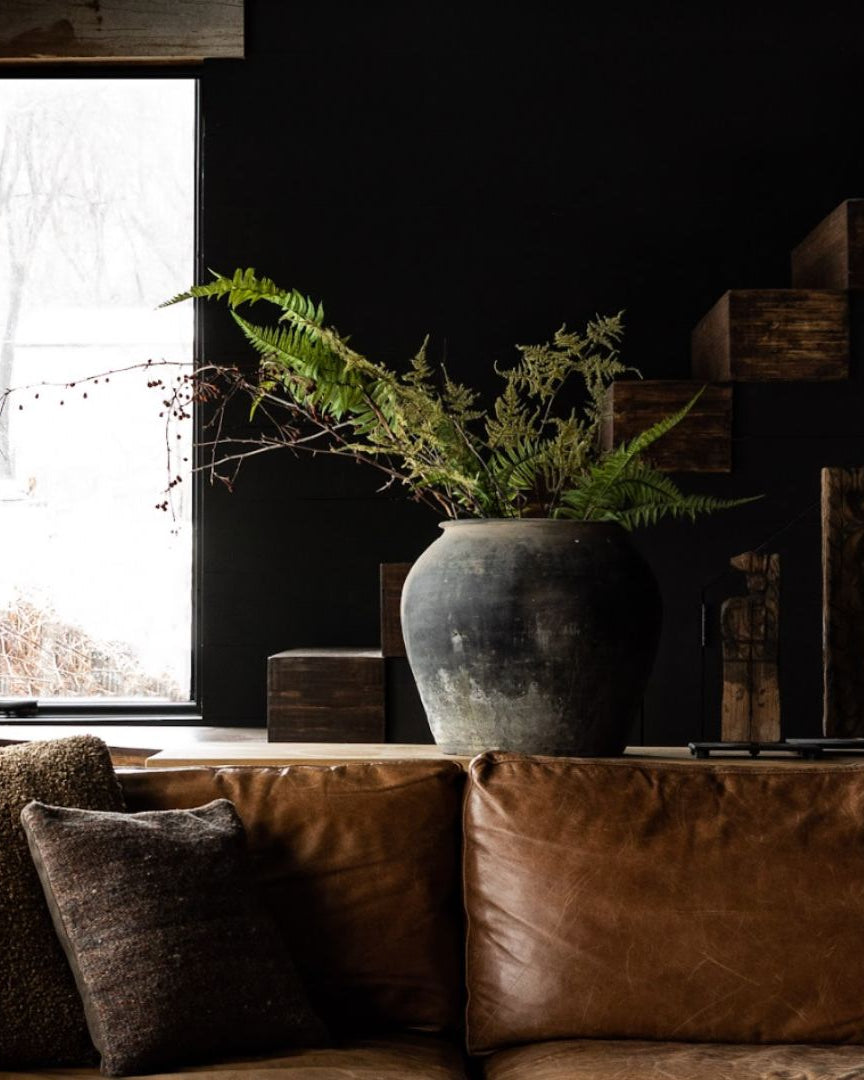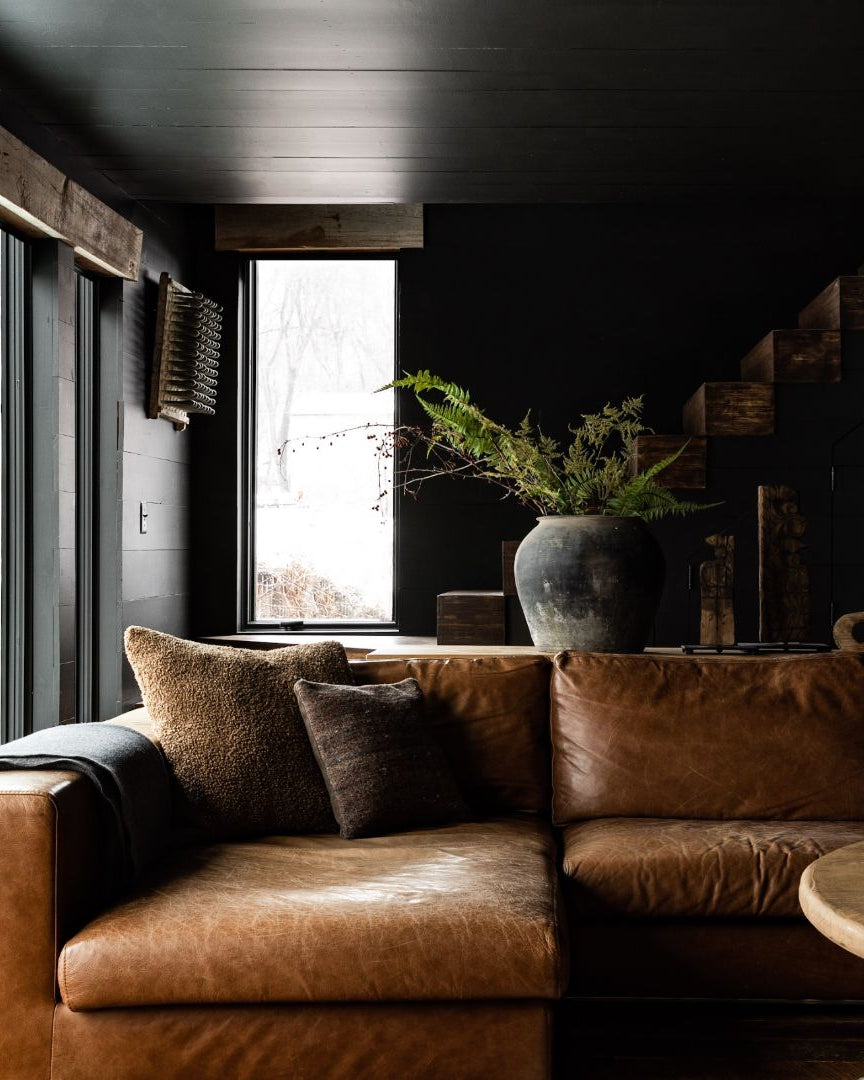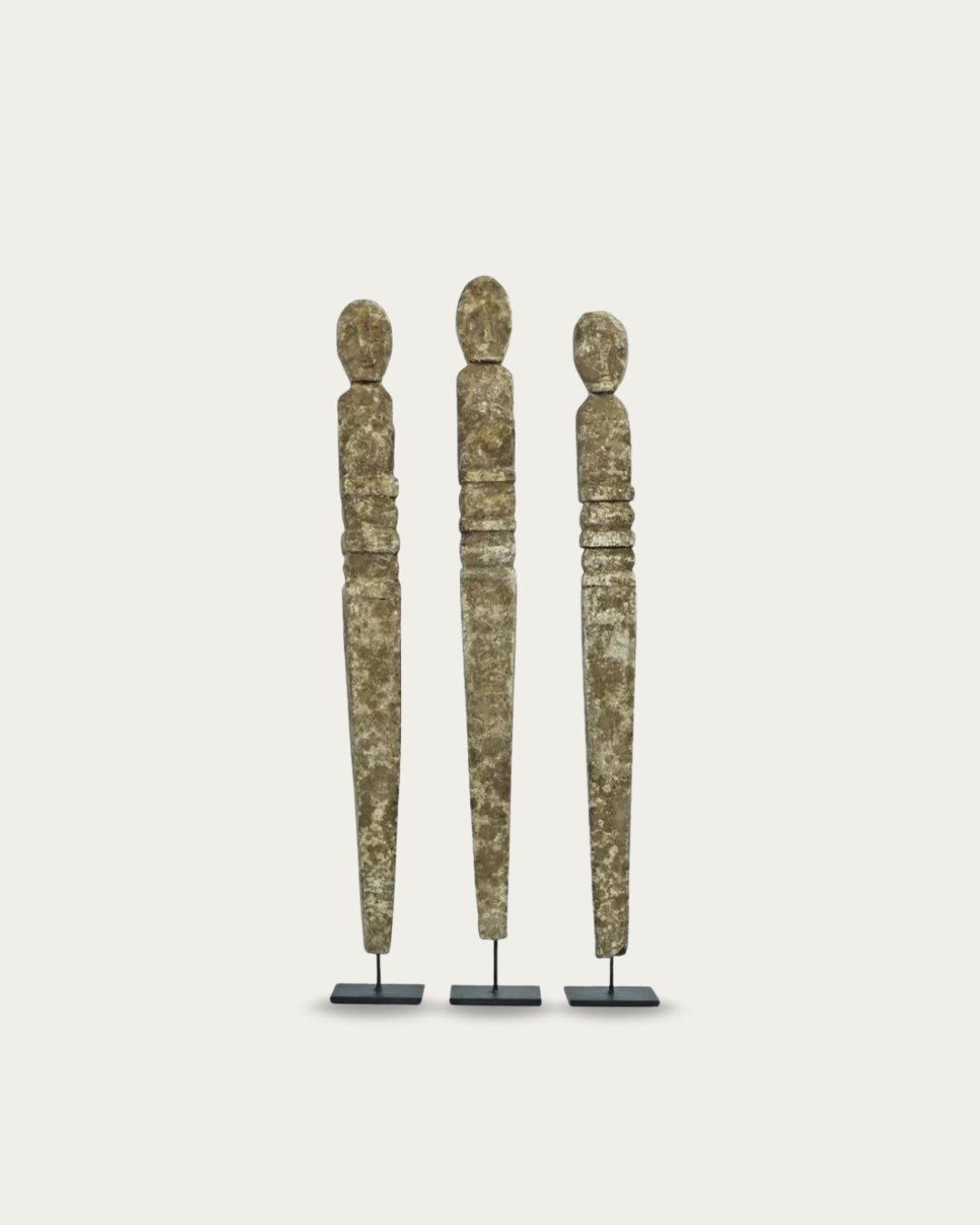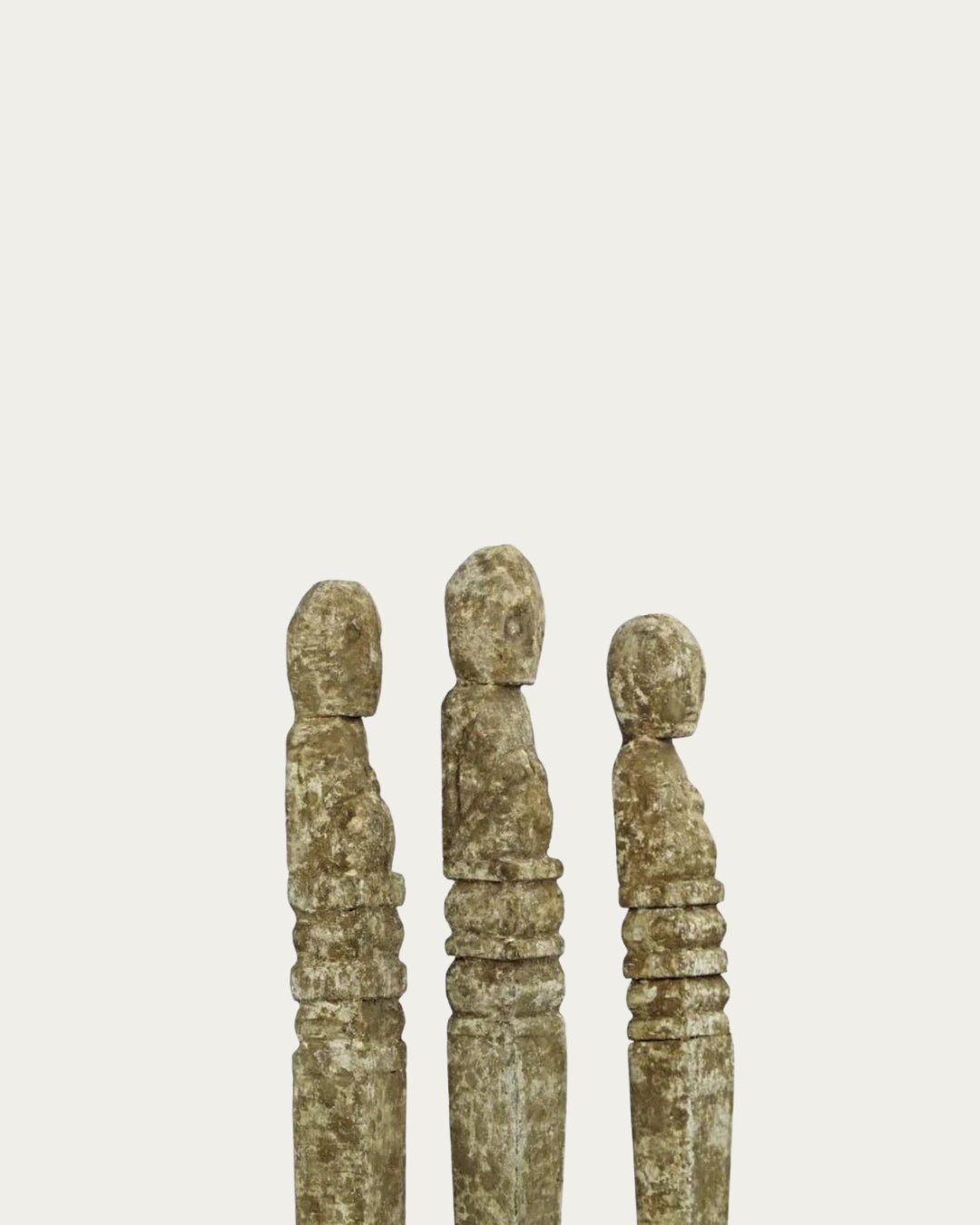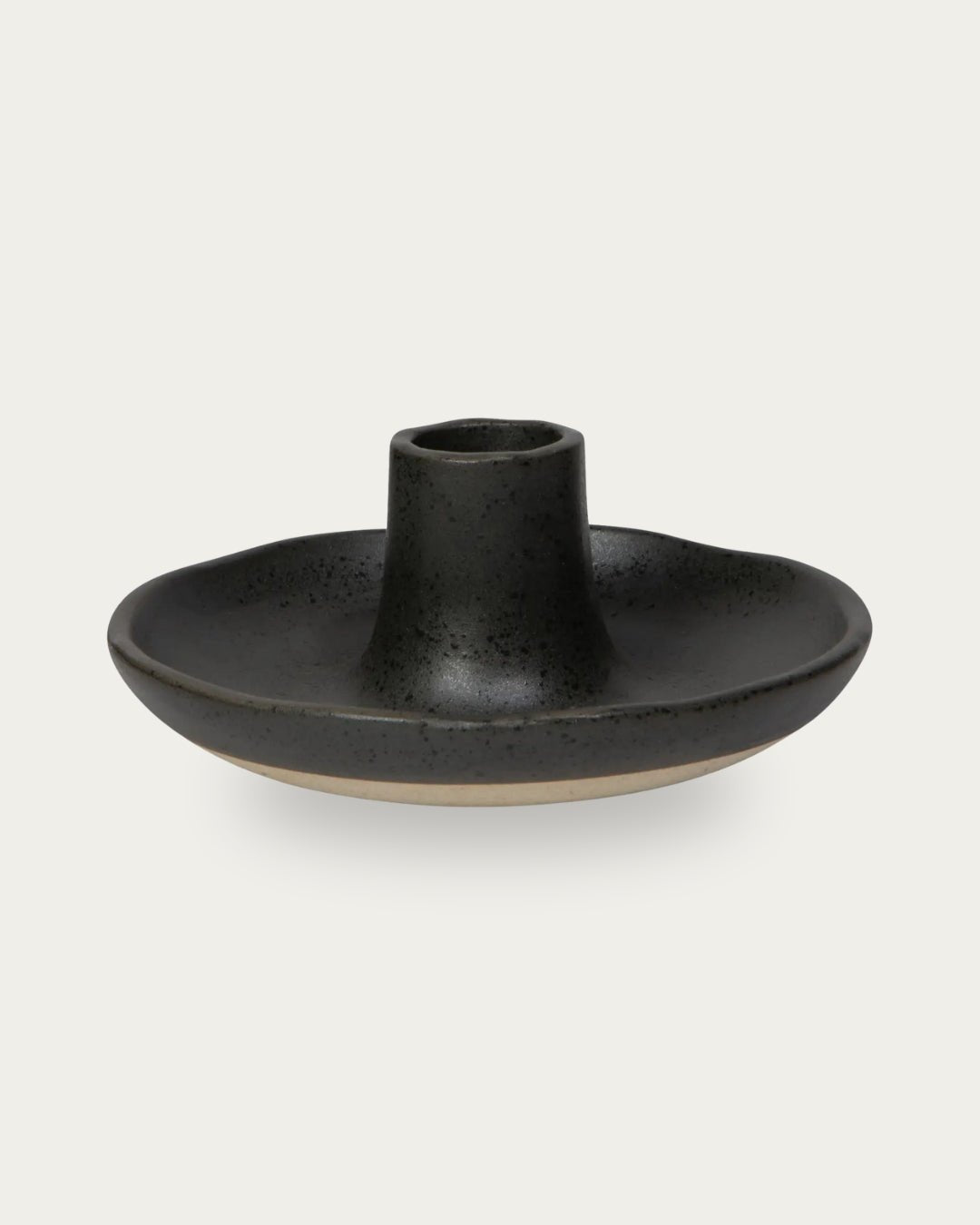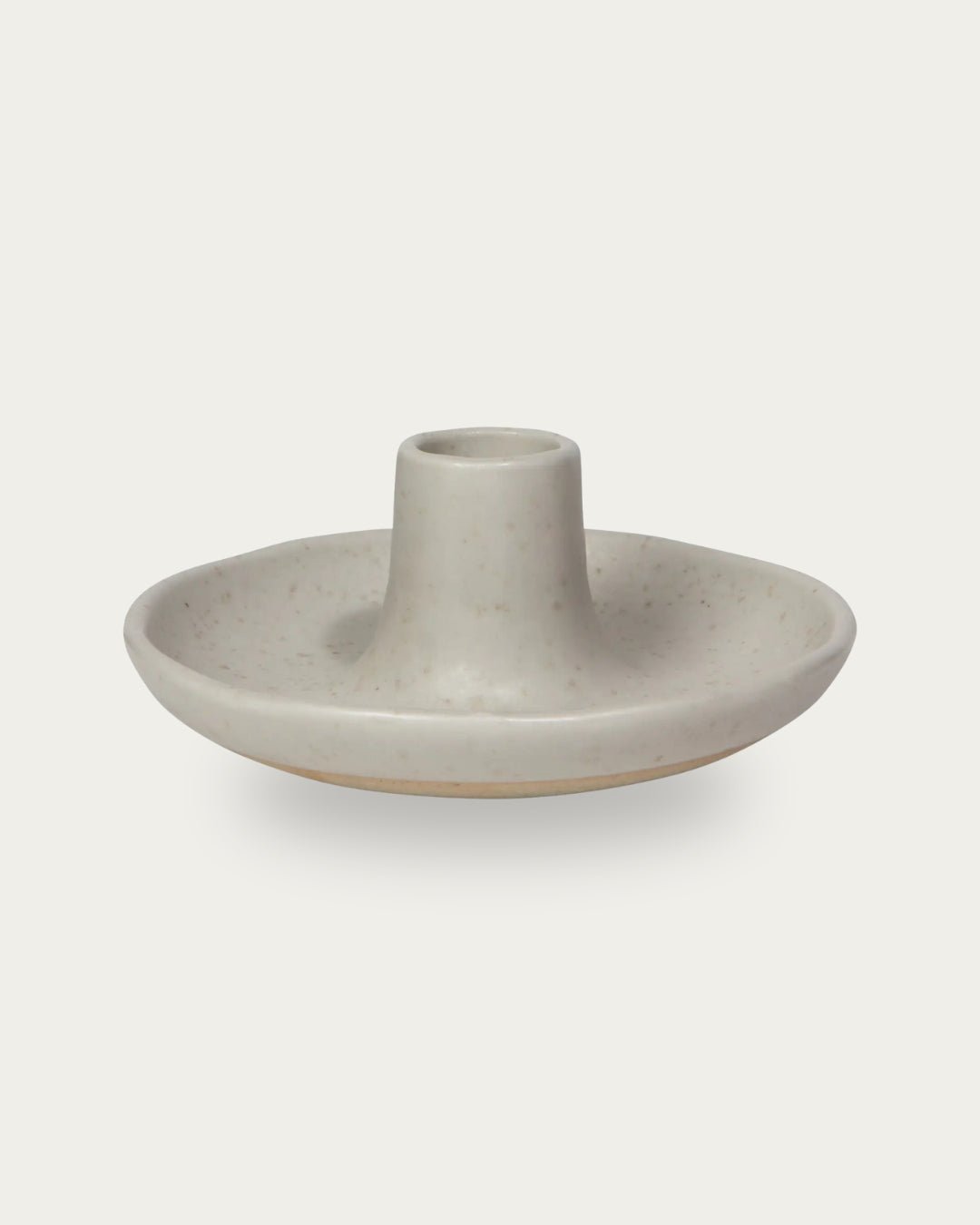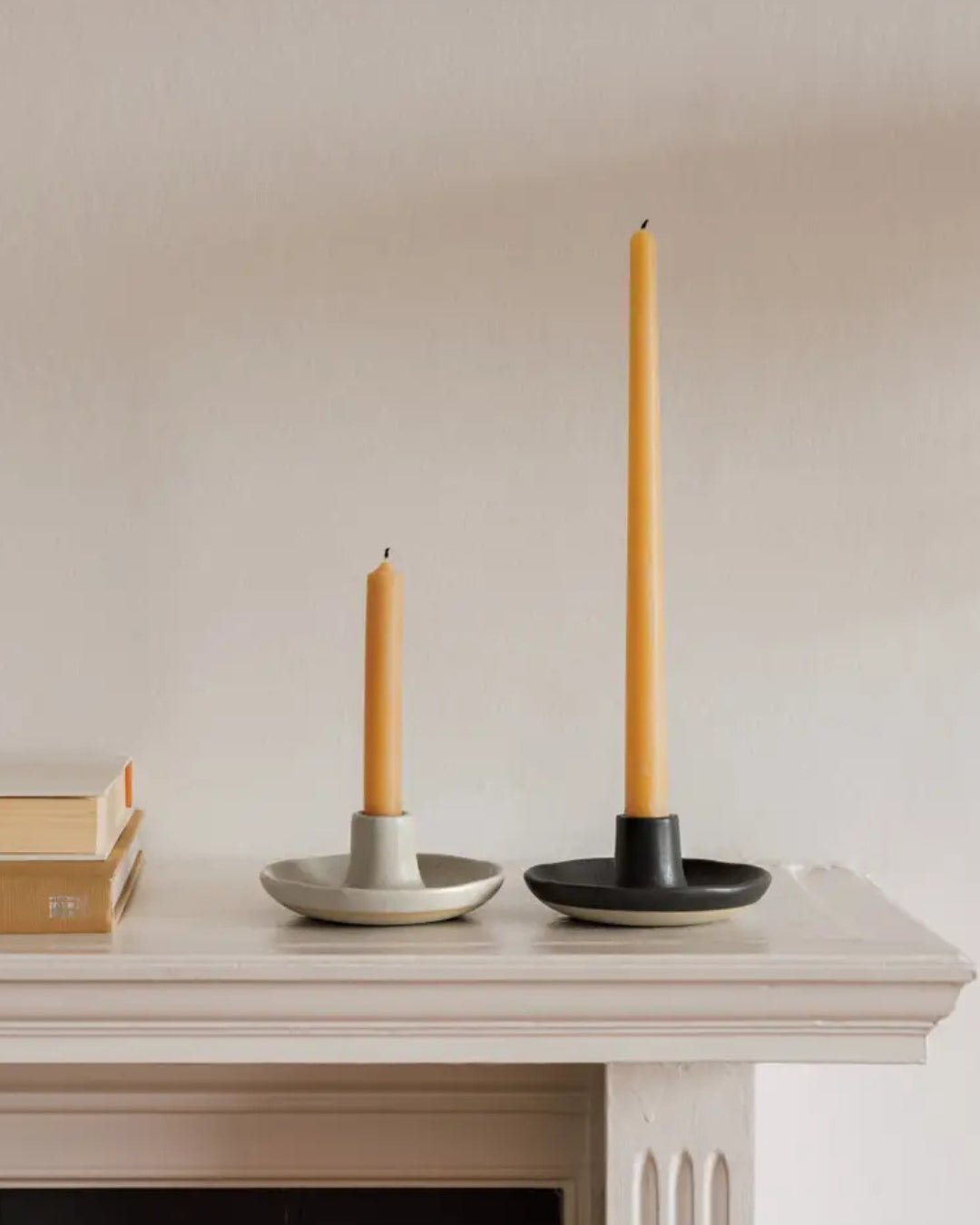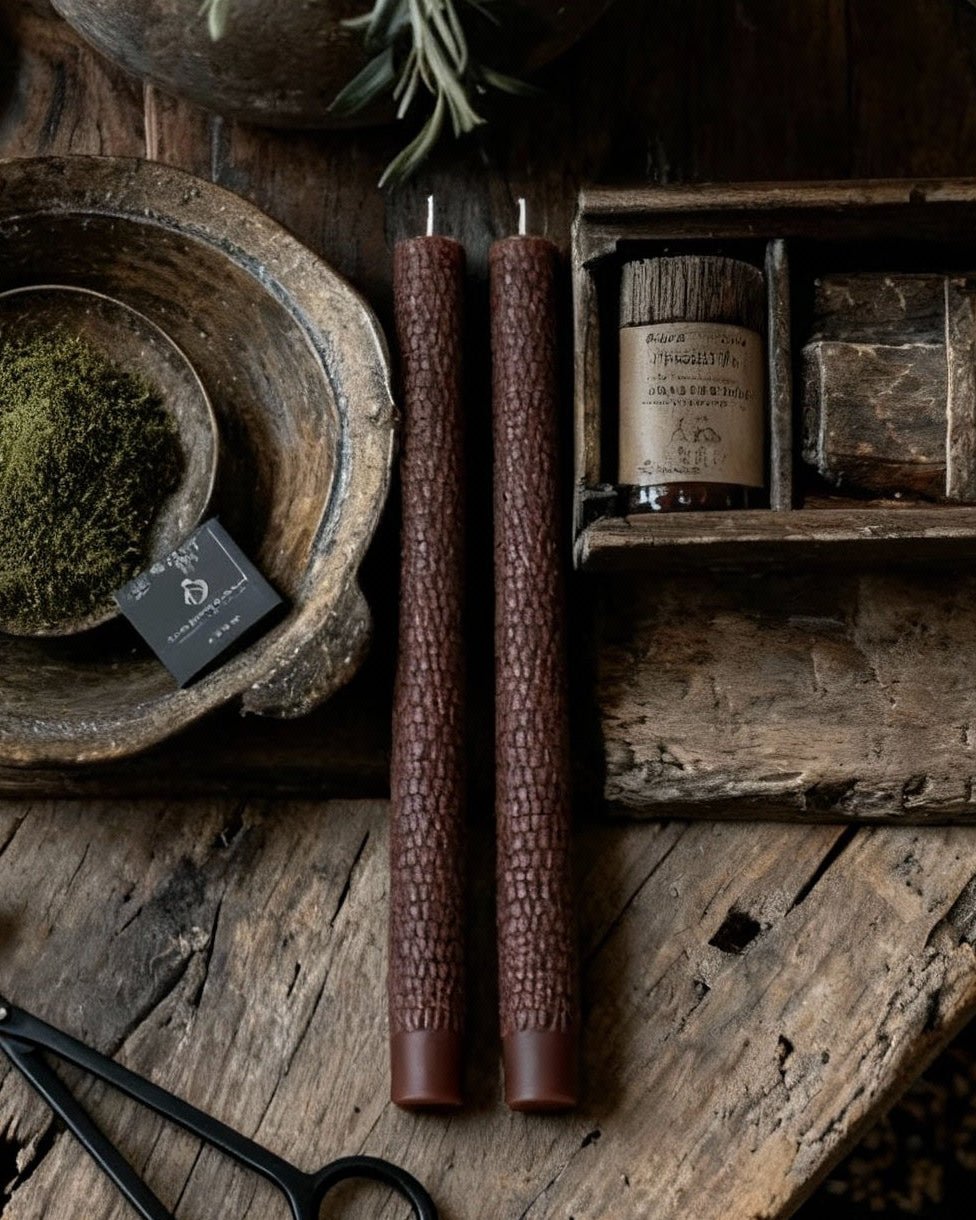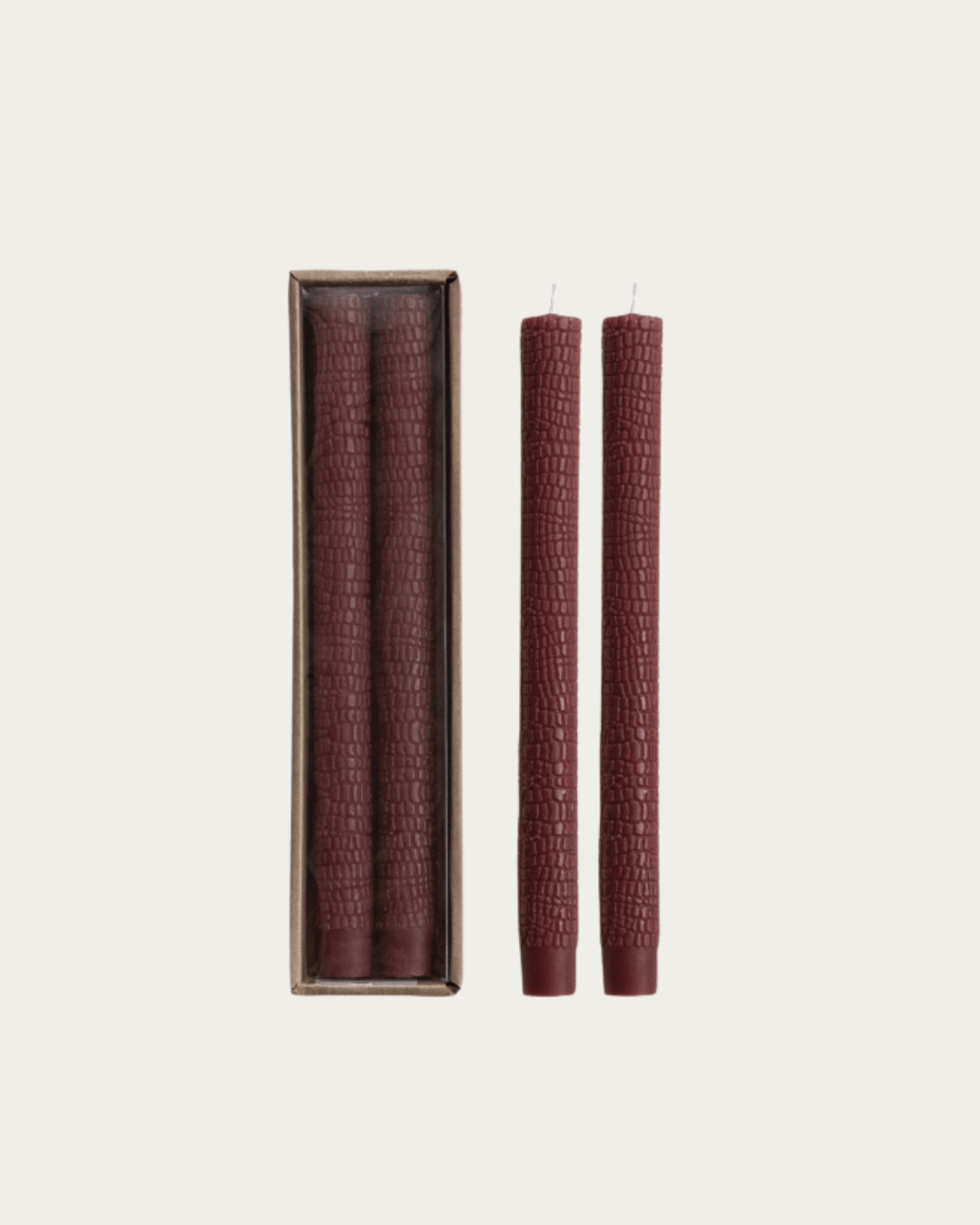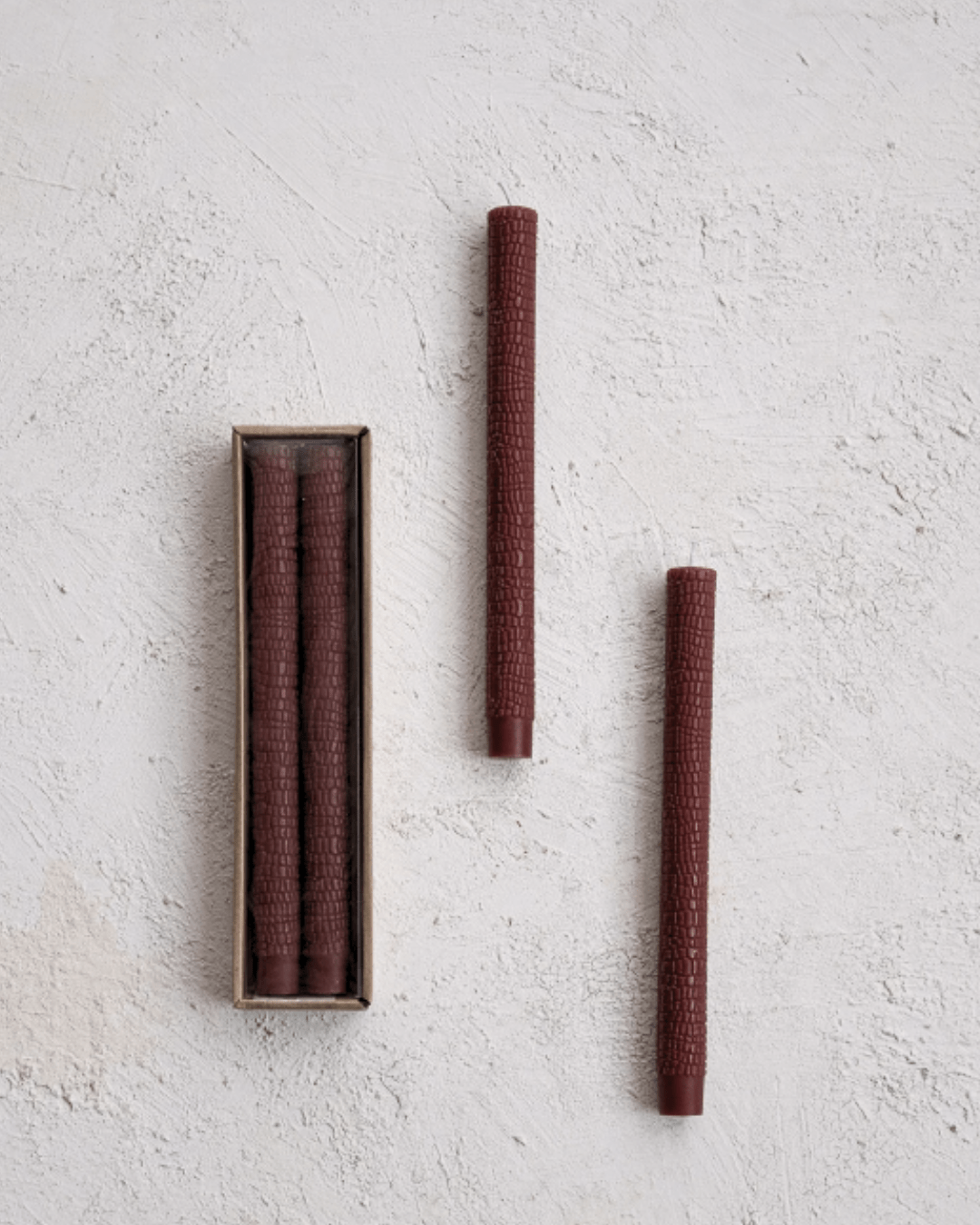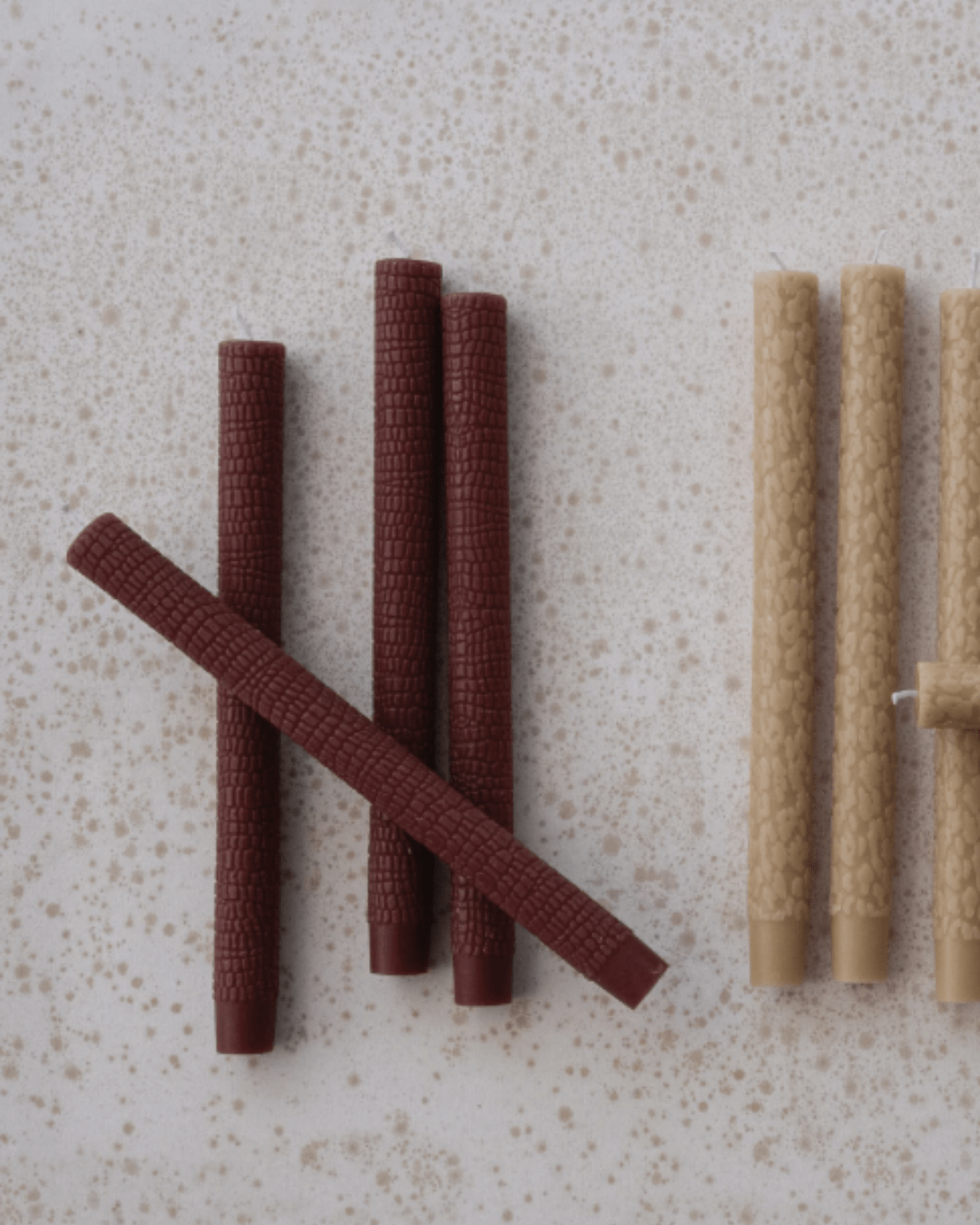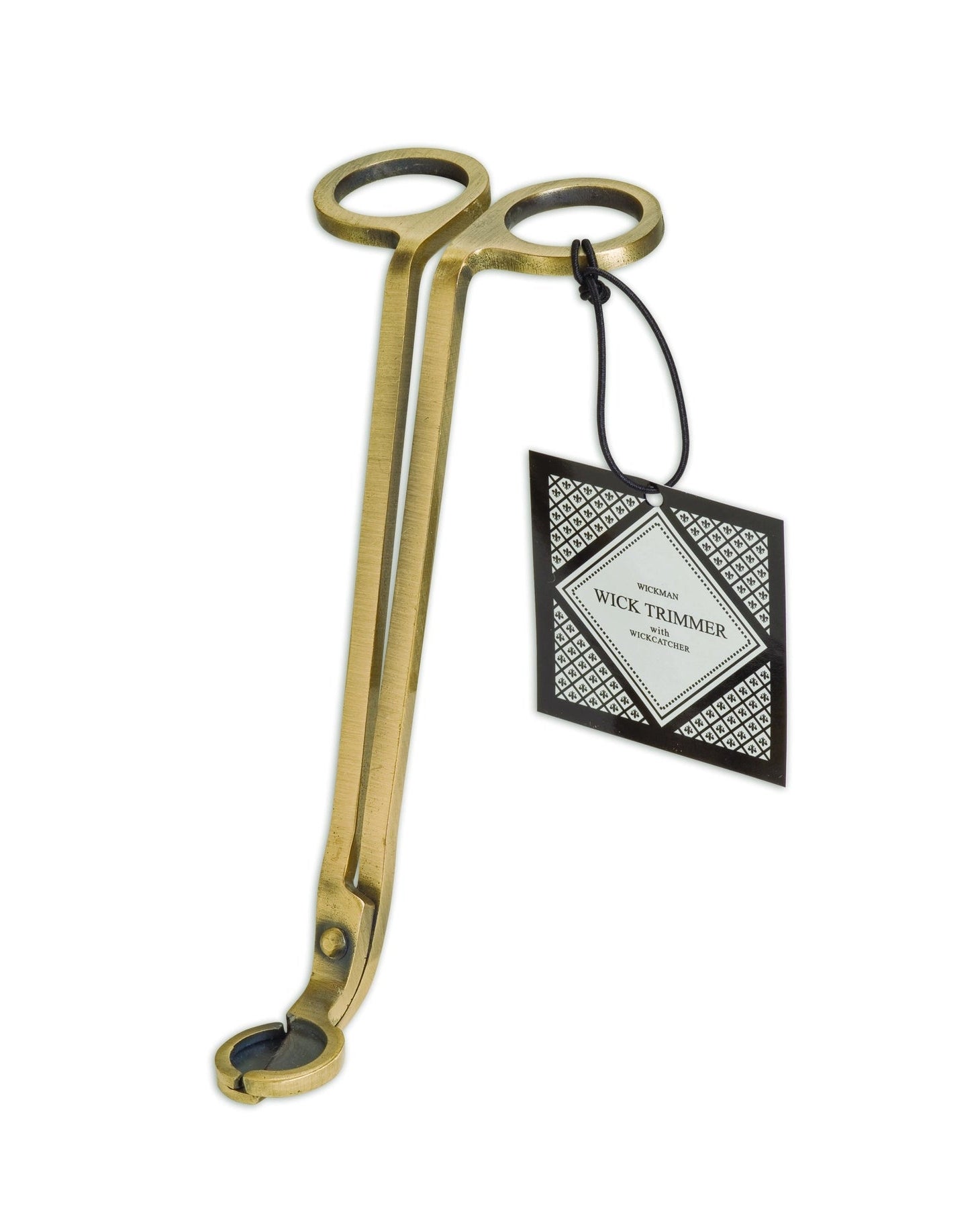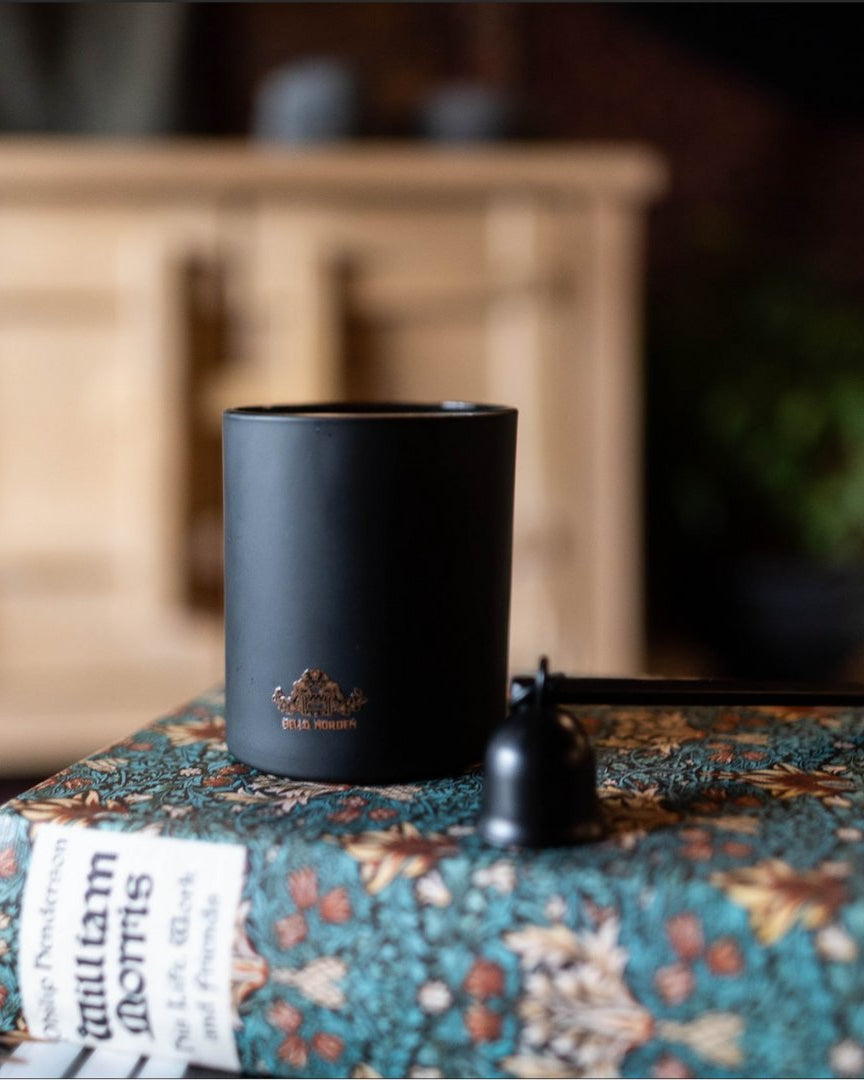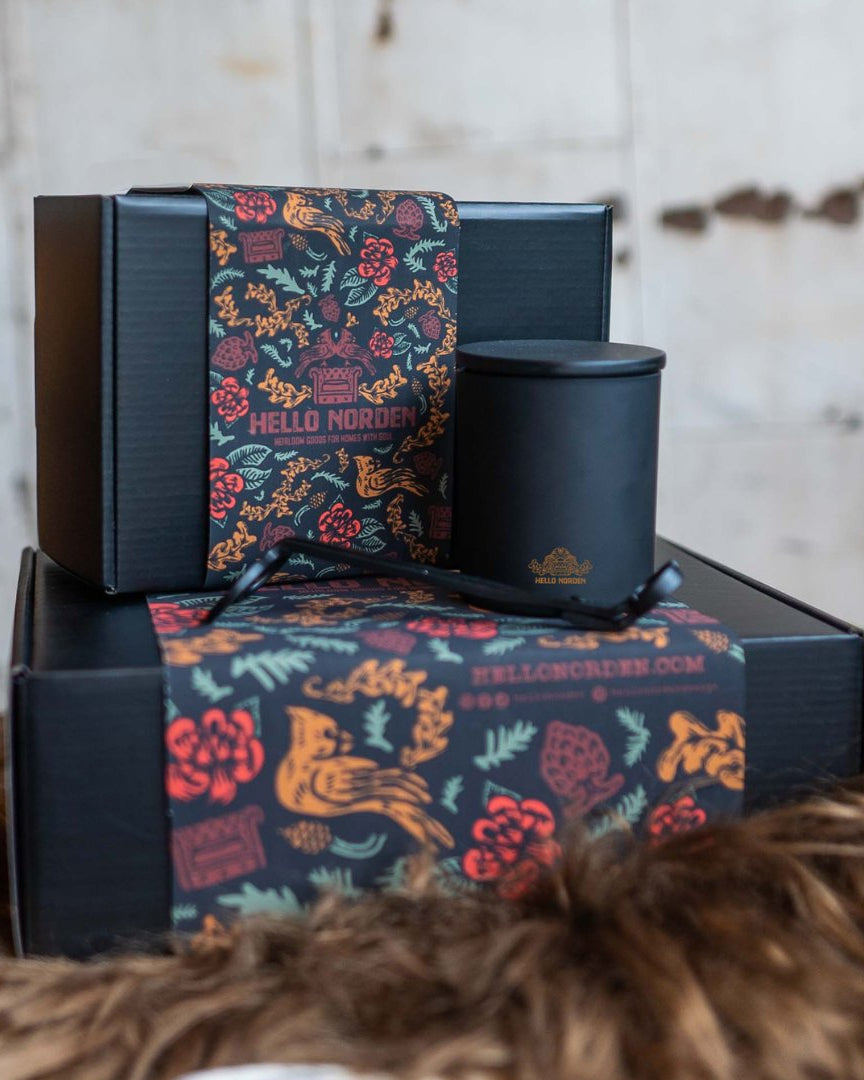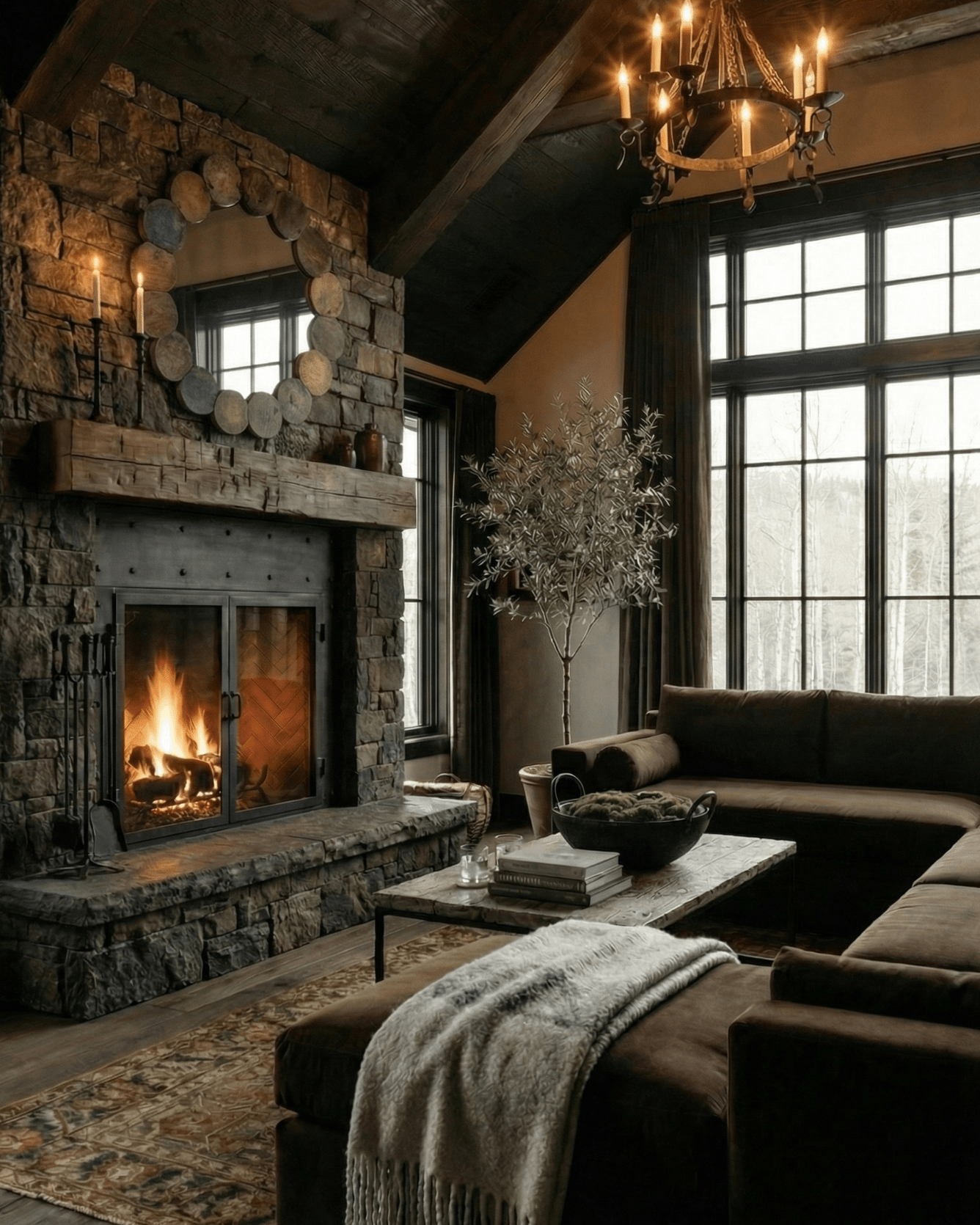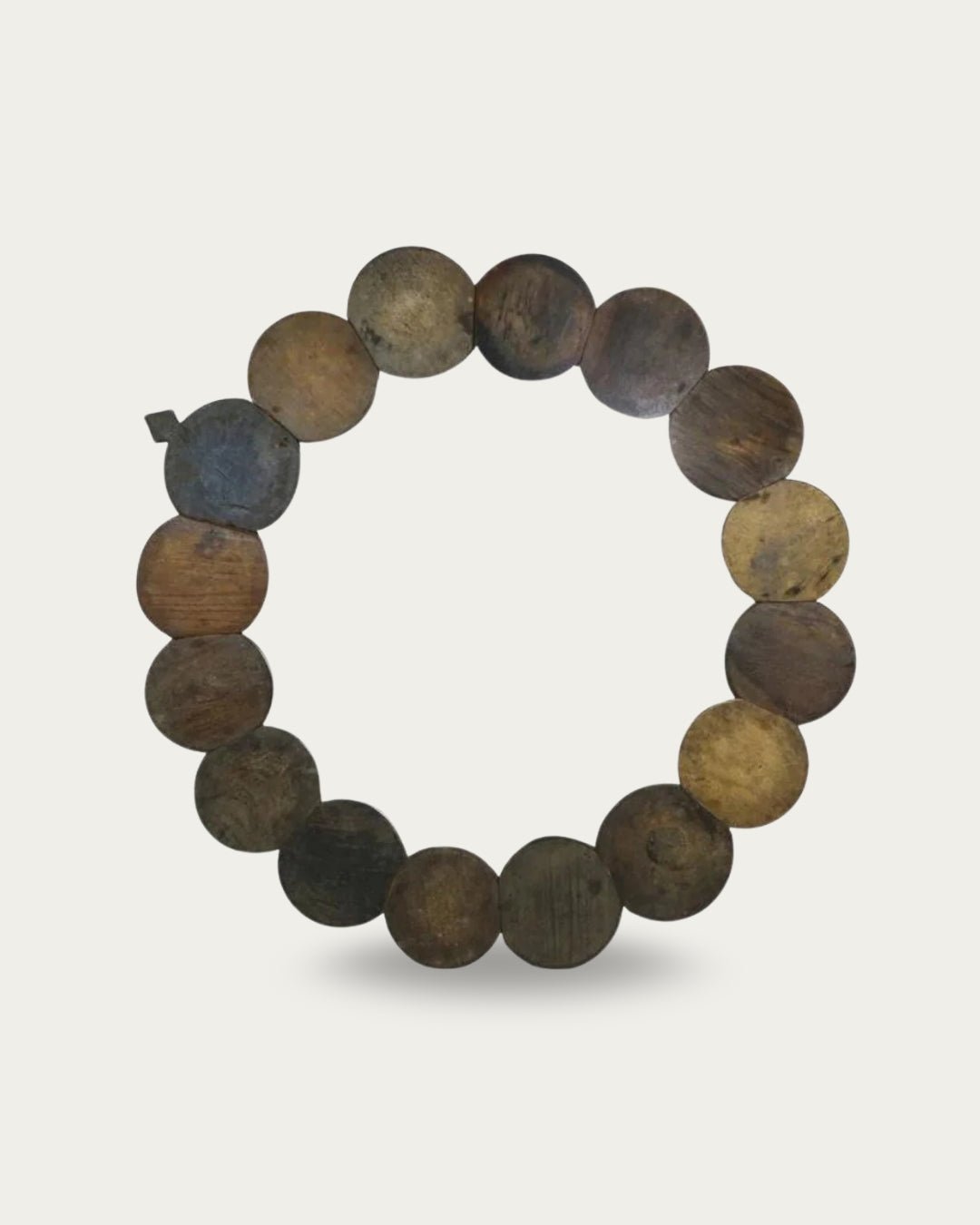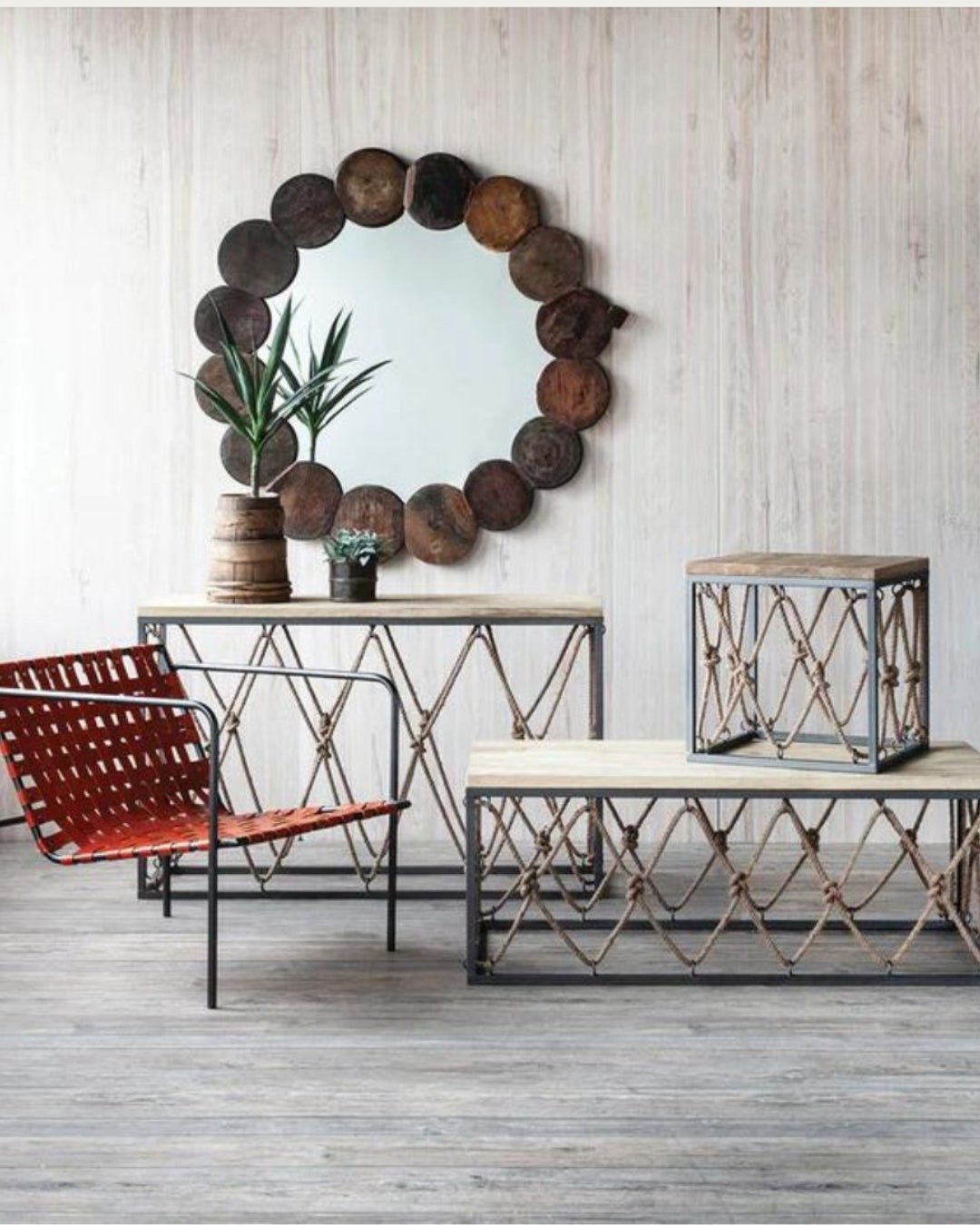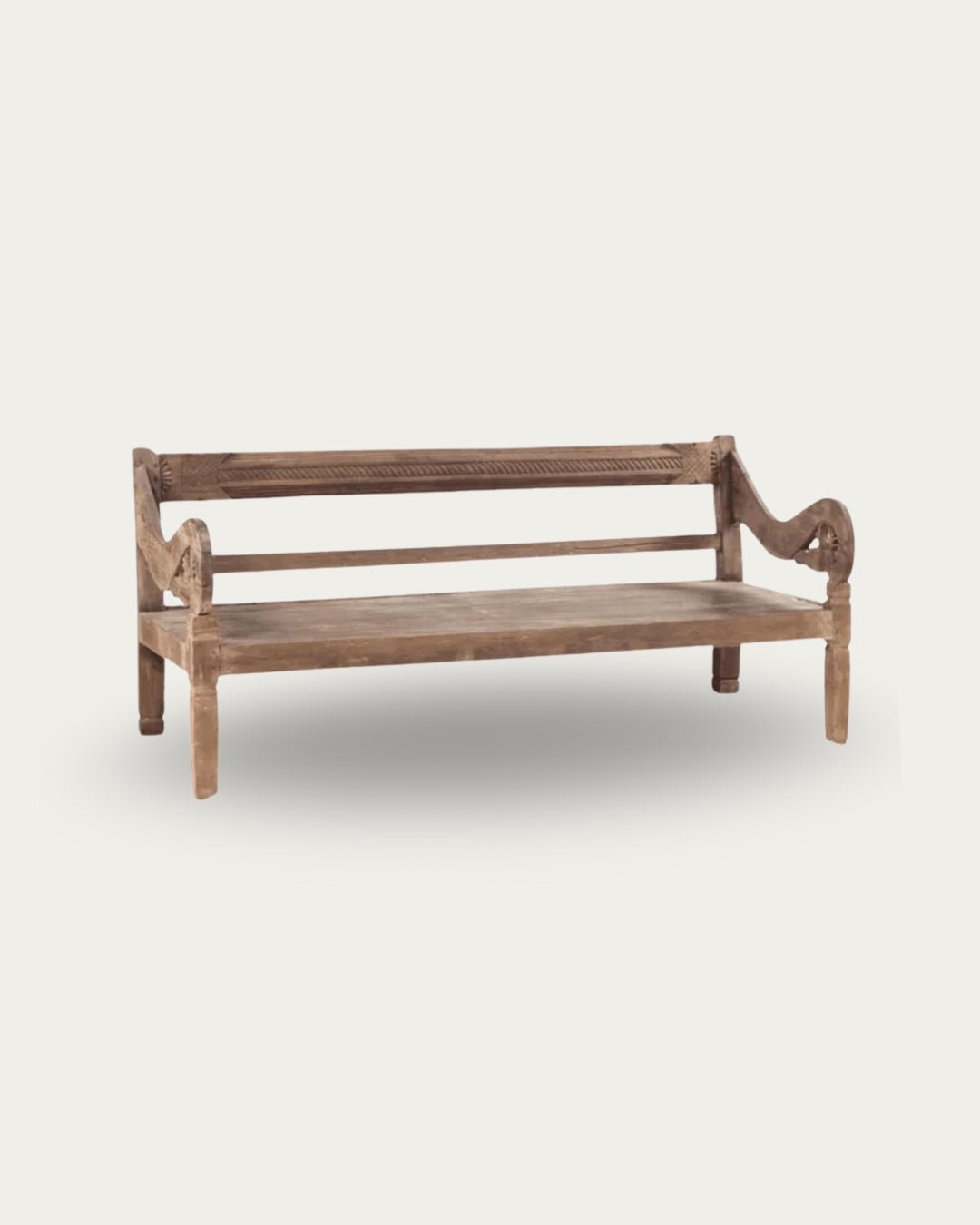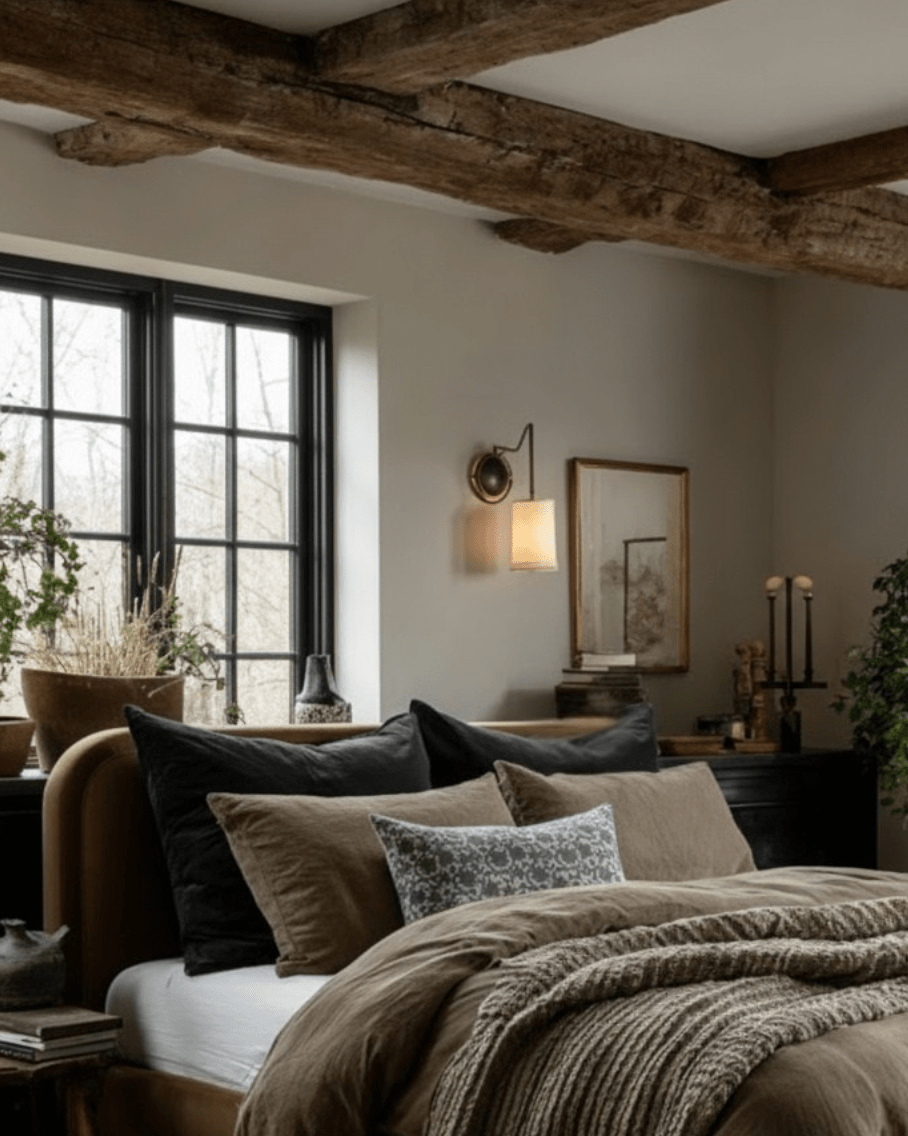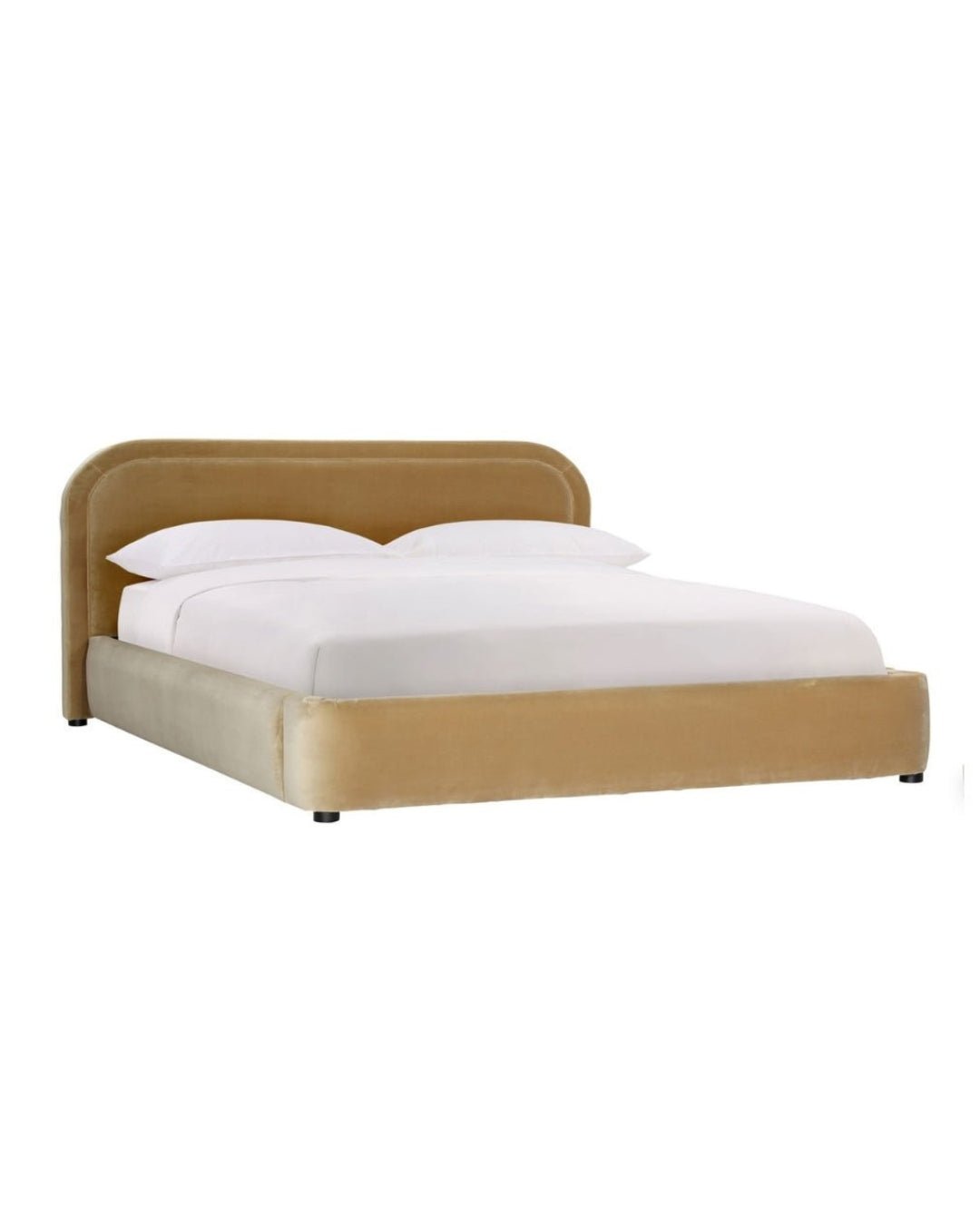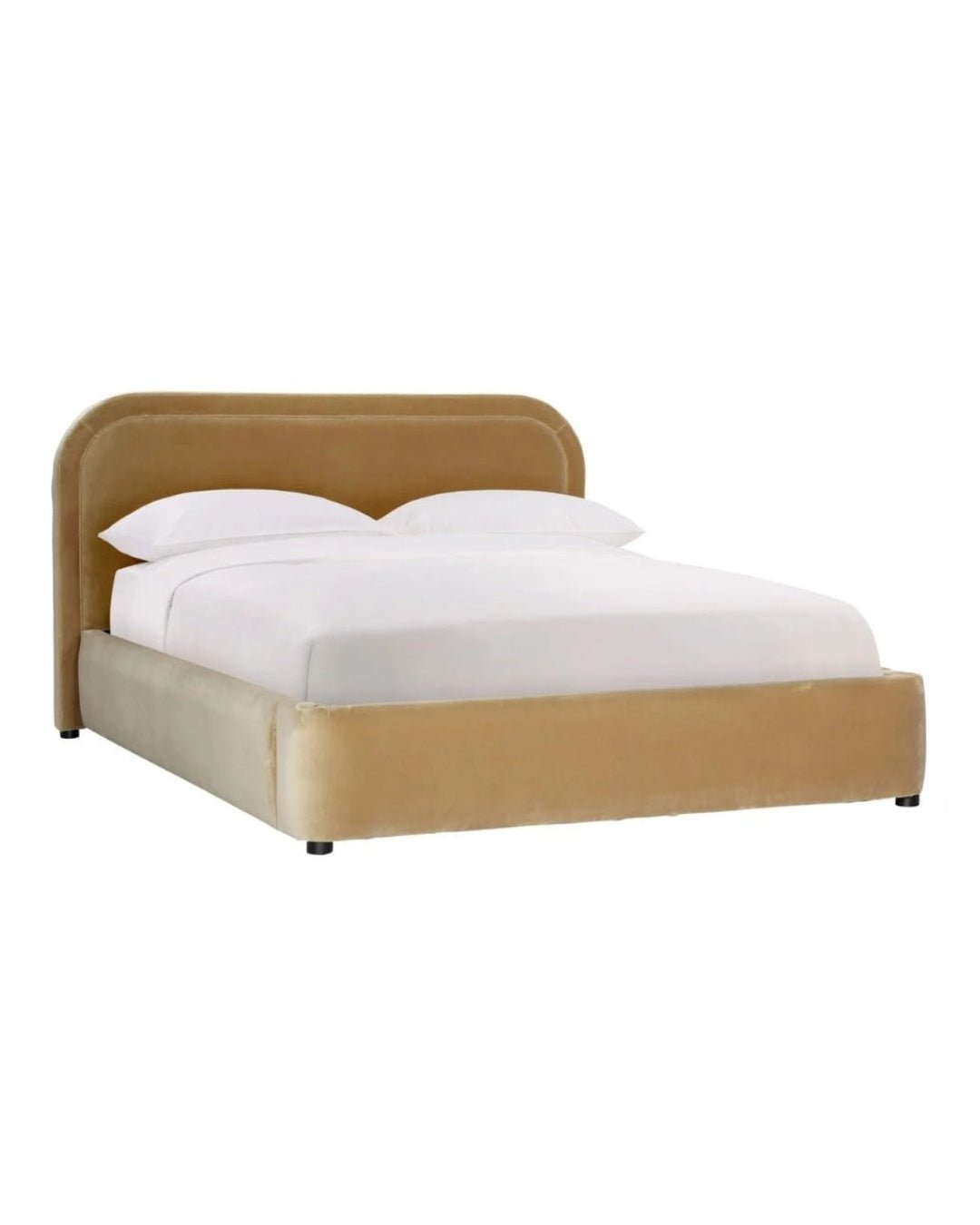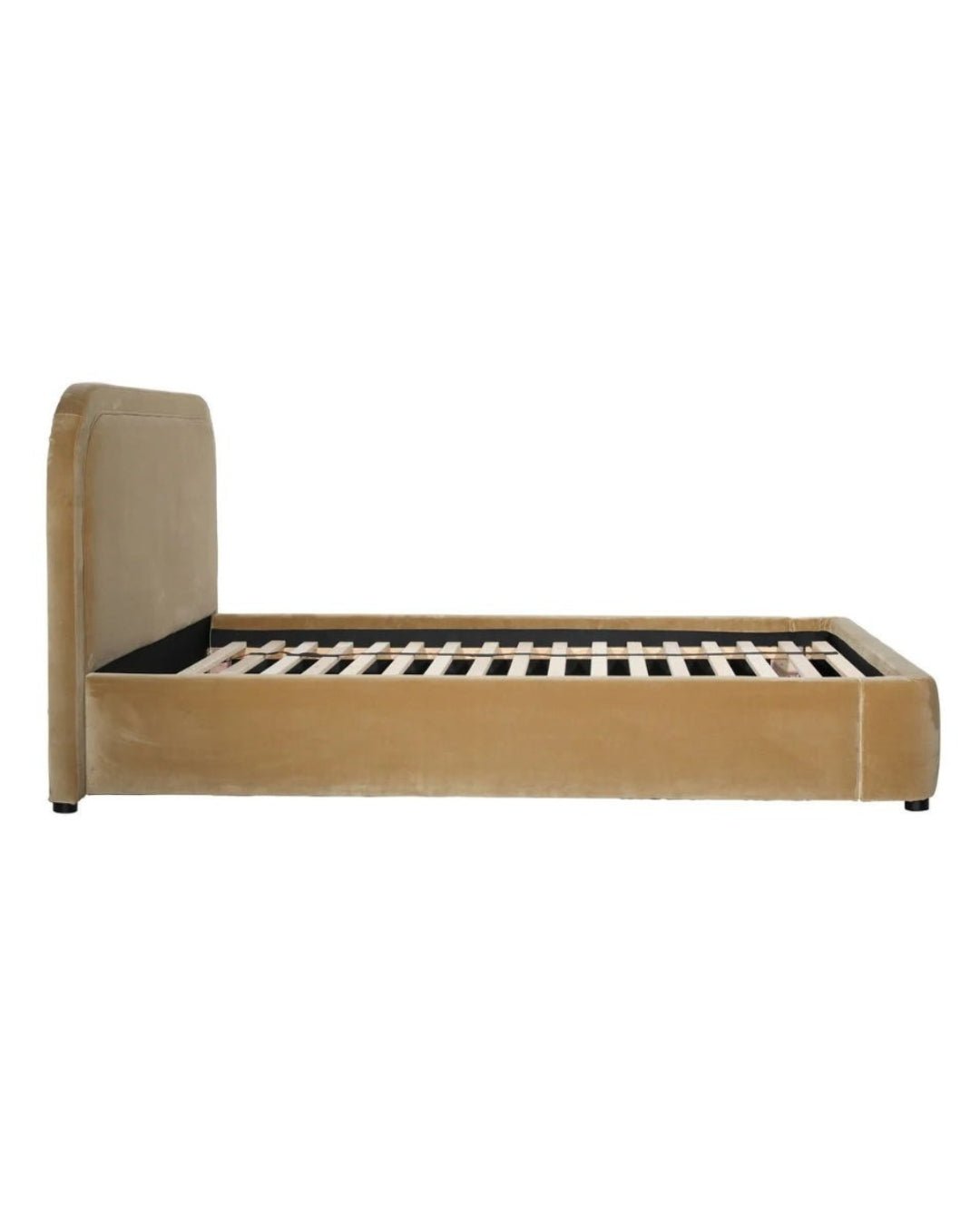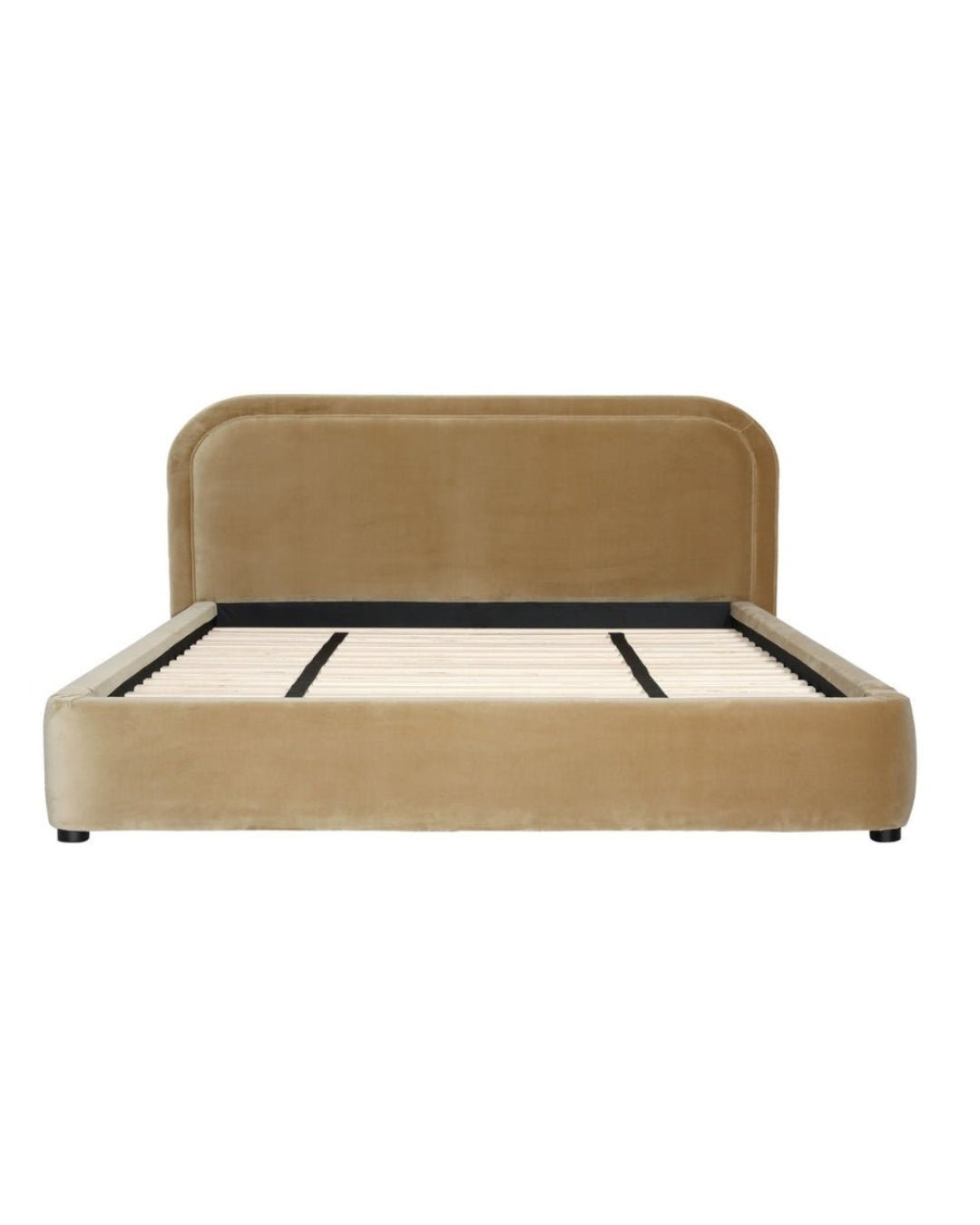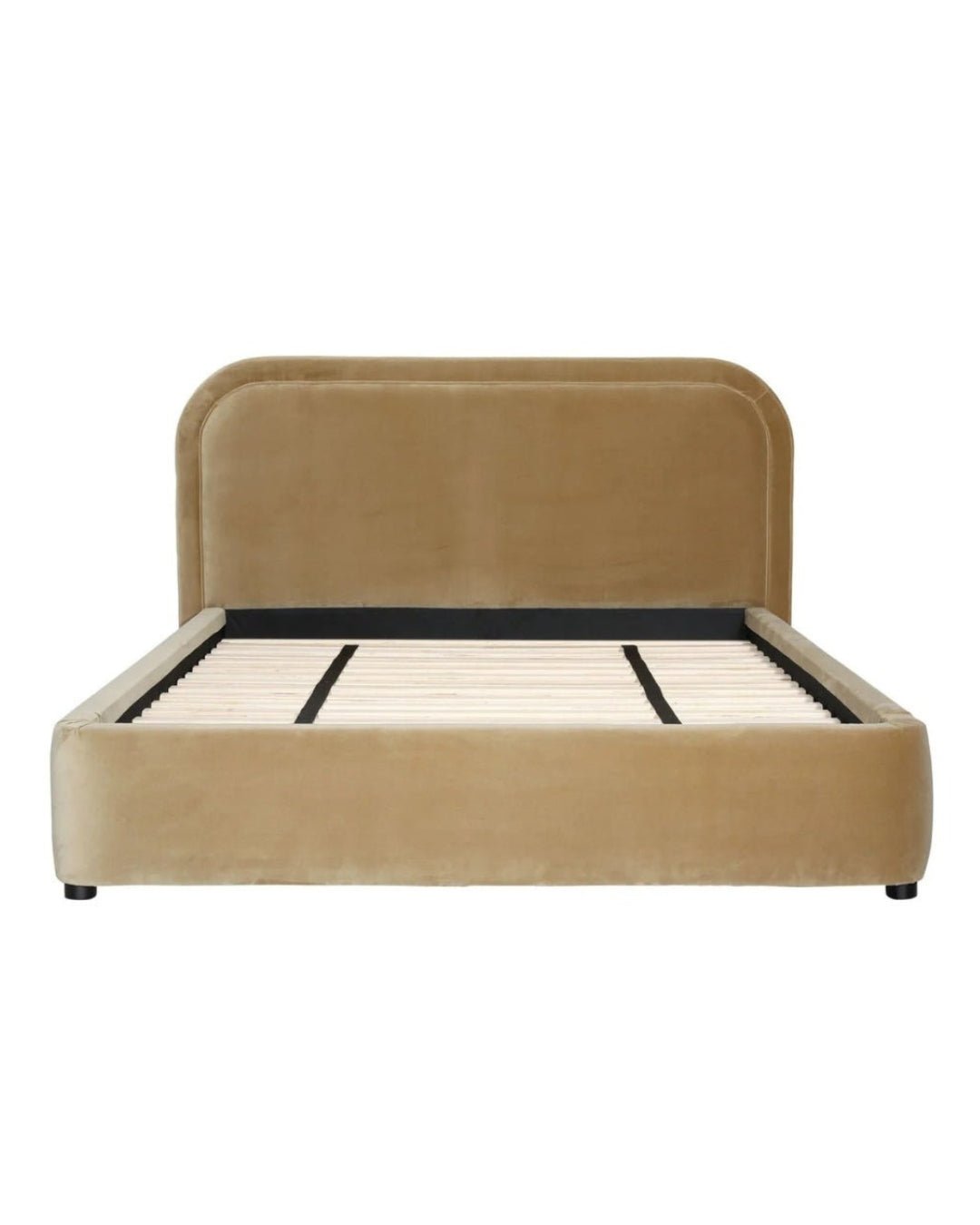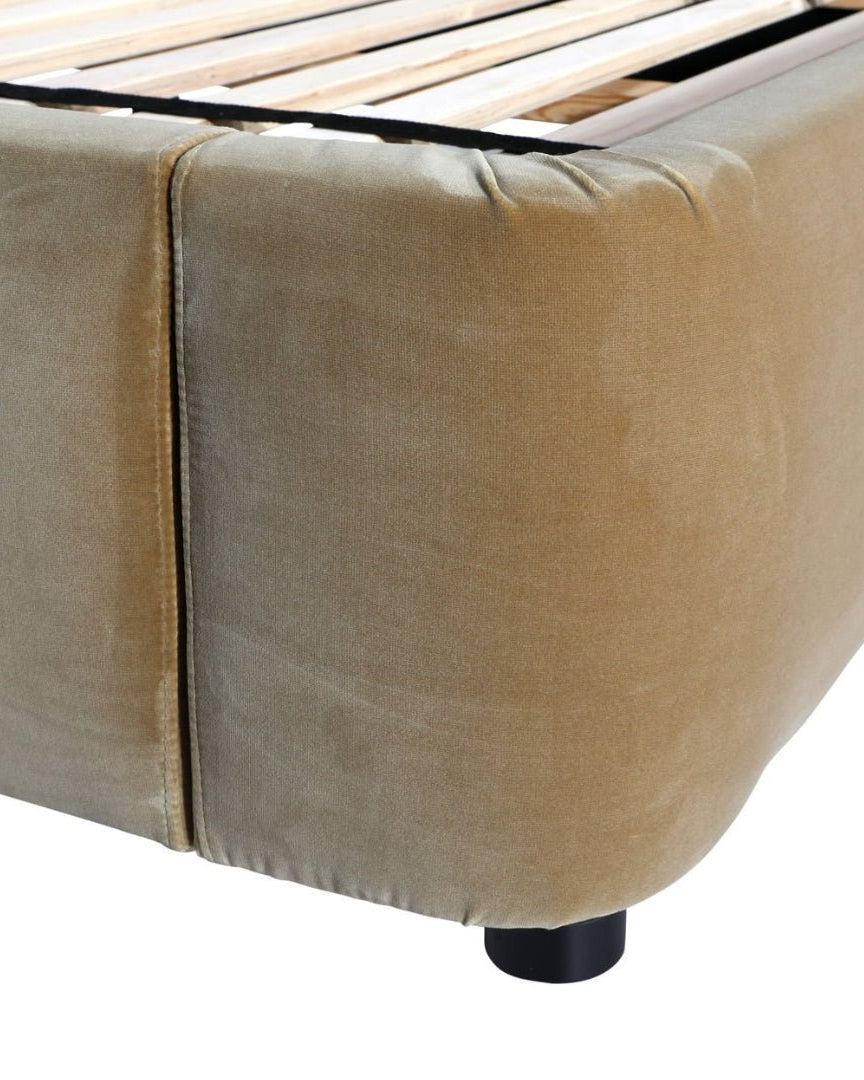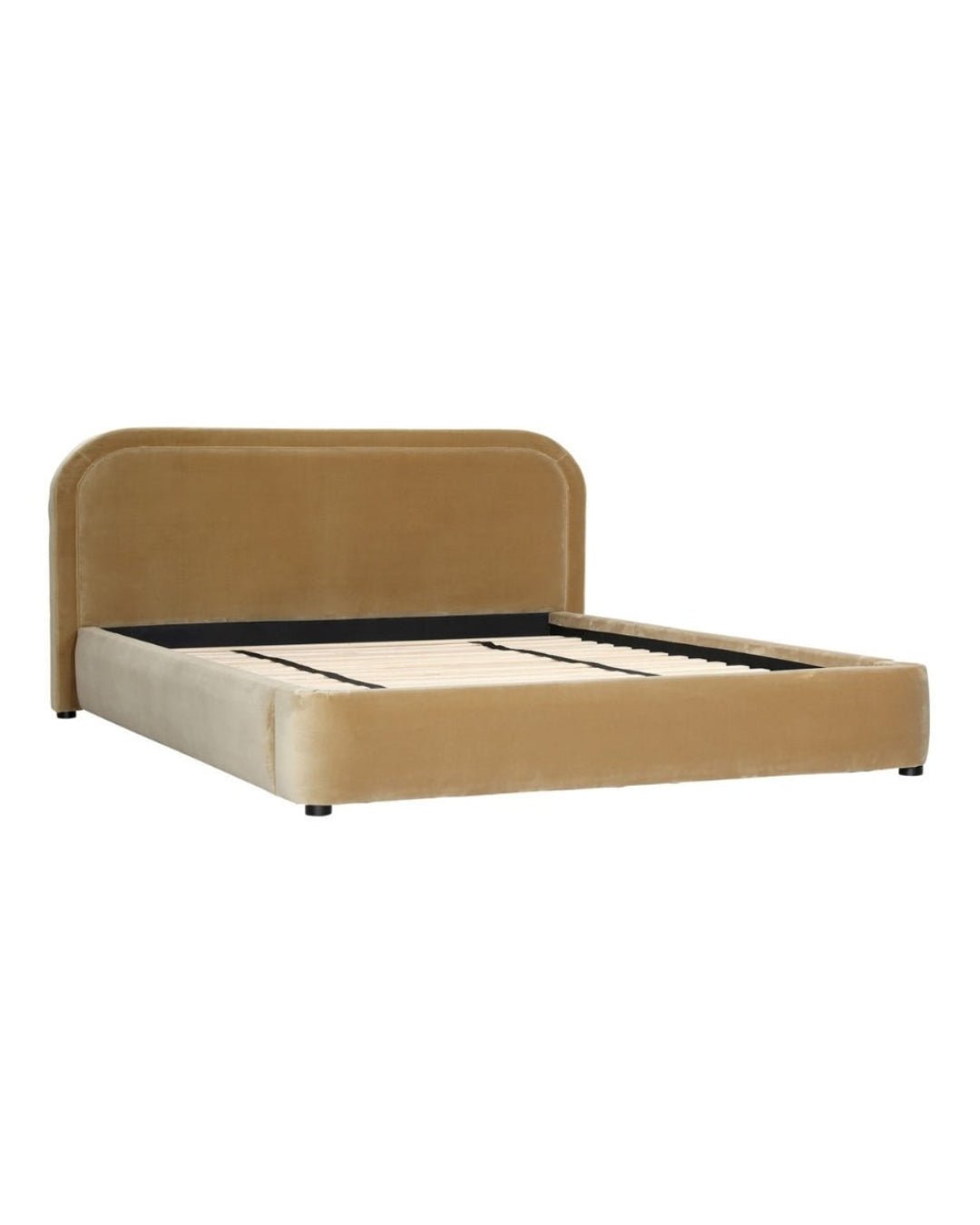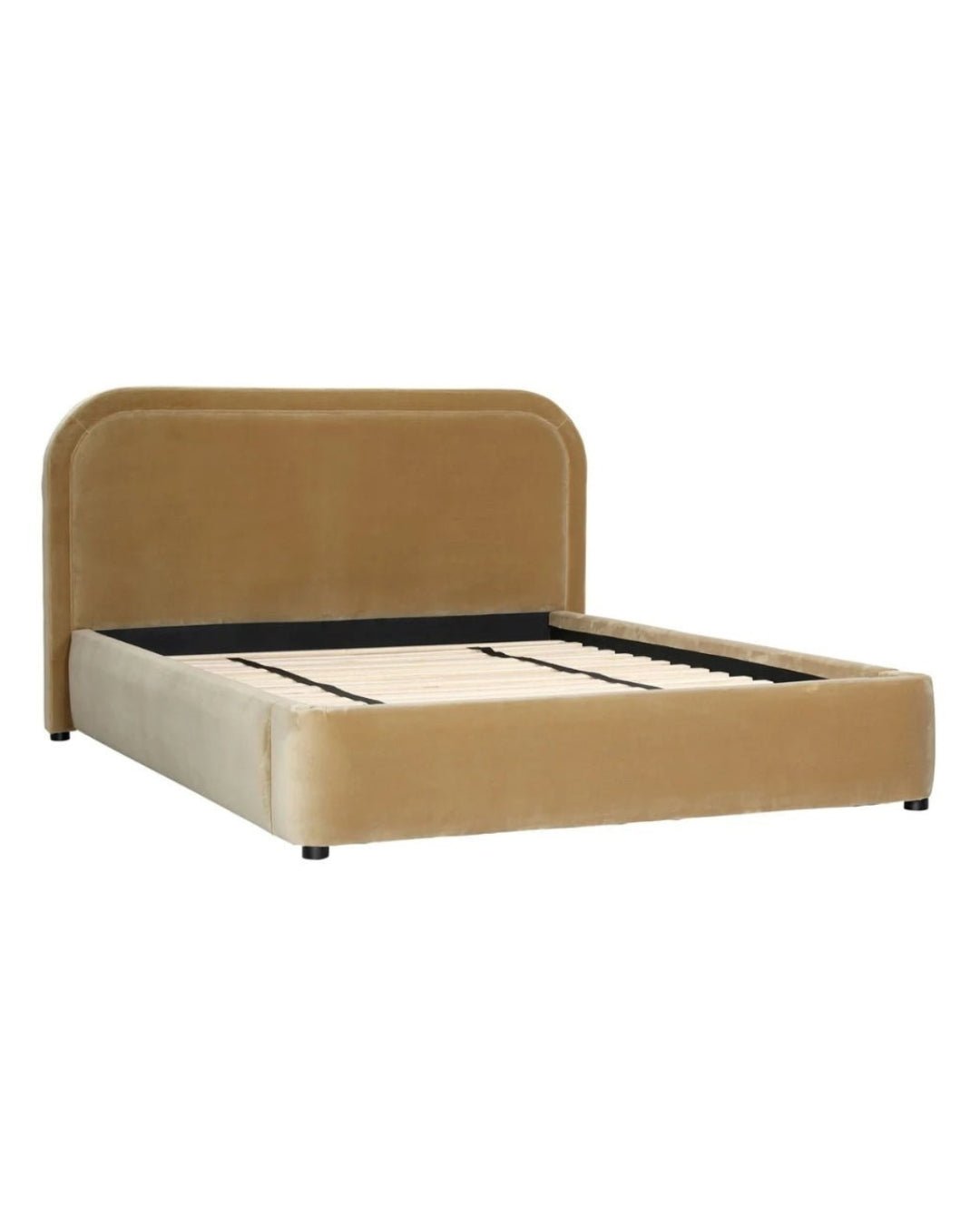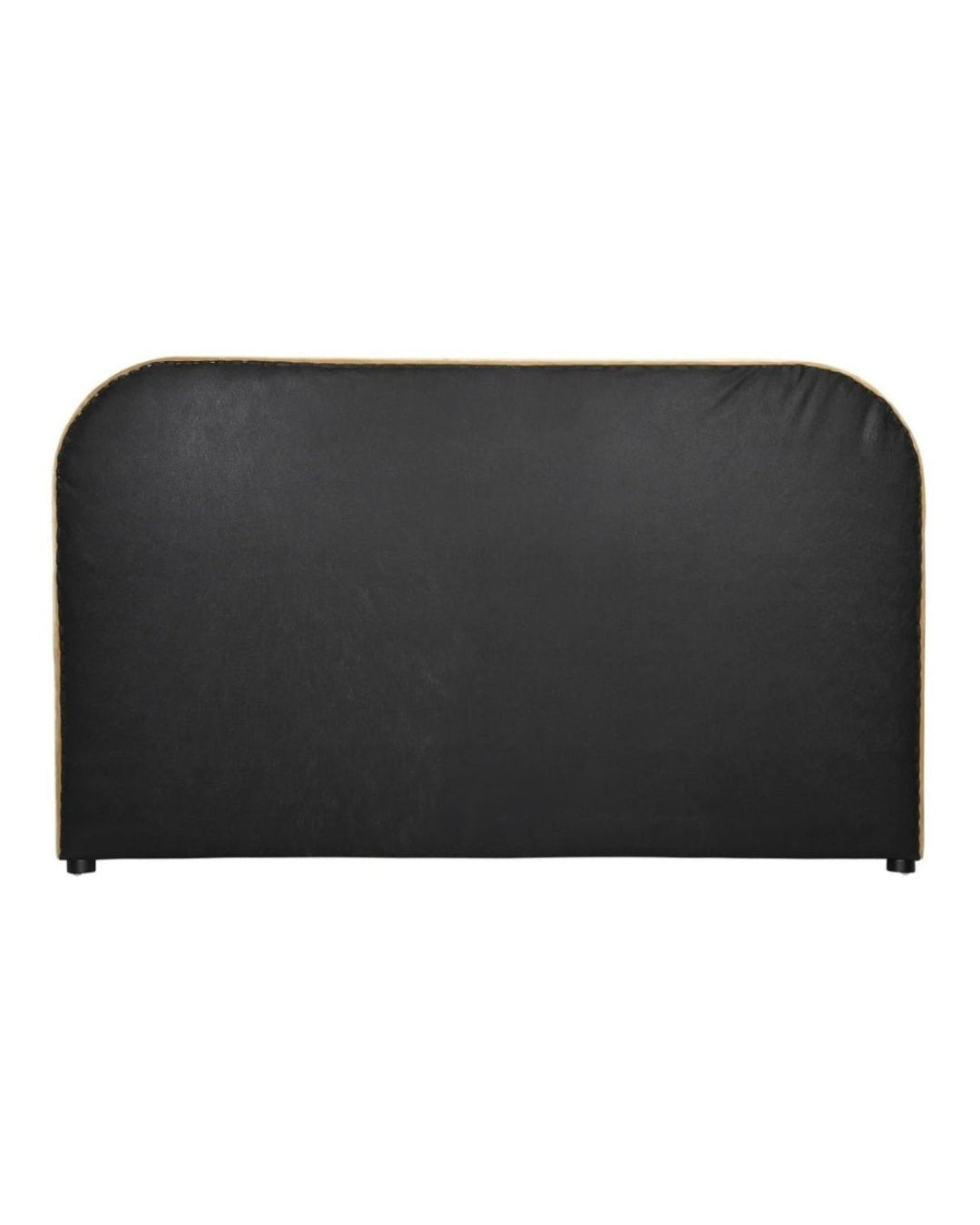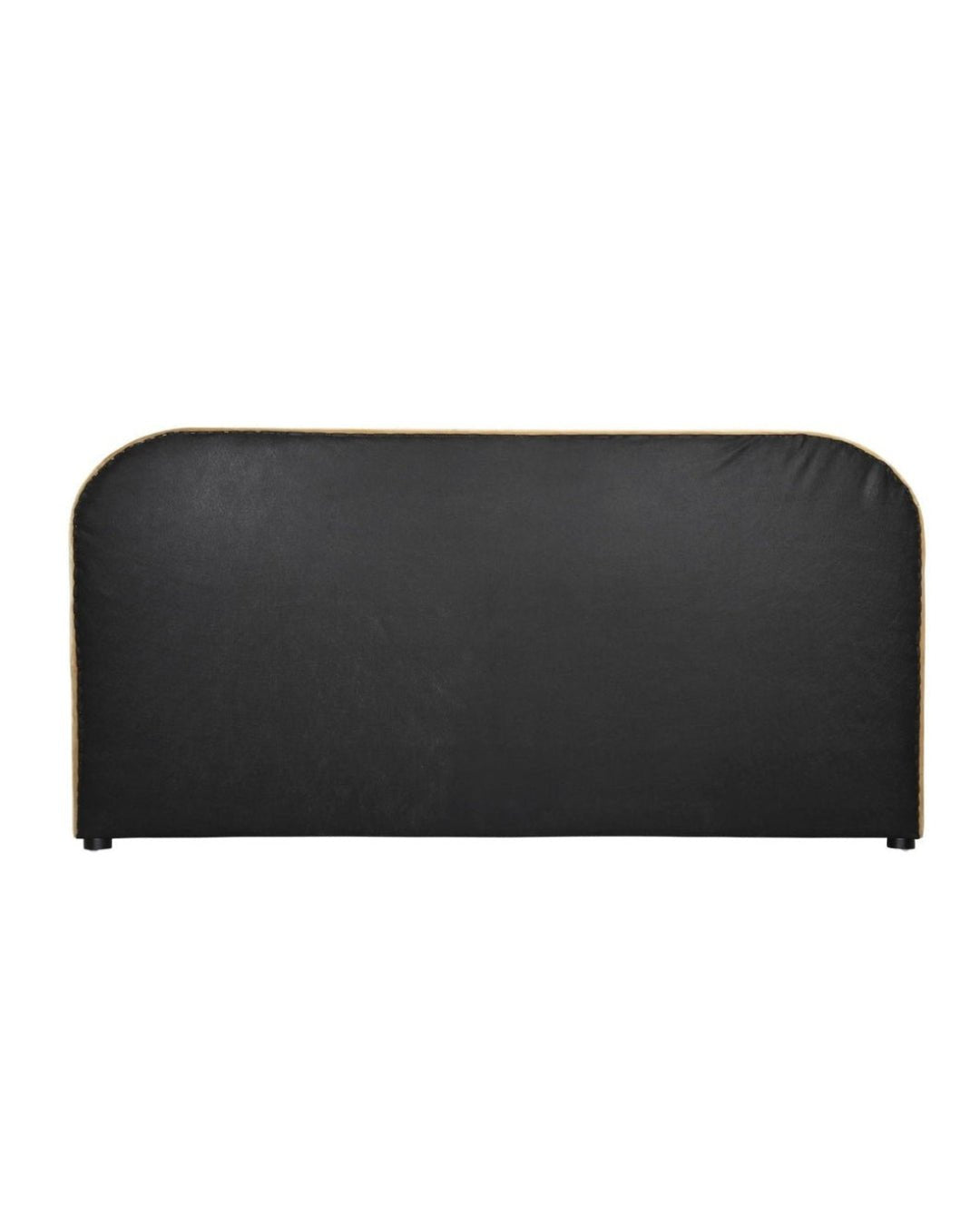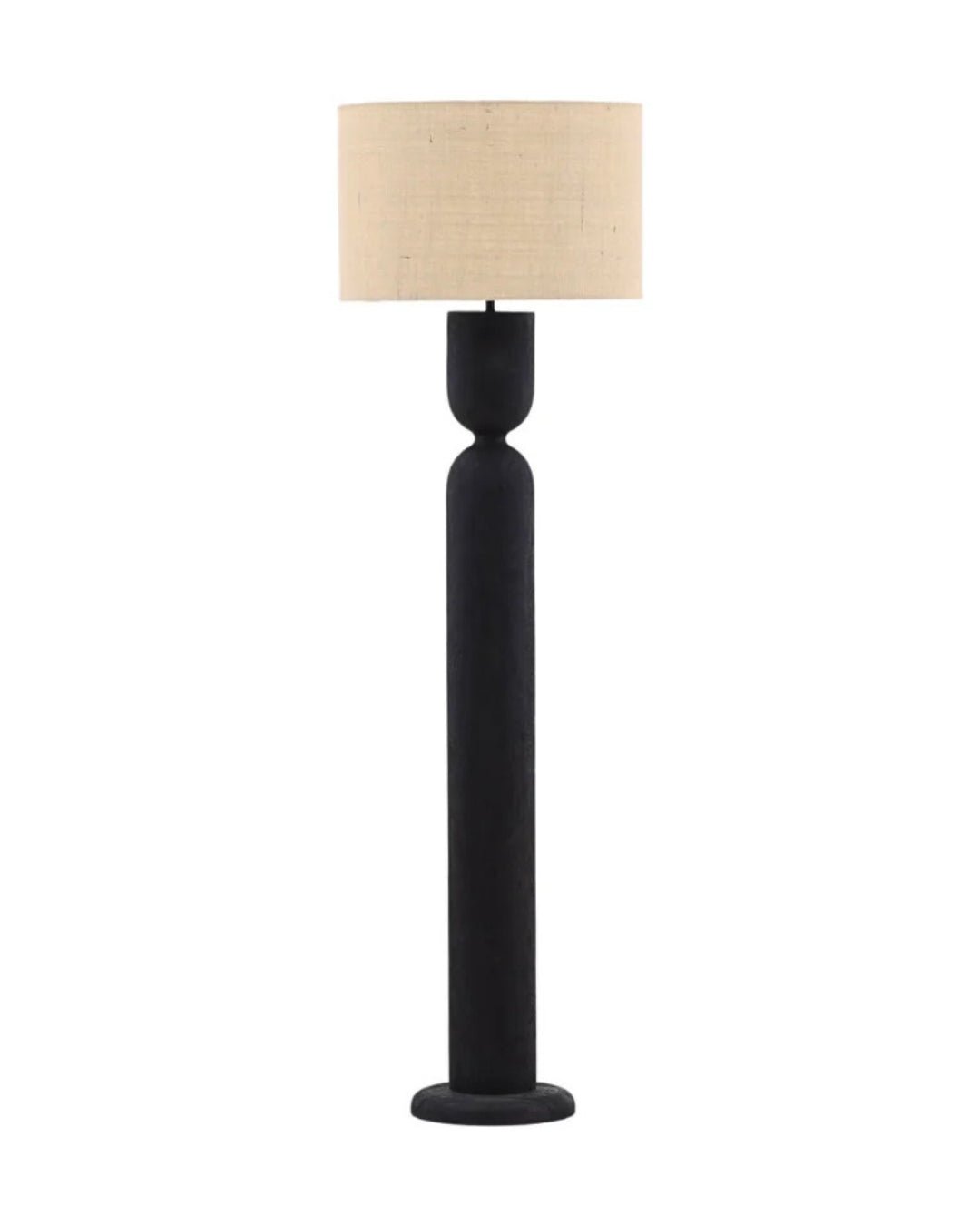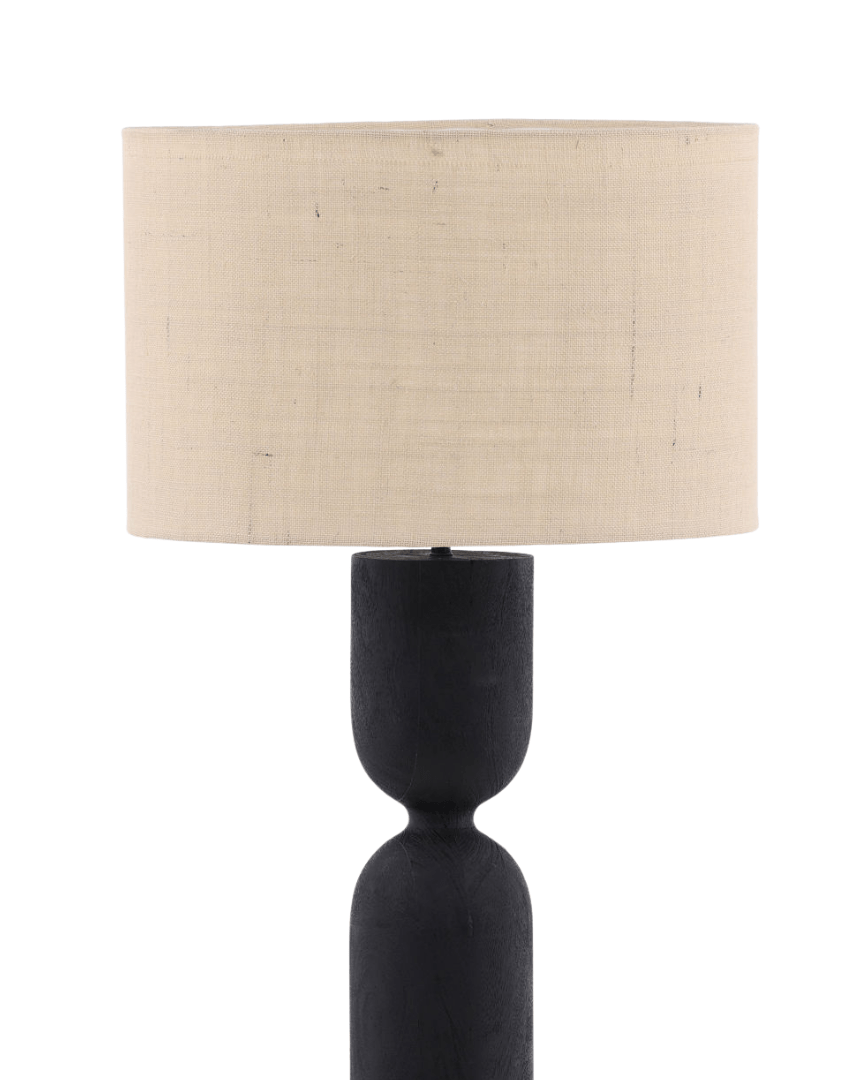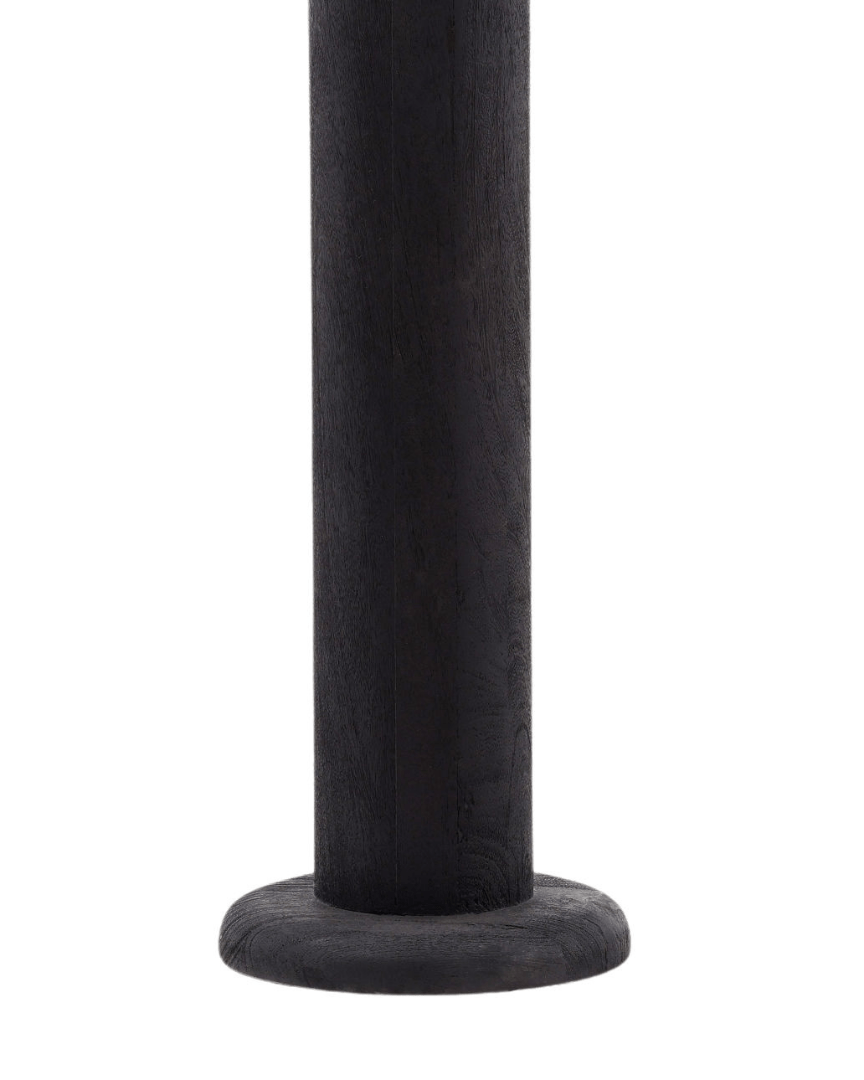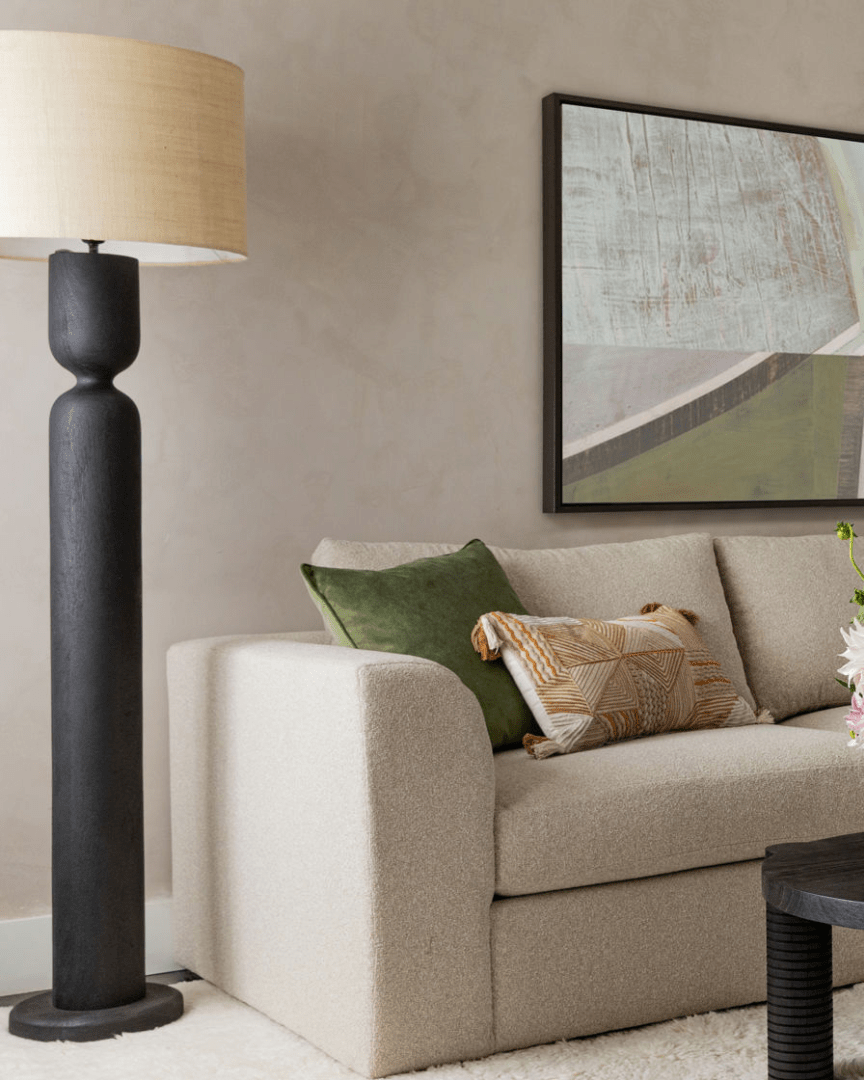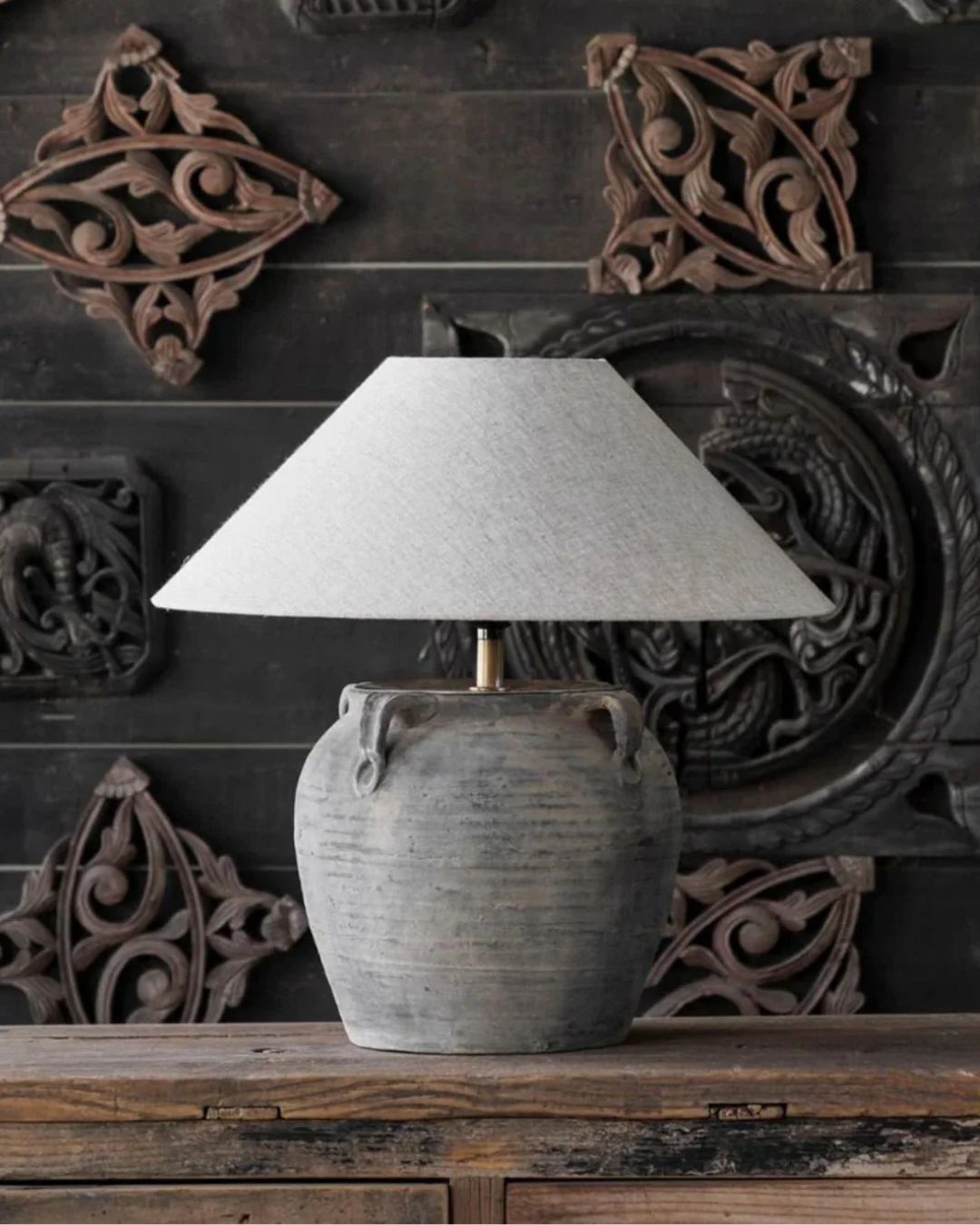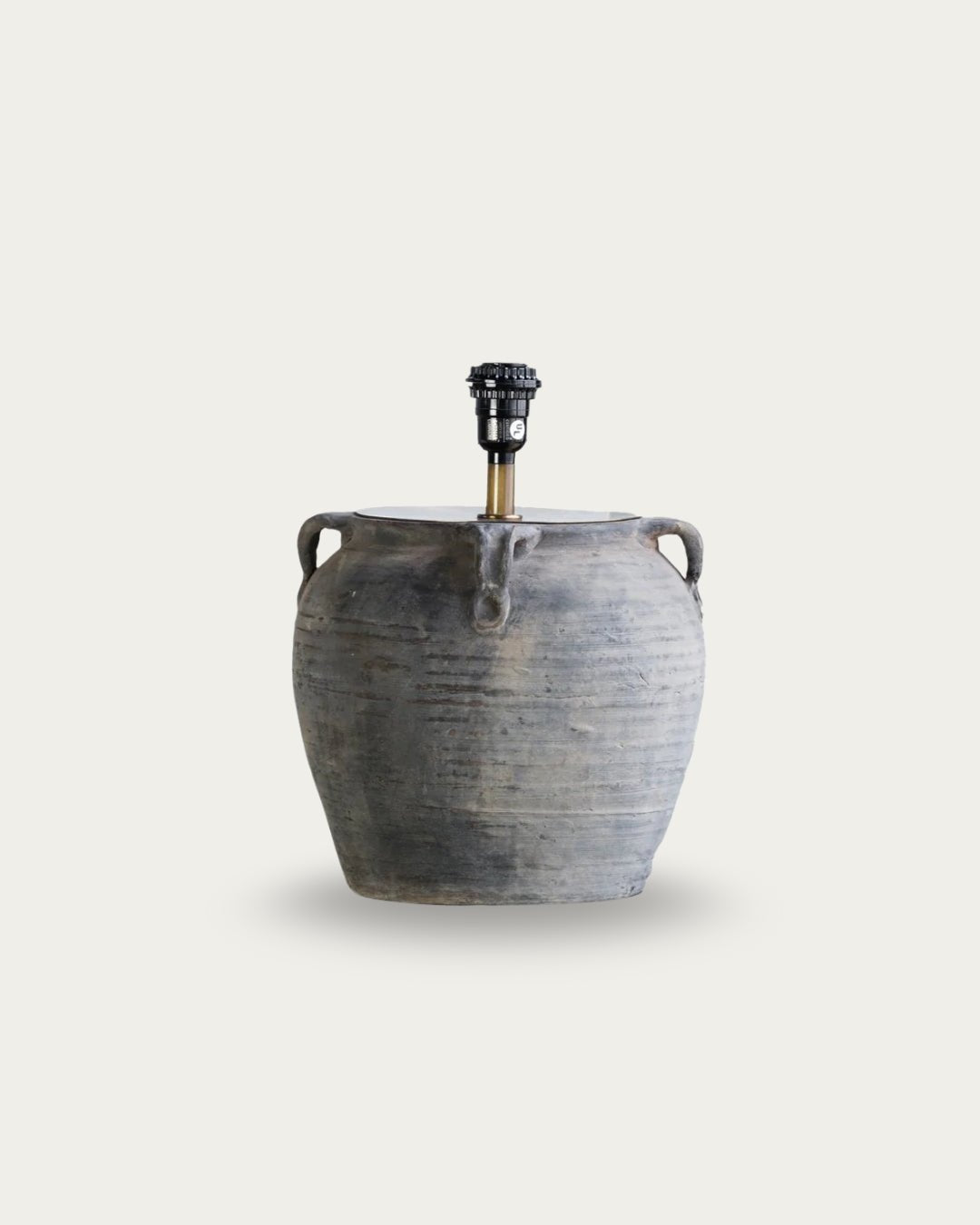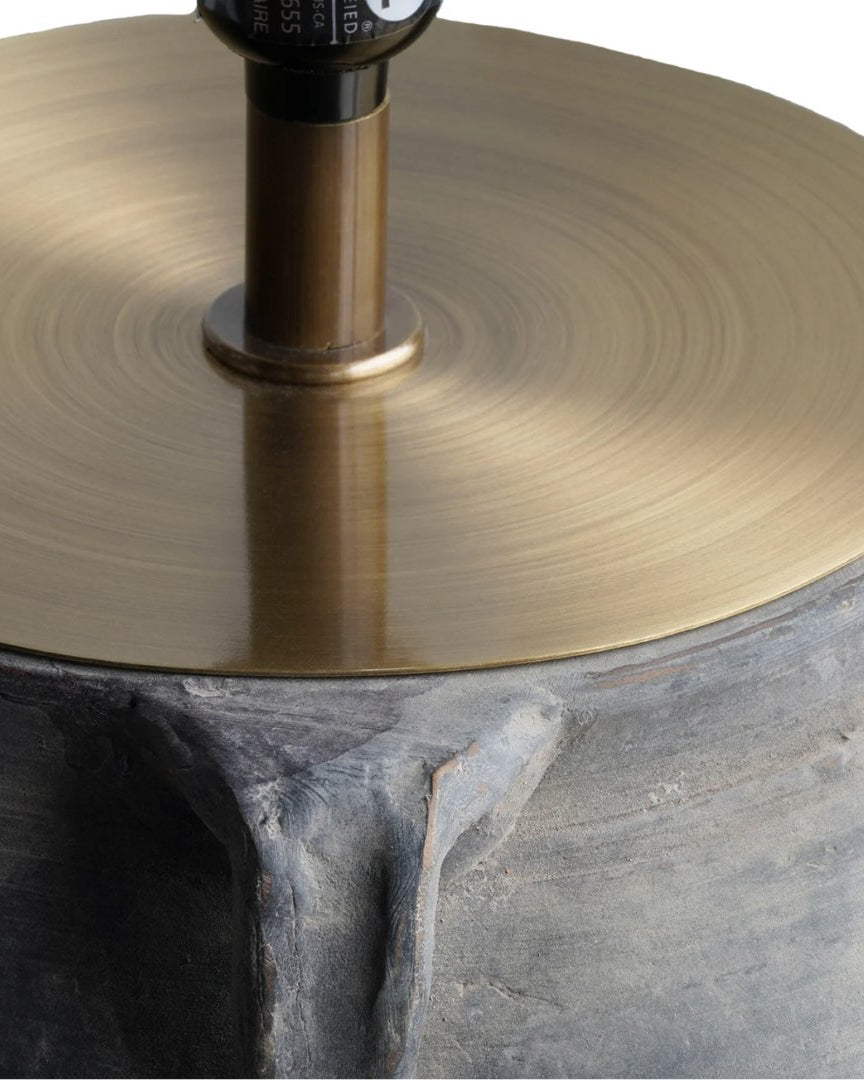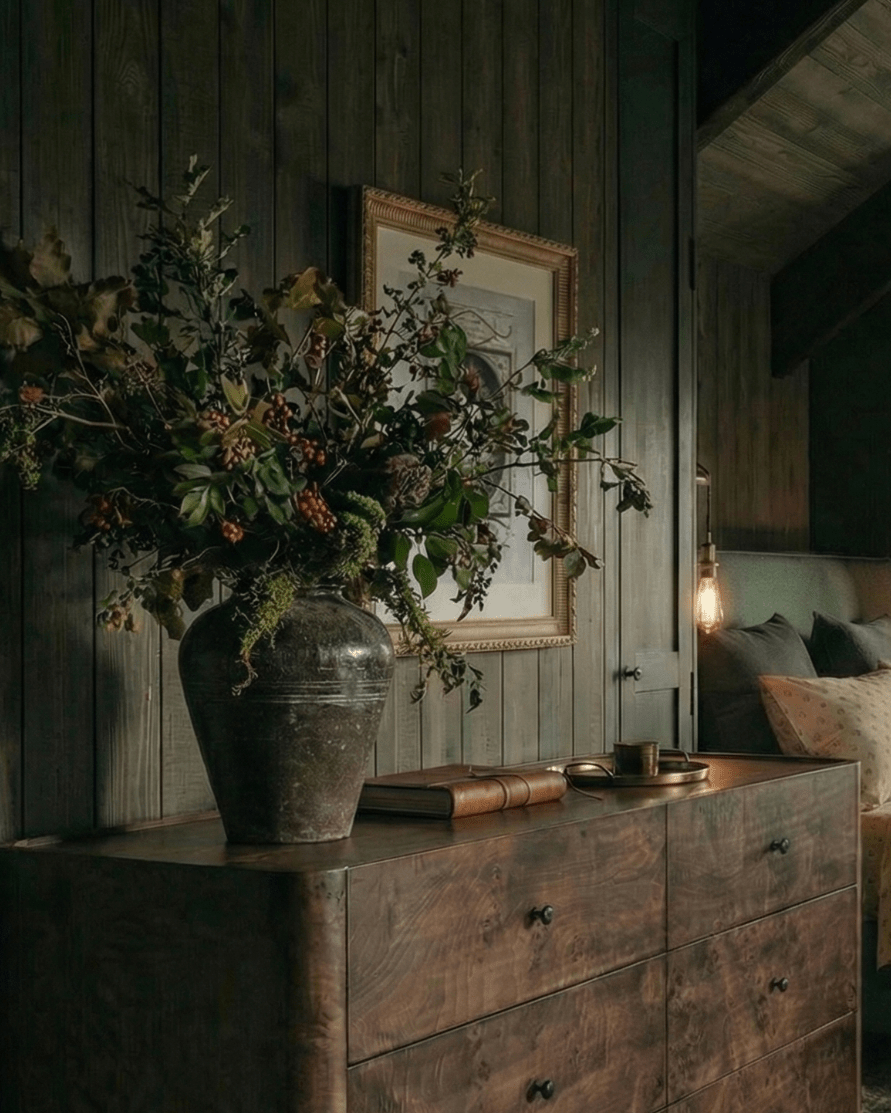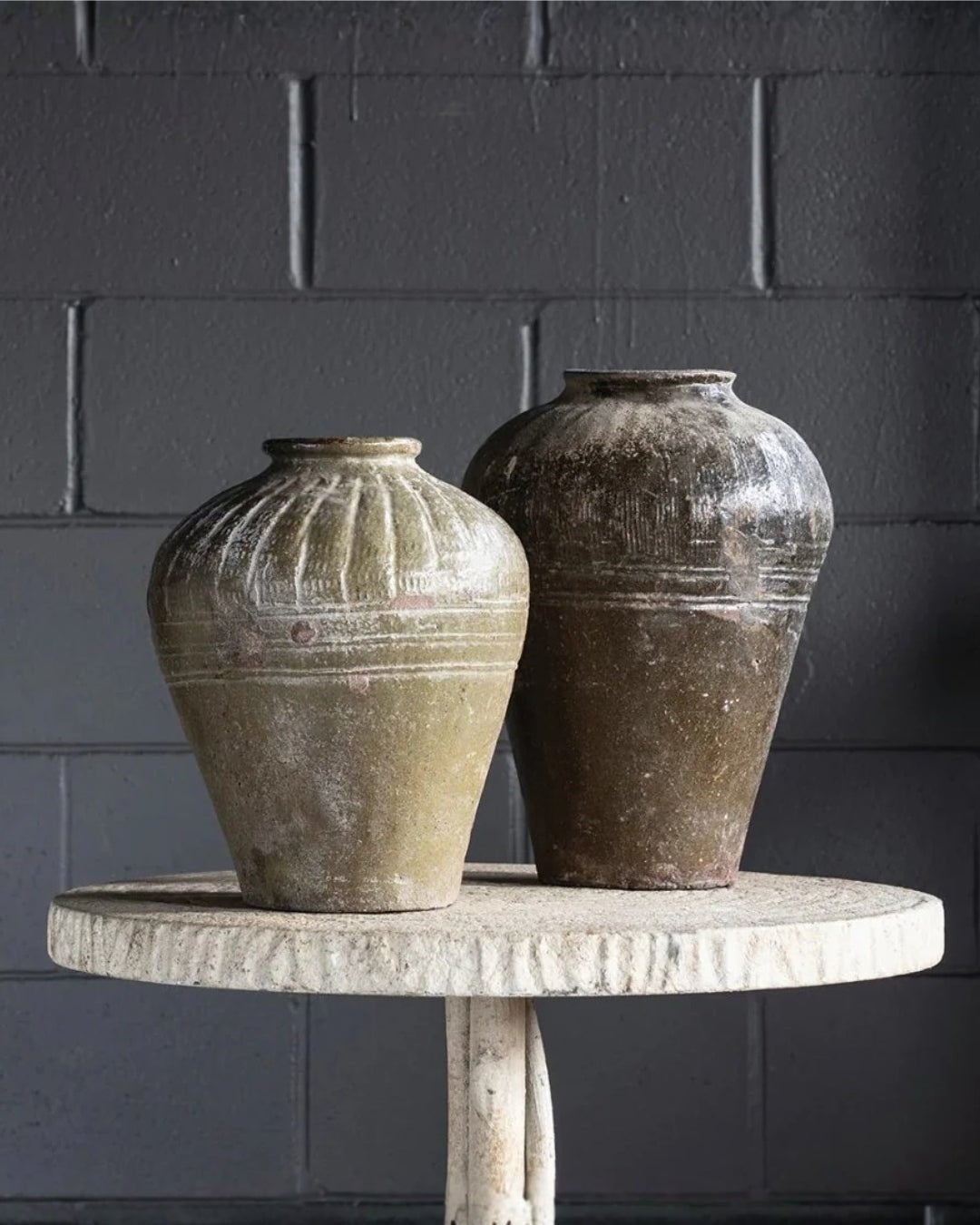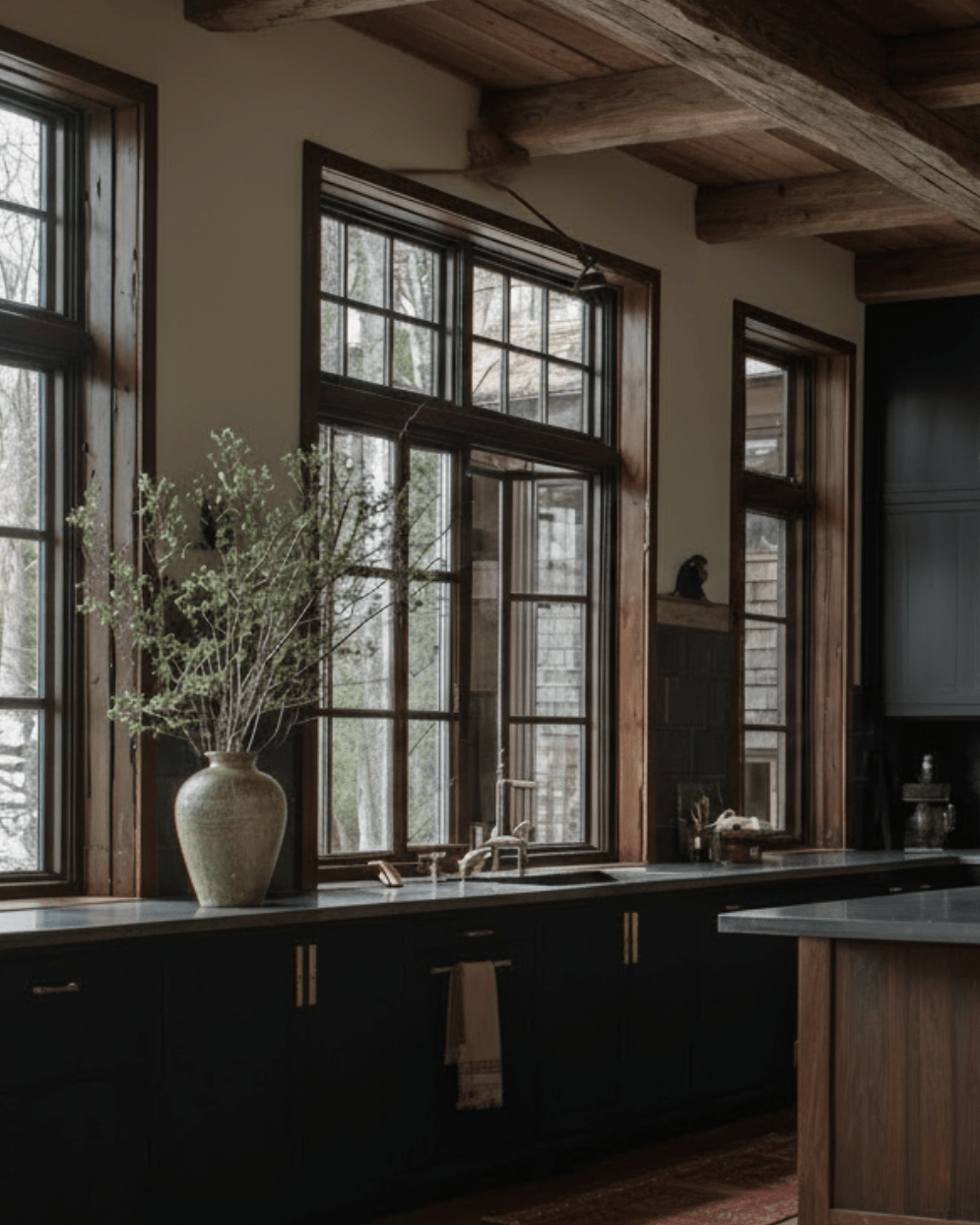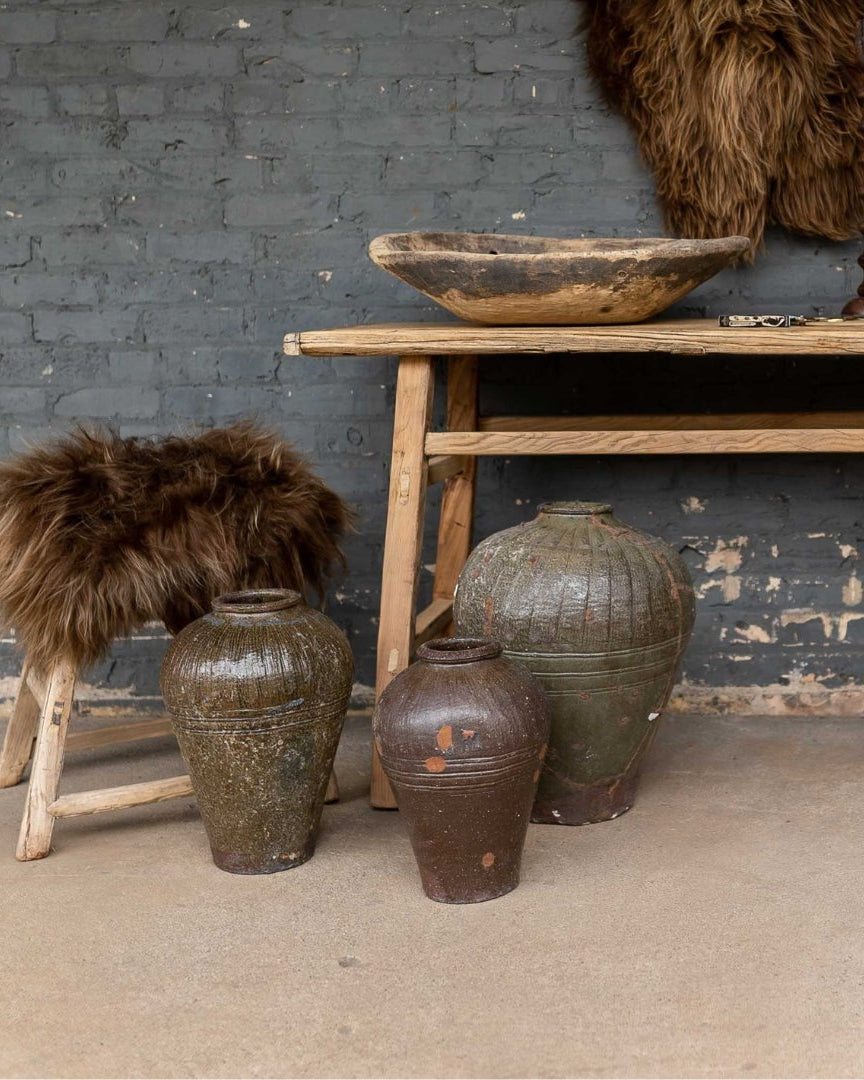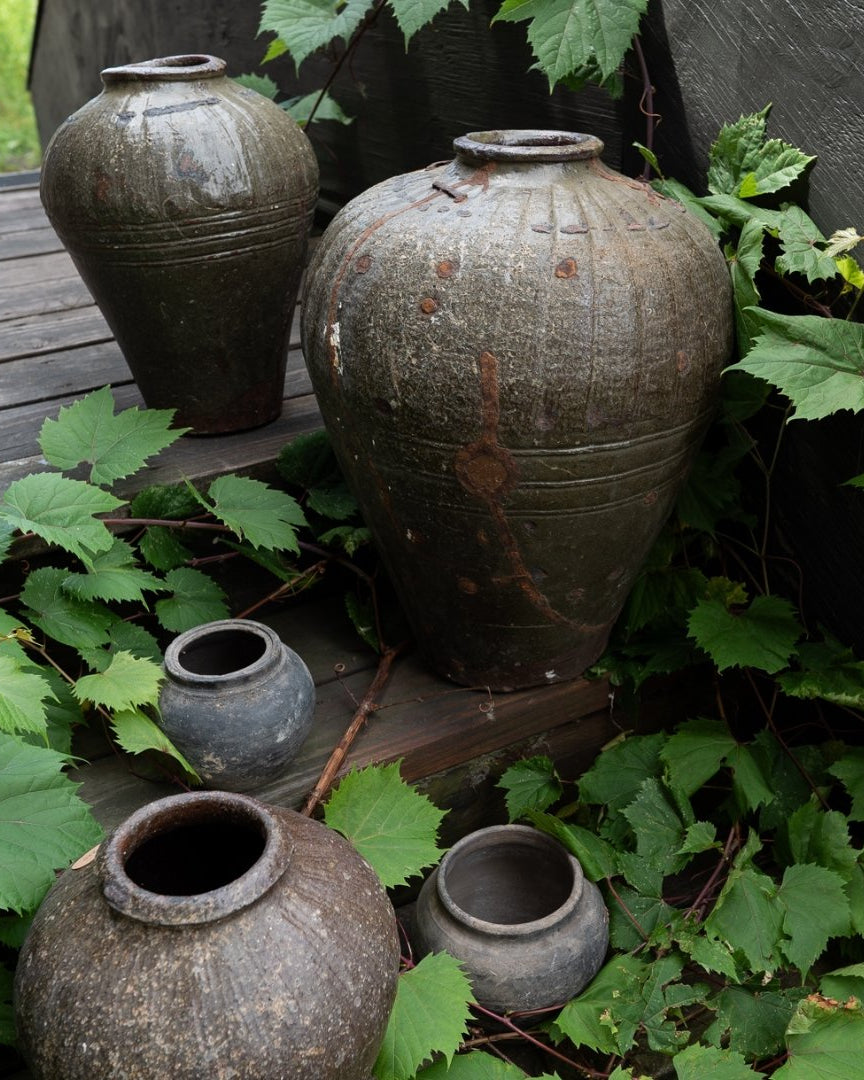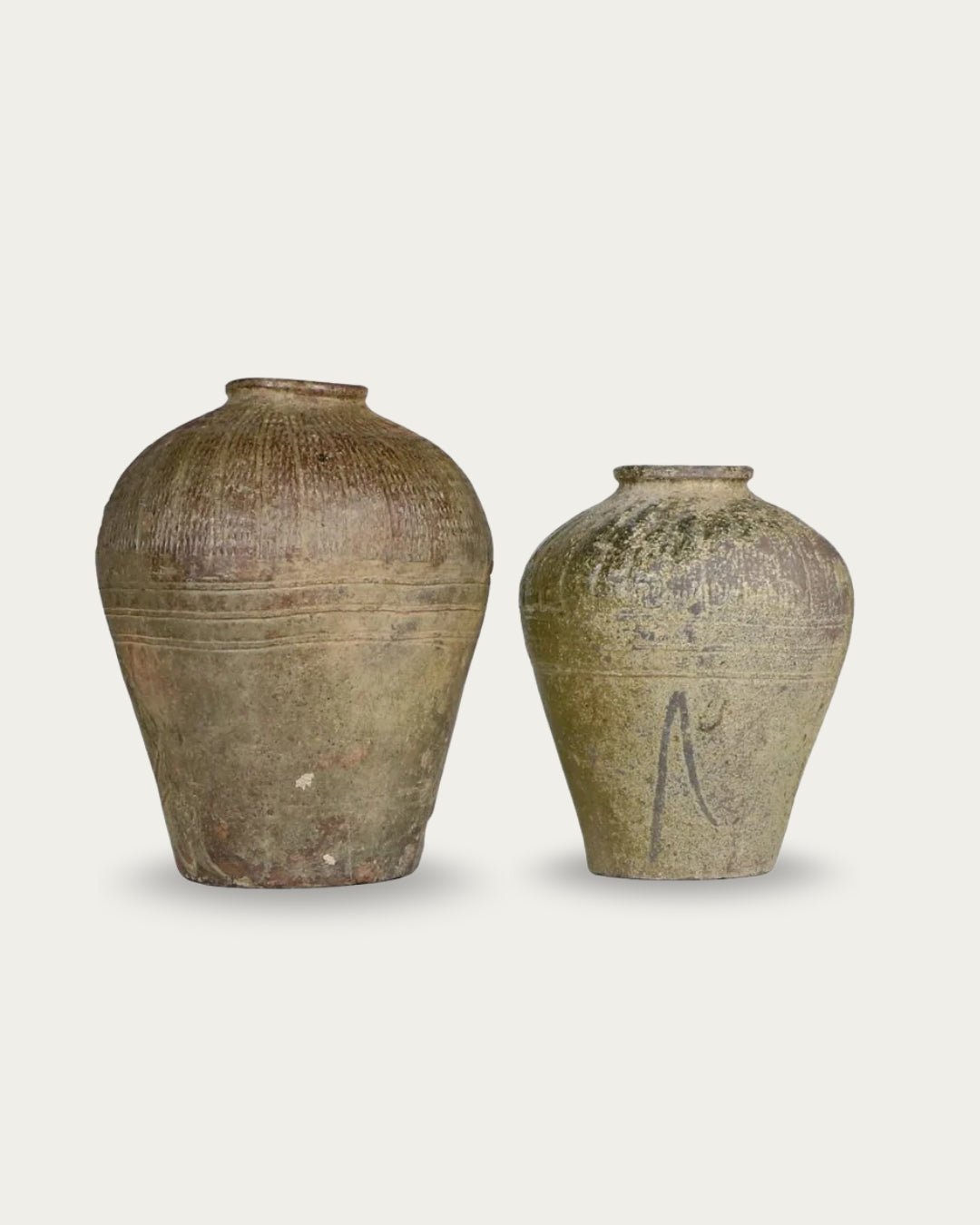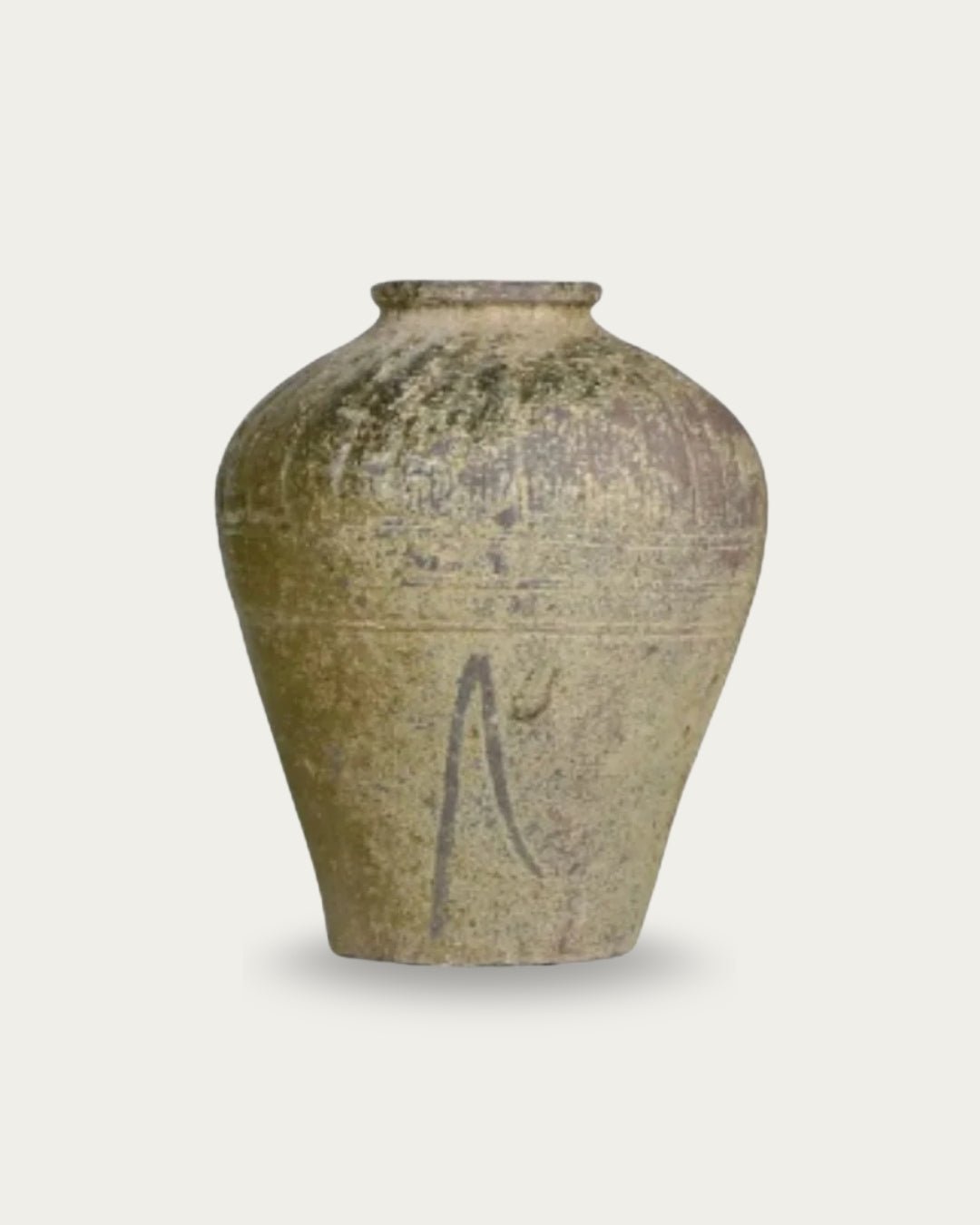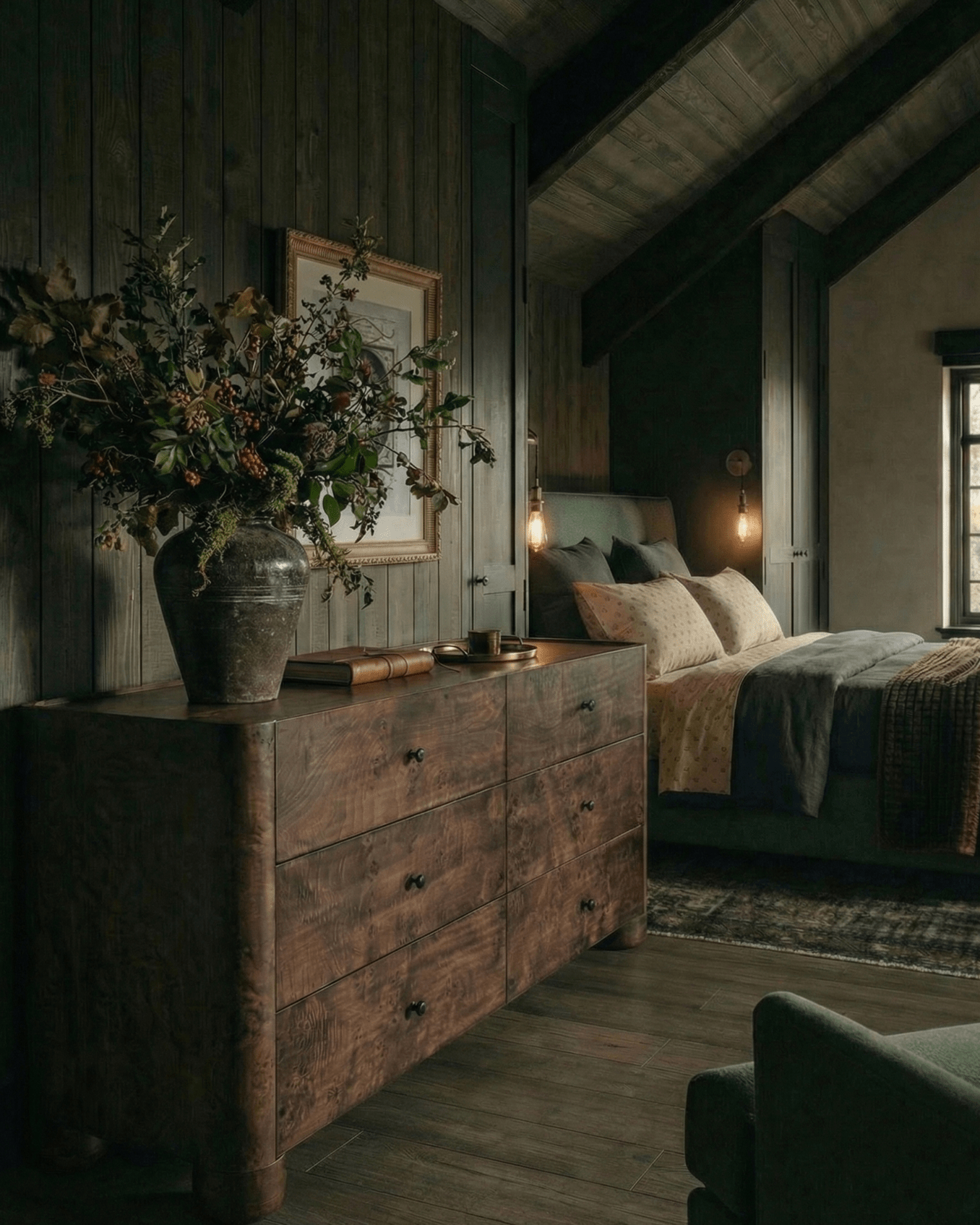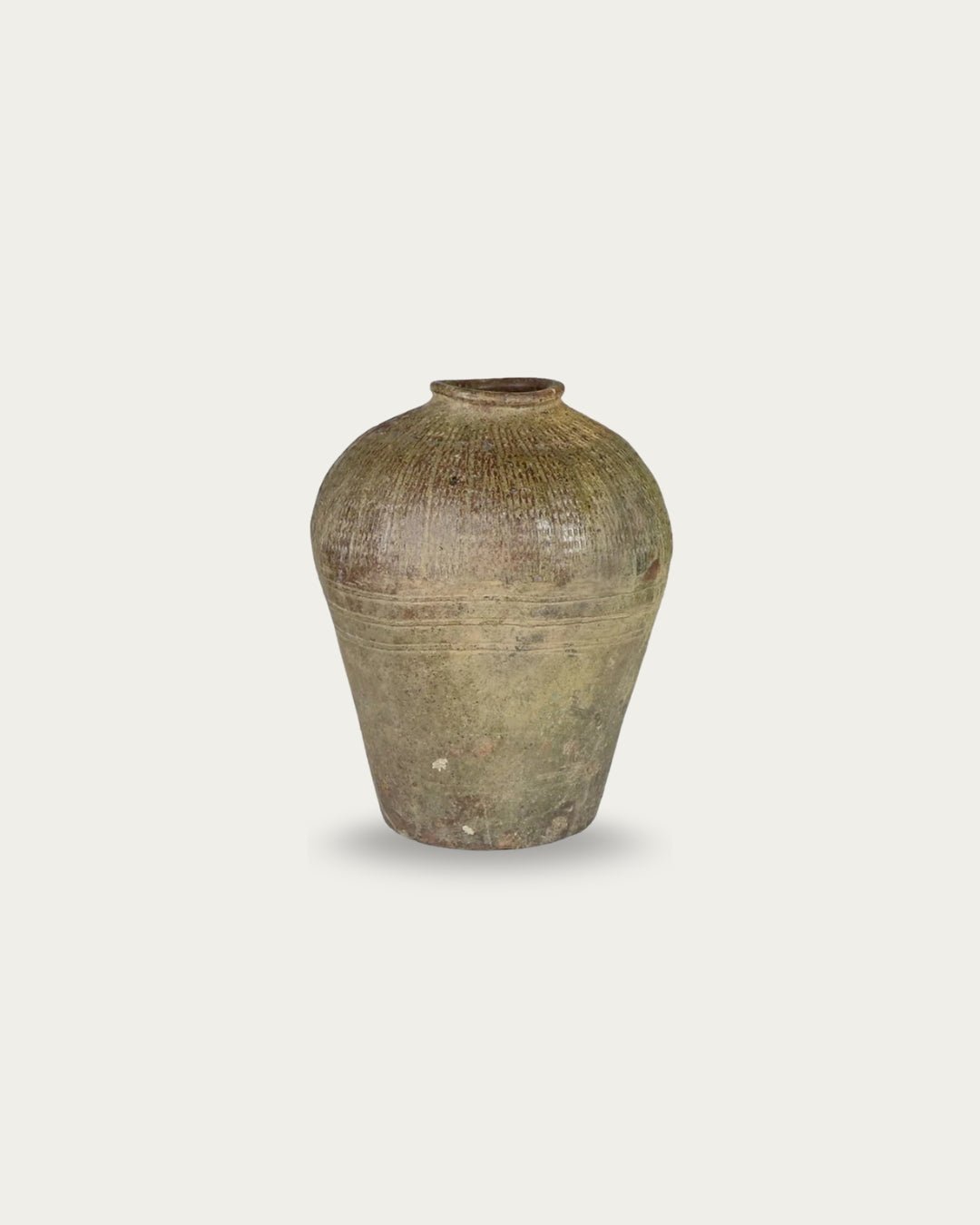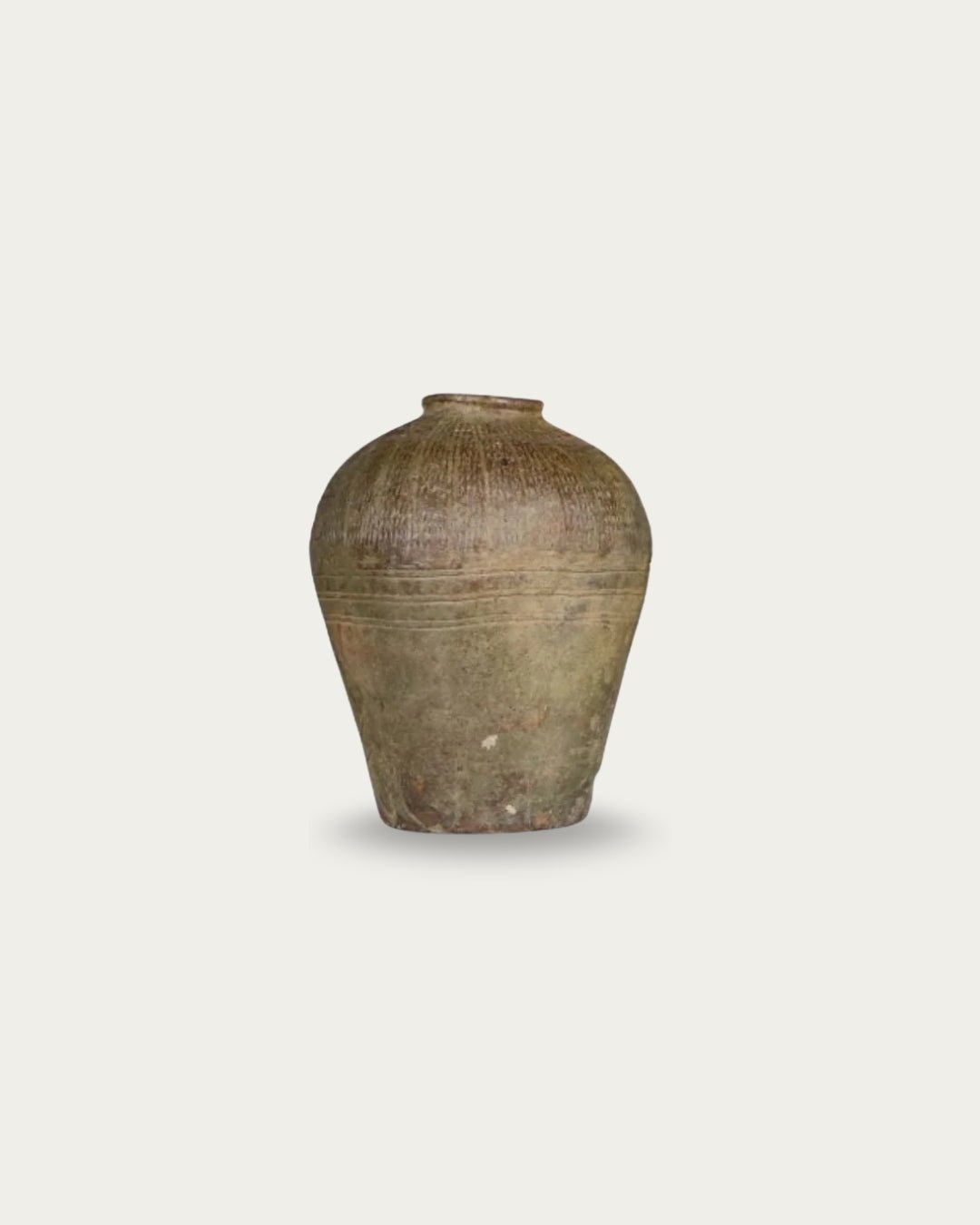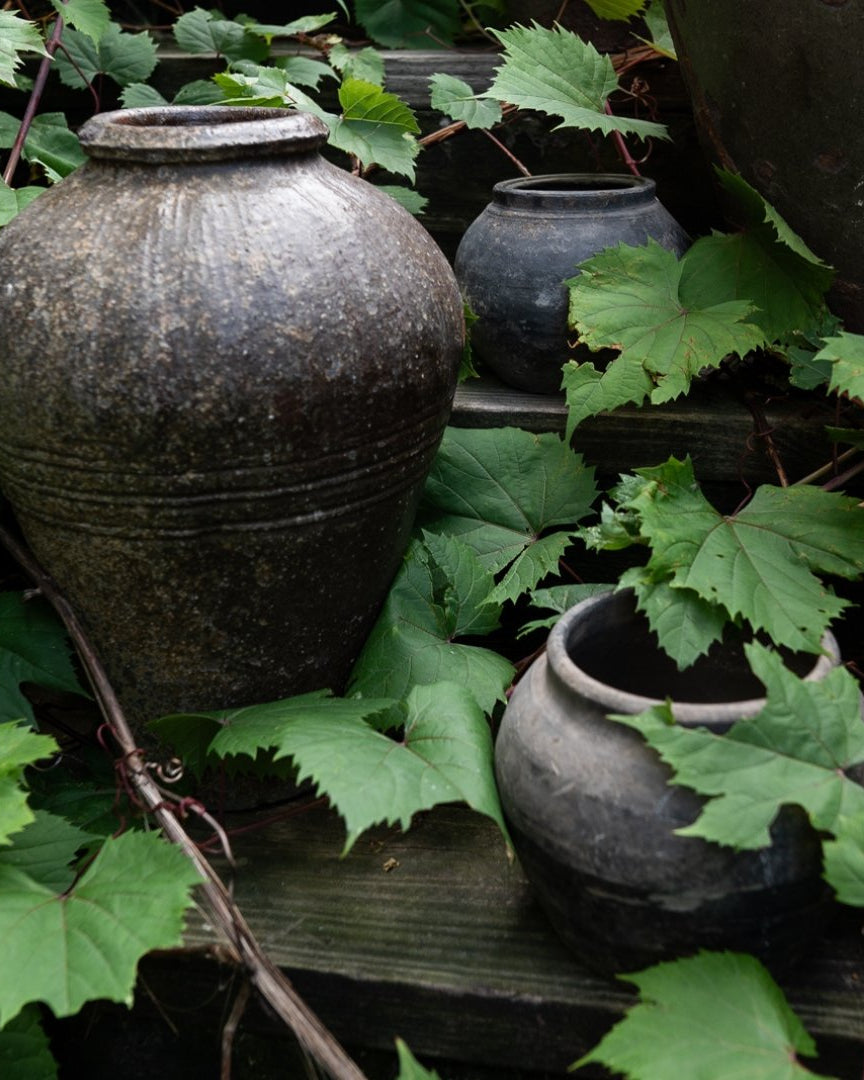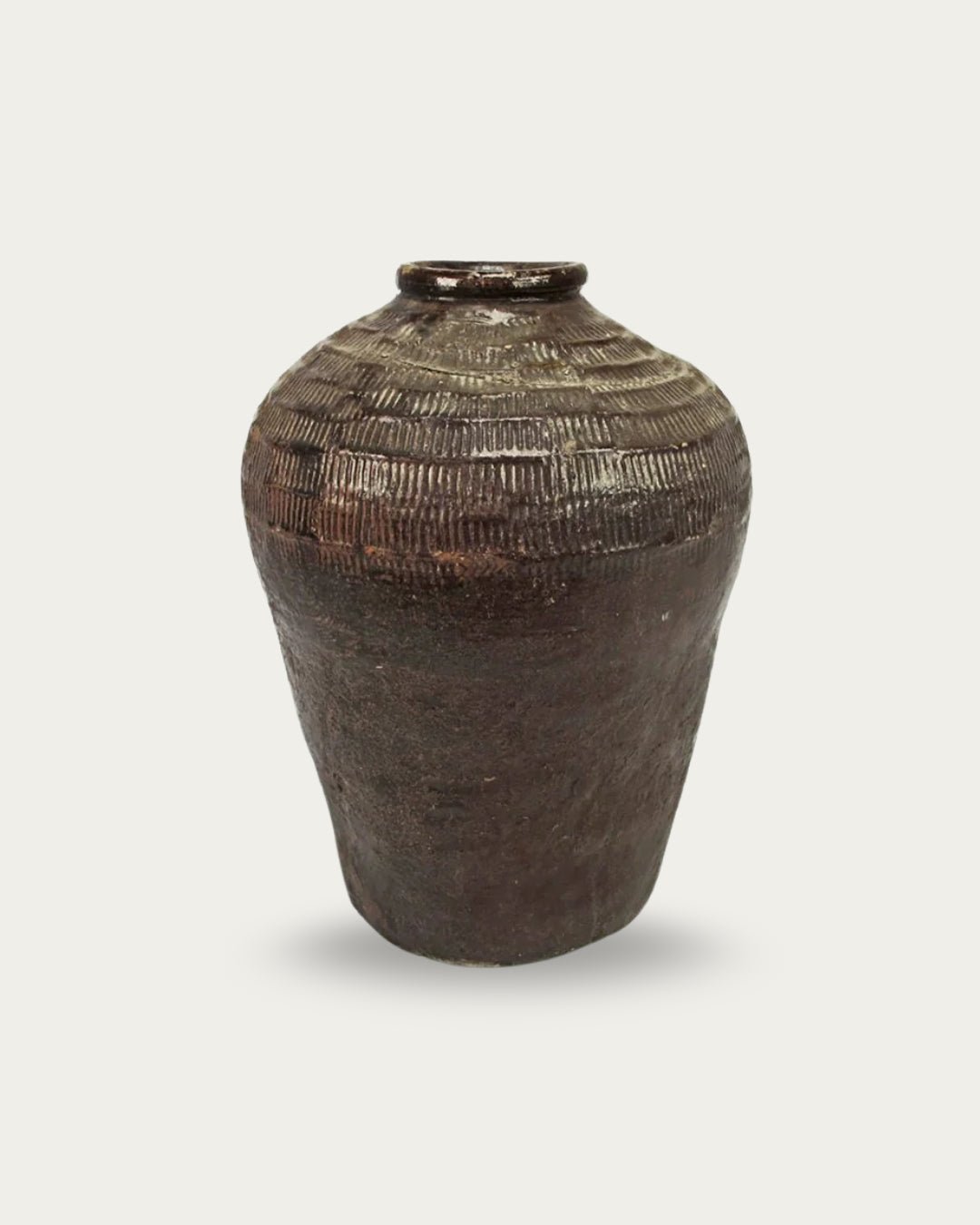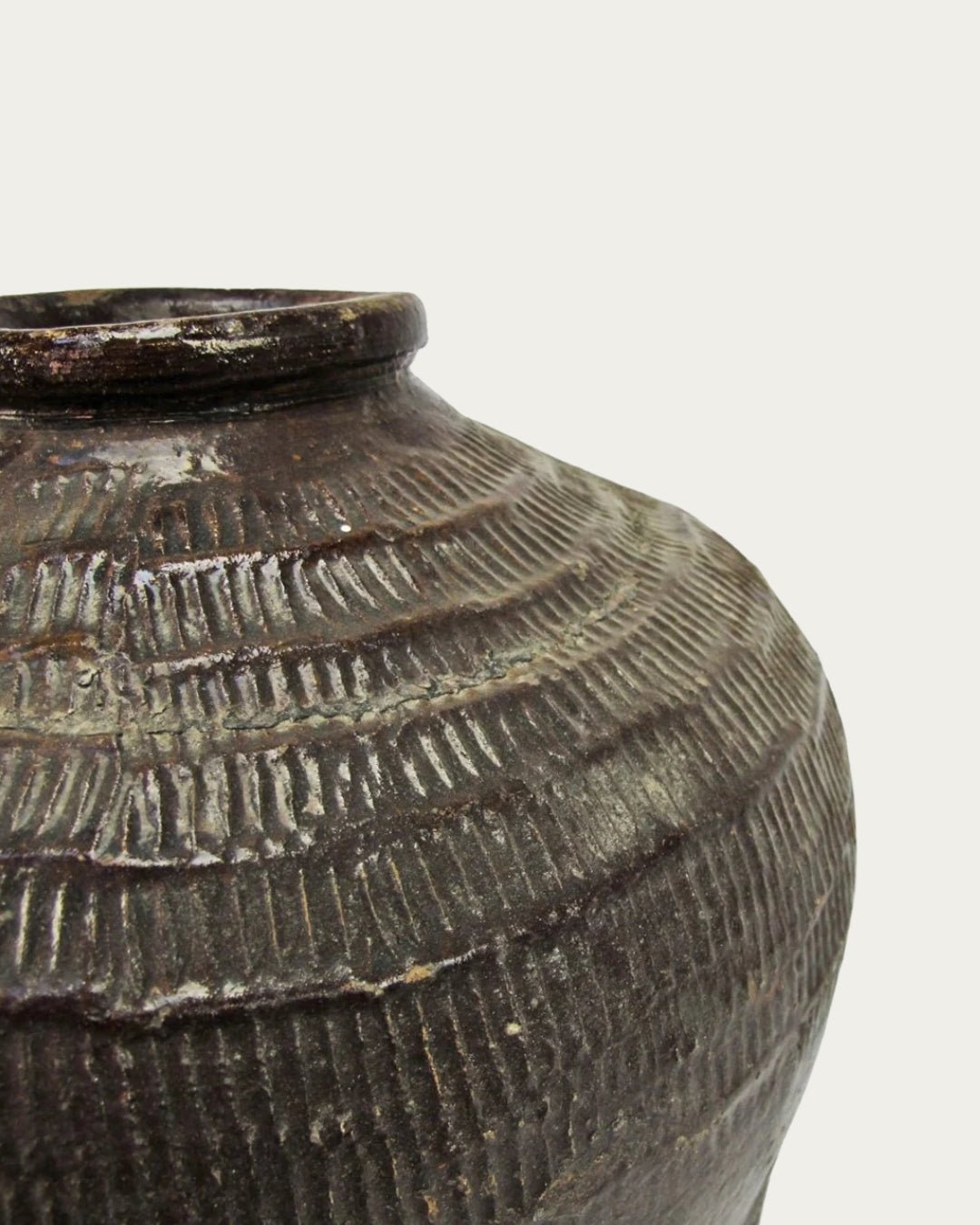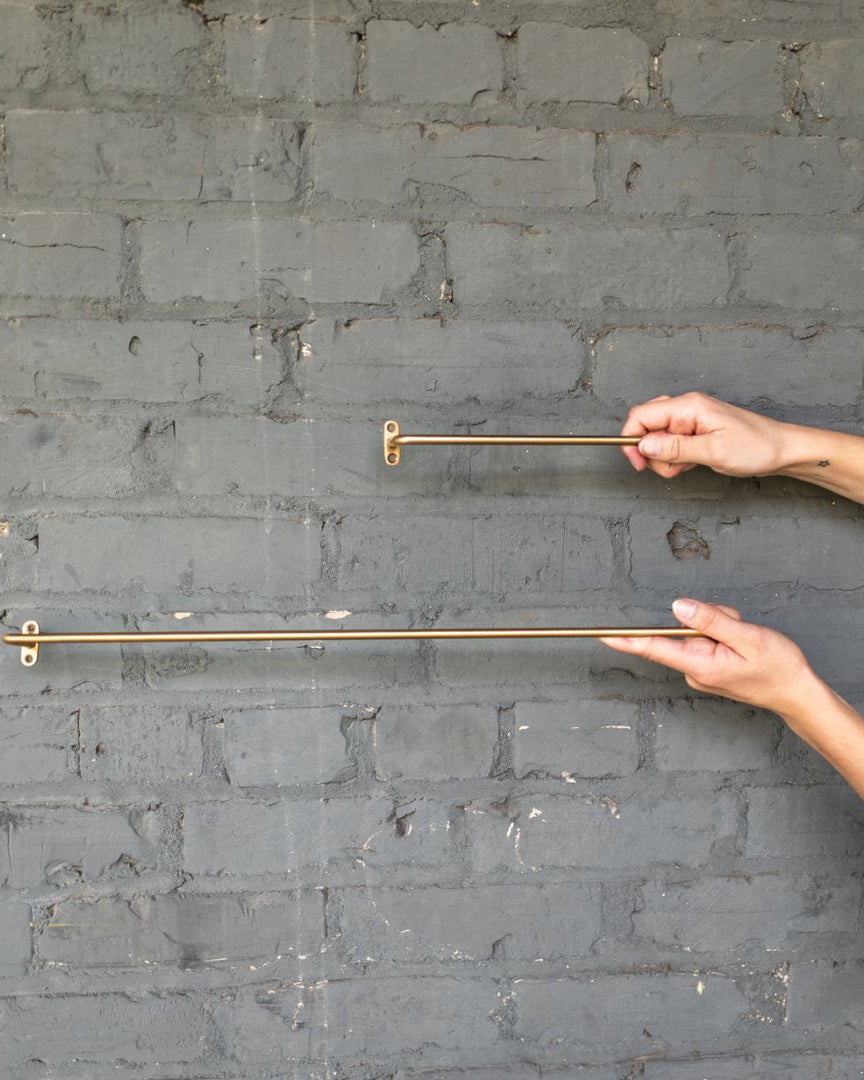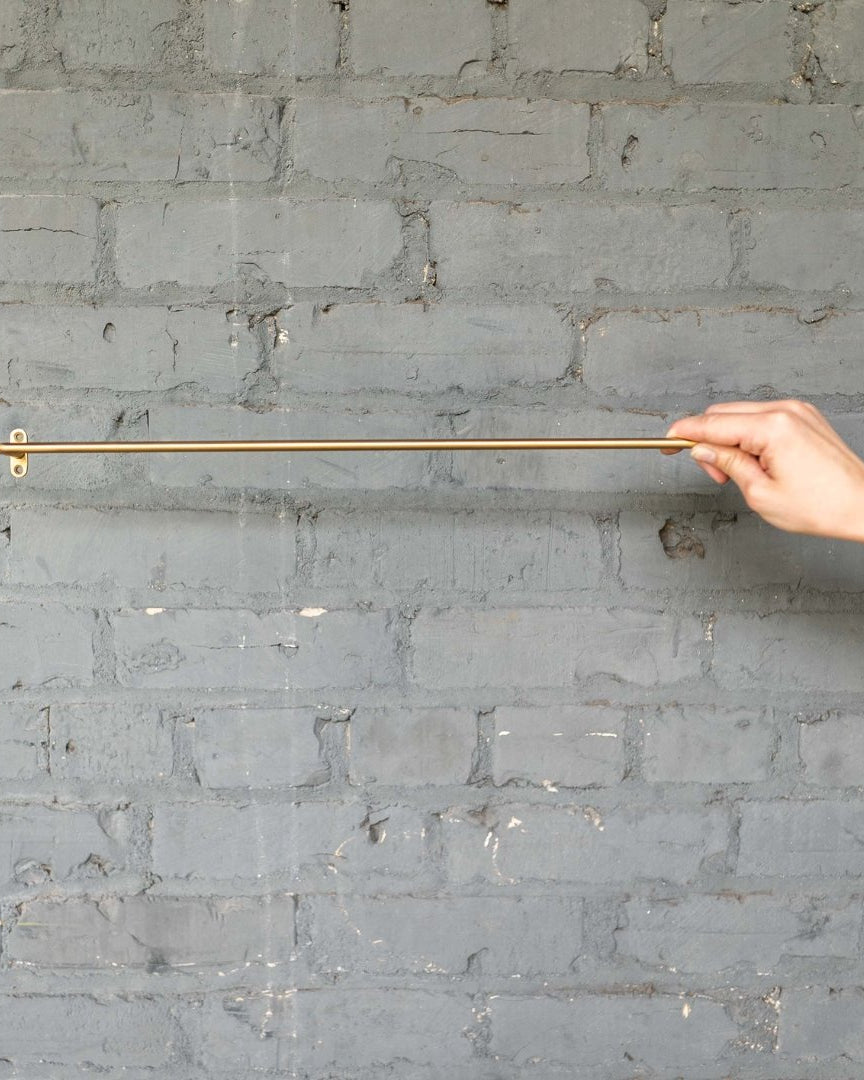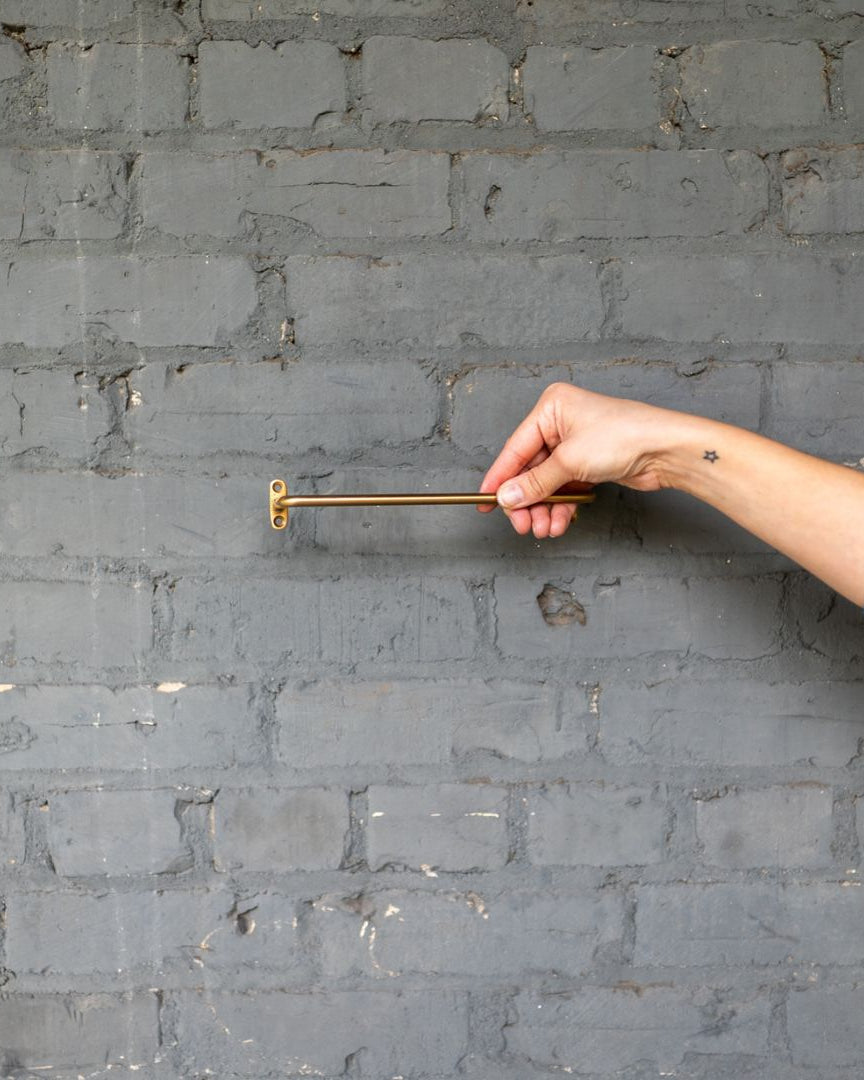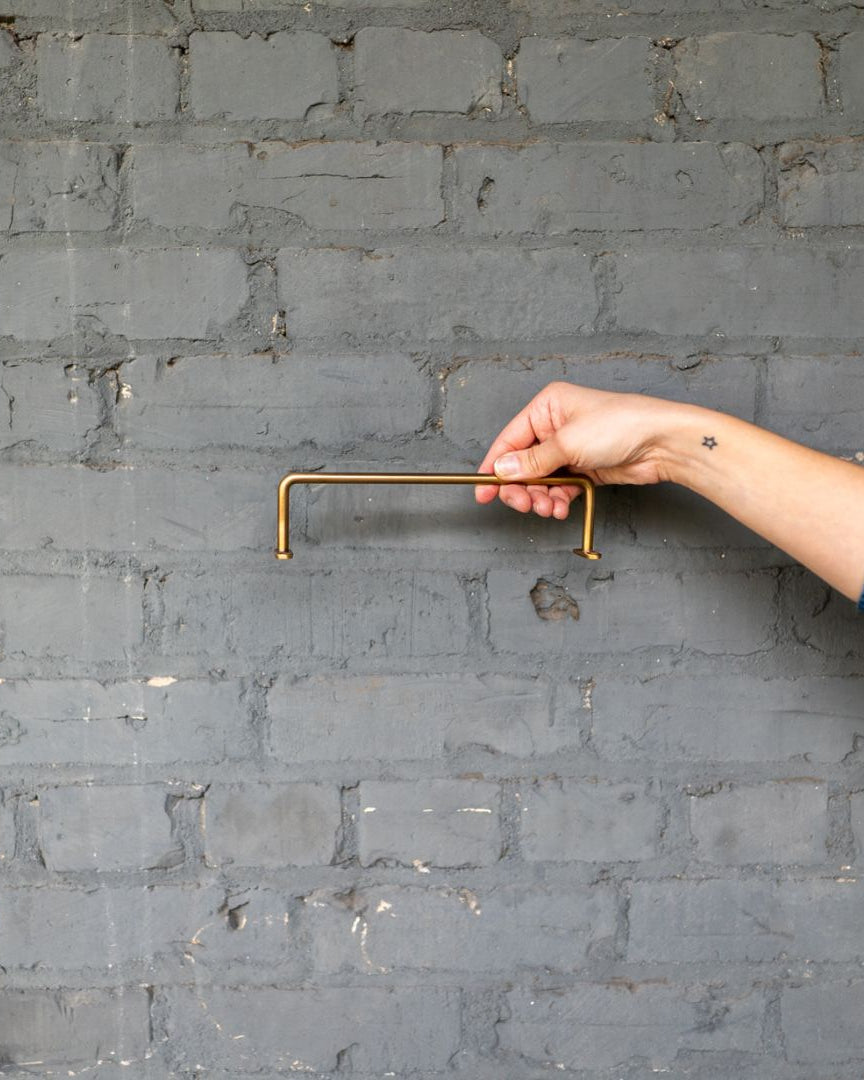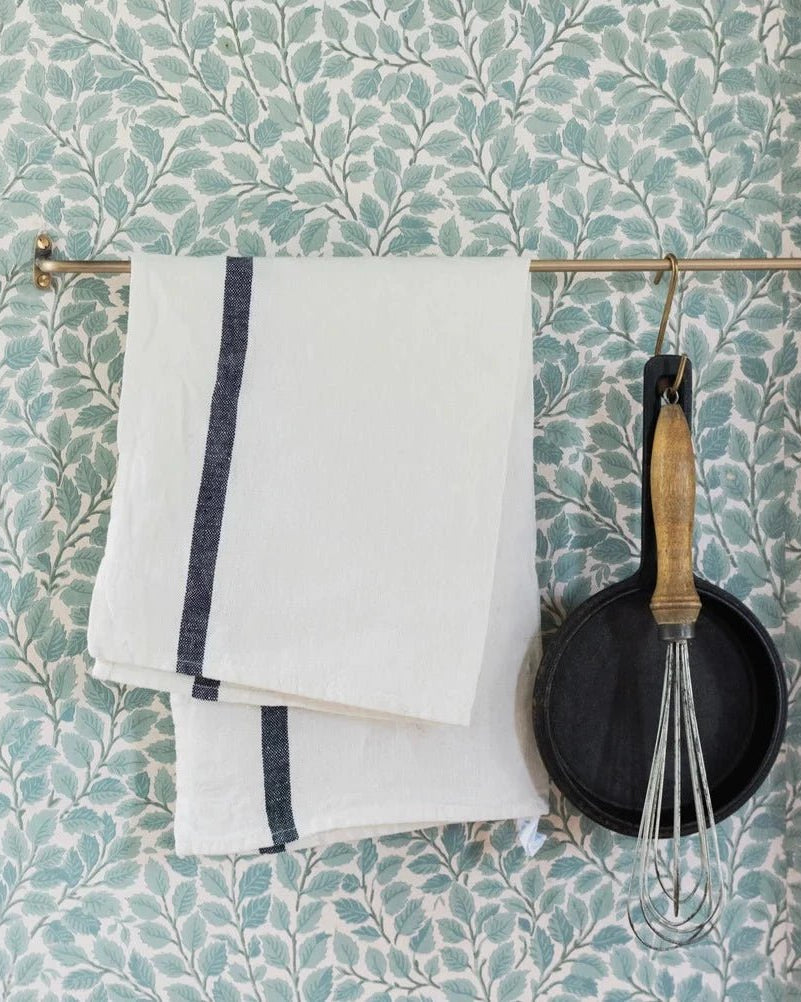Did you know the brain reads texture as safety? It’s true. When we see natural materials—like the uneven grain of a reclaimed wood dining table or the softened edges of an old coffee table—our nervous system literally relaxes. This post goes deep on why reclaimed furniture feels different. We’ll cover the science, the soul, and the styling, plus tips on choosing and caring for reclaimed wood in your home.
Want ideas for furniture that’s textured, storied, and soul-soothing? Swipe through our reclaimed furniture favorites below.
What Makes Reclaimed Furniture’s Texture and Character Unmatched?

Reclaimed furniture possesses a depth of texture that no newly milled material can ever replicate. It’s a testament to centuries of exposure, human touch, and the relentless shaping of time. Understanding these textures isn't just about aesthetics; it’s about recognizing why reclaimed wood offers a visual and tactile richness that modern pieces simply lack.
How Do Natural Imperfections Create Unique Visual and Tactile Experiences?
Reclaimed wood doesn’t just look different—it feels different. And that’s the point. Every mark and irregularity tells a story, grounding a space in texture, memory, and meaning.
The very imperfections of reclaimed wood—its knots, varied grain, embedded nail holes, and subtle saw marks—are not flaws, but signatures. They define its one-of-a-kind appeal, creating a captivating interplay of contrast and complexity beneath your fingertips.
- Knots are not just interruptions; they are dark, organic focal points that draw the eye, grounding the wood in its natural origins.
- Grain patterns tell a story of growth, shifting direction through weathered boards, offering a natural, fluid movement that feels alive.
- Embedded nail holes and saw scars are direct whispers from the past, revealing the wood’s previous life in bustling barns or industrious factories.
These tactile features don't just invite touch; they evoke a profound sense of authenticity, laying the groundwork for a deeper emotional connection rooted in history and soul.
What Types of Texture Define Reclaimed Wood Furniture?
Reclaimed wood surfaces are a symphony of textures, each capable of evoking a distinct mood and enhancing a modern interior:
| Texture Type | Defining Appearance | Evoked Mood |
|---|---|---|
| Weathered Finish | Softened edges, muted grain contrasts, a gentle, sun-kissed look | Soft restraint, muted presence, and quiet form |
| Distressed Surface | Authentic scratches, gouges, and planned abrasions that tell a story | Rustic drama, lived-in comfort, robust character |
| Patina-Rich Lumber | A natural, luminous glow from decades of oxidation and wear | Depth, character, and a sense of history |
| Saw-Marked Planks | Subtle, parallel tooling lines and striations from original milling | Industrial heritage, raw authenticity, understated strength |
Each texture adds its own dimension—a weathered finish brings tranquility, distressed surfaces infuse rustic charm, patina-rich wood exudes a comforting warmth, and saw marks echo an industrial past. This rich tapestry prepares us to truly appreciate how history and soul are woven into every reclaimed piece.
Why Does Reclaimed Wood’s Patina Make It So Irresistible?
The "soul" of reclaimed furniture aligns beautifully with the principles of biophilic design—the innate human need to connect with nature. By bringing natural materials and their raw, imperfect beauty into our homes, reclaimed furniture supports wellbeing through:
A profound tactile connection to organic textures and comforting irregularities, inviting touch and presence.
Visual cues of aging wood that mirror natural cycles, helping the nervous system find rhythm and calm.
Nostalgic resonances that reduce stress and cultivate a deeper sense of comfort and belonging.
This design approach doesn’t just decorate a space—it anchors you to it. By weaving memory and nature into daily life, reclaimed furniture creates a living bond between people and place that mass-produced pieces simply can’t replicate.
How Does History and Soul Make Reclaimed Furniture Feel Different?
Where Does Reclaimed Wood Originate and What Stories Does It Carry?
Reclaimed wood is a living artifact, often sourced from deconstructed barns, bustling factories, grand warehouses, and even ancient ship timbers. Each origin imparts a distinct backstory, a silent narrative woven into its very fibers:
- Barn timbers might reveal the hand-hewn marks of early craftsmanship and the mortise holes from a bygone agricultural life.
- Factory floorboards carry the indelible scars of machine presses and the enduring grit of industrial labor.
- Shipwreck planks bear the indelible salt stains and unique grain compression from a life spent battling the open seas.
These layered histories infuse each piece with an undeniable provenance, guiding modern interiors toward authentic narrative depth and a profound emotional resonance.
How Does the “Soul” of Reclaimed Furniture Connect to Biophilic Design?
The “soul” of reclaimed furniture aligns directly with biophilic design —a science-backed approach that recognizes our nervous system’s need to connect with nature. Decades of environmental psychology and neuroscience research show that spaces incorporating natural materials, textures, and patterns can lower cortisol levels, regulate heart rate, and reduce mental fatigue.
Reclaimed wood, with its irregularities and age-worn surfaces, taps directly into that science by offering:
A profound tactile connection to organic textures and comforting imperfections, which studies show can calm the sensory system and encourage presence.
Visual markers of age and natural cycles , like weathering and patina, that promote emotional grounding and reduce cognitive stress by mimicking patterns found in nature.
Nostalgic and familiar cues , which have been shown to increase oxytocin and dopamine production—fostering a deeper sense of comfort, connection, and belonging.
By surrounding ourselves with materials that carry visible history and texture, we’re not just decorating—we’re creating a space that supports emotional regulation and wellbeing. Reclaimed furniture becomes a sensory anchor, helping your home do what it should: feel like a place your body can exhale .
Why Is the History Embedded in Reclaimed Wood Important for Modern Spaces?
History-laden wood is a powerful antidote to sterile minimalism. It transforms contemporary environments into layered, inviting spaces by:
- Grounding contemporary furnishings in a rich legacy of craft and enduring quality.
- Encouraging mindful appreciation of material life cycles, fostering a deeper connection to the objects we live with.
- Reinforcing vital sustainability narratives through visible reuse, making eco-conscious choices tangible and beautiful.
Acknowledging this heritage enriches modern aesthetics with a soul-anchored authenticity, preparing us to shift our focus to its profound environmental impact and responsible resource stewardship.
What Are the Sustainability Benefits of Choosing Reclaimed Wood Furniture?

Choosing reclaimed furniture is a powerful act of environmental stewardship. It directly conserves our precious forests, significantly reduces carbon emissions, and champions a circular economy by giving wood a vital second life.
How Does Reclaimed Furniture Reduce Deforestation and Carbon Footprint?
Embracing reclaimed wood means preventing the demand for fresh timber and bypassing the energy-intensive processing of new mills. This translates into tangible environmental victories:
- Up to 80% fewer carbon emissions compared to the production of new hardwood, a significant step towards a healthier planet.
- Preservation of mature trees, which are vital carbon sequesters, ensuring our forests continue to thrive.
The Environmental Benefits of Reclaimed Wood
Choosing reclaimed wood significantly reduces deforestation and lowers carbon emissions compared to using new timber. This practice conserves forests and supports a circular economy by giving wood a second life, diverting waste from landfills and recirculating high-quality timber into new products.
In What Ways Does Reclaimed Wood Support Waste Reduction and Circular Economy?
By salvaging timber from demolition sites and decommissioned structures, reclaimed furniture embodies the principles of a true circular economy:
- It diverts massive amounts of waste from landfills, which currently account for over 20% of global solid waste, transforming potential pollution into beauty.
- It recirculates high-quality old-growth timber—a finite and precious resource—into new, enduring products.
- It demonstrates responsible material stewardship through the art of upcycling, giving materials a renewed purpose and value.
This circular model thoughtfully closes resource loops, sustaining material value generation across multiple lifecycles and setting a new standard for conscious consumption.
Why Is Reclaimed Wood an Eco-Friendly Material Choice?
Reclaimed wood stands as a beacon of eco-friendly principles, seamlessly combining:
- Profound social responsibility through proactive waste avoidance.
- Essential resource conservation via the extended lifespan of valuable timber.
- Low-impact sourcing that minimizes harvesting and transport energy, reducing its overall environmental footprint.
This powerful convergence positions reclaimed furniture as a leading choice for green design, preparing us to assess its unparalleled durability and longevity advantages.
How Durable and Long-Lasting Is Reclaimed Wood Furniture Compared to New Wood?
Reclaimed wood, often sourced from the majestic old-growth trees of yesteryear, exhibits a superior structural stability and resilience that consistently outperforms many new alternatives. It’s built to last, not just for years, but for generations.
What Makes Old-Growth Timber Stronger and More Stable?
Old-growth timber, harvested decades or even centuries ago, grew slowly and deliberately. This unhurried growth produced incredibly tight growth rings and a dense cellular structure, a biological marvel that results in:
- Remarkably lower rates of warping and shrinking even under changing humidity, ensuring your furniture remains steadfast.
- Enhanced load-bearing strength in tabletops and frames, providing unwavering support for daily life.
Durability and Stability of Reclaimed Wood
Reclaimed wood, often sourced from old-growth trees, exhibits superior structural stability and resilience compared to many new alternatives. The slow growth of old-growth timber results in tight growth rings and a dense cellular structure, leading to lower rates of warping and enhanced load-bearing strength.
The inherent density and aged wisdom of this wood ensure that reclaimed furniture remains robust, reliable, and beautiful through countless years of daily use.
Why Is Reclaimed Furniture a Valuable Heirloom Investment?
More than just furniture, a reclaimed piece often becomes a cherished family heirloom, a tangible link to the past and a legacy for the future, because:
- Its aged character grows more distinguished and captivating with each passing year, deepening its unique story.
- Expertly crafted joinery and the inherent density of hardwood ensure it withstands generational wear, becoming a testament to enduring quality.
Investing in these pieces delivers not just long-term value, but a profound sense of heritage continuity that transcends simple, trend-driven furnishings.
How Does Durability Enhance the Functional Benefits of Reclaimed Furniture?
The superior longevity of reclaimed furniture translates into practical, everyday advantages that simplify your life and enhance your home:
- Fewer repairs and refinishing cycles over decades, saving you time and effort.
- Consistent, reliable performance under the rigors of regular dining or living room use, day after day.
- A sustainable return on investment with minimal lifecycle waste, aligning with a conscious lifestyle.
These functional benefits beautifully complement the aesthetic and environmental strengths of reclaimed wood, preparing us to explore its versatile styling applications.
How Can You Style Reclaimed Wood Coffee Tables to Elevate Your Living Space?
A reclaimed wood coffee table is more than just a surface; it’s a grounding anchor for your living area, infusing it with rustic warmth, sculptural texture, and a perfect balance of form and function. Our Vidar Salvaged Wood Coffee Table is a perfect example—with its raw grain, chunky silhouette, and quiet confidence, it brings the kind of presence you can actually feel in the room.
What Are Designer Tips for Mixing Textures and Materials with Coffee Tables?
To achieve a refined, dynamic contrast that highlights your coffee table’s unique character:
- Pair a weathered reclaimed wood top with sleek metal legs for an effortlessly chic industrial-modern balance.
- Layer a soft, richly woven rug underneath to accentuate the table’s natural grain and add tactile comfort.
- Combine ceramic trays or delicate glass accents on its surface to introduce reflective surfaces that play with light.
Blending these diverse materials creates a captivating interplay and visual interest, setting the stage for the final touch: organic greenery. Looking for the perfect finishing pieces? Shop our curated Vintage Decor collection for textural accents that add warmth, contrast, and story to your reclaimed coffee table.
How Does Adding Greenery Complement Reclaimed Wood Coffee Tables?
Introducing a vibrant potted plant or a graceful fern in a vintage planter is a simple yet powerful way to enhance your reclaimed coffee table:
Softens angular lines with cascading foliage, creating a harmonious visual flow.
Enhances the biophilic appeal by pairing live, breathing plants with the aged, soulful timber.
Provides a lively color contrast that beautifully highlights the wood’s warm undertones and rich patina.
This living accent reinforces the profound connection between material history and the vibrant elements of natural design.
Which Modern Interior Styles Pair Best with Reclaimed Wood Coffee Tables?
Reclaimed wood coffee tables are remarkably versatile, integrating seamlessly into a variety of contemporary interior styles, enhancing each with their unique charm:
| Style | Key Feature | Why It Works with Reclaimed Wood |
|---|---|---|
| Rustic-Chic | Layered textures, natural elements, cozy comfort | Amplifies the wood’s distressed character and inherent warmth, creating an inviting atmosphere. |
| Industrial | Exposed metal, brick, raw materials, utilitarian design | Complements the raw saw marks and rich patina, adding an authentic, grounded feel. |
| Scandinavian | Clean lines, neutral palette, functional simplicity, natural light | Balances the wood’s warmth and texture with minimalist simplicity, creating a serene, balanced space. |
These thoughtful style pairings ensure that your reclaimed wood coffee table maintains its statement-making presence, becoming a focal point in any contemporary setting.
What Are the Best Ways to Decorate with Reclaimed Wood Console Tables in Entryways?
A reclaimed wood console table like our Edith is the perfect welcoming statement for your entryway, offering both functional elegance and a captivating character that sets the tone for your entire home.
How Do Mirrors and Lighting Enhance Console Table Vignettes?
Thoughtful placement of mirrors and lighting can dramatically elevate your reclaimed console table:
- **Positioning an oversized mirror above** reflects light, instantly brightening narrow corridors and making the space feel more expansive.
- **Emphasizes the table’s textured surface** through angled illumination, drawing attention to its unique grain and imperfections.
- **Creates the illusion of expanded space** for a more inviting and grand entry, welcoming guests with an open feel.
Adding a sculptural lamp introduces both practical task lighting and a captivating focal accent that beautifully contrasts the wood’s weathered finish.
What Functional Accessories Pair Well with Reclaimed Wood Console Tables?
To achieve a perfect balance of form and function on your reclaimed console table:
- Woven baskets beneath provide stylish, concealed storage for shoes, scarves, or everyday clutter, keeping your entryway tidy.
- Elegant ceramic catchalls hold keys and mail without obscuring the wood’s intricate grain details, adding a touch of curated organization.
- A slim bench tucked nearby adds a convenient seating spot for putting on shoes, echoing the wood’s warm tone and inviting comfort.
Each item complements everyday use while drawing out the texture and shape of the console beneath.
How to Create an Elegant and Practical Entryway Using Reclaimed Console Tables?
Crafting an entryway that is both beautiful and highly functional is an art. With a reclaimed console table as your centerpiece, consider:
- Arranging a small tray for wallets and phones beside a framed print, creating a designated drop zone that feels intentional.
- Grouping three decorative objects of varying heights (e.g., a vase, a small sculpture, a stack of books) to guide the eye and add visual interest.
- Leaving ample space for quick cleanup and easy access, ensuring an uncluttered, elevated look that welcomes you home every day.
This thoughtful approach delivers both impeccable style and seamless functionality at the very threshold of your home.
Bring it all together with meaningful accents—shop our decor collection to find sculptural objects, handmade vases, and vintage pieces that add soul to your entryway story.
How Do You Design Gathering Spaces with Reclaimed Wood Dining Tables?
A reclaimed wood dining table is more than just furniture; it’s the heart of your home, transforming ordinary meals into memorable events by uniting guests around authentic materiality and shared history. It’s where stories are told and memories are made.
What Table Settings and Lighting Best Highlight Reclaimed Wood Dining Tables?
To truly showcase the texture and grain of your reclaimed dining table, creating an inviting atmosphere:
- Place hand-thrown ceramic plates on linen placemats that subtly reveal the surface shadows and unique character of the wood.
- Hang a low-slung pendant light directly above to cast dramatic highlights along the tabletop’s length, emphasizing its rich details.
- Use candles in textured holders to animate the wood’s patina with flickering warmth, adding an intimate, cozy glow.
This curated setting enhances communal dining, drawing every eye to the table’s captivating character and inviting connection.
How to Choose Seating That Complements Reclaimed Wood Dining Tables?
Selecting the right chairs and benches is key to creating a cohesive and comfortable dining space. Choose seating that:
- Echoes the table’s material palette, perhaps with wicker-weave seats, rich leather upholstery, or natural linen fabrics.
- Introduces complementary materials like sleek metal or sturdy iron frameworks for a striking structural contrast.
- Maintains clean, thoughtful silhouettes to ensure the table’s unique texture and story remain the undisputed focal point.
Harmonious seating choices support both unparalleled comfort and a beautifully cohesive design, inviting lingering conversations.
Why Are Reclaimed Wood Dining Tables Ideal for Modern Family and Social Spaces?
Reclaimed dining tables truly excel in social settings, becoming the natural gathering point for family and friends, by providing:
Generous surface area for shared dishes, lively conversation, and comfortable interaction.
An inherent warmth and authenticity that instantly invites relaxed gathering and genuine connection.
A durable, resilient platform that gracefully endures the high-traffic demands of daily family use and celebratory occasions.
Our Igne Dining Table , with its reclaimed wood top and grounded silhouette, embodies all of this—making it the kind of table that becomes the heart of lasting memories, a place where life unfolds, before we address its long-term care.
How Can You Care for and Maintain Your Reclaimed Wood Furniture to Preserve Its Beauty?
Caring for reclaimed furniture is about preserving its raw character and lived-in texture as it adapts to daily use and shifting conditions. It’s less upkeep—more relationship.
What Cleaning Methods Are Safe for Reclaimed Wood Surfaces?
For routine dusting and gentle debris removal, simplicity is key:
- Use a soft microfiber cloth to capture fine particles without any risk of abrasion, preserving the delicate surface.
- Wipe spills promptly with a lightly dampened cloth and a mild, pH-neutral soap, ensuring no moisture lingers.
- Avoid harsh solvents or ammonia-based cleaners at all costs, as these can strip away the precious patina and damage the wood’s integrity.
Gentle cleaning preserves the surface’s authentic aging and prepares the wood for essential protective treatments.
How Do You Protect Reclaimed Wood from Sunlight, Humidity, and Damage?
To safeguard your reclaimed pieces against environmental stress and ensure their longevity:
- Position pieces away from direct, prolonged sun exposure to prevent uneven fading and maintain color consistency.
- Maintain indoor humidity between 40–60% to minimize the risk of warping, cracking, or splitting, keeping the wood stable.
- Always use coasters or placemats under hot or wet items to avoid unsightly heat and water rings, protecting the surface from daily wear.
These simple precautions stabilize moisture content and retain the structural integrity that makes reclaimed wood so enduring.
When and How Should You Apply Wax or Treatments to Reclaimed Furniture?
To nourish and protect your reclaimed furniture, reapply protective wax or oil treatments every 6–12 months. Here’s how:
- Lightly sand with fine-grit paper only on high-traffic areas to gently smooth the surface and prepare it for treatment.
- Apply a thin, even layer of natural furniture wax or tung oil with a lint-free cloth, working it gently into the wood.
- Buff to a soft, inviting sheen to enhance the natural patina and create a robust moisture barrier, deepening its color saturation.
This mindful maintenance cycle extends the life of your reclaimed surfaces, ensuring their beauty deepens with time.
Where Can You Explore Hello Norden’s Reclaimed Furniture Collection?
Hello Norden’s reclaimed furniture collection is a testament to conscious design, showcasing hand-selected salvaged wood tables that seamlessly combine unique character with profound sustainable principles. Each piece tells a story, waiting to become part of yours.
What Makes Hello Norden’s Reclaimed Collection Unique and Sustainable?
Every piece in Hello Norden’s collection is a labor of love and commitment:
- Crafted from carefully de-nailed, expertly milled, and kiln-dried salvaged beams, ensuring stability and lasting quality.
- Finished with low-VOC oils and waxes to preserve the natural patina and ensure a healthy home environment.
- Backed by an unwavering commitment to ethical sourcing and the highest standards of handcrafted quality, honoring each plank’s legacy.
These meticulous practices support the creation of durable, heirloom-quality furniture while minimizing environmental impact, reflecting our dedication to a better future.
How to Find Reclaimed Wood Coffee, Console, and Dining Tables at Hello Norden?
Finding a one-of-a-kind reclaimed piece for your space starts with exploring the Hello Norden reclaimed furniture collection. From sculptural coffee tables to grounding console pieces and generous dining tables, each item is hand-selected for its character, texture, and soul. Whether you're styling an entryway, anchoring a living room, or building a gathering space around a showstopping table, you’ll find furniture that’s both sustainably sourced and beautifully built—all in one curated destination.
Why Choose Hello Norden for Quality and Eco-Friendly Reclaimed Furniture?
Choosing Hello Norden means investing in a legacy of authenticity, durability, and eco-responsibility. We integrate:
- Rigorous material selection of only the finest old-growth lumber, chosen for its inherent strength and character.
- Skilled craftsmanship that honors each plank’s unique history and legacy, transforming it into a work of art.
- Transparent sustainability standards that align seamlessly with green design goals, ensuring your choice makes a positive impact.
This powerful blend makes Hello Norden the definitive source for statement-making reclaimed pieces that are not just furniture, but enduring works of art for your home.
Reclaimed furniture brings an unparalleled depth of texture, a rich tapestry of history, and a profound sense of sustainable style into contemporary interiors—qualities new wood simply cannot match. Each unique knot, every luminous patina, and every story-laden board enriches your living spaces with warmth, authenticity, and a conscious connection to the past, all while significantly reducing environmental impact.
By embracing practical styling and mindful care guidelines, these heirloom-quality tables—whether a captivating coffee table, a welcoming console, or a grand dining centerpiece—will remain both functional and exquisitely beautiful for generations to come. Discover the transformative power of salvaged wood and explore Hello Norden’s reclaimed furniture collection to make your next design statement truly meaningful.





